

The Cost of Travel in Japan: My 2024 Budget Breakdown
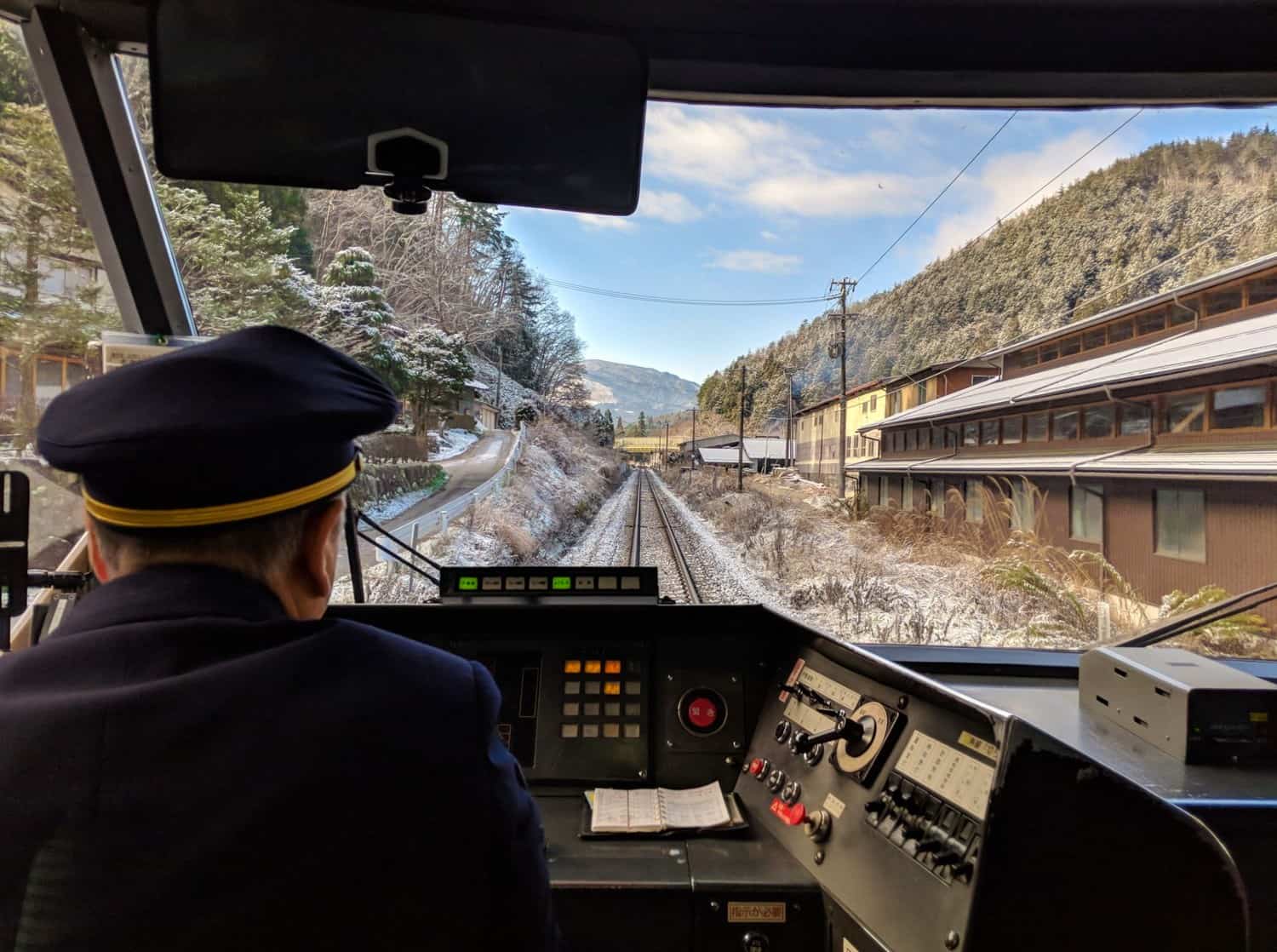
It took me six years to get to Japan.
I didn’t think I could afford it.
Every time I seriously looked into visiting, I would wince at the high cost of the train passes, read about how the hotels were super-expensive, and then fly to Vietnam instead. Or Taiwan. Or even Australia. Japan was simply too expensive for a budget traveller, so I decided to save it for when I was rich.
With that not happening any time soon, I decided to blow my money anyway, because I wanted to go and the gushing blog posts from travel writer friends had convinced me it would be worth the splurge.
Imagine my surprise, then, when I discovered that it really wasn’t that expensive.
I arrived in Japan fully expecting it to be the priciest country I’ve ever been to, but I discovered it’s more on a par with Western Europe or North America, and cheaper than Australia. It was way more affordable than Namibia , where my daily expenses came to $132, and way, way, way more affordable than the Democratic Republic of the Congo , where I averaged, um, $550 a day.
Anyway! This is about the cost of travel in Japan rather than my poor financial decisions, so let’s get started!
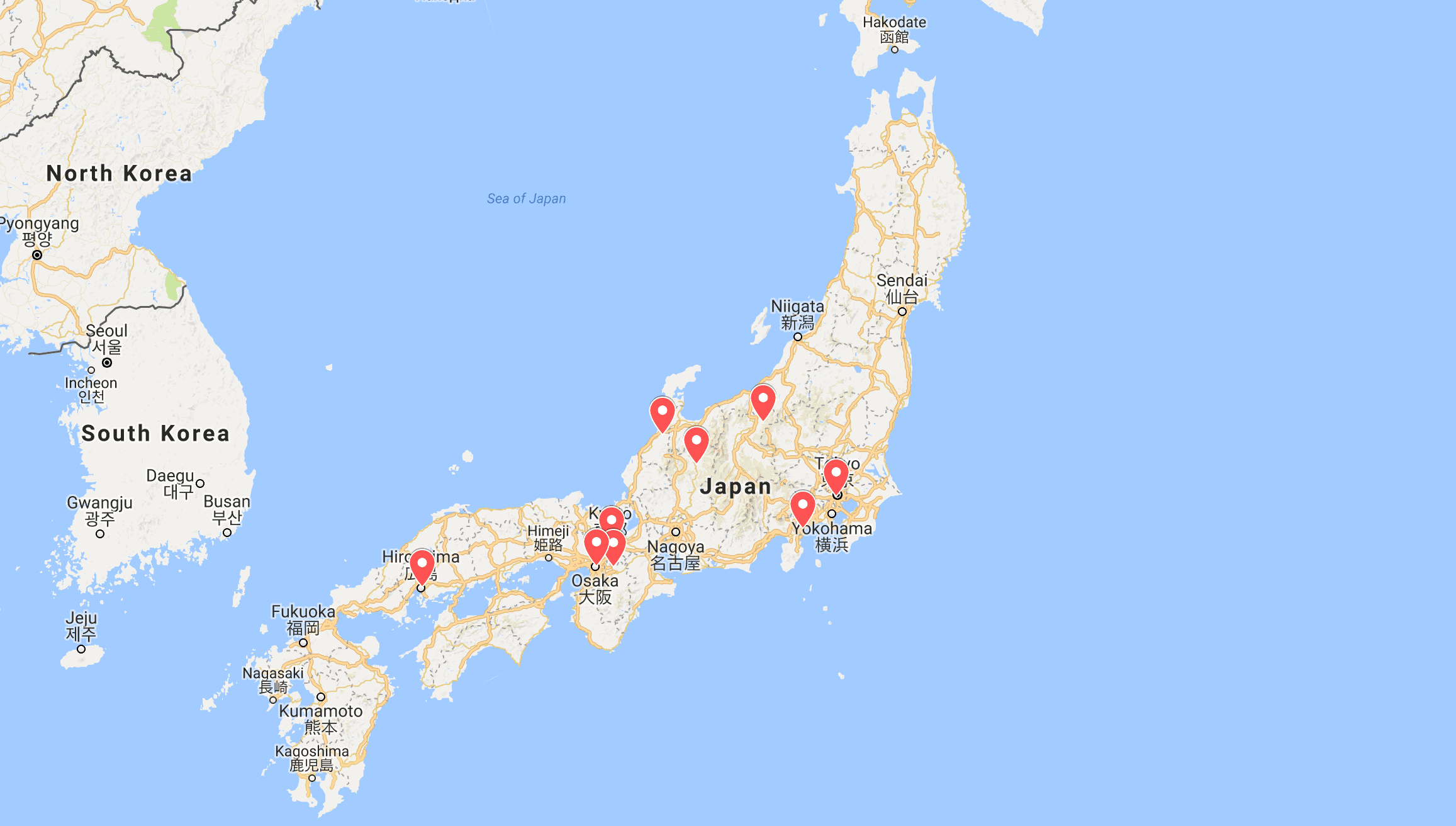
My 16-Day Japan Itinerary
Here’s a brief rundown of where I visited over my 16 days in the country — I think I managed to put together the perfect itinerary for first-time travellers to Japan .
Tokyo: 4 nights Hakone: 1 night Yudanaka: 1 night Kanazawa: 2 nights Takayama: 1 night Kyoto: 3 nights Hiroshima: 1 night Osaka: 3 nights
What’s Included in this Post
This budget breakdown covers how much I spent on accommodation, transportation, activities, food, and whichever miscellaneous items popped up while I was in country.
I’ve not included my flights into and out of Japan because this is going to vary significantly based on where you’ll be arriving from. In case you’re interested, though, I paid $320 for a return flight from Rome to Tokyo, which I scored through browsing my favourite site for flight bargains, Secret Flying .
The amounts in this guide are listed in Japanese Yen and U.S. dollars, simply because the vast majority of my readers are from the U.S. And finally, these are the three rules I always abide by on this site:
- I do not accept sponsored trips, so everything listed in this post is something I personally paid for with my own money
- I travel anonymously to ensure my experiences accurately reflect what yours will be. I don’t want special treatment!
- Every single word of this article was written by me, based on all of my own experiences. I strictly do not use AI to compose my guides.
Okay — let’s get started with my expenses.
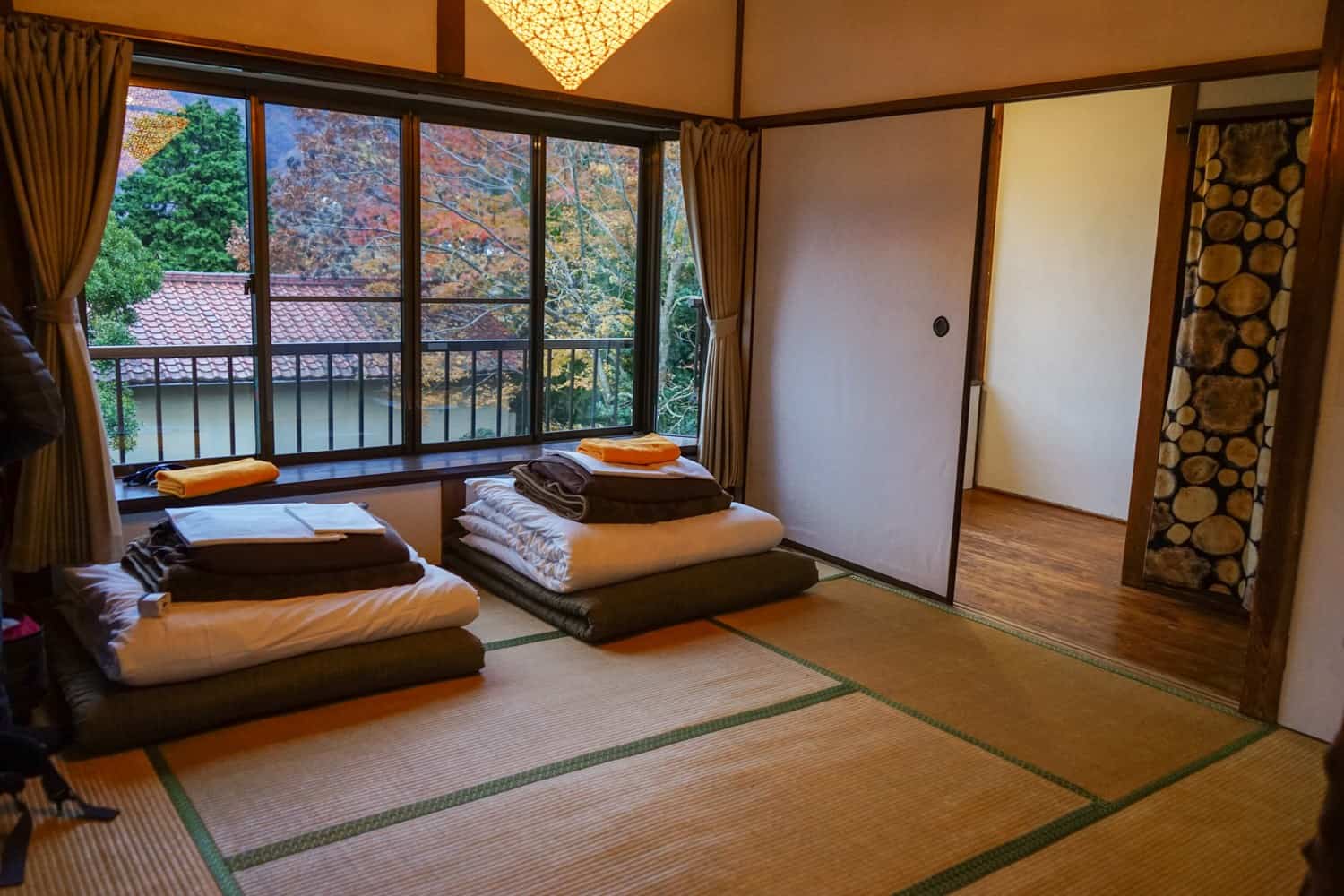
The Cheapest Accommodation Options in Japan
Like practically every country in the world, prices in Japan have increased post-pandemic.
In 2024, you’ll be paying a little more for everything than you would have done a few years ago — in fact, prices almost doubled between my first trip in 2017 and today! — however costs are still on a par with most Western countries. Travel in Japan shouldn’t be too devastating to your travel budget.
I’ll start on the lower end of the spectrum. If you’re willing to put in the time and effort, it’s possible to avoid paying for accommodation entirely.
Couchsurfing exists in Japan and allows you to stay with a local for free , usually sleeping on their sofa and enjoying a local’s insight into life in their country. Yeah, it’s not the most comfortable of living situations, but if your budget’s tight, it’s worth sending out a few requests to hosts to see if anything comes of it. You can browse through the 300,000+ Japanese hosts on the Couchsurfing site — just be sure to read the references of anybody you choose to stay with.
Housesitting is a more upmarket option, aimed at mid-range and luxury travellers. Housesitting involves taking care of somebody’s house for free while they’re away, often (but not always) looking after their pets, too. It’s best for long-term travellers or retirees, as you can’t pick and choose dates and destinations, so you’ll need to have a lot of flexibility as to where you go and at what time of year. If you do have that freedom, though, it’s a wonderful way to cut down your travel expenses, soak up some home comforts, and live like a local for a while. Trusted Housesitters is the main site for getting started with housesitting, as they have the highest number of listings.
Finally, when it comes to free accommodation, you could take a look at WorldPackers in Japan , where you’ll be able to volunteer for locals in exchange for food and board. There are some seriously cool options available on the site right now, from helping harvest honey for a bee farm in the countryside to lending a hand in the garden of a Buddhist temple. Readers of this site get a $10 discount for WorldPackers with the promo code neverendingfootsteps .
If you’re not looking to travel for free and just want a clean and comfortable room to sleep in, there are plenty of great budget options, too.
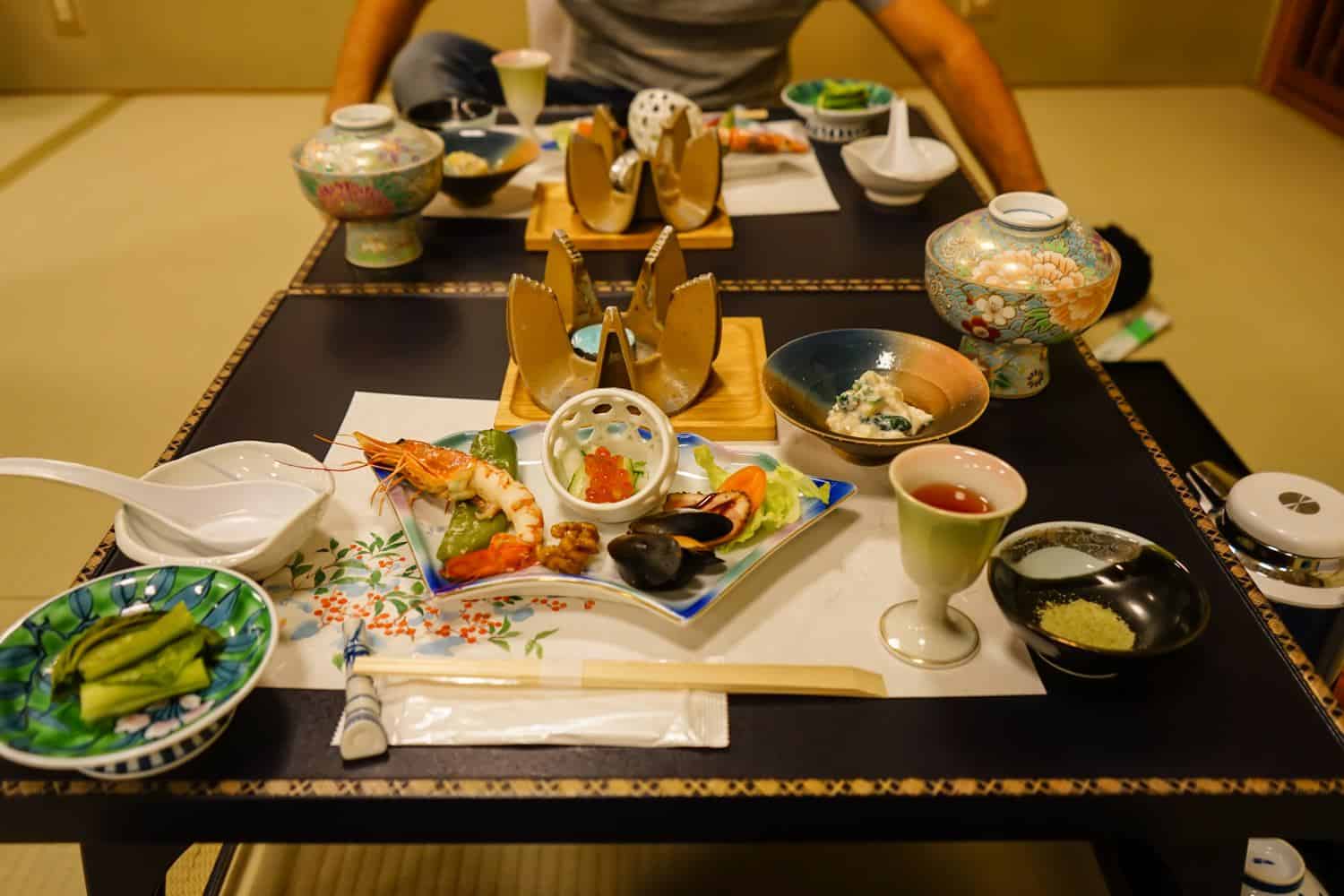
And then we have hostels . In Japan, you’ll come across hostels all over the country, finding them on tiny islands, large cities, and even within the national parks. They’re one of your best options for saving money.
Hostels in Japan are on a par with the rest of major cities in East Asia, and you can expect to spend $25 a night for a dorm bed for a well-reviewed hostel, with the price increasing slightly to around $45 a night for the absolute best of the best.
When it comes to private rooms in hostels, you’ll be looking at $50 a night for a clean, basic room in a good location, so if you’re travelling with friends or with your partner, you may find it cheaper to grab some privacy over settling for two beds in a dorm room. $90 a night will get you an exceptionally well-reviewed private room in a hostel.
I use HostelWorld to find the cheapest hostels, as they tend to have the greatest number of listings at the lowest prices.
And then there are hotels, which I’m going to jump into next.
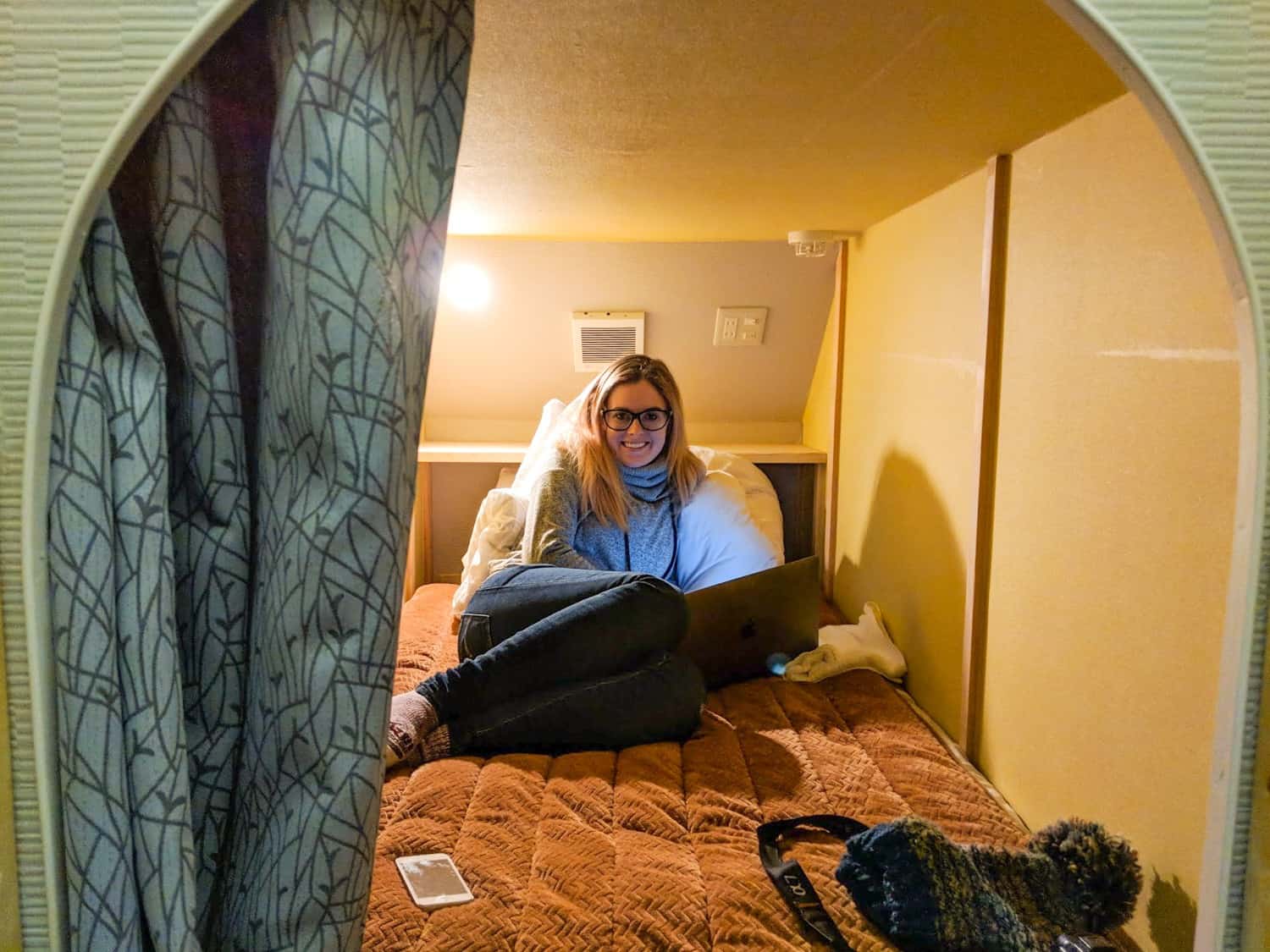
The Cost of Accommodation in Japan
There are so many different types of accommodation in Japan! I attempted to experience as many as possible while I was in the country.
I stayed in a capsule hotel, prioritised hunting down a ryokan, slept on a tatami mat floor, stayed in family-run guesthouses, and checked out some pretty cool hostels. While I did attempt to save money by staying in some cheaper places, I was also happy to splurge on extremely well-rated rooms, too.
As always with these budget breakdowns, I like to share the prices of where I personally stayed, along with a description of the property and whether I’d recommend choosing it, too — hopefully this helps make your trip planning easier!
I visited Japan with my partner, Dave, and we travelled on a mid-range budget; searching out good value accommodation that was highly-rated and in a central location. We prioritised locally-run properties that weren’t too flashy or fancy; for us, a cosy vibe, unique furnishings, and welcoming staff are far more important than the generic decor of a hotel chain.
(Oh and just a quick note: hotels do charge different prices across a range of dates, depending on how busy a certain travel period is going to be. Because of this, it’s hard to be super accurate in the costs that I list. To get to the quoted prices below, though, I looked at the rates across the next six months and took the average: it could be slightly cheaper or more expensive, depending on when you’re visiting.)
Tokyo: $135 a night Odds are, you’re probably going to kick off your Japan adventures in Tokyo, and if so, it only makes sense to really throw yourself into the local experience. That’s why we decided to stay at this lovely onsen-ryokan in Shinjuku. (Whenever readers ask me which neighbourhood to choose in Tokyo, I always recommend Shinjuku or Shibuya.) The reason why I loved this specific property, though, is because it’s a ryokan (traditional Japanese Inn) that also has an onsen (hot pool). It’s a great way to jump immediately into all things Japanese.
And it was wonderful; my favourite hotel in the country. The rooms were small and cosy and felt super-traditional and calming. The views over Tokyo at night from the window were incredible. And the rooftop onsen? With free popsicles afterwards? So good. It’s located in a quieter neighbourhood, but still only a 10-minute walk to the subway. I really recommend this one!
Hakone: $80 a night In Hakone, we opted for a private room in a lovely guesthouse , with a tatami mat floor to sleep on and a private onsen on-site. The photo of the tatami mat room above is of our room here. It ended up being another one of our favourite stays in Japan! The staff were lovely and there was a restaurant/bar that served up fantastic pizzas. It had a cosy and chilled-out atmosphere, with great food and wine, and lots of blankets to snuggle up with as we ate. It was also worth staying here just to experience the private onsen — we got to go in as a couple!
Yudanaka: $105 per night In Yudanaka, we opted for a stay in a wonderful little ryokan ; this one was even more traditional than the one in Tokyo! Often, ryokans can be super-expensive in Japan — as much as $500 a night for the experience — so I was thrilled to have stumbled across a more budget option in Yudanaka. It was run by an adorable Japanese couple and their house came with a private onsen, return transport to see the snow monkeys , and one of the most extravagant meals of my life. A kaiseki is a multi-course (like, 20 courses) meal that will see you eating roughly a week’s worth of food in a single night, sampling fresh, local-to-the-region Japanese cuisine. It was phenomenal, and I loved having no idea what anything was. It even included homemade plum wine, which was so good! I highly recommend the experience (although strongly advise you not to add breakfast to your booking — we were still so full that we couldn’t eat any of it!)
Kanazawa: $65 per night Kanazawa is home to some seriously cool accommodation! We had a hard time choosing where to stay because every property looked so cosy and inviting. In the end, we settled on this minimalist, modern set-up — it was great value for money relative to most other places we stayed in Japan, especially when you consider it’s only been open a year. It’s in a great location, right outside Omicho Market, where you’ll sample the best sushi of your life. Also within walking distance is Kanazawa Castle and Kenroku-en Garden, so you’re really staying in the heart of it all. I recommend signing up for the traditional Japanese breakfast, as you’ll likely not have had anything else like it before! There’s also an onsen and laundry facilities (always appreciated mid-trip!), and the staff were so sweet and kind.
Takayama: $76 per night In Takayama, we stayed in a small, locally-run guesthouse in the centre of town. It felt like particularly good value for Japan, as it was one of the few places we stayed that you could describe as spacious! It even had a kitchen and washing machine. The beds were comfortable and the hotel was within walking distance of everywhere, including the train station. It was quiet, the staff were lovely, and overall, it made for a comfortable stay!
Kyoto: $84 a night In Kyoto, we stayed in a cosy hotel in the heart of town — we loved this place so much in 2017 that when we returned to Japan this year, we knew we’d have to stay there again! The property was in a fantastic location for exploring Kyoto and the bathrooms were nicer than anywhere else we stayed. It’s one of the top-rated guesthouses in the city — while also being one of the cheapest — so when you take that into consideration, I’m convinced you won’t find anywhere better to stay in Kyoto.
Hiroshima: $40 per bed In Hiroshima, we opted for a capsule-style hostel because I didn’t want to leave the country without trying one — you can see a photo of the “capsule” at the top of this section. Fortunately, we found ourselves in a room with only two other people staying there, so our capsule room with 20-odd beds was light on snorers. The owner of this place was ridiculously lovely and it was within walking distance of all of the monuments and activities. Really great bathrooms, a fun common area, and a cheap price: surprisingly, I would have stayed another night!
Osaka: $108 a night I rounded off my time in Japan with a little bit of a treat, opting for this four-star hotel that offered a ton of freebies. It’s all about the onsen here — it’s open all day and is simply beautiful. After you’ve finished your daily bathe, there’s free ice cream to eat, free comics to read, massage chairs to relax in, and even free ramen to slurp on. Yes, really! It was in a great location for Osaka — just a couple of blocks from the nearest metro station. The decor was calming and traditional; the perfect way to say goodbye to Japan.
In total, I spent an average of $97 per day on accommodation over my 16 days in Japan.
The Cost of Transportation in Japan
Okay, so let’s talk about transportation now. And specifically transportation post-2024.
It used to be the case that practically every visitor to Japan would invest in a JR pass (a train pass that grants you unlimited rides over a certain time period). After all, the best way to explore this country is by train, and by buying said rail pass, you’d be saving a significant amount of money on your trip — especially if you were taking a similar route to my one. A JR Pass pre-October 2023 would have saved me a whopping $175 over buying individual train tickets.
Seems like a no brainer, right?
In October 2023, the Japan Rail Pass skyrocketed in price. No exaggeration here: prices increased by an incredible 70% .
What a baffling decision.
What that means is that it’s not such a clear-cut decision anymore. The Japan Rail Pass still holds some benefits: If you’re a first-time visitor to Japan and don’t feel too confident about buying multiple single-journey train tickets, the pass will make it a lot easier: you just show it at any station and get on a train. You won’t need to worry about any extra charges and will have the flexibility to take train-based day trips whenever you want.
For most travellers, however, the value proposition is simply no longer there. For example, my recent 16-day itinerary (Tokyo – Hakone – Tokyo – Nagano – Kanazawa – Takayama – Kyoto – Nara – Kyoto – Hiroshima – Osaka) cost me 50,000 Yen ( $350 ) with single tickets. However, a 14 day rail pass is priced at 80,000 Yen ( $530 )!
Alas, the Japan Rail Pass is no longer something I recommend — unless you’re going to be taking enormous, lengthy rail journeys (like across the whole country) in a short period of time. Alternatively, if you do want that added sense of security and ease by not having to juggle a dozen train ticket bookings, you may find the extra price worth it.
So with all that being said: you’re most likely going to be using the JR West website to book your single train tickets online. This covers the entirety of Japan that’s west of Tokyo (all of the places I visited were west) and allows you to book your train tickets all in one place — and then you can reserve a seat on said train one month before its departure date. Honestly, it’s pretty easy to use, book, and reserve — and being able to do it all online means you can get everything sorted before you step foot in the country.
Let’s take a look at the some of the prices that a typical train journey in Japan costs — in this case I’ll use my itinerary mentioned above to plot out the costs:
Tokyo – Hakone: 2,500 Yen ( $17 ) Hakone – Tokyo: 2,500 Yen ( $17 ) Tokyo – Nagano: 7,500 Yen ( $50 ) Nagano – Kanazawa: 8,500 Yen ( $57 ) Kanazawa – Takayama: 5,000 Yen ( $33 ) Takayama – Kyoto: 9,000 Yen ( $60 ) Kyoto – Nara: 700 Yen ( $5 ) Nara – Kyoto: 700 Yen ( $5 ) Kyoto – Hiroshima: 10,500 Yen ( $70 ) Hiroshima – Osaka: 10,000 Yen ( $67 )
So if you were to replicate my Japan route exactly, you would end up spending $381 on rail tickets. It sounds like a lot of money but I do want to stress that the trains in Japan are some of the best in the world. They’re spotless, comfortable, modern, and lightning-fast. You will feel like you’re travelling in luxury.
If you’re not down to spend hundreds of dollars on trains, then the buses are going to be your best option. They’re cheaper, slower, less comfortable, often run overnight, and are complicated to book. The best sites I’ve found for booking long-distance buses is Willer Express and Japan Bus Online — but even they don’t run buses for several of the routes I took on my trip.
I thought it would be a good idea to share the cost of buses for the trip I took, so that you can compare them to the train and see how much money you could save.
Tokyo – Hakone: 2,250 Yen ( $15 ) Hakone – Tokyo: 1,800 Yen ( $12 ) Tokyo – Nagano: 2,200 Yen ( $15 ) Nagano – Kanazawa: No bus for this route Kanazawa – Takayama: 3,300 Yen ( $22 ) Takayama – Kyoto: 3,800 Yen ( $25 ) Kyoto – Nara: No bus for this route Nara – Kyoto: No bus for this route Kyoto – Hiroshima: 4,300 Yen ( $29 ) Hiroshima – Osaka: 4,000 Yen ( $27 )
As you can, see prices are generally around half what they are for the trains. You’d be looking at paying $212 in total for taking the bus, with three trains replacing the routes where I couldn’t find any existing buses.
We’ve covered the main ways to get in between the destinations, so now it’s time to take a look at how much you could spend on transportation within the cities.
Fortunately, this was where I found Japan to be really affordable. I love to explore cities on foot and I found many of the places I visited to be surprisingly walkable. In total, I spent $6 on the metro in Tokyo, $7 on the metro in Osaka, and $2 on the metro in Kyoto! Everywhere else, I just walked.
A reasonably big expense was our Hakone Free Pass (spoiler: not free), although this was more of a combined transportation and activity cost. At a cost of 6,100 Yen, or $41 , It provides you with unlimited transport around Hakone (where you’ll find Mount Fuji), and discounted entrance to all the attractions in town. If you’re going to Hakone, this will save you money because it covers everything you’ll definitely do there.
The Cost of Food in Japan
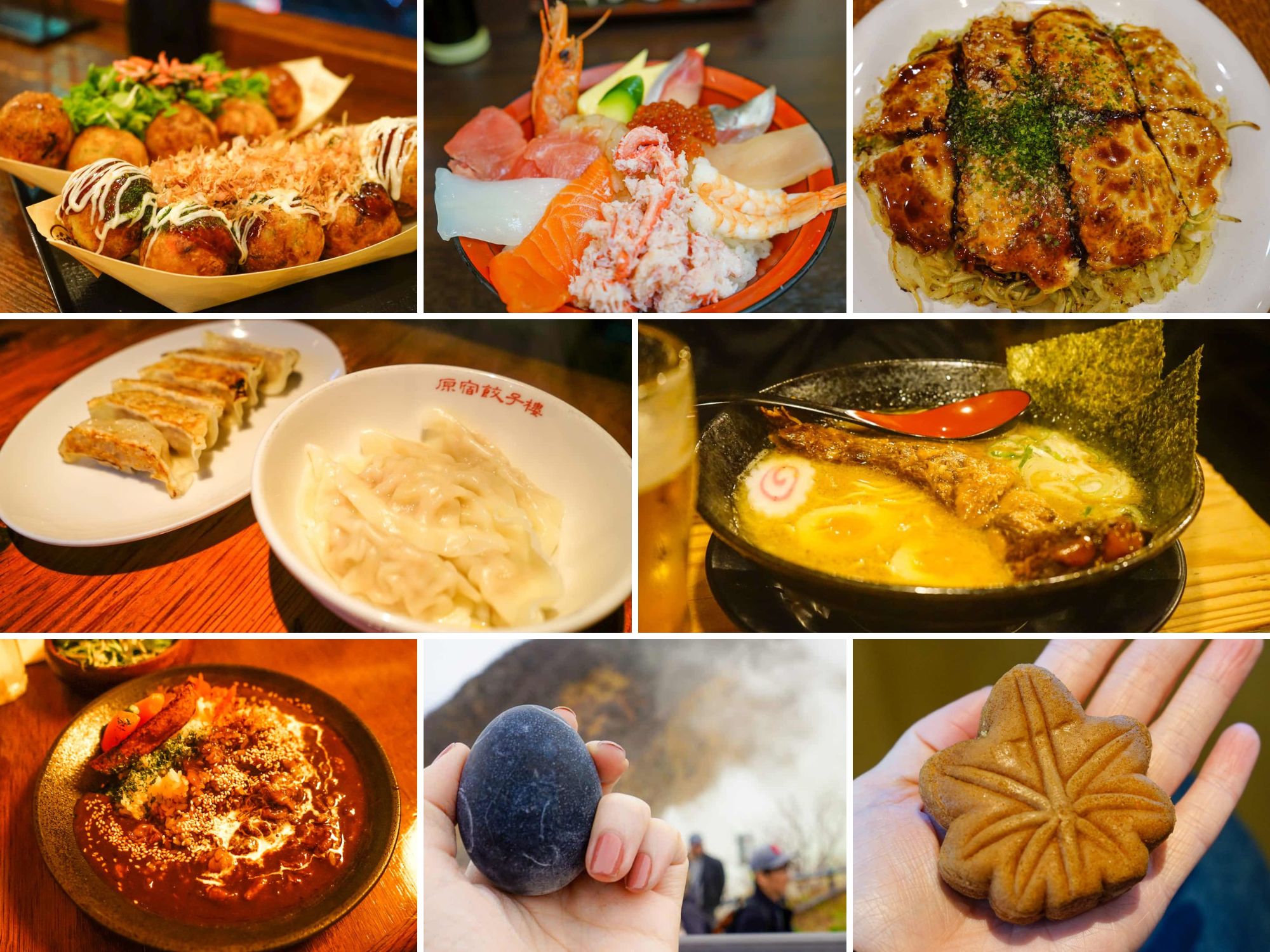
If you love Japanese food but have yet to travel to its homeland, you have such a treat in store for you. The food in this country is phenomenal; packed full of flavour and surprisingly inexpensive. It’s true: eating out is the easiest way for you to cut costs in Japan.
In fact, the vast majority of my meals in this country came to less than ¥1000 ($6.50) .
I’ll start first by breaking down the typical costs that you can expect to spend on the most well-known of Japanese dishes. Then, I’ll cover what you’ll be likely to eat for breakfast, lunch, and dinner, along with the costs associated with each of these meals. Finally, I’ll round out the section off by sharing some of my favourite food experiences in the country and describe which options are worth a splurge and which ones you can happily skip.
You can’t think of Japan without picturing sushi, so that feels like the most logical place to start. If you eat fish, this is going to be such a revelation for you! The sushi and sashimi in Japan is better than any I’ve had in the world and it was here that I finally understood how raw fish could ever be described as buttery.
To combine your sushi/sashimi-eating with a cultural experience, head to Tsukiji Outer Market in Tokyo or Omicho Market in Kanazawa. For a bowl filled with a selection of sashimi, like in my photo above, you’ll pay between ¥1,800 and ¥4,000 , depending on the size and quality of the fish. That’s the equivalent of $12-$25 .
Slurping on a steaming bowl of ramen is my personal definition of a true travel joy, so I opted for this cheap and cheerful dish most evenings as a way to save money. Note: the ramen in Japan is incredible , so don’t interpret my frugality as a hardship. Once you’ve tried the ramen here, I’d be surprised if you didn’t immediately start planning a return visit.
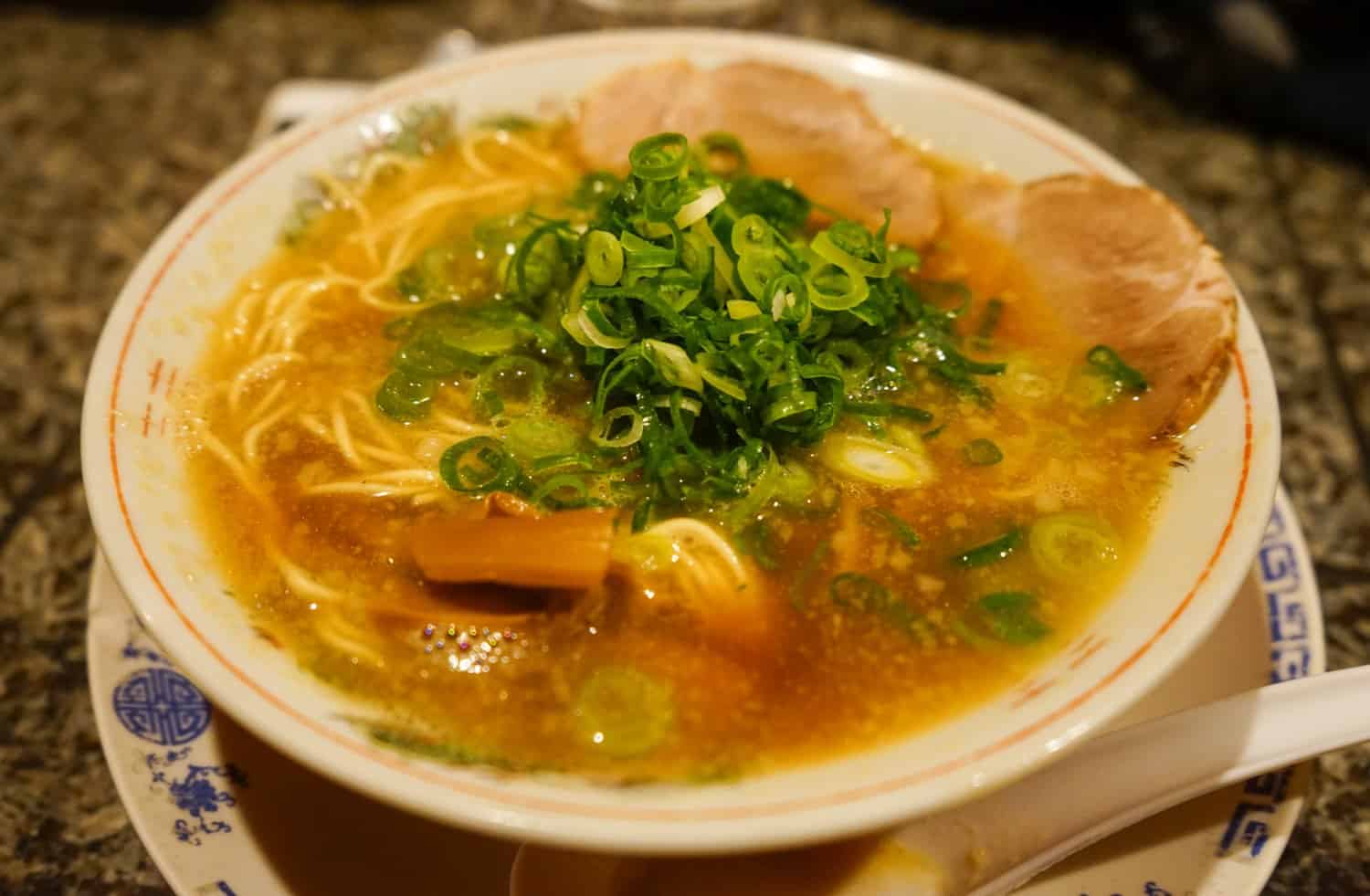
One of my favourite aspects of ordering ramen in Japan is how you’re given the option to customise the dish to your own tastes. It’s not uncommon to be handed a small slip of paper where you’ll get to mark down all of your preferences. Do you want your broth to be rich or light? Your noodles to be firm or soft? Added spiciness or none at all? Extra spring onion? A hard- or soft-boiled egg? Most options come out to ¥1000 ($6.50) for a bowl of pork ramen.
Speaking of cheap and delicious food options, I highly recommend sampling a couple of versions of okonomiyaki while you’re in town. This savoury pancake dish is so delicious, extremely filling, and inexpensive at just ¥1000 ($6.50) – ¥1500 ($10) . The cities of Osaka and Hiroshima each offer up their very own version of okonomiyaki and strong opinions are held by many over which is best! If you’ll be heading to both destinations, make sure you try one of each and let me know which is your favourite.
A dish that I tried for the first time while I was in Japan was Japanese curry and what a wonderful experience that turned out to be! In comparison to Indian curries, I found the Japanese version to be richer, sweeter, and less creamy, with plenty of umami vibes. Once more, you can expect to pay ¥1000 ($6.50) for a plate of katsu (pork cutlet) curry.
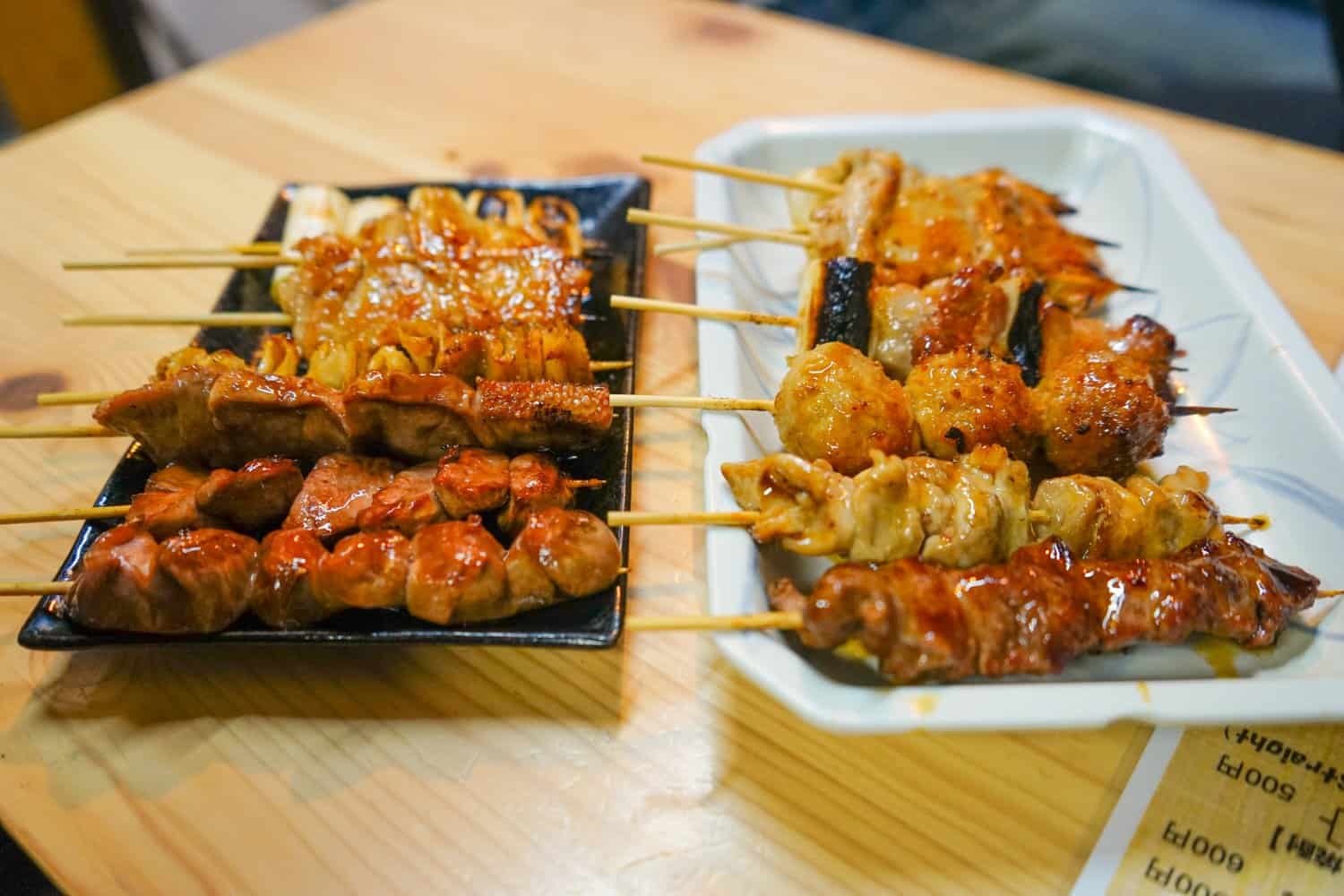
One of the most delightful aspects of my Japanese eating experiences was sampling all of the different snacks in the country.
Street snacks like takoyaki were ¥500 ($4.50) . We splurged on our kaiseki experience at our guesthouse in Yudanaka and paid ¥4000 ($36) for our food extravaganza. It’s a budget option compared to many other kaisekis, which can easily come to $100 for the experience, but still our most expensive meal. Another splurge was on sushi in Kanazawa, which I paid ¥2000 ($18) for.
Whether you’re on a budget or ready to splurge, it’s essentially impossible to eat badly in Japan. If you’re on a really tight budget, you can even get surprisingly decent food from 7-Eleven !
My total cost of food in Japan averaged out to $23.20 per day.
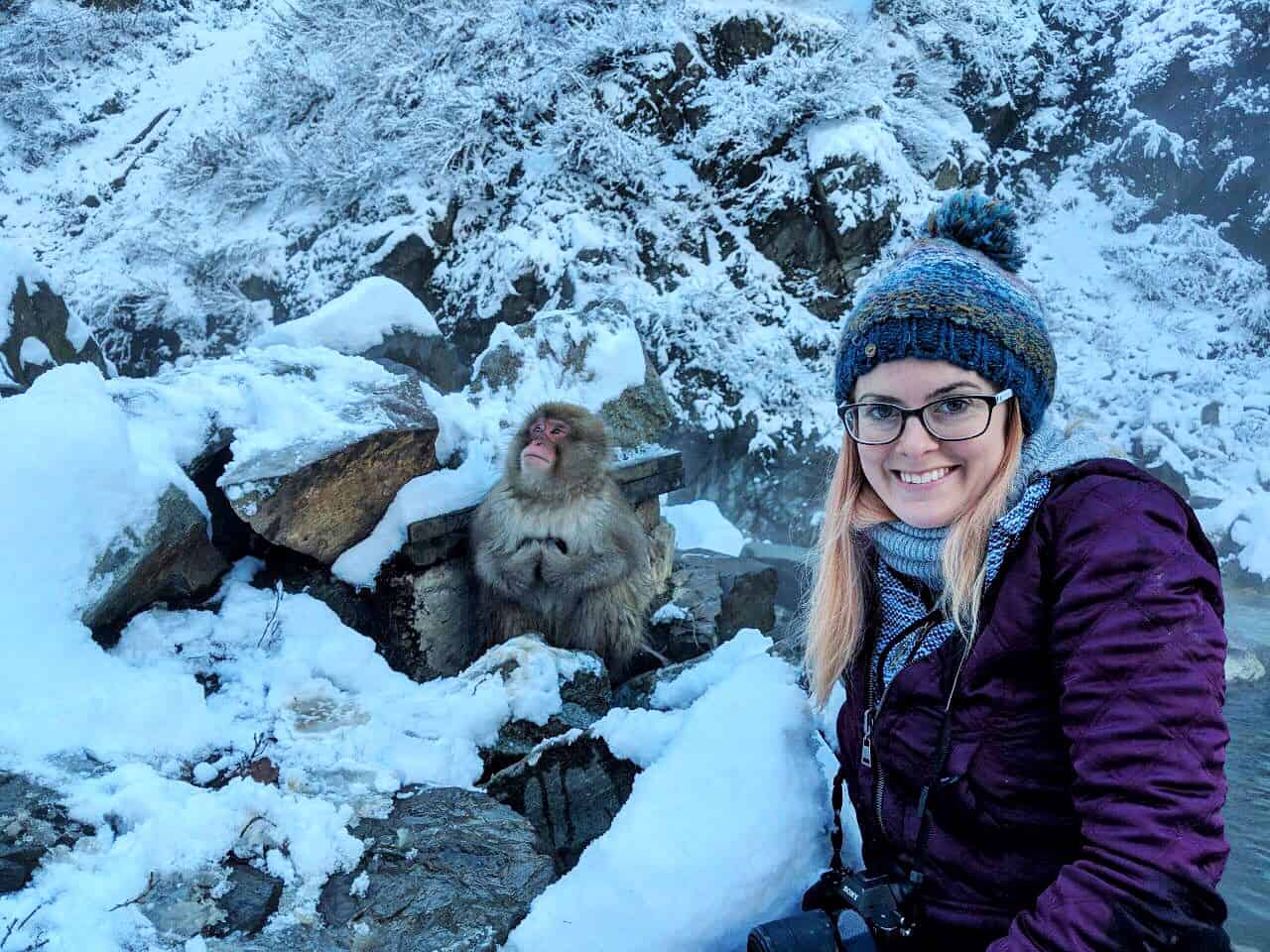
The Cost of Activities and Entrance Fees in Japan
Activities and entrance fees in Japan were very reasonably priced, and I never found myself outraged over the cost of anything. You’ll typically pay less than $5 to enter most temples, museums, and gardens.
Here’s how I spread my cash around:
Entrance fee for the hedgehog cafe in Tokyo: $13/1400¥ Entrance to the Snow Monkey Park : $7/800¥ Entrance to Kenroku-en gardens in Kanazawa: $3/310¥ Entry to the Golden Pavilion in Kyoto: $3/300¥ Entry to Ryoan-ji zen garden in Kyoto: $5/500¥ Ticket for the Hiroshima Peace Memorial: $2/200¥
My total cost of activities in Japan averaged out to $2 a day.
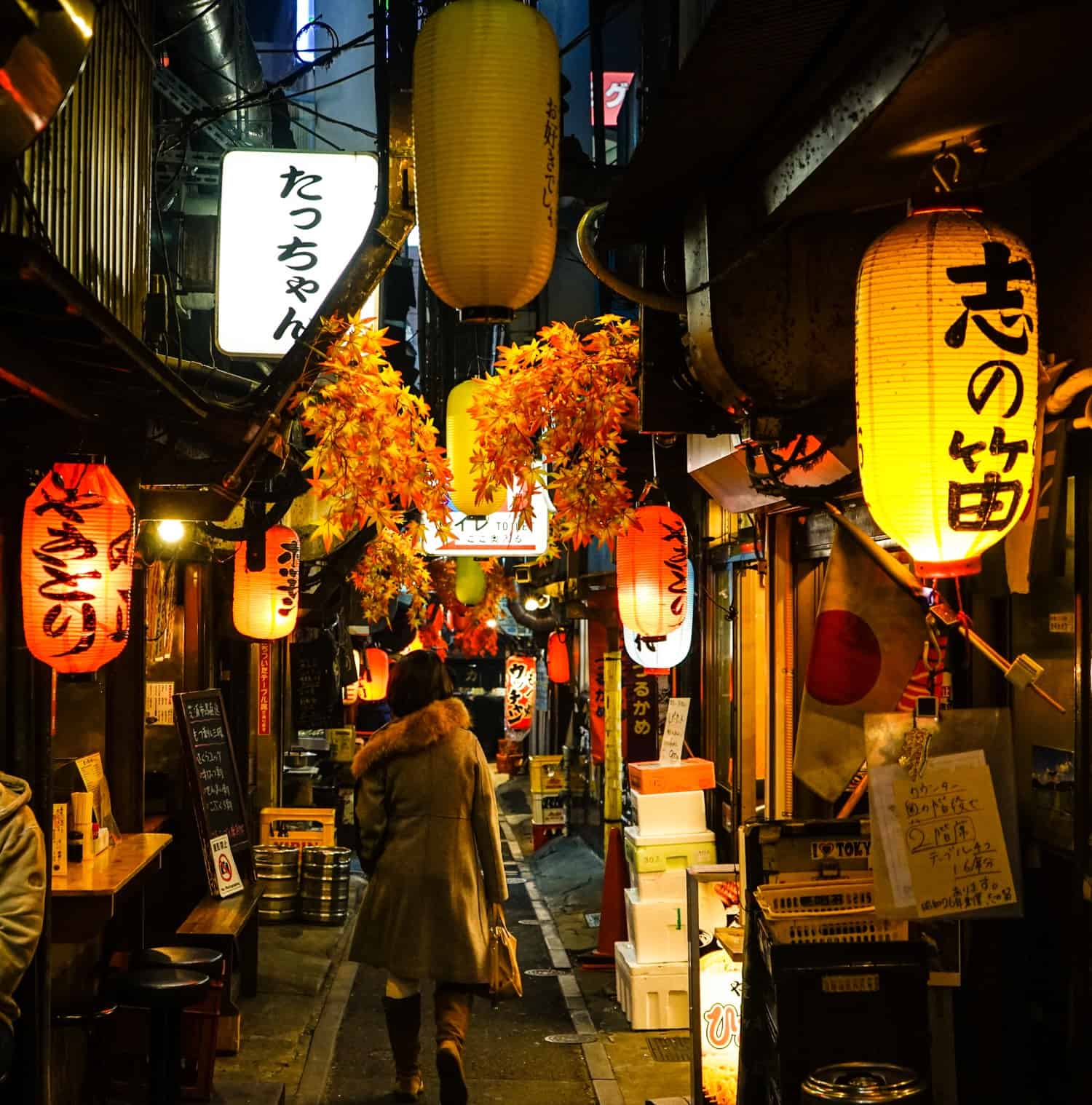
Miscellaneous Expenses in Japan
A local SIM card: $14
I mentioned above that I was able to buy a local SIM card when I purchased my rail pass. If you aren’t going to be using a rail pass in Japan, I recommend taking a look at Airalo instead. Airalo is a company that sells local e-SIM cards for travellers. What that means is that you can buy a virtual SIM card online before you arrive in Japan, and then as soon as you land in the country, can switch on your data and start using it.
It’s worked flawlessly for me and I’ll never go back to physical SIM cards. It’s just so easy! You’ll pay $6 for 1 GB of data or $14 for 3 GB for Japan and can also top-up through the Airalo app.
If you’re going down the Airalo route, just make sure your phone is e-SIM compatible first (all recent iPhones and many Androids are).
Insight Guides guidebook to Japan: $10
My sister bought me this guidebook as a gift before I left for Japan and at first I was like, Insight Guides? Meh. I wish she’d got me the Lonely Planet instead. Then when I opened it up and started reading, I swiftly discovered that Insight Guides are my new favourite guidebook company. It was so, so useful!
What I love about Insight is that their books focus heavily on the history and culture of Japan, with big, beautiful pictures, tons of information about local customs, food, and how to travel responsibly and respectfully. I recommend picking up a copy before your trip to Japan, but not taking it to the country with you — they’re big and heavy, so this is one for inspiration, planning, and education.
Luggage storage at Snow Monkey Park near Yudanaka: ¥500 ($4.50)
We had our backpacks with us when we visited the snow monkeys, so utilised the on-site storage facility while we hiked up the mountain in the snow. You can also hire snow shoes and winter gear if you’re unprepared for the climb, but I was fine in my totally impractical sneakers.
Travel insurance for 16 days in Japan: $60
If you’ve read any other posts on Never Ending Footsteps, you’ll know that I’m a great believer in travelling with travel insurance. I’ve seen far too many Go Fund Me campaigns from destitute backpackers that are unexpectedly stranded in a foreign country after a scooter accident/being attacked/breaking a leg with no way of getting home or paying for their healthcare. These costs can quickly land you with a six-figure bill to pay at the end of it.
In short, if you can’t afford travel insurance, you can’t afford to travel.
Travel insurance will cover you if your flight is cancelled and you need to book a new one, if your luggage gets lost and you need to replace your belongings, if you suddenly get struck down by appendicitis and have to be hospitalised, or discover a family member has died and you need to get home immediately. If you fall seriously ill, your insurance will cover the costs to fly you home to receive medical treatment.
I use SafetyWing as my travel insurance provider, and recommend them for trips to the Japan. Firstly, they’re one of the few companies out there who will actually cover you if you contract COVID-19. On top of that, they provide worldwide coverage, don’t require you to have a return ticket, and even allow you to buy coverage after you’ve left home. If you’re on a long-term trip, you can pay monthly instead of up-front, and can cancel at any time. Finally, they’re more affordable than the competition, and have a clear, easy-to-understand pricing structure, which is always appreciated.
With SafetyWing, you’ll pay $1.50 a day for travel insurance.
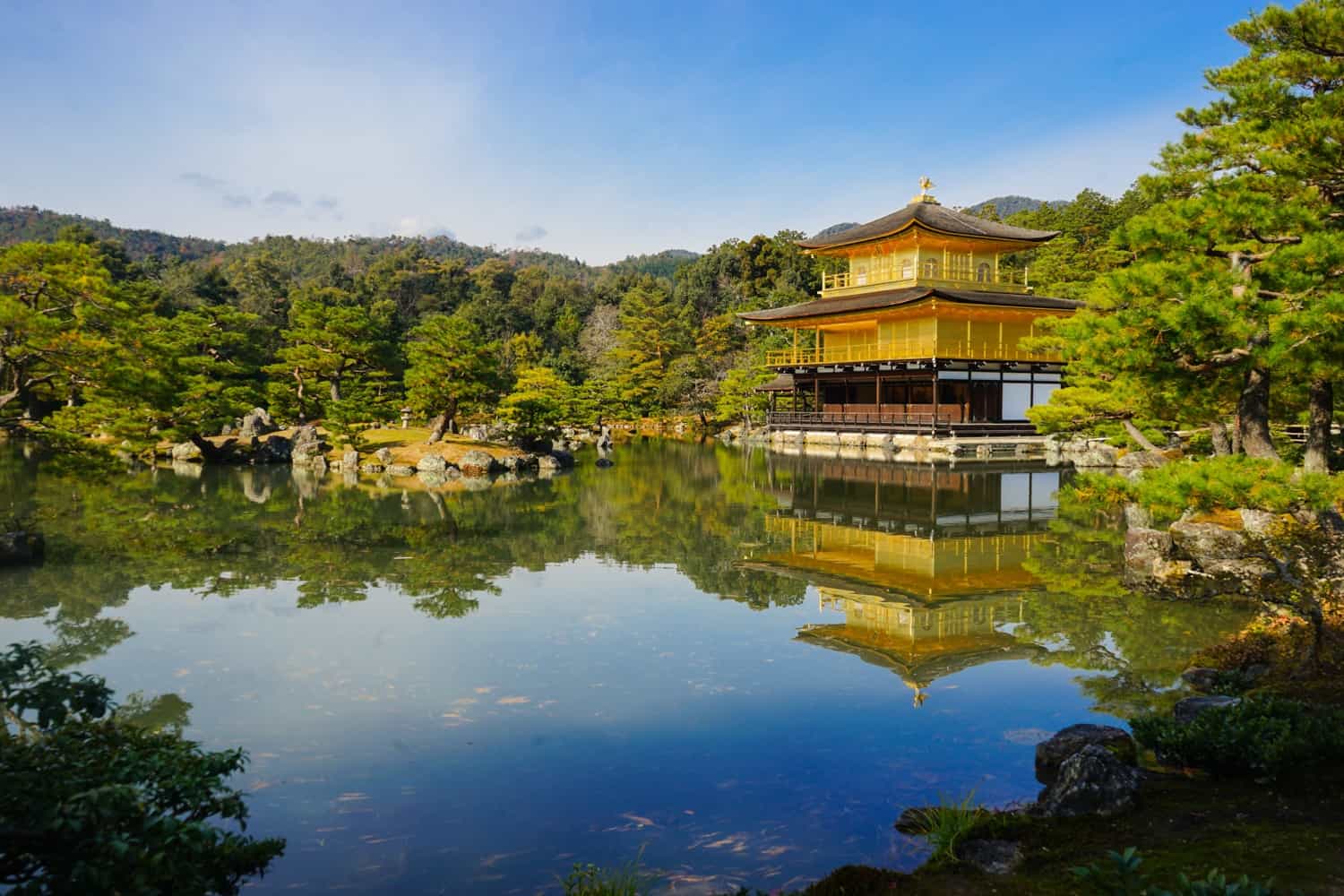
How I Track My Expenses While I Travel
Every time I share my expenses, you guys always want to know how on earth I manage to keep track of so many details from my travels!
Because Never Ending Footsteps is my company, the vast majority of my travel expenses are business expenses. I therefore studiously record everything I spend everywhere I go. I take photos of every receipt I receive and use Xero accounting software to record these expenses. In cases where I can’t get a receipt, I’ll take a photo of the price list and my ticket or food, or something as evidence.
Once a week, I then sit down and spend an hour or so uploading my receipts to Xero and making note of every penny I spent in each country I visit. It makes writing these posts super easy!
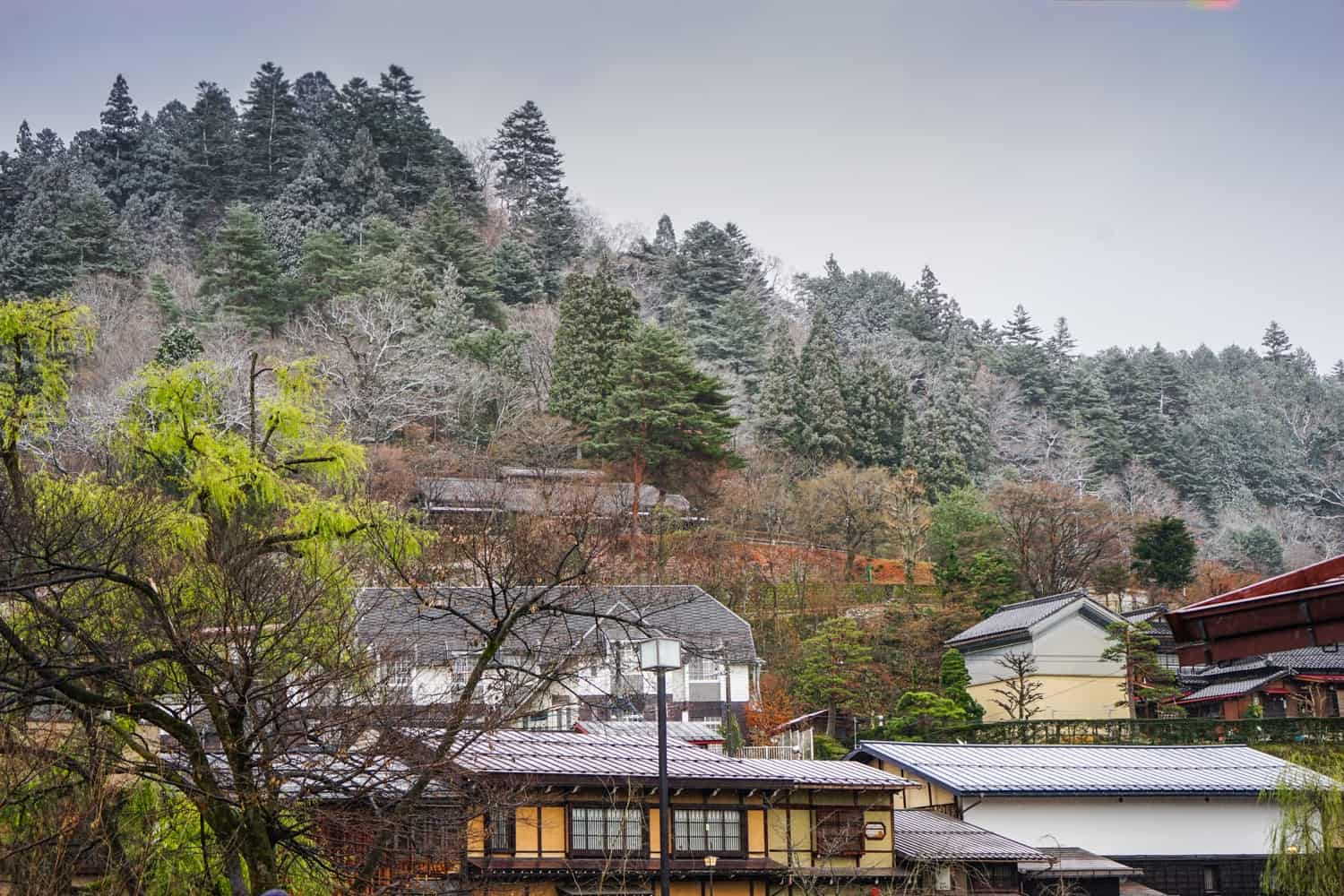
How Much Does it Cost to Travel in Japan?
It’s time to tally up all of my expenses to see my total travel costs!
Accommodation: $97 per day Transportation: $27 per day Food: $23 per day Activities/Entrance Fees: $2 per day Miscellaneous: $2 per day
Average amount spent in Japan: $151 a day!
I don’t know about you, but given Japan’s pricey reputation, I’m fairly impressed with the amount I spent in the country, especially as I included quite a few splurges in there.
How about you? How expensive were you expecting a trip to Japan to be?
Related Articles on Japan 🇯🇵 What’s it Like to Travel in Japan? 🏯 How to Spend Two Weeks in Japan: An Itinerary for First-Time Visitors 🍣 15 Weird and Wonderful Things to Eat in Japan 🎌 23 Incredible Things to Do in Osaka, Japan 🗼 21 Spectacular Things to Do in Tokyo, Japan 😎 Hipster Harajuku: The Coolest Neighbourhood in Tokyo 🦔 Should You Go to a Hedgehog Cafe? My Experience in Japan 🐒 Why Seeing the Snow Monkeys in Japan Sucked
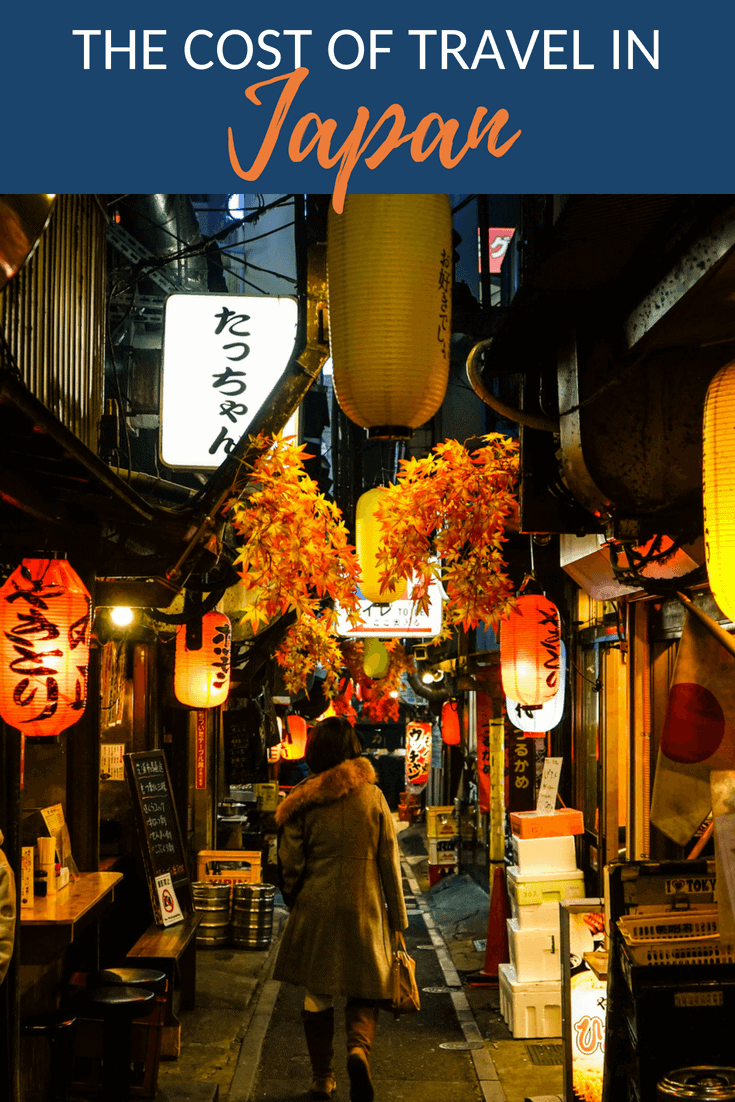
How useful was this post?
Click on a star to rate it!
Average rating 4.5 / 5. Vote count: 28
No votes so far! Be the first to rate this post.
Thanks so much!
You can follow along on my travels through my social media accounts below
Sorry you didn't find this article useful!
Help me improve it by leaving your comments below
All feedback is anonymous and emailed directly to me. If there's anything I can do to improve the quality of this article, please do let me know and I'll make the suggested changes within 24 hours
Lauren Juliff
Lauren Juliff is a published author and travel expert who founded Never Ending Footsteps in 2011. She has spent over 12 years travelling the world, sharing in-depth advice from more than 100 countries across six continents. Lauren's travel advice has been featured in publications like the BBC, Wall Street Journal, USA Today, and Cosmopolitan, and her work is read by 200,000 readers each month. Her travel memoir can be found in bookstores across the planet.
Related Posts

The Cost of Travel in Mauritius: My Detailed Budget Breakdown

The Cost of Travel in Thailand: My Detailed Budget Breakdown

2023: My Travels in Review

The Cost of Travel in South Korea: My 2024 Budget Breakdown

How to Spend Three Perfect Days in Delhi: An In-Depth Itinerary

Pushkar Travel Guide: 11 Things to Do in Pushkar
106 comments.
Wow! that’s amazing. I especially got fascinated seeing the capsule hotel…must have been a unique experience.
It was surprisingly cosy! I would totally stay in one again.
Thank you so much for your information. We will go to Japan in October 2023 for 1 month. Have paid fully for 16 days. Using your guides to budget the remaining 2 weeks. Thanks again.
This is great! Do you think it would be much more expensive in summer or any of the peak holiday seasons? I’m going over July this year and wondering if the prices change much with the seasons.
Wow! That’s quite an eye-opener! I’ve wanted to visit Japan for years, and this has certainly nudged me a little closer, as I assumed it was expensive too. The costs seem much better than I found in Amsterdam this spring! (my boyfriend still gets a thousand-yard stare when I mention how much we paid for drinks in one bar.)
Yay! Yeah, it really did feel about the same price as Western Europe, if not cheaper. The transportation is more expensive, but the food was cheaper in Japan.
This is super awesome! I, too, was under the impression that Japan was a super expensive place to visit! Good to know that you can save so much on accommodation and activities! Are you going to be posting about food in Japan? My knowledge of what to eat there is very minimal…
Yes! I published a guide to my favourite things to eat in the country last week: https://www.neverendingfootsteps.com/best-food-japan/
Ditto for here in New Zealand Lauren. All said it would be expensive. But we house sat – rent-free – and saw that food and travel are on par or cheaper than New Jersey. We also saw that virtually all things are cheaper than folks said. Methinks many labeling Japan and NZ as expensive as can be are used to paying $1 for lunch in Chiang Mai LOL. Budget folks see all Western lands as expensive. Granted I am from NJ; living by NYC makes for a high cost of living. But not bad at all, living in these lands.
Yeah, definitely true. I know that when I wrote off Japan as being too expensive, it was in the early days of my travels, when I could only afford to live in Southeast Asia!
Loving the posts about Japan so far. Do you have many more articles planned? I’ve a trip booked in November and this has been the most useful of the blogs so far for help in planning – thank you. Although I’ve had to cut the hedgehog cafe off my plans after reading your article as I hadn’t quite considered the ethics enough!
Yes! So many. I’ll probably post another half a dozen or more over the next few weeks :-)
I always assumed Japan to be very expensive. Thanks to your blog I don’t anymore. Cheers!
This is all very useful info! I’m impressed with your budgeting skills. Awesome, Thanks for sharing this!
Ha! Thank you :-) It comes naturally (finally) after seven years of doing this.
Great article. I’m planning a visit for early 2025 to go with my grandson … was the budget breakdown for one person or a couple … because you mentioned going with your partner?
The accommodation prices are the total cost of the room (rather than just my share), while the transportation, food, and activities are all my share of the costs.
Fantastic article. Love your budget posts because you never leave anything out.
I try not to! Thanks so much :-)
Beautiful photos, Japan look amazing and thank you for sharing your budget tips as well. :)
No problem! :-)
Thank you so much for this! I’m going to Japan in September and I’ve been worrying about my budget. This has definitely put my mind at rest!
Yay! Happy to hear that :-)
I’m so happy that you have posted so much lately, you’re my favourite travel blog and I check this page a lot more often now that the pace of the posts has increased :)
Thank you! :-) I’m aiming to stick to a three-times-a-week posting schedule now that I have a base and more time to dedicate to writing.
This is so much cheaper than I expected. Do you have any idea about prices for solo travellers though? Would I have to pay for a double room most of the time (apart from dorm beds of course)?
No, lots of hotels and guesthouses have single rooms, so you wouldn’t need to pay out for two people very often, if at all.
Thanks, that’s good to know!
Very useful breakdown that would be very helpful for first-timers to Japan.
Just to share, one of my own major expenditure in JP is … vending machine contribution! I simply can’t resist them and can end up buying seven times a day. “P
Yes! I couldn’t believe how many vending machines there were in the country, as well as the variety of things you could buy from them.
Hello! This is a very timely article for me to read as I’m actually going to visit Japan for a week on September. I really love Japan’s culture and their people. There are a lot of places that I want to visit and a lot of things I want to do but I am on a strict budget. Hopefully, your article would be able to help me fix my budgeting for my trip to Japan.
I hope so! I really didn’t find it horrendously expensive, so I think you’ll be surprised by how much you can do there for free.
I love your budget posts because they give me such a good idea of how much I can expect to spend in places around the world. Are you thinking of doing them for everywhere you visit?
That’s my plan! I’m slowly working my way through my records and adding more and more to the site.
Hey, thanks so much! :-)
I’ve planed to visit Japan next year, Thank you for sharing your budget, I’ll try to not exceed 100$/day, following your information on this post.
Have a fantastic trip, Ingrid! :-)
Which month you visited Japan? I am thinking for Cherry blossom (April 2019) and everything is coming up too expensive. Are those above for cherry blossom season you visited?
Ah yeah, unfortunately, the cherry blossom season is the most expensive time of year to visit Japan. I was there in December, so prices will be higher than the ones mentioned in this post. I’ll add that detail to my post now!
I was under the impression that Japan was a super expensive place to visit! Good to know that you can save so much on accommodation and activities! This article includes all the places you can visit in Japan and their expenses. It is very educative and it can be improved by providing expenses in INR. Thank you for posting this useful information.
Thank you! I usually just price these articles in the local currency and USD, which is where the vast majority of my readers are located. If I started including currencies for everyone, the post would quickly get ridiculous :-)
Seems a dumb question, but I’m assuming all the values are in USD, is it correct?
Yep! I write at the start of the post: “The amounts in this guide are listed in Japanese Yen and U.S. dollars, simply because the vast majority of my readers are from the U.S.”
That is a very good breakdown cost analysis there. i am planning to go to japan as well with my wife. and planning to stay for 10 days only. 4 in tokyo 3 in kyoto and 3 in osaka. i like to idea of 100 aud / day it’s a good target to keep but i guess the expense on buying cloths and souvenir would be uncontrollable though i heard things in japanese is not that dear if you know where to shop and avoid tourist trap. i didn’t see you mention buying internet data in advance ? or i missed it somewhere. i guess the expense for a couple will be double up. but i guess 3000 aud for 2 people is unavoidable.
amazing detailed guide
You’re welcome!
I’m so glad I found your website! I love the detail and photos. I just booked a trip to Japan with my boyfriend for this upcoming October, and your site will be very helpful. Question: do most hostels and accommodations that you experienced have you sleeping solo? I’m wondering if I should expect to sleep in a separate area than my partner for most of the trip…
Hi Lauren, Thanks for such a detailed description of your time in Japan! I’m going to Japan October this year with my wife and my major concern is how you managed to book sleeping pods for you and your boyfriend as almost all accommodations are either “male only” or “female only” from the options I’ve seen so far. Did you have to get separate beds for those nights?
Yeah, the capsule hotel-style accommodation is all single beds. You can see in my photo in this post that there’s not much room for anybody else!
My wife and I are heading to Japan in mid May and I plan to use your itinerary.
Would it be possible for you to write something about the travel logistics if you can remember them – ie to get from Tokyo to Mt Fuji we booked the following train, leaving at…from the following platform which took X hours and arrived at Mt Fuji at. We then bought our day pass from….and ……..
This would be really helpful to me and other independent travellers – from where did you buy your JR pass and how did you book your individual train rides?
Cheers Paul
Oh, man. That would take me hours and hours to put together and I’m sure times and platforms change so it would be impossible for me to keep the information up-to-date and accurate.
I recommend downloading the mobile app Hyperdia — you can plan your train travel out using that. Just enter in your destinations and it will tell you which train to take and from which platform. Super easy to use! :-)
The site I used to buy the JR Pass is this one . I booked the other train tickets in person at the stations when I arrived — there weren’t many that weren’t covered by the rail pass. Just the small regional ones to get to and from Yudanaka, I think.
Hello Lauren, I love the details in your blog. Your expenses were for 1 or 2 people?
I cover that at the start of the blog post: “And finally, these are the expenses I paid while travelling with my boyfriend. That means that accommodation prices (with the exception of the dorm bed in Hiroshima) have been halved to indicate my share.”
Great super helpful article. THANK YOU!
Hi Lauren, Thanks so much for this article, it is so helpful!!! on which dates did you fly to japan? what dates are you recommending on?
I spent the first two weeks of December in Japan. I’d recommend looking at May or September as the best months to travel there.
Hi Lauren I’d love your advice. I’m traveling with my 22yr old daughter to celebrate her graduation and my birthday. I booked the first two nights a hotel in Tokyo and then figured we would VRBO or Airbnb but after reading your post it looks like things have changed. I love the idea of the capsule hotels and the standard tatami mat rooms look enchanting. So how do I search for either? We’d like to experience both for the trip. oh by the way, I’m a traveler too, let me know where in the world are you now. Perhaps we can meet up and collaborate, I do video production, just got back from Colorado and am going to Cancun in June.looking forward to hearing back from you, Peace and Love always, “L” oh let’s connect on IG
Just book them through Booking.com — no need to go to any specific site. I’m in Bristol, in the UK. I actually don’t have an Instagram account — it wasn’t doing good things for my mental health, so I deleted it :-)
G’day Lauren,
Loved your detailed description of your travels through Japan. However; I’m not so brave as you travelling around on my own, especially with the language problem. I am a single traveler from Bangalore, India and would love to spend 7-8 days in Japan, with my journey starting and ending in Tokyo, reasonably priced hotels or local hostels, but preferably single accommodation, if possible. (willing to pay extra).
I love train travel and Japan is one of the best places to do that..your take on that would be appreciated. If you feel, I meet your requirements, would love to get an itinerary and costing for my 7-8 day stay in Japan.
Hello! I am really curious on how you got a 14 days pass JR for only 420$, from where I am from (Canada) it is 567!
If you click the link in the post, you can buy it through there. It’s currently listed for 414 USD.
$95/day seems cheaper than what I had expected – is that a tight budget? What can you do more with $150/day? I’d prefer to spend that extra on living in nice hotels + do more activities. Does that seem possible with $150/day?
No, not really. It was a mid-range budget and all of the hotels we stayed in were nice — I made zero effort to stick to a tight budget.
Hope you’re well. I’m wondering if you still advise from not booking Airbnb for Tokyo? Thanks.
Until moments ago, I had always assumed Japan to be too expensive to even consider. Never thought the cost of activities and entrance fees would be so cheap. This is an encouraging article, thanks, Lauren!
Really remarkable post, Lauren. Extremely thorough and helpful. I’m looking to plan a trip to Japan soon and stumbled across your blog. As you clearly hoped from city-to-city, (this may be a silly question) what did you do with your luggage on a day-to-day basis?
Thanks for any insight.
Oh, just left it in my hotels. If I spent less than a full day somewhere, it was visited as a day trip, so I didn’t take my luggage with me. And then whenever I arrived somewhere, I’d time my arrival with the check-in time of the hotel, drop my bags first, then head out exploring.
great article! As I have said in the past you always put out great stuff that’s very valuable information.
I just came across your website when searching for trips for Japan for my son. I have to say I am really so happy and want to thank you so much for the information. My eldest son has been taking Japan as a language course for the last 3 years and was looking forward to trying to get into the high school Japan trip in end of july beginning of August 2020. He also wanted to go to TUJ(Temple University Japan).
However, because of the olympics the high school Japan trip has been canceled for 2020. Unfortunately, he will be a senior next year so the 2021 high school program will not be available for him. Plus going to olympics are so expensive. If you can give me any advice, I would greatly appreciate. Thank you so much in advance for your time!!!
What advice do you need? About what?
Hi Lauren, I really liked you post and I think is really helpful. When exactly did you go in Japan? We have to change our plans for next February (previous planned for Philippines but to risky for my wife pregnancy) and we consider to go in Japan instead. So, do you think it is good idea travelling in Japan in February? Thank you and advance.
I went during the first half of December. As long as you keep in mind that it’ll be pretty cold (5-10 celsius), I think it’s a great time of year, as it won’t be as crowded as peak season.
is it favorable to use credit card or cash is much preferred? thanks
Hi. Thank you for the information! I am so inspired to go to Japan now. My mom who was from Japan, always told me it’s too expensive to go back and visit. I am now 56 and it has been my lifelong dream to go. My husband and I will go with backpacks like we did when we were younger and before having kids. Is October a good time to go? I read September can be humid. I want to follow your itinerary for the most part. My mom lived in Kanazawa. My heart is full right now and my eyes are misty. Thank you for making my dream a little bit closer.
Hey Lauren!
Thank you so much for the information. I actually got invited on a delegation to go to Japan this evening and am trying to get the average cost to travel in the country. Obviously, your trip was on a very impressive budget. I have two questions, 1. Based on the $95/day over the course of your 16-day trip, would it be right to say that (flight included) you only paid ~$1,600 for your entire trip? 2. Would you say for a trip including cultural experiences, transportation and stays in nice hotels for a week, a grand total of $3,700 is reasonable?
In advance, I appreciate your advice on this!
Hi Lauren, Are you able to name all the accomodations you stayed with? I would like to visit Japan next year on a very tight budget. Thanks.
Yes, they’re already linked in the post along with the reviews of them under the accommodation section.
Hi Lauren. I’m debating spending 5 nights in Osaka and doing day trips to kyoto, nara and himeji castle. (I have hotel points where i can stay at osaka). Based on your experience – is that ok? or is better to stay 2 nights in Osaka and 3 nights in kyoto. There is a lot of different opinions online, thought id ask you if you think i’d be missing out on anything if staying in osaka. The one plus is i can save some money if using points and also staying in 1 location for 5 nights vs packing and moving to another location. Thanks so much for your posts!
Hey i found this really helpful but I’ve been planning to visit japan for a while and have hopes of going after i graduate high school. With some research i found that the JR pass isn’t needed if you’re just staying in one city. How much do you think i would spend on transportation for 2 weeks in Tokyo? Will it come out to more than what you spent or less?
Definitely less! You can walk to a lot of places, but otherwise the metro won’t cost much at all — a dollar or two per trip.
Would you be able to give recommendations for food places in Kyoto that are affordable.
Hi Lauren. Came across your site on a Google search for budget travel. It convinced e that a trip to Japan is affordable. Never have done international travel and would like your advice on a couple of things. 1. What is the best way to pack? Do I have to just use a back pack? 2. Can I use a credit card or should cash be used? 3. Can I get cell phone coverage in Japan.
Thanks, you site is great!
1) I prefer to travel with a backpack, but you’ll do okay with a suitcase, too. I personally find backpacks easier for navigating train stations, as you don’t have to drag it up and down stairs, etc. It doesn’t really matter either way, though. Depending on how long you’ll be staying there, I usually pack for a week no matter how long my trip is, then do laundry once a week.
2) Japan is mostly cash-based, so plan for lots of trips to the ATM. I didn’t find many places that accepted cards, although I also wasn’t looking very hard either.
3) Yep, you can pick up a local SIM card at the airport when you arrive. I bought mine through the rail pass company I link to in this blog post, but you can also just buy one when you arrive. Super easy to do and they’ll get it set up for you in the shop, too.
Love your posts! have been browsing but when I stumbled upon your page found it really helpful! Planning for Japan and Singapore so finding both blogs is perfect timing :) We are still not sure if the JRpass will help us- when we did calculation for the main routes we are going it resulted not worth it, however then not sure if we will require any additional rails/trains in between these. Tokyo>Hakone>Kyoto> Osaka without returning back… your input will be appreciated :) P.S. Feel free to visit the island of Malta, my home country
Wooow !! This is amazing , My wife and I have been planning to visit japan and we always had a misconception that Japan is expensive to visit .. This is a great blog .. So the overall cost including your flight tickets and local travel in japan would cost around 2500 $ per person ?
This was so incredibly helpful! Normally I don’t find myself reading entire articles but yours was so informational and in depth. Thank you so much for helping me get an idea of how much I would roughly spend!
Ah, no problem! Thanks for reading, and I’m glad you found it useful :-)
I super love this article Lauren! I thoroughly enjoyed it. When all is well and my country allows us to travel again, this is going to be on my top 3 places to visit (the 1st 2 will be diving spots as I’m a freediver). I made sure to bookmark this page for reference. Again, thank you for writing this. One question though, when you say $ do you mean USD?
Yep, USD! “The amounts in this guide are listed in Japanese Yen and U.S. dollars, simply because the vast majority of my readers are from the U.S.”
How much did you spend on transportation in Tokyo? I mean if you hadn’t had the JR Pass? How much did you save in Tokyo by having the pass?
Oh, I didn’t activate the pass when I was in Tokyo — I activated it on the day I left — so that was my total expenses without using it.
Hi Lauren! I just read your post. My boyfriend and I are backpackers and we are planning our next trip to Japan. I wanted to ask you when did you go there? (what time of the year). Because we can only take time off during winter time (dec-jan) and I don’t know if that’s a good time of year to go. We are from Denver and snow doesn’t bother us but we also want to enjoy it.
Thanks in advance! Love your blog
I was there in December! There’s fewer crowds then, which makes it a great time to go! As an added bonus you get to enjoy all of the cosy onsens in the snow :-)
Even in these unprecedented times, I feel as if I have already traveled to Japan! I loved every minute of the information you gave me. This place is definitely next on my list, of course! It can be months or a year from now.
It appears you’re still getting traffic in the comments here (excellent) so I thought I would ask a broad question. Wife and I are thinking to take our 6 and 9 year old to Japan for about 11 days. Any destinations you might leave off your itinerary given a bit less time and traveling with kids?
Fantastic! I’ve never seen any article about travelling to japan so specific and detailed before!! It sure will help me prepare for my own first&solo trip! thank you so much
Great post, but the prices are wildly outdated now. Your $30/night hotels in 2018 are going for around $220/night in 2023. Insane!
Hi CS, what time of year are you looking to visit? I’ve had a quick check and every hotel I link to still displays roughly the correct prices (a couple were out by about $10-20 a night, but nothing like $190!). If you’re looking at going in May, for example, Hakone Tent prices their rooms at $176 a night, but then offers rooms at a price of $73 a night a month later in June, so the time of year can affect the pricing. I’ll make a note to mention this in a future update to the post.
I visited in the low season, in December, so the prices I paid were lower than they might be at a more popular time of year.
This is amazing on every level. Thank you! only issue is prices for accomodations double during sakura season so what can I do
Thank you Lauren, for this insightful and complete post.
Out of curiosity, do you know what was the average USD/YEN exchange rate when this trip took place?
Kind Regards,
I update the prices in this article every two months so the exchange rate used in the post is recent
How recent was your travel to Japan and what exact dates were you there? I’m planning to take my family of 4 there in 2025 and would like to schedule it during cherry blossom season. I heard prices usually go up during this time so I was wondering if your trip happened during peak or off-peak season.
I was there in December. Prices do increase a lot during cherry blossom season, unfortunately — that’s the most expensive time to visit.
very good post for budget travellers. thanks for sharing.
Leave a reply Cancel reply
Your email address will not be published. Required fields are marked *
Meet Lauren Juliff
Niigata's Murakami City: Enjoy Fun Events, Sightseeing, and Local Cuisine!
We use cookies to improve our contents. Check the detail and update your settings here .
We use cookies to improve our services.
For more details, please click here .

- Change setting
- Food & Drink
- Accommodation
- Things To Do
- All the categories
Transportation
- Weather & Seasons
- Long-Term Stay
- Travel Tips
- Event Tickets
- About MATCHA
- Company Profile
- MATCHA Special Features
Food Expenses for Travel in Japan: 1,000 Yen Meals and Budget Tips

Learn about the prices of food in Japan for convenience store food, and dishes like sushi, ramen, and fast food. This article introduces how much an average meal costs while traveling, 1,000 yen-meals, and how to save more money on dining.
The Average Cost of Meals in Japan
When traveling to another country, most people will want to know just how much regular meals cost at their destination. If there's a dish you want to try out, but it’s too expensive for your planned budget, what a shame that would be!
Food expenses depend on where you eat, so it is a good idea to be aware of prices before you start travels. Continue reading to learn food prices and what types of meals are suitable when traveling on a budget.
Meal Options and Average Prices in Japan
1. Convenience Store Food 2. Ramen 3. Sushi - Casual and High-end 4. Japanese Wagyu Beef and Teppanyaki 5. Izakaya Food and Drink 6. Japanese and Western Fast Food 7. Family Restaurant Meals
Convenience Store Meal Prices

Picture from The 3 Major Convenience Store Chains In Japan – A Comparison There are many restaurants in Japan, but even more closely connected to the daily lives of the Japanese people are the convenience stores , or "conbini." The most common chains are Seven Eleven, Family Mart, and Lawson. Most are open 24 hours, so you can stop in and grab something whenever you are feeling hungry. Many food products will also have English on them, and most employees will have some foreign language ability (especially in Tokyo, Osaka, and large cities).
Convenience stores sell a plethora of meals, snacks, and beverages. You will find onigiri (rice balls), sandwiches, baked goods, bento (boxed lunches), Japanese pasta, udon , salad, and a variety of snack and sweets options. Convenience stores also have hot meals such as karaage (Japanese fried chicken), steamed buns, and oden (stewed fish and vegetables).
You can expect to pay around 400 to 700 yen in total for a convenience store meal. Even if you purchase several items or have a travel partner, the total will be about 1,000 yen . With a wide variety of options, convenience stores are handy for breakfast, lunch, dinner, and snacks, so be sure to stop by for an inexpensive meal.

Convenience Stores in Japan: Top 3 Chains, Services, and Features

How To Open a Convenience Store Rice Ball: 1, 2, 3!
Ramen Prices in Japan

Picture from 30 Great Tokyo Ramen Shops Selected By A Ramen Expert There are thousands of ramen restaurants and shops in Japan, from nationwide chains like Ichiran to higher-end ramen restaurants, to tiny, owner-run shops where diners eat standing up. Ramen is a casual meal in Japan and is priced usually around 600-1,200 yen per bowl. If you add extra toppings, a side dish, and a drink, like beer, you will still likely pay no more than 2,000 yen.
The price of ramen differs by type and, as mentioned above, adding toppings like barbecue pork, eggs, or green onions will increase the bill. Specialty ramen, like vegetarian and vegan options or gluten-free dishes, tend to cost around 1,000 yen without modifications.
A bowl of ramen will satisfy most diners, but if you are especially hungry, it is typical to order a side of gyoza or rice to accompany the ramen. Many restaurants also offer an extra helping of noodles you can add to your soup for 100 or 200 yen.

Sushi Prices - Casual and High-end Options

Picture from Pixta
If you're traveling Japan, eating sushi is a must . The availability of delicious, high-quality sushi is incomparable to the sushi offered abroad. Diners can choose from traditional sushi bars with course meals to a casual conveyor belt restaurant where you can order from an electronic tablet. A sushi meal will cost anywhere from 2,000 yen up to 20,000 yen or more per person, but it depends on the restaurant you go to and when you eat.
For example, lunch at a sushi restaurant will usually be around 2,000 to 3,000 yen for a meal consisting of different sashimi and rolled sushi . If you dine in the evening, dinner can be approximately from 5,000 to 20,000 yen or more. The cheapest option for eating sushi is going to conveyor-belt sushi, or kaiten zushi, which will cost anywhere from 1,000 to 2,500 yen per person regardless of whether it's for lunch or dinner.

How To Order Sushi - 6 Simple Japanese Phrases To Use At Restaurants!

Japanese Wagyu Beef and Teppanyaki

Head to a yakiniku or teppanyaki restaurant for Japanese beef (wagyu), grilled food like okonomiyaki, or a hearty meal with drinks.
At most yakiniku restaurants, you first decide the meat of your choice and cook it on the grill before you. The price you pay depends on the type of meat and amount you choose, but it generally averages around 2,000 to 4,000 yen per meal per person. Prices for dinner are a little bit more expensive, ranging from 6,000 to 10,000 yen.
Teppanyaki is food cooked on an iron griddle ("teppan" in Japanese). Teppanyaki restaurants will sometimes have meat to grill. Most have dishes like okonomiyaki (savory pancake from the Kansai region), monjayaki (a savory grilled dish common in Tokyo), and yakisoba on the menu. You will also find seafood at times. When ordering a la carte, you can expect to pay between 600 and 1,000 yen per item.
Some of these restaurants will have someone cook the food for you, but at most restaurants, the ingredients are prepared and you will do the cooking for yourself with the iron griddle in front of you.

Prices at Izakaya

Picture from Izakaya Basics: A “How-To” Of Ordering And Etiquette In Japanese Bars Izakaya are Japanese pubs which offer alcohol and side dishes to pair with the drinks. Frequented by office workers on weekday nights and friend groups on weekends, izakaya are very popular evening spots.
When at an izakaya, it's typical to order several side dishes, or otsumami, to enjoy while drinking. Otsumami dishes are usually from 300 to 800 yen. Yakitori (grilled chicken on skewers), fried food, sashimi, and vegetable side dishes like edamame are on a typical izakaya menu. Alcoholic beverages will usually cost between 300 and 600 yen.
Expect to pay 2,000 yen or more for food and drinks at an izakaya. Nationwide chains, like Torikizoku offer most of its items for 328 yen each (before tax) and is a very reasonable option for those who want to save some yen. Uotami and Shoya are some more common izakaya chains that offer fair prices on drinks and fare.

Japanese and Western Fast Food Prices
Fast food is another option for dining out in Japan. Diners can choose from chains like Matsuya offering beef rice bowls, Japanese-meets-western burgers at Mos Burger , and international restaurants like McDonald's and Burger King. These restaurants are casual, have international customer-friendly menus, and can cost less than 1,000 yen per meal.
Japanese Fast Food - Gyudon and Teishoku

Gyudon (beef bowl) is considered fast food in Japan. You can try it at Yoshinoya, Matsuya, and Sukiya restaurants located throughout the country. Gyudon is a rice bowl dish topped with salty and sweet beef slices, flavored with soy sauce and sugar.
Prices range by restaurant and location, but a typical bowl costs around 500 yen . You can change the portion size too--a small size is usually 400 yen, and a large will be around 600 yen. If you add miso soup or a side dish, it will be around 150 yen extra.
These chains are often open in the early morning and operate until past midnight, so they are very convenient for breakfast or a late-night meal after a night out.

Another casual option are meal sets known as teishoku . Teishoku are meals served with a main dish (usually meat or fish) with rice, miso soup, and other side dishes like a salad. A teishoku meal costs around 800 to 1,000 yen , so it is a slightly more expensive (but often healthier) choice than the rice bowls mentioned above.

Teishoku Set Meal - Japanese Encyclopedia
Western-style Fast Food Prices in Japan

Mos Burger. Picture from 10 Things You Should Know About Eating Out In Japan As mentioned above, Japan is home to hundreds of fast food establishments with western-style options. The most common are McDonald's , Burger King , Lotteria , and Mos Burger for hamburgers. Another popular restaurant is KFC . Prices vary by restaurant, but McDonald's generally has the cheapest options.
Another thing to note is that the menu items of restaurants located in Japan vary significantly from other countries. For example, at McDonald's teriyaki burgers are a regular menu item and they often offer seasonal items with a Japanese twist like red bean paste pies . Keep an eye out for these regional foods to enjoy the experience even more.

From MOS Burger To Yoshinoya! Japanese Fast Food

10 Things You Should Know About Eating Out In Japan
Family restaurants.

In Japan, there are various relatively low-priced restaurants known as "family restaurants." This term is used as these restaurants provide an environment that is easy for families with children to frequent. Well-known family restaurants in Japan include Saizeriya , Gusto , Denny's , Jonathan's , and Joyfull . A meal at one of these restaurants will average around 1,000 yen in total per person.
Saizeriya offers mostly Italian-style dishes, like pasta and Japanese pizza. The beverage menu also includes wine, sold for a few hundred yen.
Gusto, Denny's, and other family restaurants in Japan serve western dishes like Salisbury steak, fried shrimp, salad, and soup. You can also find desserts like parfaits and cakes.
Most a la carte dishes cost between 600 and 800 yen. If you add rice, bread, or a bowl of soup to it, your total should be about 1,000 yen. Diners wanting to stay a while at these restaurants will also order the "drink bar" option, which includes unlimited tea, coffee, and soft drinks from a soda fountain for around 300 to 400 yen.

Denny's Japan - Overview And Top 5 Dishes

Average Food Expense for a Day in Japan
You can enjoy much of Japan's rich food culture for around 1,000 yen per meal. If you have at least 3,000 yen per day to spend on food, you will have enough to eat in terms of volume and taste.
Food costs depend on the restaurants you visit--plan to decide when to splurge on a high-end sushi or yakiniku restaurants, and where you can save with going to the convenience store or choosing other cheaper options.
How much does it cost to eat in Japan per day?
The cost of eating in Japan per day can range from 3,500 to 6,000 yen for budget travelers, up to 6,000 to 12,000 yen for mid-range travelers, depending on the dining preferences and the specific region or city. Costs may vary widely based on individual dining habits and the chosen dining establishments.
What is a good budget for a Japan trip?
A good budget for a trip to Japan can range from 7,000 to 10,000 yen per day for budget travelers, 10,000 to 25,000 yen per day for mid-range travelers, and at least 25,000 yen per day for luxury travelers. These estimates cover accommodation, meals, local transportation, activities, and shopping, and can vary based on personal preferences and the specific itinerary.
Do you tip in Japan?
In Japan, tipping is not a common practice and can even be considered rude in some situations. The country holds a strong cultural tradition of providing excellent service as part of the hospitality industry, without the expectation of additional monetary rewards. In fact, offering a tip may lead to confusion or embarrassment for the staff, as the provision of courteous and attentive service is considered a standard part of the job. Therefore, visitors to Japan should refrain from tipping at restaurants, hotels, or other service establishments. Instead, simply expressing gratitude with a polite "arigatou gozaimasu" (thank you) is more than sufficient.
What are 5 table manners in Japan?
Table manners are important in Japanese culture. Here are five key table manners in Japan: 1. Saying "Itadakimasu" Before the Meal: This phrase, often said before a meal, expresses gratitude for the meal that is about to be eaten. It is a polite way to show appreciation for the food. 2. Using Chopsticks: When using chopsticks, it's important to avoid sticking them upright in a bowl of rice, passing food directly from one set of chopsticks to another, or pointing with chopsticks. These actions are considered impolite. 3. Slurping Noodles: Unlike in some other cultures, it's acceptable and even considered a sign of enjoying the meal to slurp noodles loudly when eating them in Japan. 4. Soy Sauce Usage: Pouring soy sauce directly over a bowl of rice or dipping rice into the soy sauce is generally avoided. It's more common to dip the fish or side dishes into the soy sauce. 5. Finishing Food Completely: It's polite and appreciated to finish the entire meal that has been served, as leaving food may be considered wasteful and disrespectful toward the efforts of the cook. These manners reflect the cultural values of respect, gratitude, and appreciation for both the food and those who have prepared it.
Can I take away unfinished food in Japan?
In Japan, it is not a common practice to request a "doggy bag" or take away unfinished food from a restaurant. Japanese dining culture places great emphasis on finishing the meal while at the establishment. Asking for a container to take away leftover food can be seen as unusual and may not always be accommodated.

Transportation Expenses In Japan: Cost Of Trains, Buses, Taxis, And Rental Cars
Related topics, top articles, related article.

Tokyo Travel Guide 2024: Top 35 Things to Do

10 Must-Eat Japanese Comfort Foods - Delicious And Satisfying
Food & Drink

Kumamoto Guide: Access, 27 Sightseeing Spots, Festivals and More!
Start planning your trip
Special Features

Popular Searches
Latest news.

Showa Kinen Park Flower Festival 2024: Enjoy Nemophila, Tulips, and More!

A Must for Nature Lovers! Win a Free Stay at Unzen Amakusa National Park

A World of Light and Color! Van Gogh Alive in Japan 2024

Cherry Blossom Light-up in Tokyo! Yomiuri Land's Jewellumination

Cherry Blossoms and Sky Lanterns! Aichi Hanami Lights 2024

Japan's Public Holidays and Long Weekends in 2024

Tokyo's Fall Foliage: Top 10 Gardens and Parks in 2023

How to Travel to Kyoto From Osaka: The Fastest and Cheapest Ways

How to Travel to Osaka from Tokyo in 2024: Price Comparison

Shinkansen: How to Buy Bullet Train Tickets
New articles.

Where is Kozushima, an island of Tokyo? A thorough comparison of how to get there and recommended routes!

Finally! A Udon Workshop in America!

Cycling Around Mt. Fuji and Lake Kawaguchiko: Where to Rental and Course Recommendations

[Yamanashi] Fuji Subaru Land: A family theme park in Lake Kawaguchiko, at the foot of Mt. Fuji

Fujiten Resort, a ski resort on Mount Fuji, will open for summer season from May 3rd!

How Much Does a Trip to Japan Cost? Average 2024 Budget
Japan is a great first destination for American tourists looking to travel to Asia. It offers a unique taste of East Asian culture, in a highly-developed, Western-influenced setting. If Japan is on your bucket list but you are wondering “how much does it cost to go to Japan?”, that answer can sometimes be a lot. The Japan trip cost is the main reason it took us so long to finally take a family trip to Japan.
The bottom line is that the Japan trip cost for a two-week trip for a family of four, staying in four-star level accommodations with a few paid activities will cost about $13,420 or $280 per person, per day.
However, while Japan is an expensive country, there are options for budget travel in Japan. The trip to Japan cost depends on your travel style, but it need not be as expensive as you thought. This Japan trip budget breakdown will show you how and where to save on your visit. I will cover the cost of airfare, intra-country transportation, accommodations, food, and activities .
Planning a trip to Japan
Japan has so much to offer, but for a first trip, splitting your time between Tokyo , Kyoto , and maybe Osaka over two weeks in Japan is best. I’ve created a 14-day Japan itinerary and you can also see my friend Vaness’a suggestions for two weeks in Japan .
Your first experience with Japan is a total assault on the senses, so you really should slow down and stick to just a couple of destinations. If you return, you can then follow this longer 3-week Japan with kids itinerary or visit places like Hokkaido, the western coast of Honshu and Kanazawa, Shikoku, and Okinawa. Be sure to also read my Japan travel tips .
How much does a trip to Japan cost?
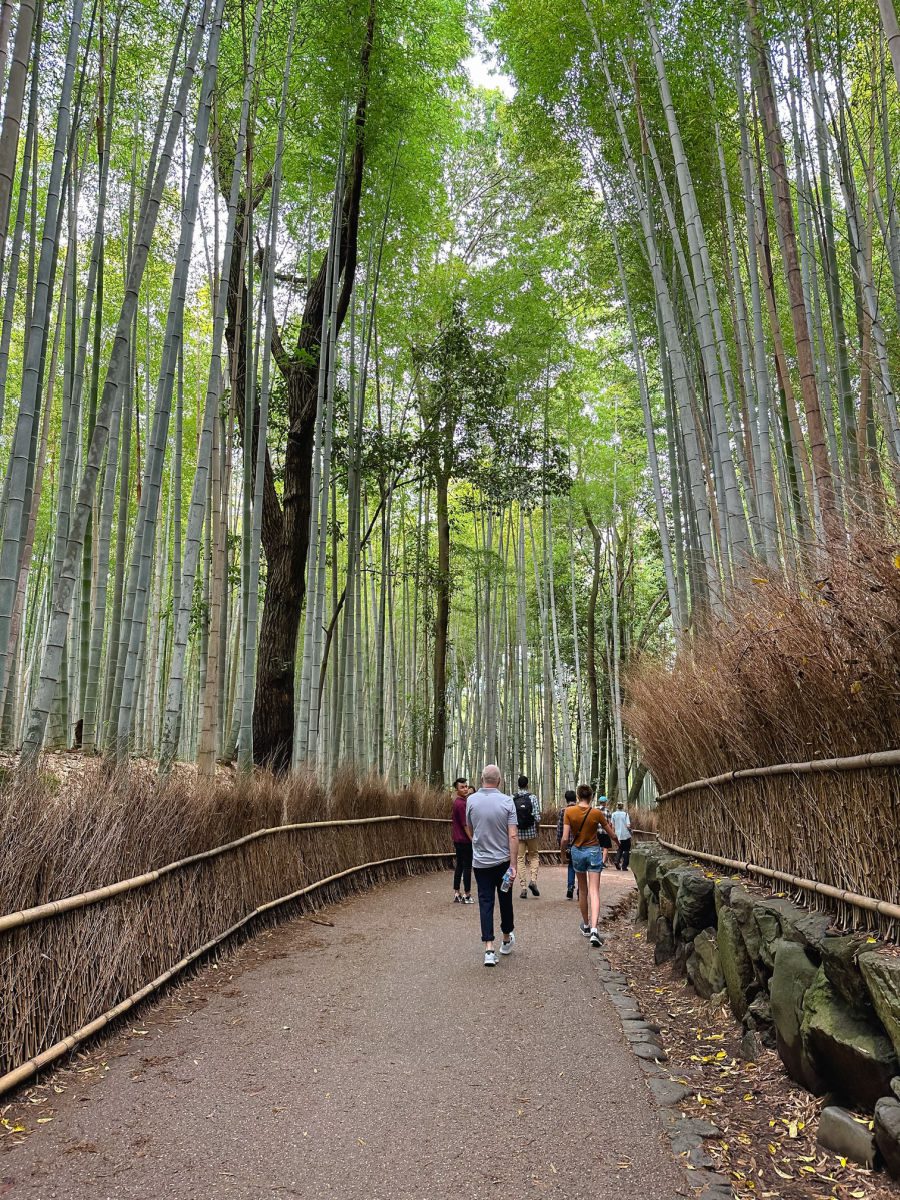
Note: This post contains affiliate links. If you click a link and make a purchase, I may receive a small commission at no cost to you.
I based this budget on my personal experience of what it costs to travel to Japan and broke it down by airfare, accommodations, transportation, activities, and food. This breakdown assumes you are visiting Japan with kids for the following:
- A family of four with two adults and two kids under 12
- Two-week trip, including two travel days, with 12 nights in Japan
- Five nights in Tokyo, five nights in Kyoto, and 2 nights in Osaka
- Traveling during high or shoulder seasons (although not the top peak travel dates during Cherry Blossom season, then you can expect to pay premium pricing across the board.)
- Independent travelers that are comfortable exploring on their own and not looking to book a package tour or use private guides
Airfare to Japan
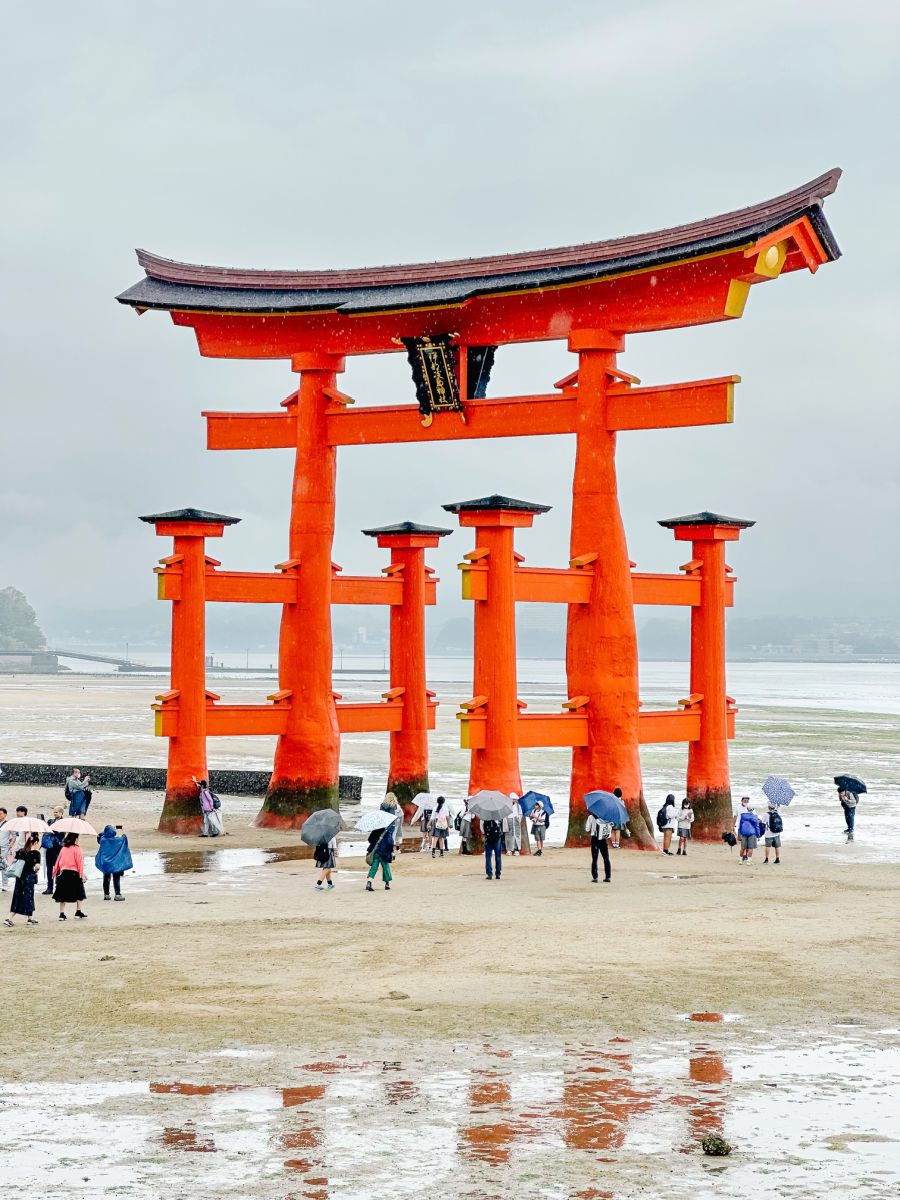
The first big expense for a trip to Japan is, of course, airfare. Economy class flights to Japan from New York during shoulder and high seasons will likely start at around $1,300 per person and easily go up to $2000. We paid about $3,200 per person to fly Delta from Boston to Tokyo through Detroit (but we used points for one flight at least!)
Air Canada and Delta with layovers in Toronto and Detroit, respectively, are common offerings at a price point like this. If you are looking to fly nonstop to Japan on United or one of the more upscale Asian carriers like Japan Airlines will probably cost around $2,000 from the East Coast.
West Coasters might find slightly cheaper fares, but whichever coast you start from, it is a good trip to use your frequent flier miles and points as that will really help with your Japan trip budget. It is best to book airfare at least six months in advance, or as early as possible.
I also highly recommend signing up for a membership in Going , to get alerts for flight deals to your dream destinations.
If you want to find the best way to accumulate points and miles through credit card spending and sign up bonuses, I’d suggest downloading the Travel Freely app to track your credit cards and learn how to earn points.
Total airfare cost: $1,300+ each x 4 travelers= $5,200
Accommodations in Japan
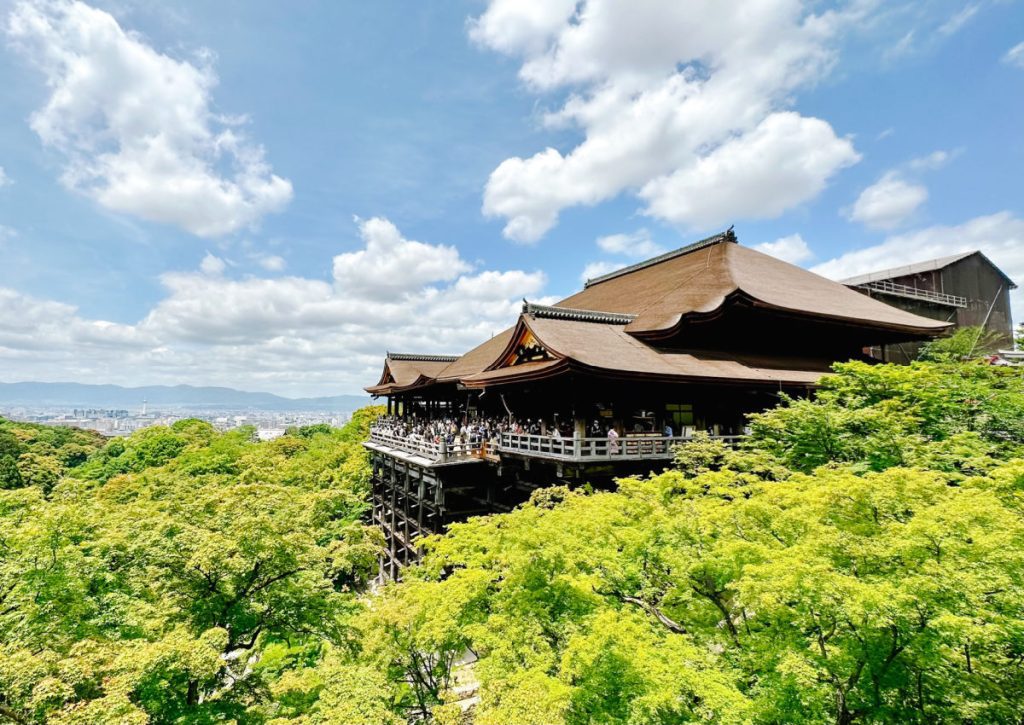
The good news is that airfare is definitely the most prohibitive cost for a trip to Japan. The accommodation are pricey when staying in big cities, but there are plenty of budget options (including those tiny capsule hotels). A night in a 4-star hotel in Tokyo will range anywhere from $250-$450 per room, with an average of $350 per night for a room large enough to sleep four. Just keep in mind that if you stay in a Japanese-brand hotel, the rooms are going to be quite small, be sure to check square footage.
We enjoyed our stay at the Hilton Tokyo , because it was a great location for using public transportation and the rooms were spacious and the full-service hotels had good amenities like free breakfast for Club level rooms.
Find a Hotel in Tokyo :
Hotel prices in Kyoto are wider-ranging, perhaps because there are far fewer options than in Tokyo. The overall average comes out to about $350 per room, per night for a 4-star property that will fit a family of four.
We stayed at the Hyatt Regency Kyoto , which was accessible to public transportation and walkable to many of the main attractions. For cheaper accommodations, look at brands like the Mimaru .
Find a Hotel in Kyoto:
Osaka is a huge city with plenty of hotel options. It makes sense to stay near one of the main train stations or metro hubs to make it easy to get around. We loved our stay at the Intercontinental Osaka , where we splurged on a two-bedroom, two-bath residence with a full kitchen, living room, and amazing view (they have regular hotel rooms too). If you can book through American Express Fine Hotels with your Platinum card or a Virtuoso travel agent, you can also get perks like free breakfast and the breakfast is amazing!
A typical three to four-star hotel that can accommodate a family in one room is about $300 per night, but could go up to $600+.
Find a hotel in Osaka:
If you are traveling as a family, you will probably want more space than what you find in a typical Japanese hotel room (even beyond the capsule hotels). If you want to save money and get more space, I would recommend renting an apartment through vrbo or Airbnb.
You can get a nice, family vacation rental for about $130 per night (and a really nice one for about $180 a night). The best part is that you’ll have a kitchen and a dining room where you can bring prepared food home to eat or even try cooking yourself, which is helpful for budgeting since eating out in Japan can be pricey.
Rental options in Kyoto are much more limited and more expensive, but it is possible to find something affordable and really cool. A lot of the rentals in Kyoto are in older houses built in traditional Japanese styles.
Total accommodations cost if you stay in hotels: $350 x 12 = $4,200
Total accommodation costs if you stay in apartments: $200 x 12 = $2,400 (but it can be cheaper)
Transportation Costs in Japan
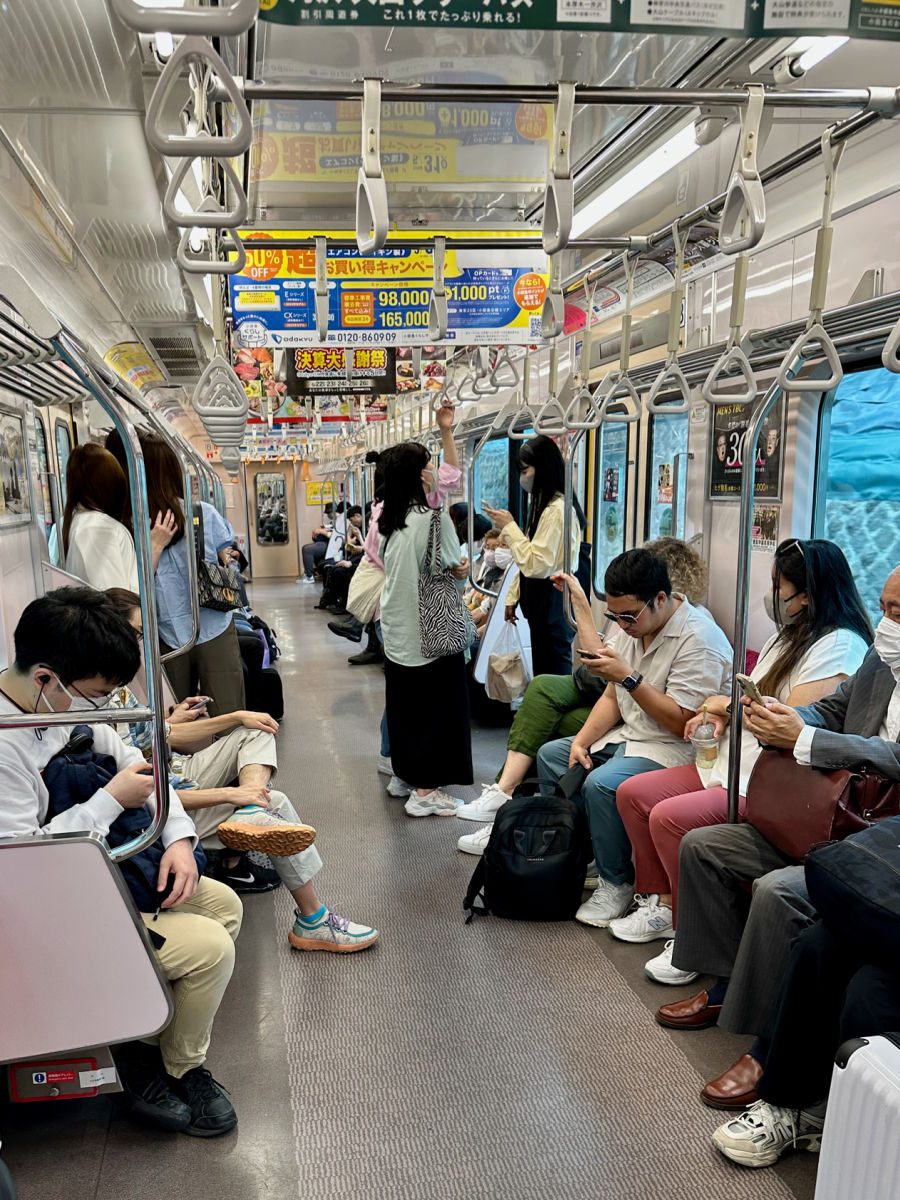
Transportation is another pricey part of traveling in Japan. I don’t recommend traveling by taxi very often in Japan, since they are quite expensive, but there will be times when it is the best choice, especially in the heat of summer. Taxis in Japan work similarly to taxis in the U.S., charging a higher starting fee for the first couple kilometers of travel with additional costs added on for any further distance.
For example, you will be charged about ¥500 for the flat fare and an additional ¥200 for each additional kilometer. (Japan Guide gives a detailed explanation of how taxi fares work in Japan.)
Japan’s public transportation networks in metropolitan areas are feats of modern urban planning. Trains arrive and depart at the precisely scheduled second . They are perfectly clean, they run smoothly, and they take you to wherever you need to go.
It can be a bit daunting if you have no knowledge of Japanese to make sense of the transit system maps, but you will eventually get the hang of it. Buying a train ticket isn’t too complicated either, as there is usually an English-language option on the self-service booth screens.
In Tokyo, one-day tickets for the metro are ¥600 (about $4.00) for adults and half that for children. In Kyoto, the metro is a little more expensive, with one-way fares costing about the same as the one-day tickets in Tokyo do.
For traveling longer distances in Japan, suburban trains and the Shinkansen (bullet train) are the way to go. If you are planning on taking several railway trips, then it may make sense to get a rail pass, but those rates recently went up so you really need to do the math to see how much you will use it. Rail passes are sold by duration (i.e., each week costs an extra amount of money), class of service, and region vs. national, and they are not cheap.
A regular fare for the JR 7-day rail pass is about $200, and a 14-day pass is $315 (children’s passes are less.) This does not include shipping and handling and any other processing fees. Make sure to book rail passes far in advance.
You cannot buy them in Japan— they have to be purchased within the United States with a valid passport several weeks before traveling to Japan. There are several websites where you can buy passes including JR Pass . When you arrive, you need to stop by the JR Train office and exchange your vouchers for actual passes.
The rail pass comes with added perks, which include not having to reserve a seat on long-distance trains, the ability to use the pass on suburban JR trains, as well as free access to the Narita Express between downtown Tokyo and Narita International Airport.
Rail pass costs: $315 per full price JR pass x 2 +$158 per children’s price JR pass x 2 = $946, plus (always double check for current rates)
Metro ticket costs: [2 x $4.00 metro tickets x 2+ 2 $2.00 children’s price metro ticket x 2] x 12 days = $144, plus
Taxi fare: $20 per occasional taxi ride x 4 = $80
Total transportation costs: $1,170
Sightseeing and Activities Costs in Japan
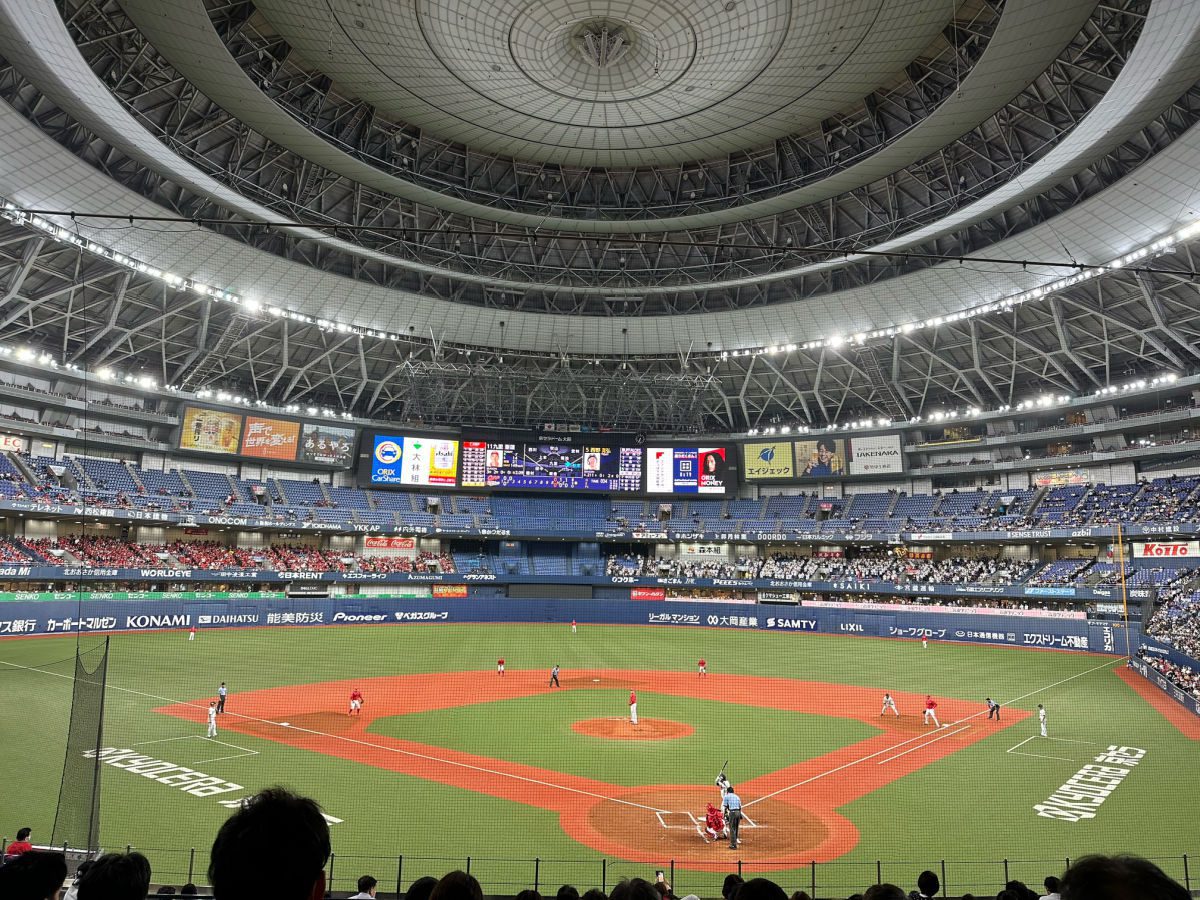
One of the best parts about budgeting for Japan is that it is easy to sightsee on your own without a guide and many of Tokyo and Kyoto’s most famous attractions are free.
Temples and museums charge small entrance fees, usually ¥600 (about $4.50) per adult, half price for children. This includes things to do in Tokyo like Senso-ji temple, and the Tokyo National Museum in Ueno Park.
Most of Kyoto’s attractions and temples typically charge similar small entrance fees, like Ginkaku-ji temple, Temple of 10,000 Buddhas, and the Iwatayama Monkey Park near Arashiyama.
There are a couple of major attractions that will cost, most notably the Tokyo Sky Tree, which charges about $15 per adult ticket (not including Fast Track), with a reduced fare for children.
Tokyo Dome charges about $30 per ticket with reduced fares for children, but that ticket covers all of the amusement park– the individual museums there (like the Japanese Baseball Museum) are about the same price as most temples would be. The Mori Art Museum also charges higher than usual ticket prices, but the ticket includes access to multiple galleries, as well as Tokyo City View.
Of course, many families are also going to want to go to Tokyo DisneySea or Universal Studios Japan in Osaka.
Japan’s fascinating history has produced a rich and complex culture. Tourists looking for traditional Japanese experiences have plenty of options when it comes to cultural activities. They come with a price tag though.
Option 1: Attending a Sumo Practice or Match
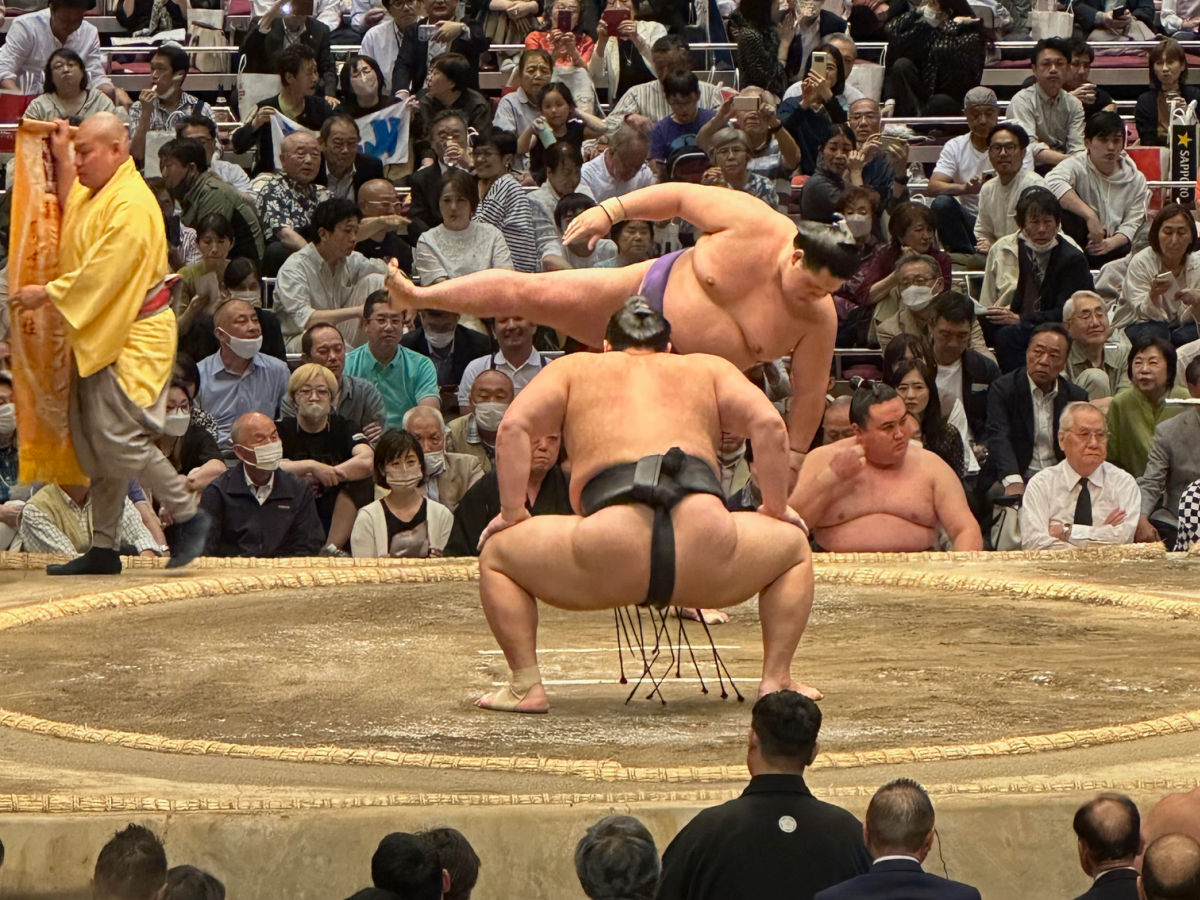
Watching Sumo wrestlers hone and practice their martial art is a stunningly beautiful cultural experience. Tournaments are only held seasonally, and tickets need to be booked in advance. Not to fear if you won’t be in Japan for a tournament though, Sumo practices are held in Sumo-beya (Sumo Stables) throughout the rest of the year.
General admission tickets for Sumo Matches are only about $2, but if you want better seats, a cheap seat will go for about $35, with a lower-end family box going for about $110. Expect to pay several times as much for a better ticket or box.
Option 2: Kabuki
Kabuki is a type of traditional Japanese theater. The costumes and masks are beautiful, and the performances are fascinating, even if you can’t really understand what is going on. The typical places to watch Kabuki are the Kabuki-za Theatre in Tokyo and the Minami-za Theatre in Kyoto.
Tickets can cost anywhere from $27-$220, based on the seat quality. There are tablet rental services for ¥500 available for tourists who don’t speak Japanese that attach to your seat during the performance so you can get a better sense of what is going on.
Other options for cultural activities include tea ceremonies , sushi making workshops , origami classes, calligraphy classes, and kimono sampling classes . A rough estimate of the price for each of these activities is probably somewhere between $50-$100 per person.
If you’re in Japan for a little under two weeks, I would recommend picking 1-3 cultural activities, depending on your budget. I’d also suggest taking a food tour in Osaka or Tokyo. Another thing that older teens would love would be dressing up in costumes and go karting through the streets of Tokyo.
Total sightseeing and attractions costs: $1,100
Food Costs in Japan
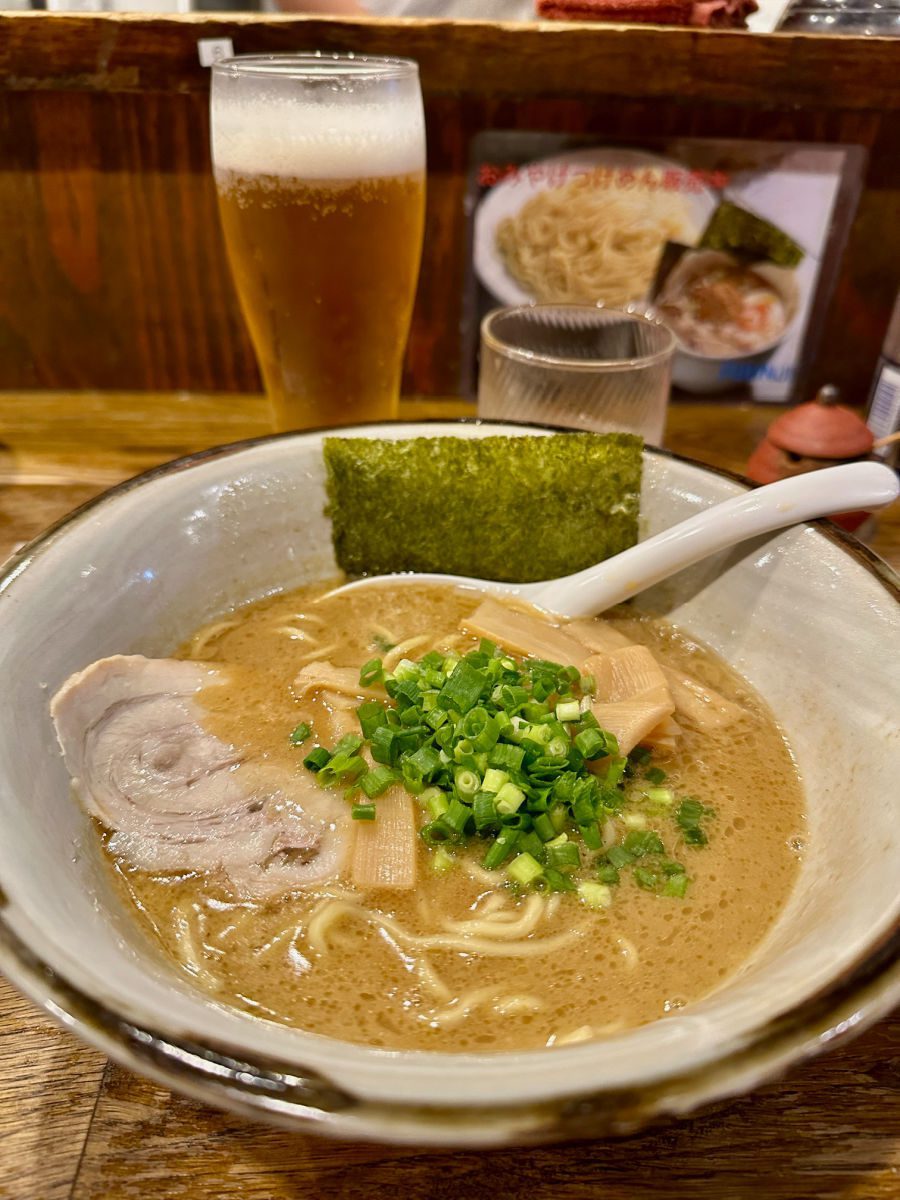
If you aren’t going to Japan at least partially for the food, then you’re doing it wrong! Eating Japanese food is a really special experience, no matter your price point. With such a unique cuisine, it is impossible to get bored of eating on a visit to Japan— that is, if you are an adventurous eater.
Eating out in Japan can be expensive. Moderate-range restaurants and Izakaya (restaurants with bars) will cost about $15-$20 per person for lunch, and $25-$35 for dinner. The good news is that it is possible to experience great Japanese food without eating in these types of venues all the time.
Specialized restaurants, like ramen bars, are Japanese staples that serve up specific types of food and are perfect for those doing Japan on a budget. It is possible to find amazing ramen bars (including some Michelin-starred ones) that charge between $5-$15 for a large bowl. These types of venues exist for many other types of Japanese foods, like gyudon, tonkatsu, udon, okonomiyaki, curry houses. The only downside is that these venues are typically quite small and don’t take reservations so you need to be prepared to wait in line.
There are also shokudo and teishoku, which are smaller restaurants that serve meals that are less fancy, but often equally as tasty as Izakaya. Prices are about the same as what you would find at ramen bars— sometimes more, sometimes less. Some of these restaurants are chains where you order set meals, either from a paper menu or on these chunky, vending machine-looking devices that spit out tickets.
Another option for eating out is picking up bento boxes from the prepared foods sections of department stores, like Daimaru, Takashimaya, Mitsukoshi, and Isetan. The food is actually very high quality and is painstakingly prepared, as is often the case with anything in Japan. You can find almost anything at the department stores, including sushi, karaage, tonkatsu, yakisoba, zaru soba, eel, gyoza (dumplings), yakitori.
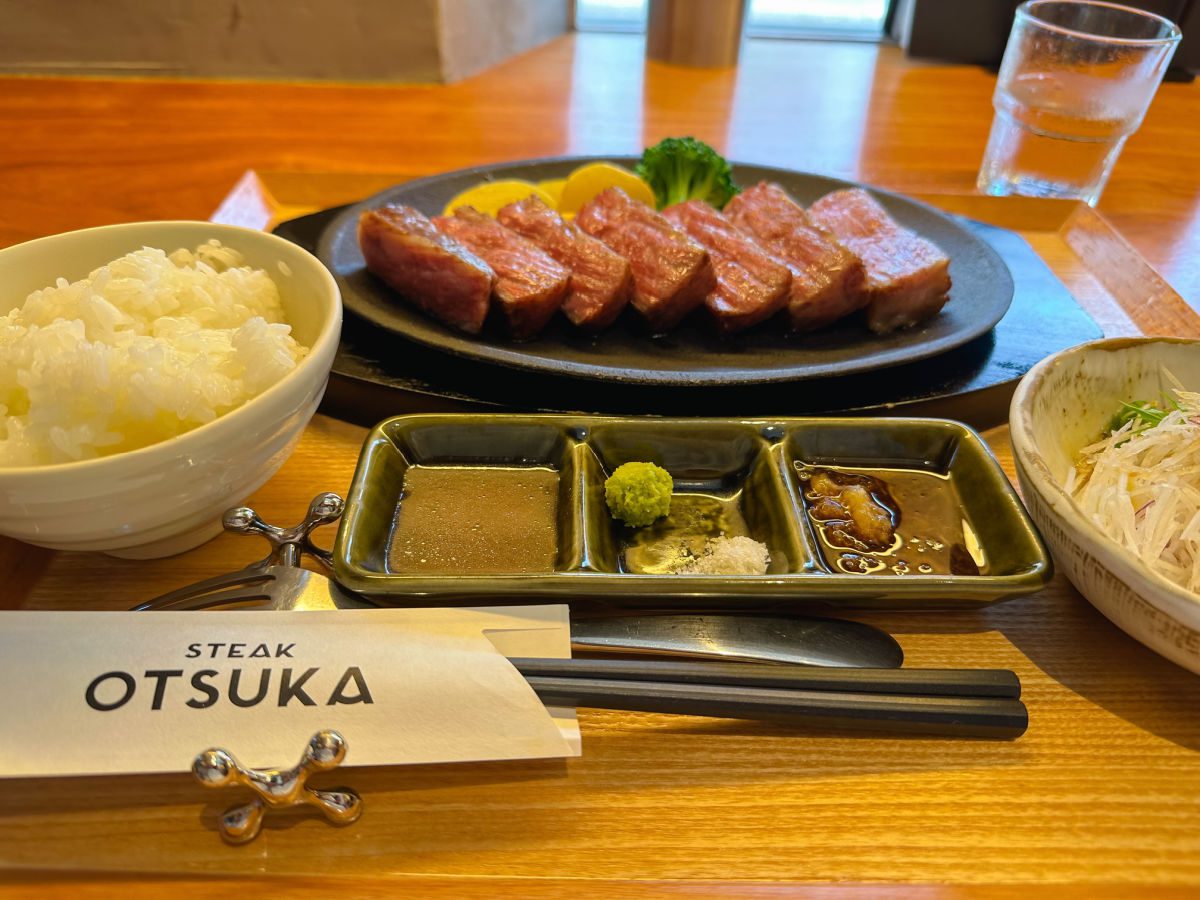
Good-sized meals at higher-quality department stores will probably cost around $15 per person. They are easily transportable and a great option to eat great quality Japanese food at a lower price point. Konbini (Japanese convenience stores) offer similar options, albeit in smaller quantities and of lower quality.
Street food is also great in Japan. Since Japan is a highly developed country, eating street food is pretty safe, unlike other countries in Asia where Americans need to be more cautious. Japanese treats like taiyaki, takoyaki, yakitori, and other fan favorites can be purchased, usually for cheaper than the food you will find even at ramen bars. Japan also has a proliferation of high-quality vending machines almost everywhere that spit out great Japanese snacks and drinks for cheap. And don’t underestimate the wonders of a 7-11 sandwich or rice ball!
Breakfast in Japan is a smaller meal that consists of various fish and rice dishes, as well as soup. A decent quality breakfast shouldn’t cost more than $10. It is also easy to make a DIY breakfast, especially if you’re staying in a flat if you pick up prepared and easy-to-prepare foods from konbini.
Just a warning though, if you do want to experience a Michelin-star sushi restaurant or a traditional Keiseki meal, it is going to cost about $250-500 per person!
Total food costs in Japan: $75 per adult, $50 per child, per day x 14 days = $1,750
This cost is subject to vary greatly, depending on whether or not you’re staying in a hotel or in a rental, how fancy a restaurant you prefer, whether or not you’re willing to shop for your own food in the department stores, whether or not you want to splurge for special meals, etc.
Total Japan Trip Budget
If you don’t overdo it on food or activities, your family of four can spend 12 nights in Japan for $13,420 or a little about $1,118 per day. Of course, this assumes average-priced flight tickets during the high season, staying in three or four-star hotels, and eating at lower-to-mid price range restaurants.
If you want an English-speaking guide to attractions, or if you take a lot of tours, your activities costs will go up significantly. But if you stay in vacation rentals, your costs can be lower.
Clearly, this number can be higher or lower based on how you choose to travel.
How Much Does it Cost to Go to Japan?
The bottom line is that for a family of four, with two young children, staying in one room or a rental apartment, a 12-night trip to Japan with 5 nights in Tokyo, 5 nights in Kyoto, and 2 nights in Osaka will cost approximately $13,420 including flights. This assumes you are using public transportation, eating at casual restaurants or picking up takeaway food, and limiting the number of activities. This comes to approximately $280 per person, per day.
Keep in mind that this cost will go up significantly if you want to take private tours, private transportation, or enjoy more cultural activities or fine dining.
If Japan sounds too expensive, you can also check out our trip budgets for:
- London trip cost
- Iceland budget
- Ireland trip cost
- Italy trip budget
- Hawaii trip cost
- Morocco trip cost
- Greece trip cost
PIN THIS FOR LATER
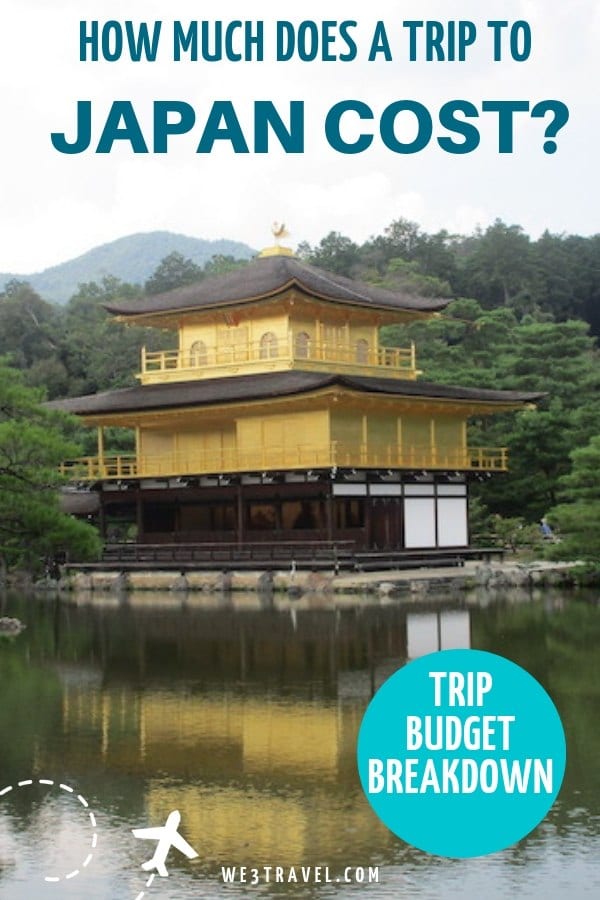
Tamara Gruber is the Founder and Publisher of We3Travel. A former marketing executive and travel advisor, Tamara is an award-winning travel writer and recognized expert in family travel. Tamara is a member of SATW and the Adventure Travel Trade Association, and serves on the Board of the Family Travel Association. She is also the publisher of YourTimetoFly.com and the co-host of the Vacation Mavens travel podcast.
Find this useful? Share it!
Publish Date: November 23, 2023

SIGN UP FOR OUR NEWSLETTER & RECEIVE A FAMILY VACATION PLANNING KIT!
We3Travel.com will use the information you provide on this form to send you newsletters. You can unsubscribe at any time by clicking the link in the footer of any email you receive from us, or by contacting [email protected] . By clicking below, you agree that we may process your information in accordance with these terms.

Start typing and press enter to search
- Work With Us
- Blogging Bootcamp

- Van Conversion Academy
- Campervan Shop
- Campervan Rentals
- Plan a Trip
- Itineraries
- Destinations
- Responsible Travel
- Family Travel
- Budget Travel
- Scuba Diving
- Travel Credit Cards
- Digital Nomad
- Teach English Abroad
- Blogging Resources
- Income Reports
- Travel Shop
- Meet Katie & Ben
- About Two Wandering Soles
- Personal Stuff
- Portfolio & Press
Japan Travel Cost: Exactly How Much is a Trip to Japan?
Home » Blog » Budget Travel » Japan Travel Cost: Exactly How Much is a Trip to Japan?
In this article, we’re breaking down the cost of a trip to Japan — from food and hotels to trains and entertainment. We get super detailed so you can work out your perfect Japan travel budget.
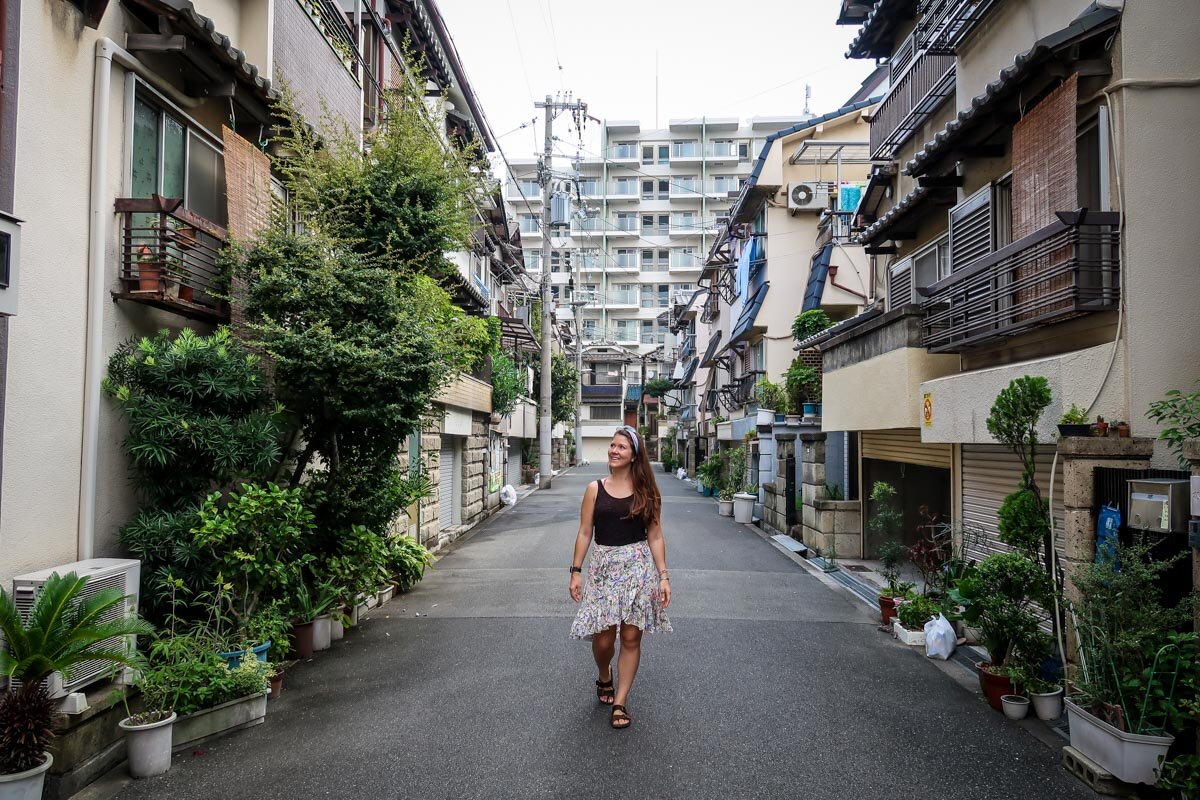
As you start to plan a trip to Japan, you might find yourself fretting and wondering if the rumors are true…
Is Japan expensive?
And if so, just how expensive are we talking?
I’m going to give it to you straight: Yes, Japan is an expensive country to travel. Especially when you compare the typical costs to its other neighboring countries.
After living and traveling around Asia for the better part of 4 years, we can say it is the most costly country we’ve visited in Asia.
But hold up, I do have some good news…
If you’re starting to sweat and rethink your dream of traveling to Japan, I’m going to hop right in and say that while it’s not super cheap, it is totally possible to travel to Japan on a budget.
Many things in Japan are actually pretty reasonably-priced. And as long as you have realistic expectations and are equipped with a few handy money-saving tricks, you’ll be able to travel to this fascinating country without dipping into your retirement fund.
Our personal experience
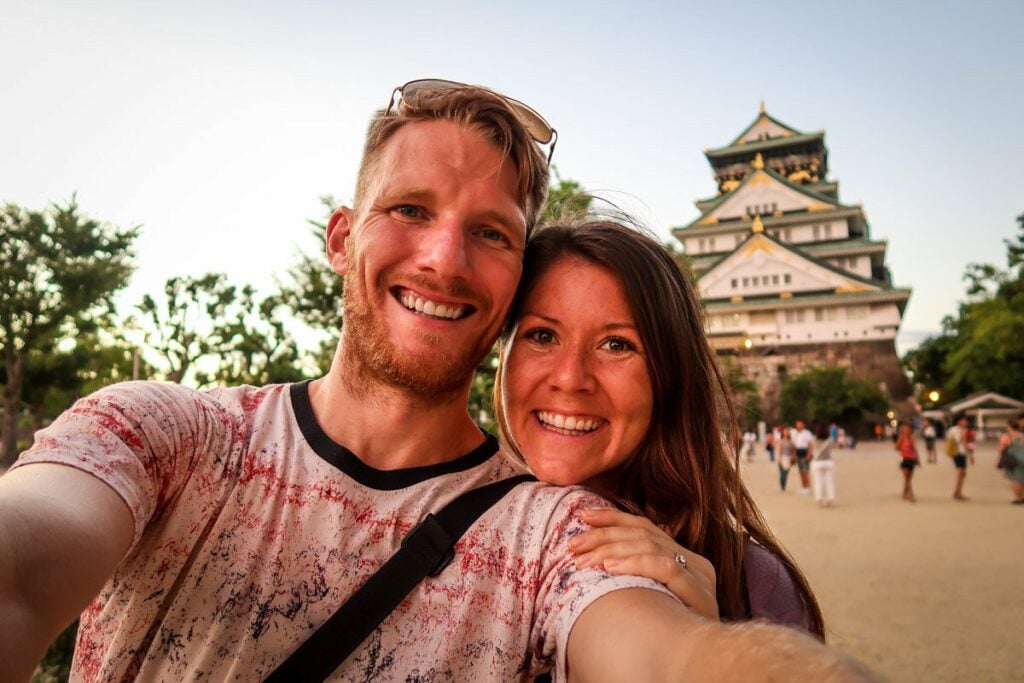
We’ve traveled to Japan three times, each with a slightly different budget:
- The first time (2015), we had 8 days and were on a super tight budget.
- Our second visit (2019) was for 3 weeks, and our budget was a bit more flexible , but still not huge.
- And on our most recent trip (2023), we had 3 weeks and a more generous Japan travel budget . We also had our toddler with us, meaning we made choices with her in mind, which alters our budget a bit.
While our budgets were different on each trip to Japan, we were able to eat amazing food, have unforgettable experiences, and see iconic Japanese sights. We proved to ourselves that it really is possible to have an incredible trip to Japan whether you’re working with a very tight budget or you have more wiggle room
In this article, we’re sharing Japan travel costs so you have an idea of exactly how much a trip to Japan costs. Plus, we’ll share some money-saving tips that’ll help you hang onto those yen.
Good to know: We have updated this article to reflect the actual current prices in Japan so that you have the most accurate, up-to-date information!
Wondering how many days in Japan is enough? Our guide to how many days to spend in Japan will help you figure out how much time you need based on what you want to do.
Japan Travel Cost Guide
How much is a trip to japan.
- Personalized Japan travel budget
- Transportation costs
- Accommodation costs
- Entertainment costs
- Internet costs
- Miscellaneous costs
Bonus Sections:
- General budget tips for travel in Japan
How to find cheap flights to Japan

If you’re planning a trip to Japan, we have the ultimate resource for you!
This FREE PDF download includes everything you’re going to want to pack for your Japan trip, including what NOT to bring, plus tons of insider tips!
Sign up for our ultimate Japan packing list now and get a copy sent straight to your inbox.
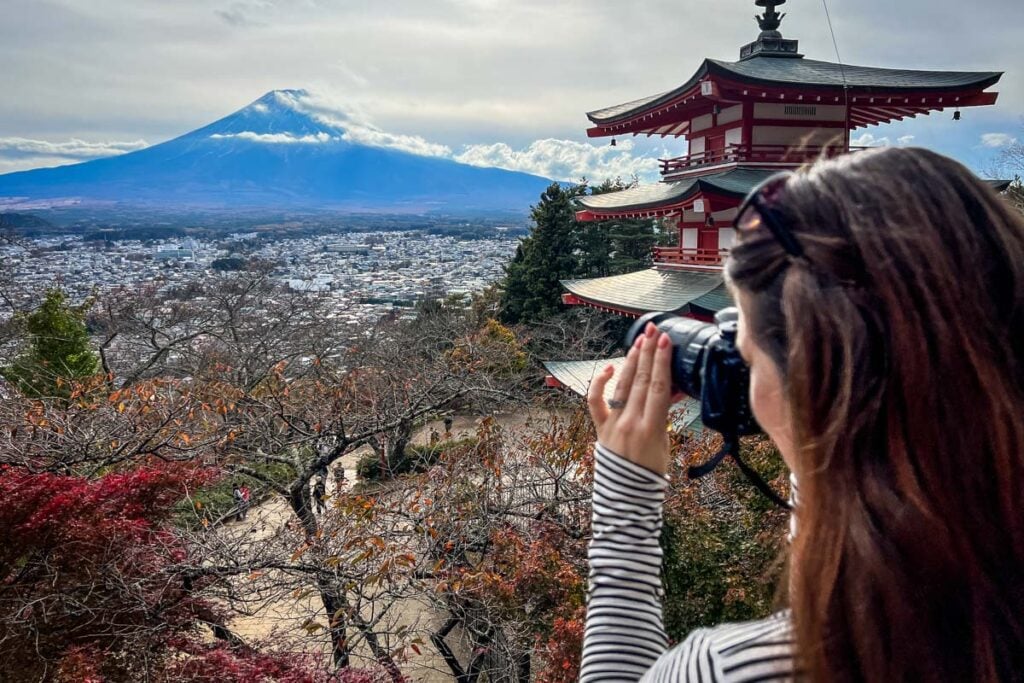
The answer to this question is going to v ary greatly on your travel style . It will also depend a bit on the current exchange rate , as this will have a huge impact on your overall costs.
Start by asking yourself the following questions:
What type of accommodation do you expect? Do you plan on staying at posh hotels, like the famous Park Hyatt in Tokyo where rooms start at upwards of $700 per night (yes, from the movie “Lost in Translation”)? What about a traditional Japanese ryokan stay? Or are you cool with a $50 dorm bed?
How important is food to your trip? Do you want to experience highly-acclaimed Japanese dining? Or are you more of a convenience store and street food type of traveler?
What about tours and entry fees? Are you planning to go to Universal Studios or Disney? Do you want to take tours and do all the bucket list experiences? Do you prefer arranging activities on your own and sticking to free things to do?
Bougie taste: If you want to stay exclusively at upscale hotels, go on lots of tours, and indulge in Michelin-rated restaurants, you can easily spend more than $1,000 USD per day.
Budget taste: But on the flip side, if you stay in hostels, stick to free activities, and eat lots of meals from 7-Eleven, you can get by with about $100 USD each day .
Somewhere in between: I think the majority of us fall somewhere in the middle. If you plan to do a combination of budget as well as some splurges when it comes to accommodation, food, and entertainment, you should expect to budget around $200 – $250 per person per day . (Based on sharing a room with another person.)
Average daily travel costs in Japan
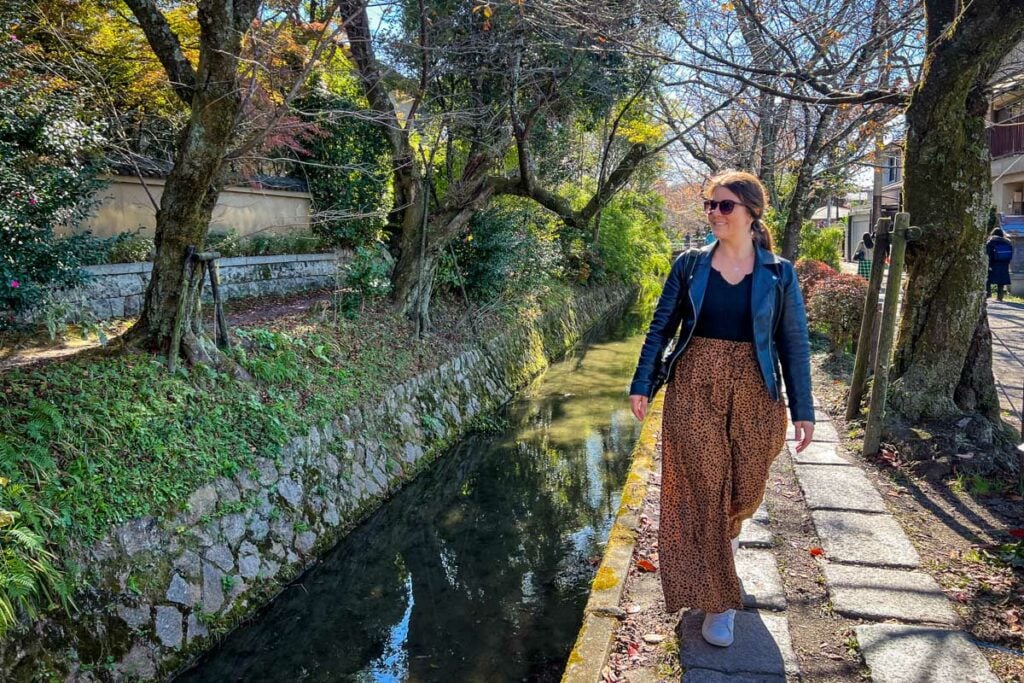
Let’s dive into these numbers!
Keep in mind that what you are about to see are average costs . You can certainly save money in some categories, but this should give you something to start with.
Use the samples below to help calculate your own personal Japan travel budget.
Click on each category to see a more detailed breakdown, plus some handy money-saving tips that’ll keep your costs down!
Transportation : $55 per person, per day
Based on getting the 7-day JR Pass as well as some travel on city metros and buses.
Food : $35 – $55 USD per person, per day
Based on a combination of budget-friendly meals and splurges.
Accommodation : $175 – $250 per night total*
This is a mixture of some budget accommodation, as well as splurging on 1 or 2 special ryokan stays (traditional Japanese inn that typically include dinner and breakfast). Keep in mind that if you are traveling during peak season (like “Golden Week”), your accommodation prices will be on the higher end.
*Note: Accommodation is based on 2 people sharing a room. If you are a solo traveler and plan to stay in a combination of private rooms and dorms or capsules, this cost may be closer to $45 – $75 USD per night (or a bit higher if you don’t plan to do dorms).
Entertainment : $15 – $30 per person, per day
Based on doing a couple of tours and visiting low-expense places, like temples, shrines, gardens, castles, and parks.
Internet : $1 – $9 per day
You’ll definitely want to have Internet access while traveling in Japan. You can choose to get a WiFi hotspot or a virtual SIM card.
Miscellaneous : $0 – $20+ per day
Ask yourself these questions in order to determine how much miscellaneous money your should budget:
- Do I plan to get coffee or tea daily?
- Will I snack often?
- Will I drink alcohol (sake, beer, cocktails)?
- Do I like buying souvenirs? If so, how much do I plan to spend on them?
- Will I be doing any other shopping in Japan, for clothes, cosmetics, etc.?
Total Japan travel budget
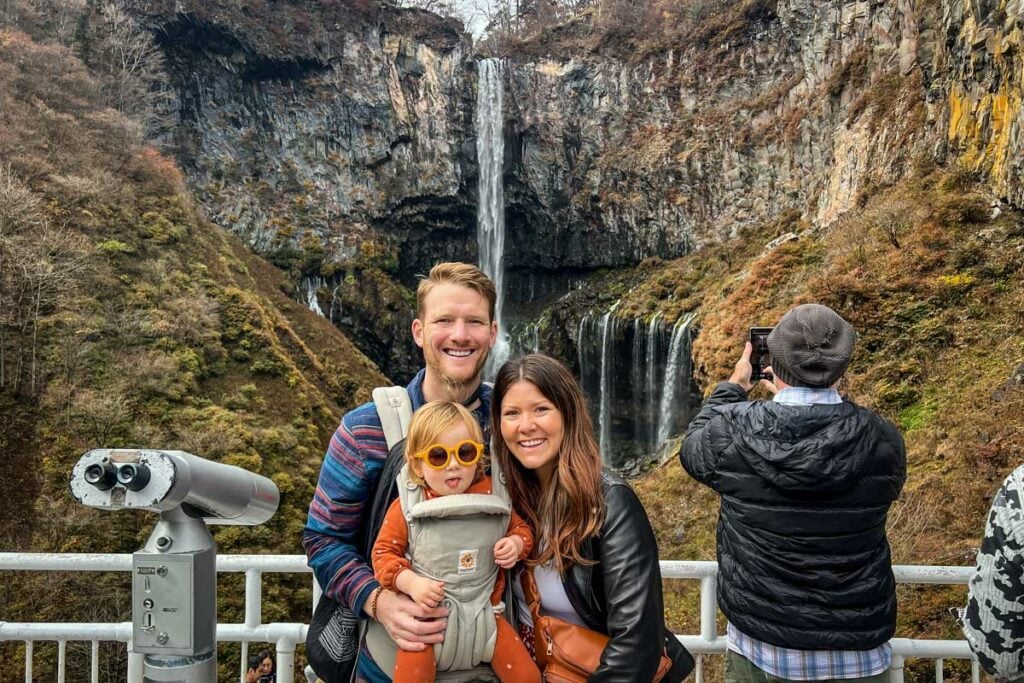
Here are some numbers to help set your own Japan travel budget based on your personal travel style:
- I am very budget-conscious: $145 USD per person, per day
- I am mindful about my budget, but not super strict and plan to do some splurging: $290 USD per person, per day
- Or, you might find yourself somewhere in between: $220 USD per person, per day
Flights to Japan
The budget estimates above are only for your expenses once you land in Japan .
This does not include your flight getting there, as everyone comes from different places in the world, and travels at different times, so flight prices can vary drastically.
We have some tips for finding cheap flights to Japan at the bottom of this article!
Japan Travel insurance
Don’t forget to budget for travel insurance . Depending on your policy and personal background this can vary.
To give you an example, we’ve found 2-week policies through Safety Wing (our favorite travel insurance company that includes medical) from $24. That works out to be just $1.70 USD per day. Policies can be really affordable, so don’t skip this!
How to make your personalized Japan travel budget

Follow these steps to determine how much your trip to Japan will cost based on your timeframe and personal travel style.
- First, determine whether you’re on the high or low end of the estimates above.
- Now, multiply your daily expenses by the number of days you’ll be traveling in Japan.
- Next, add in 10% of that number as “padding” for incidentals or miscellaneous expenses.
- Add the cost of a travel insurance policy. ( Use this site to get an idea of how much a policy for your trip will cost.)
- Do some research on flights from your home city to Japan so you can add the flight cost as well.
Now that you have a total trip cost which includes flights, insurance, on-ground expenses, and some “padding”, write that number down.
This is your total Japan travel cost.
Daily spending budget
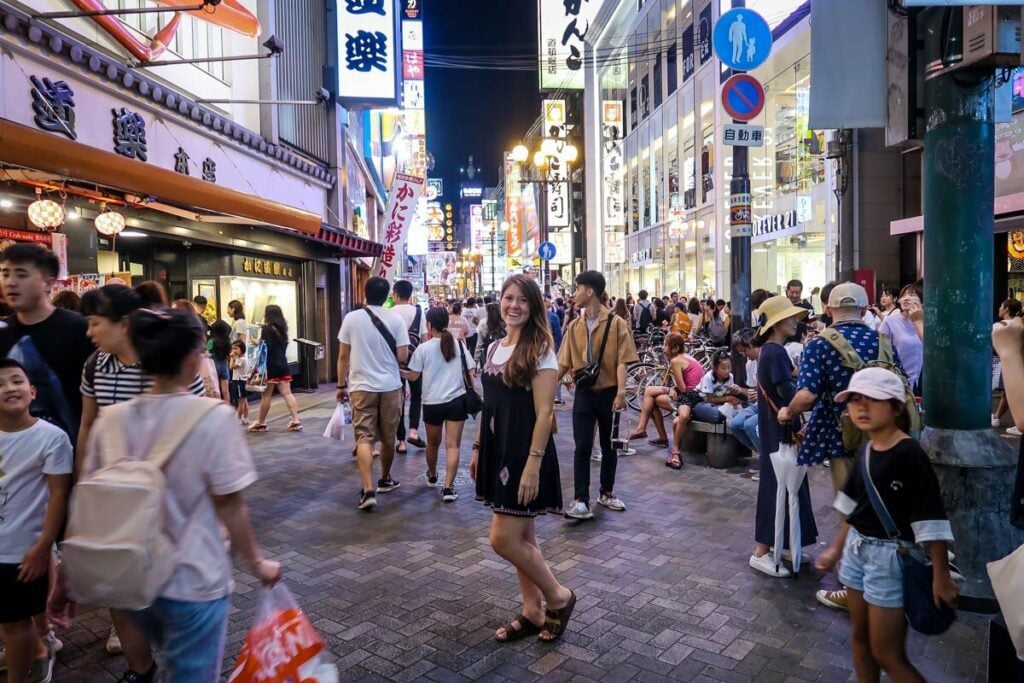
After determining the total cost of our trip to Japan, we then like to come up with our daily spending budget.
- Take the total trip cost you got in the section above and subtract the flight and insurance costs.
- Now you have your total on-ground budget.
- Each time you book a hotel or tour, subtract the cost from your total on-ground budget. Repeat this until you have all your accommodation and pre-booked tours set.
- If you purchase the Japan Rail Pass or book a rental car, subtract the total transportation cost from this number.
- Once you have booked all of your pre-trip accommodation, transportation, and tours, you will be left with the amount of money you have left to spend in Japan . This can be for food, souvenirs, entry fees, public transportation, etc.
- Divide this number by the total number of days you’ll be in Japan. This will give you the amount you have to spend each day.
- Download a budget app where you can set your budget goal.
- During your trip, record each expense and you’ll see how much money you have left to spend that day. If you overspend one day, try to spend less than your goal on the next day to even things out.
Read more about how we create foolproof travel budgets for anywhere in the world here!
Now, we’re going to dive deeper into each category so you can get a better understanding of each expense.
Transportation costs in Japan
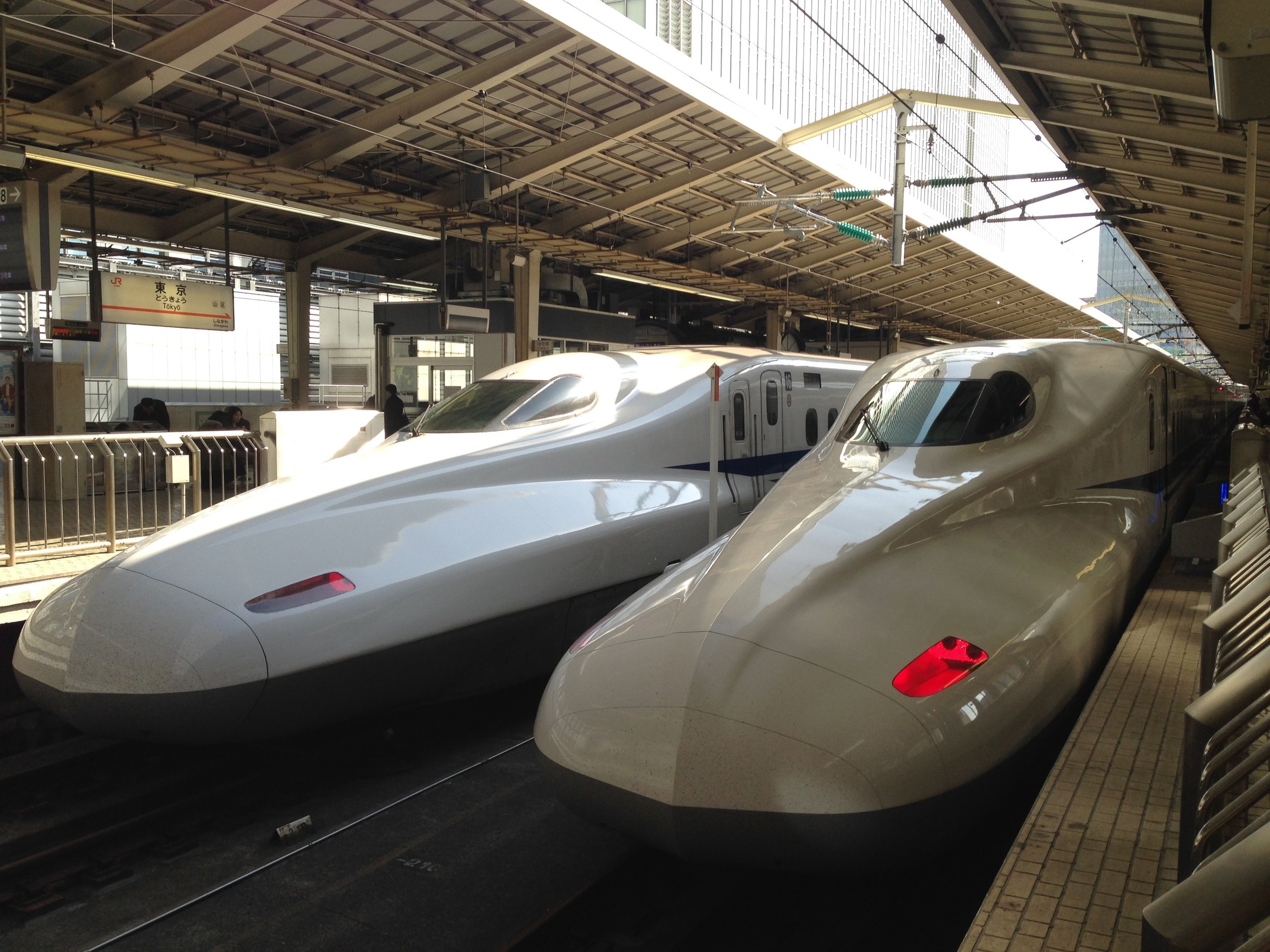
Japan is a relatively small country, but it is packed with so many beautiful places to see that it can be downright overwhelming.
The good news is that this country is very well connected by trains, roads, subway systems, and airports. There are many different options when it comes to transportation in Japan.
Depending on your itinerary, you’ll have to do a bit of research and calculations to determine the best option for you.
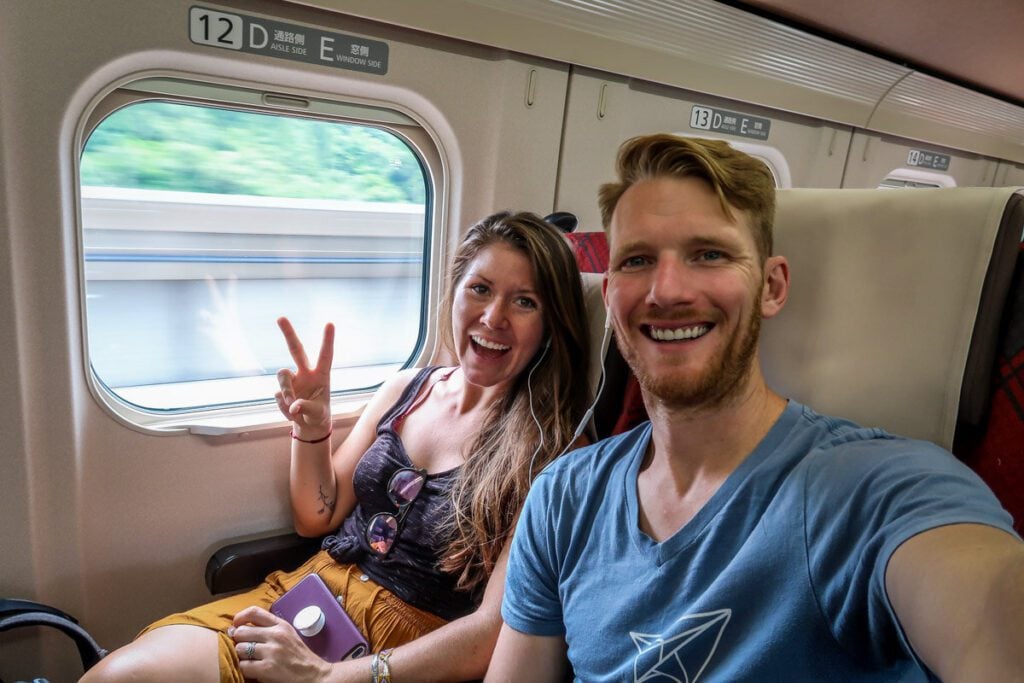
Japan is famous for its efficient, fast, and clean Shinkansen , or bullet trains.
The Japan Rail Pass is a package that foreign travelers can purchase which gives them access to certain trains without having to pay for each individual ticket.
This JR Pass guide walks you through how to figure out if it will save you money.

Here are the current prices of the Japan Rail Pass:
- ~$350 USD, or $50 USD per day
- ~$550 USD, or $40 USD per day
- ~$690 USD, or $33 USD per day
Renting a car

There’s also the opportunity to rent a car in Japan . If you want to get off the beaten track and visit some lesser-known areas in the countryside (highly recommend this!), renting a car can be really fun and it can actually save quite a bit of money.
We rented a car for 15 days in Japan and paid a total of $822 for two adults and a baby.
On top of the rental price, we paid for insurance (which was covered by our credit card), toll fees (totalled about $125 USD), and gas/petrol (about $150 USD).
Our overall cost for renting a car in Japan for 15-days came to $1,097 USD, roughly $73 USD per day for our family of three.
Domestic flight
Taking domestic flights within Japan could be an option. Prices vary based on the airline as well as the time of year and how far in advance you’re searching.
- Tokyo to Sapporo flight (one-way): $35 – $85
- Tokyo to Osaka flight (one-way): $32 – $97
- Tokyo to Okinawa flight (one-way): $75 – $190
Good to know: When comparing flights to trains, be sure to account for the cost of transportation getting to and from the airport , as this can add quite a bit. Factor in the time needed to get to the airport and through security as well, because it will often take at least as long as the train, if not longer (unless you’re looking at two destinations that are very far apart).
Metros and buses
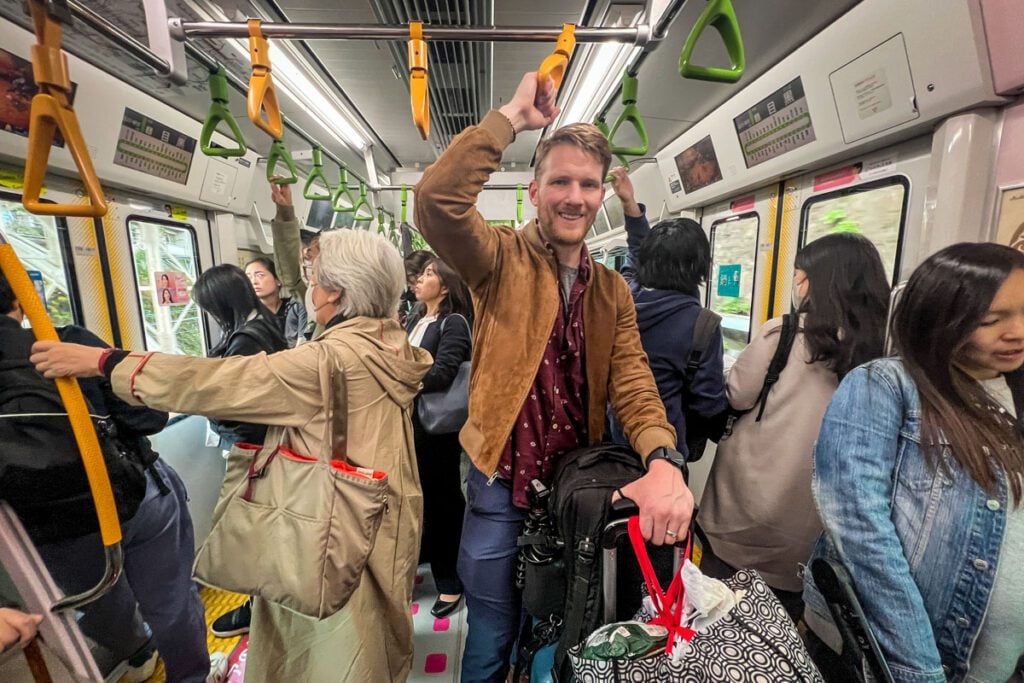
Large cities have subway systems and buses. We highly recommend loading a Suica, Pasmo, or ICOCA virtual card to your phone’s wallet before your trip.
The prices will vary depending on the city you’re in and how far you travel. Each ride ranges around ¥140 – ¥314 ($0.93 – $2).
Our personal experience: On our most recent trip, we spent around ¥4,000 ($27) each during our entire trip for subways and buses around Japan.
Some cities also have passes where you can ride unlimited times, so you may want to look into whether or not that would make sense for you.
Tokyo Subway Pass
- 24-hour ticket: ¥800 adult / ¥400 child
- 48-hour ticket: ¥1,200 adult / ¥600 child
- 72-hour ticket: ¥1,500 adult / ¥750 child

Food costs in Japan
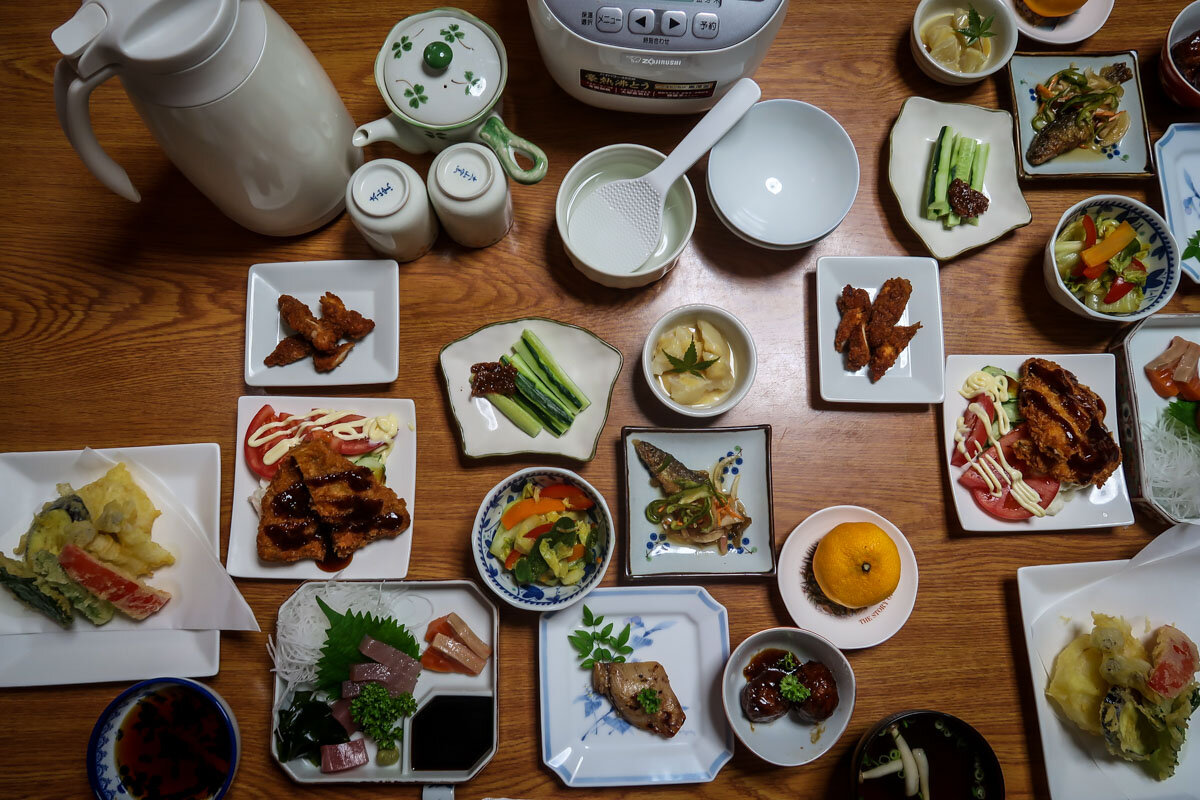
Food is a funny category because it can simultaneously bust or save your budget.
Eating out at a typical restaurant can add up incredibly quickly. And high-end restaurants can come with eye watering bills.
But at the same time, you can get an entire meal at a convenience store (much less sketchy than it sounds) for just a few bucks or Michelin-rated street food for not much more than you’d expect to pay at a fast food restaurant.
Our advice is to have a happy combination of both splurge-worthy meals and cheap eats to balance things out without sacrificing your experience.
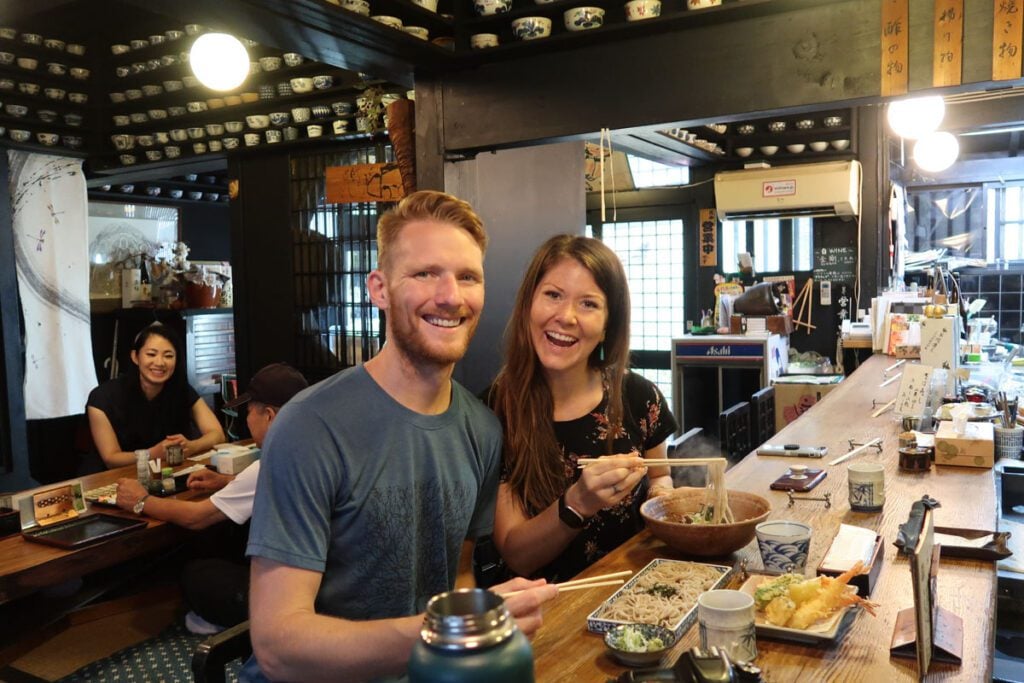
Meal prices in Japan:
This is a breakdown of how much we would personally allocate to our daily food budget:
- Breakfast: $5 – $7
- Lunch: $10 – $15
- Dinner: $15 – $25
- Snacks: $5 – $8
This works out to be $35 – $55 per person, per day for meals and snacks. This will allow you to try just about any food you desire and will leave room for splurge meals.
Our personal experience: Some days we would splurge on dinner and spend $60 each, but have a small snack for lunch. On other days both lunch and dinner were under $15. It all kind of evens out in the end, but these are some numbers to help you get started.
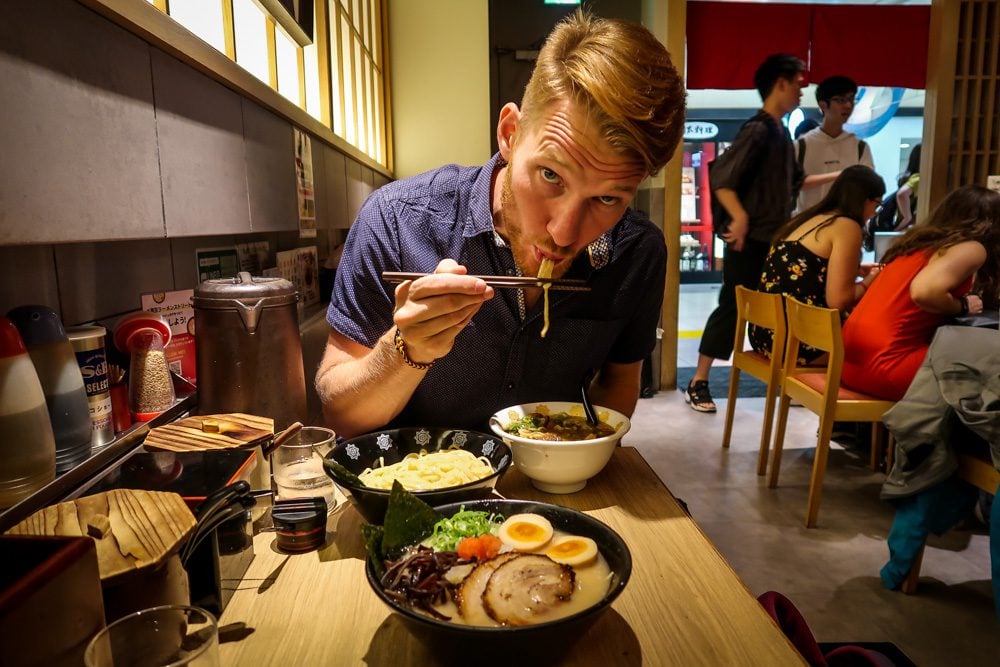
Expensive meals:
- Any type of traditional kanseki restaurant
- High-end sushi
- Waygu or Kobe beef
- Theme restaurants
Cheap meals:
- Bento boxes
- Konbini (convenience store) meals
- Conveyor belt sushi
- Ramen, udon, or soba
If you’re a big foodie and can’t wait to get your hands— errrr , tongue—on ALL the Japanese food, you may want to increase this section of the budget because $25 for dinner is still going to restrict what types of restaurants you can eat at .
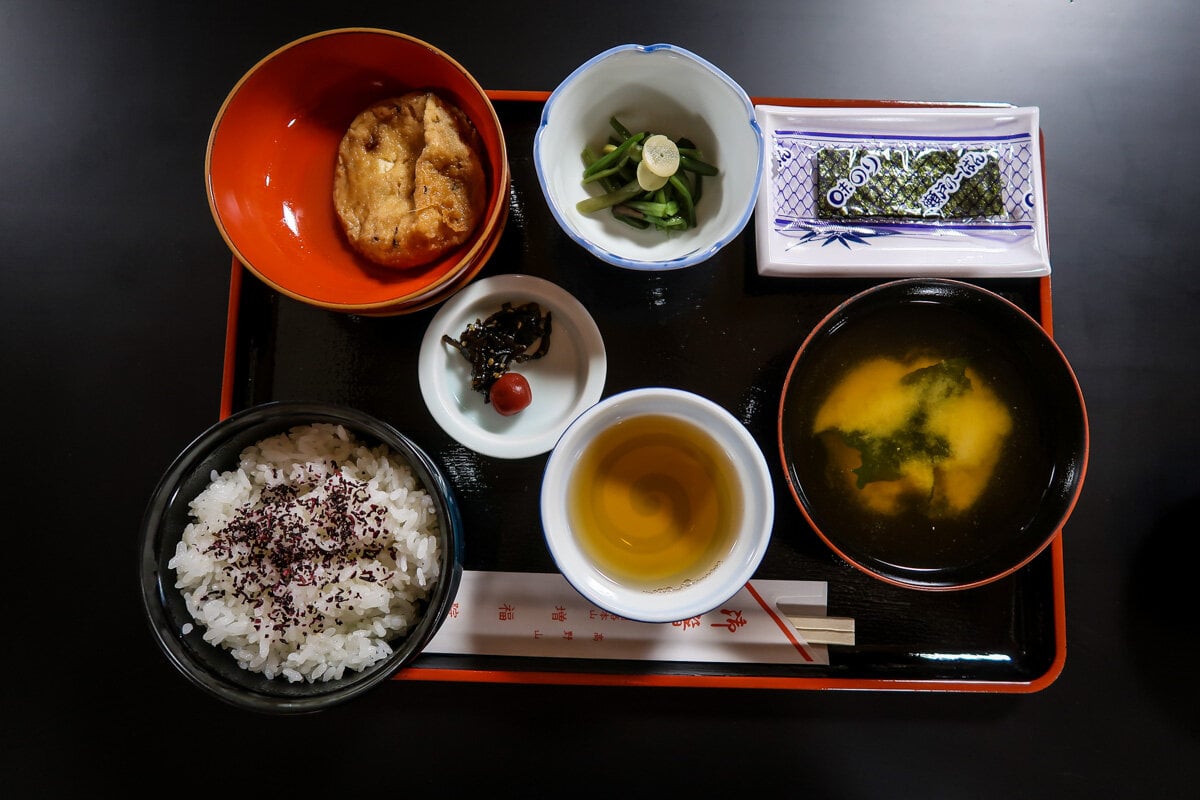
However, if you’re not big on eating out and are totally cool with getting most of your food from convenience stores or budget restaurants, you could lower this to $30 per day .
In fact, during our first trip to Japan (back in 2015), we averaged just under $14 per person each day for all meals and snacks. But there were a lot of foods we didn’t have the chance to try because of our restrictive budget, so we wouldn’t recommend aiming for this.
Pssst! You definitely want to check out this article with all the best Japanese foods to be sure you try during your trip!
Accommodation costs in Japan
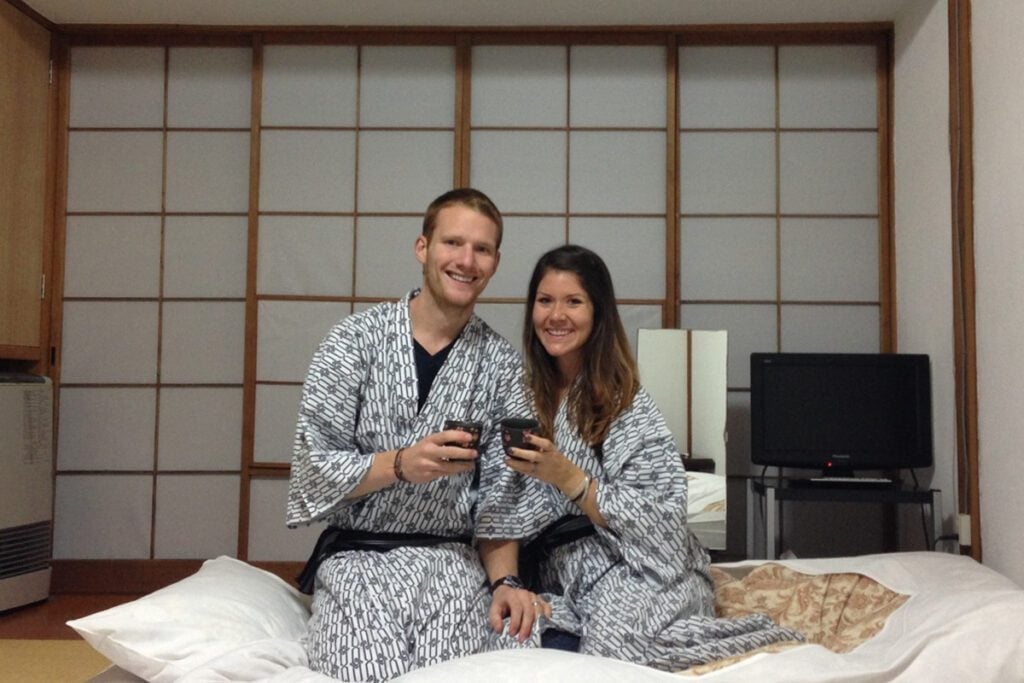
Booking accommodation in Japan can elicit both responses:
- “Holy s***, that’s SO EXPENSIVE!”
- “Ah okay, that’s actually not so bad.”
Let me put it this way: You’re not going to find jaw-dropping hotel rooms for $40 USD like you can in other Asian countries like Thailand and Indonesia. But there are some reasonable places out there, especially outside of the major cities.
Expensive accommodation:
- Tokyo hotels that are well-located
- Ryokan stays (expensive but typically includes meals and is a totally splurge-worthy experience)
- Specialty accommodation, like an onsen resort
- Accommodation near major sites, like Mount Fuji or Kyoto, during peak season (like “Golden Week”)
- Higher-end hotels in Kyoto
Cheap accommodations:
- Capsule hotels or dorm beds
- Accommodation in the countryside (outside of the major cities)
- Airbnbs are sometimes pretty reasonably-priced
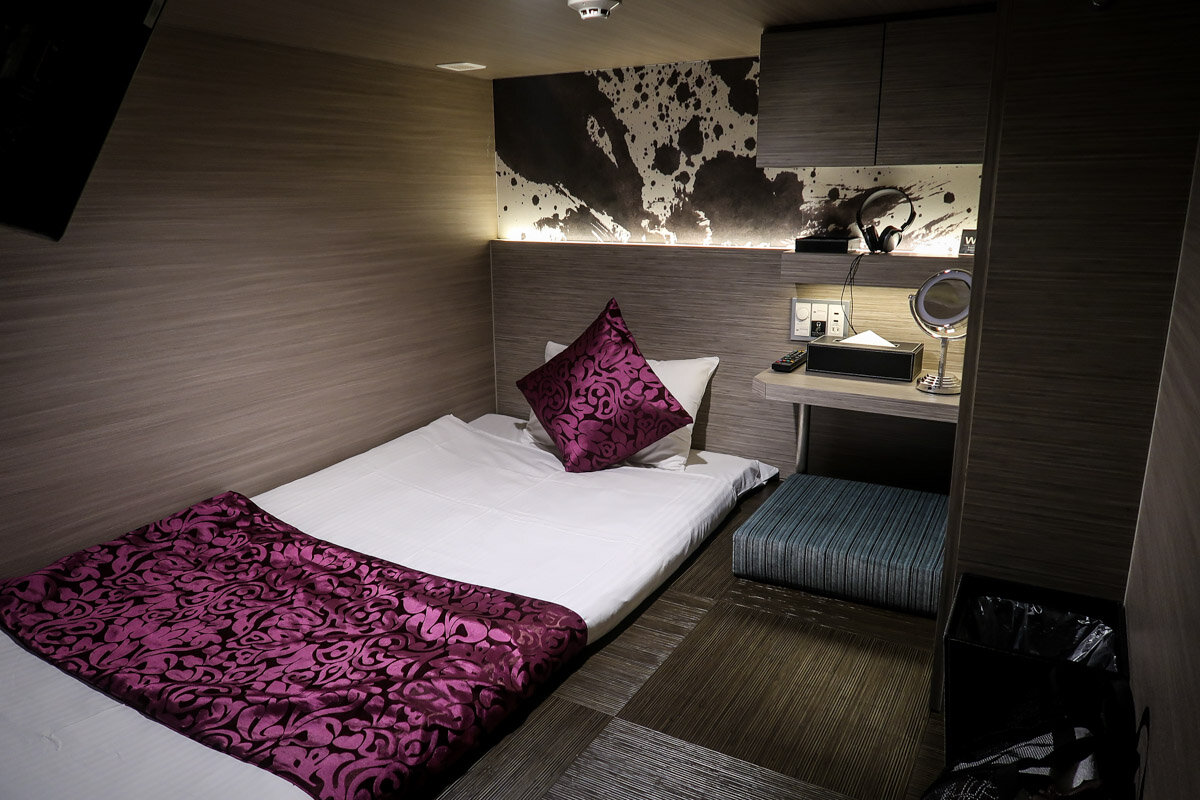
Example prices for accommodation in Tokyo
Being that Tokyo is incredibly dense and space is scarce, prices are high for what you get. Your Tokyo hotel will likely be some of the most expensive on your trip. Here are some examples of what you can expect when it comes to cost of a hotel room in Tokyo.
- Budget: ¥8,600 for a dorm bed in a cheap hostel ( around $60 USD )
- Mid-range: ¥22,000 – 38,000 for a private room in a guesthouse or cheap hotel ( around $120 – $250 USD ); Note: the cost will vary a lot depending on the location and the time of year
- High-end: ¥65,000+ for a Western style hotel or ryokan ( around $440 USD and up )
Actual Japan hotel costs
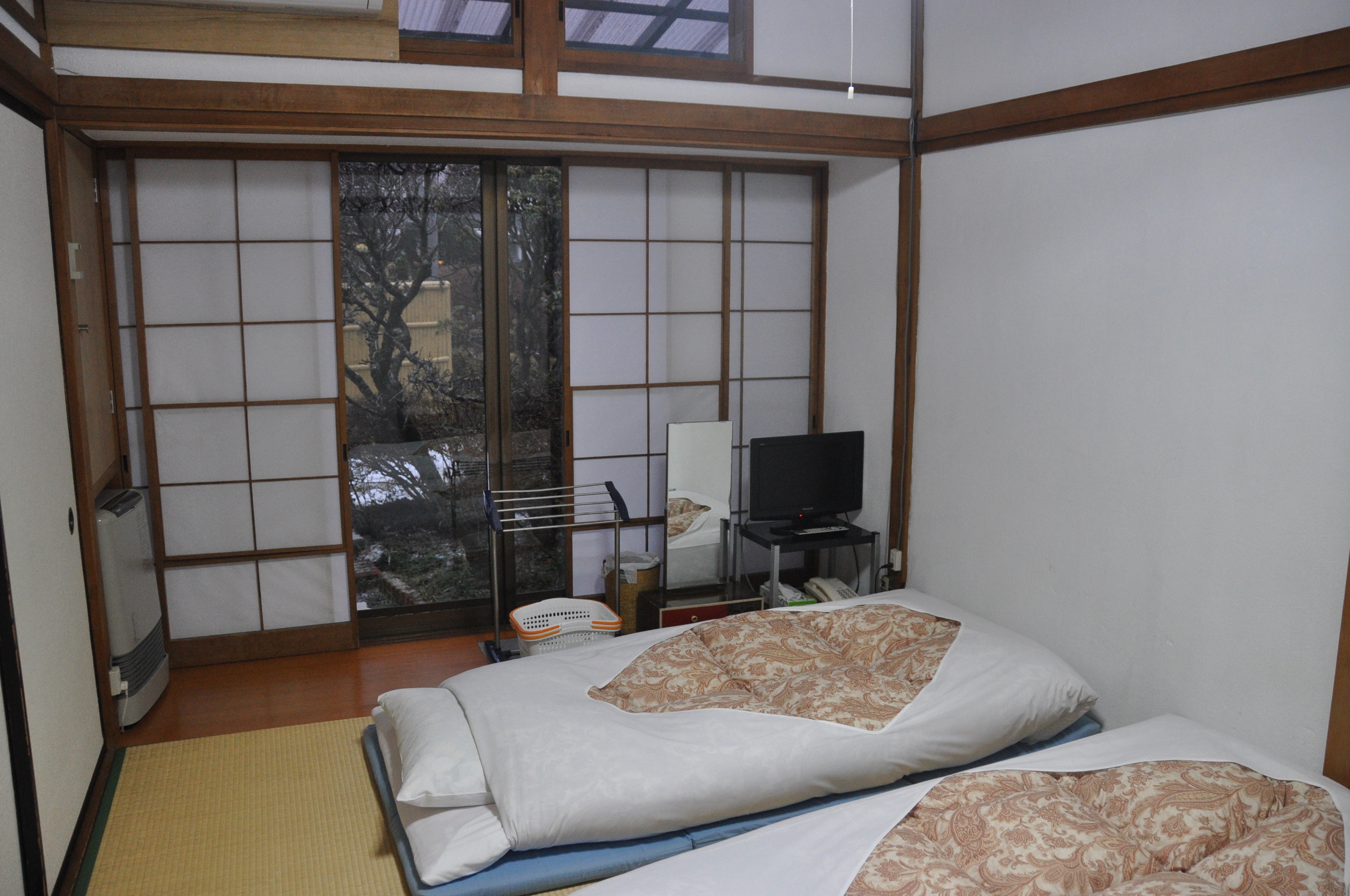
These are actual per night prices we have personally paid for accommodation in Japan:
- $30 capsule hotel in Osaka (note that is $30 for each of us, so $60 total )
- $32 bed in a dorm in Toyama (note that is $32 for each of us, so $64 total )
- $75 private room in a hostel in Matsumoto with shared bathroom
- $100 room in a lovely guesthouse in Takayama with a shared bathroom
- $105 tiny hotel room outside of Tokyo city center
- $114 simple room with shared bathroom on the Nakasendo Trail (including wonderful dinner & breakfast)
- $214 tiny but well-located hotel room in Shibuya
- $213 onsen lodge in Nikko National Park (including amazing breakfast)
- $226 temple stay at Koyasan , which included an incredible dinner and breakfast
- $250 wonderful hotel in Kyoto
- $290 glamping stay near Mount Fuji during peak leaf peeping season
- $324 huge hotel room a bit outside the city center in Tokyo
As you can see, there is quite a bit of variance. We’ve paid anywhere from $60 to $324 per night while in Japan.
Entertainment costs in Japan
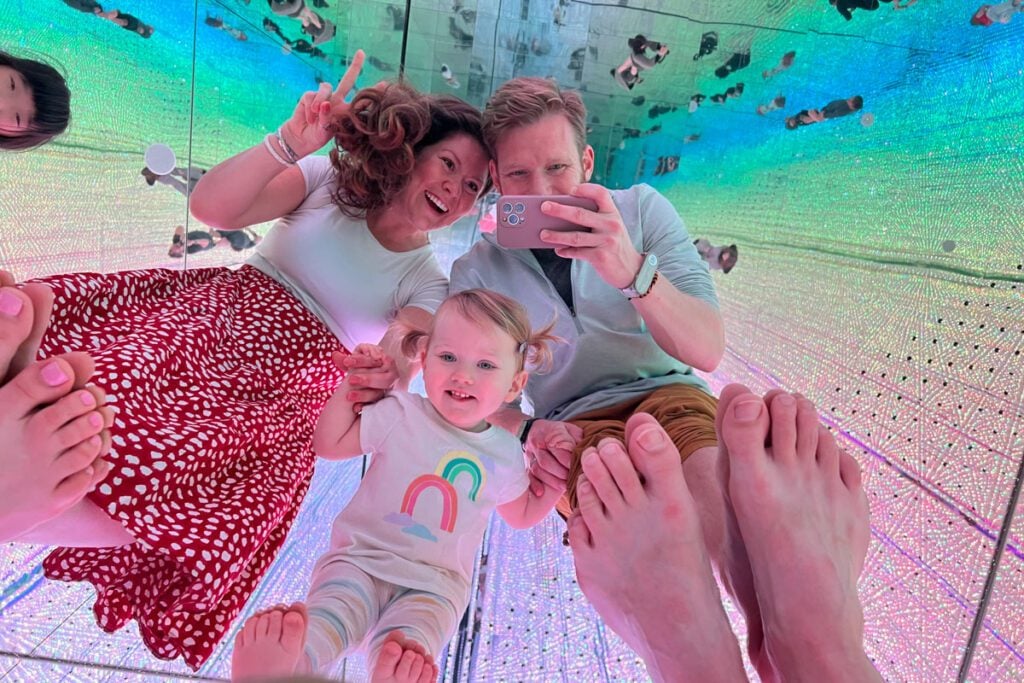
Japan is full of epic nature, crazy things to do that you can’t find anywhere else in the world, and meaningful cultural experiences.
It would be a shame to let your budget limit your experiences in Japan; however, we know all too well that it’s easy to get carried away and spend a fortune without realizing it.
Our best advice for keeping your entertainment costs down is to plan ahead for what big activities you definitely want to do.
Cheap things to do in Japan
- Jigokudani Snow Monkey Park : Visit the park where snow monkeys soak in their very own natural hot spring. Park entrance: ¥800 (~$5)
- Osaka Castle : Enter the 8-story castle surrounded by two moats built in the 15th century. Entrance cost: ¥600 (~$5)
- Hiroshima Peace Museum : Learn about the devastation and rebuilding of Hiroshima after the atomic bomb in WWII. Entrance cost: ¥200 (~$1.70)
Mid-range activities
- teamLab Planets : Immerse yourself in one of the coolest digital art museums in the world. Entrance: ¥4,000 (~$26)
- Shibuya Sky Observatory : Get one of the best views over Tokyo at this beautifully-designed observation deck. Entrance: ¥2,250 (~$15)
Splurge experiences in Japan
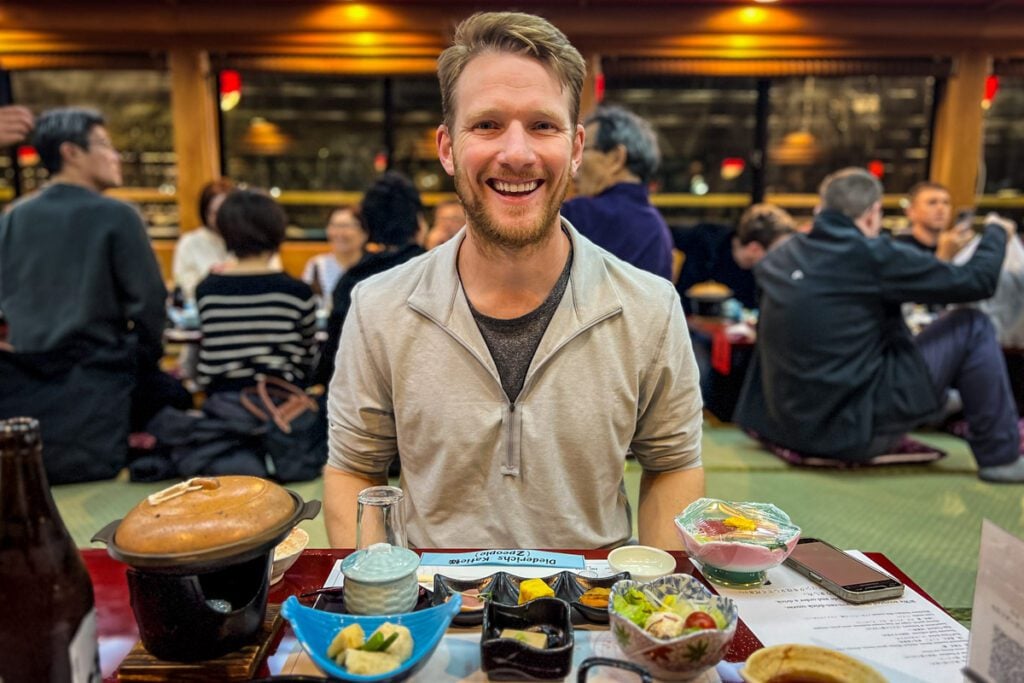
- Arigato Food Tour : walk around a historic neighborhood with a local guide sampling food and drinks from local shops. Tour costs: ¥25,000 (~$170)
- Add on Express Pass : We’ve personally never been (yet!), but we’ve heard that the Express Pass is the ONLY way to go to Universal Studios because otherwise you’ll spend a good portion of the day waiting in line. Express Pass cost: ¥19,000 – ¥26,000 ($125 – $170) + the cost of your Universal Studios ticket ( Prices for the Express Pass vary based on the day/demand.)
- Mount Fuji day trip : See the most iconic views of Mount Fuji on a guided tour that’ll get you back to Tokyo by dinnertime. Tour cost: ¥12,000 ($82)
- Magical Trip Bar Hopping Tour : Take an evening out with a local guide and see Japan’s nightlife. Tour cost: ¥16,000 ($105)
- Tokyo Dinner Cruise : Enjoy a traditional Japanese meal while cruising down the Sumida river in a boat past the city’s most iconic sights. Tour cost: ¥15,000 ($100)
Powered by GetYourGuide. Become a partner.
Internet costs in Japan
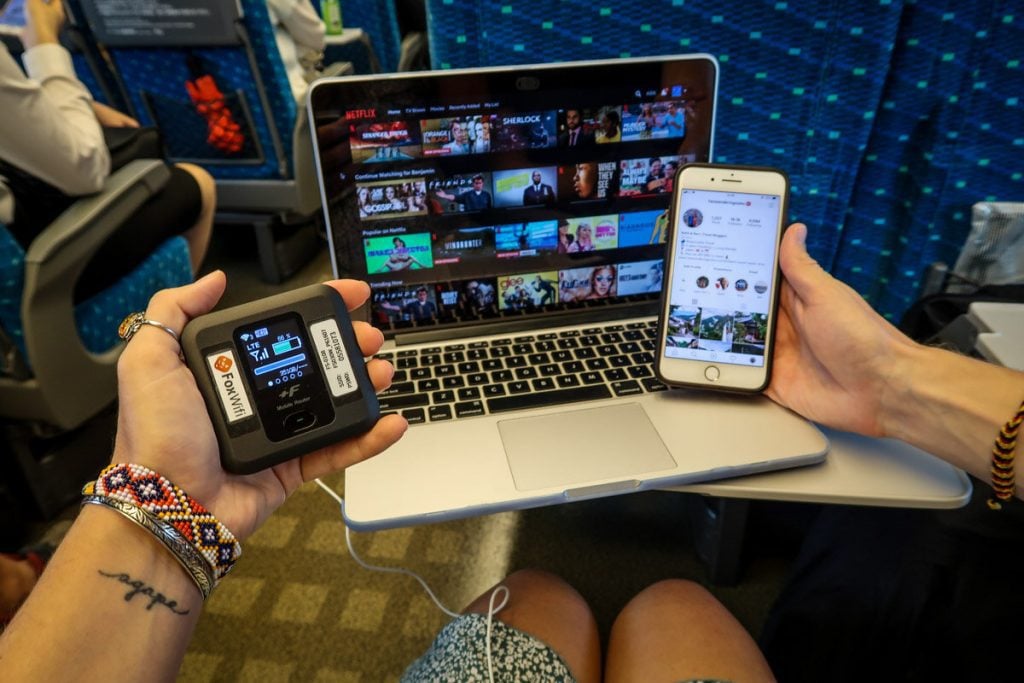
You can choose to either rent a WiFi hotspot (which everyone in your travel party can connect to) or you can each get virtual SIM cards.
WiFi Hotspot
Depending on how many days you rent it for, a WiFi hotspot will typically cost between $6 – $9 per day . Again, everyone in your travel party can use it so this is not a per person price.
The company we get eSIMs through (Airalo) offers the following plans:
- 5G for 30 days: $11.50
- 10G for 30 days: $18
This will be a per person cost since you’ll each want an eSIM on your phone.
Not sure which is best? We have an article that compares WiFi hotspots and eSIMs . We’ve used both but think there’s a definite winner for most travelers!
Miscellaneous costs in Japan
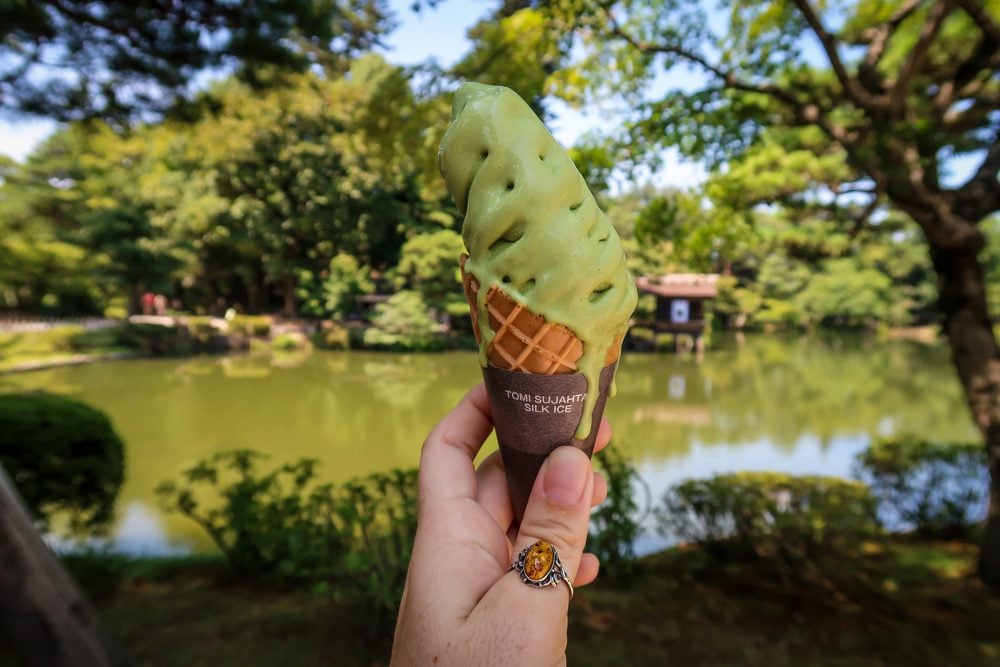
This category will vary greatly from person to person based on your travel style and priorities.
If you drink alcohol, coffee, matcha, plan to get souvenirs, or snacks, here are some average prices to know:
- Sake at a restaurant: ¥500 – ¥700 ($3.30 – $4.60)
- Bottle of nice(ish) sake: ¥1,800 ($12)
- Cocktail at a speakeasy: ¥2,000 ($13)
- Coffee: ¥500 ($3.30)
- Matcha: ¥500 ($3.30)
- Souvenir t-shirt: ¥2,500 ($17)
- Souvenir Japanese chef knife: ¥18,000+ ($120)
- Ice cream cone: ¥300 ($2)
- One piece of fresh mochi: ¥200 ($1.30)
- Packaged pastry at konbini: ¥200 ($1.30)
General tips for budgeting for Japan
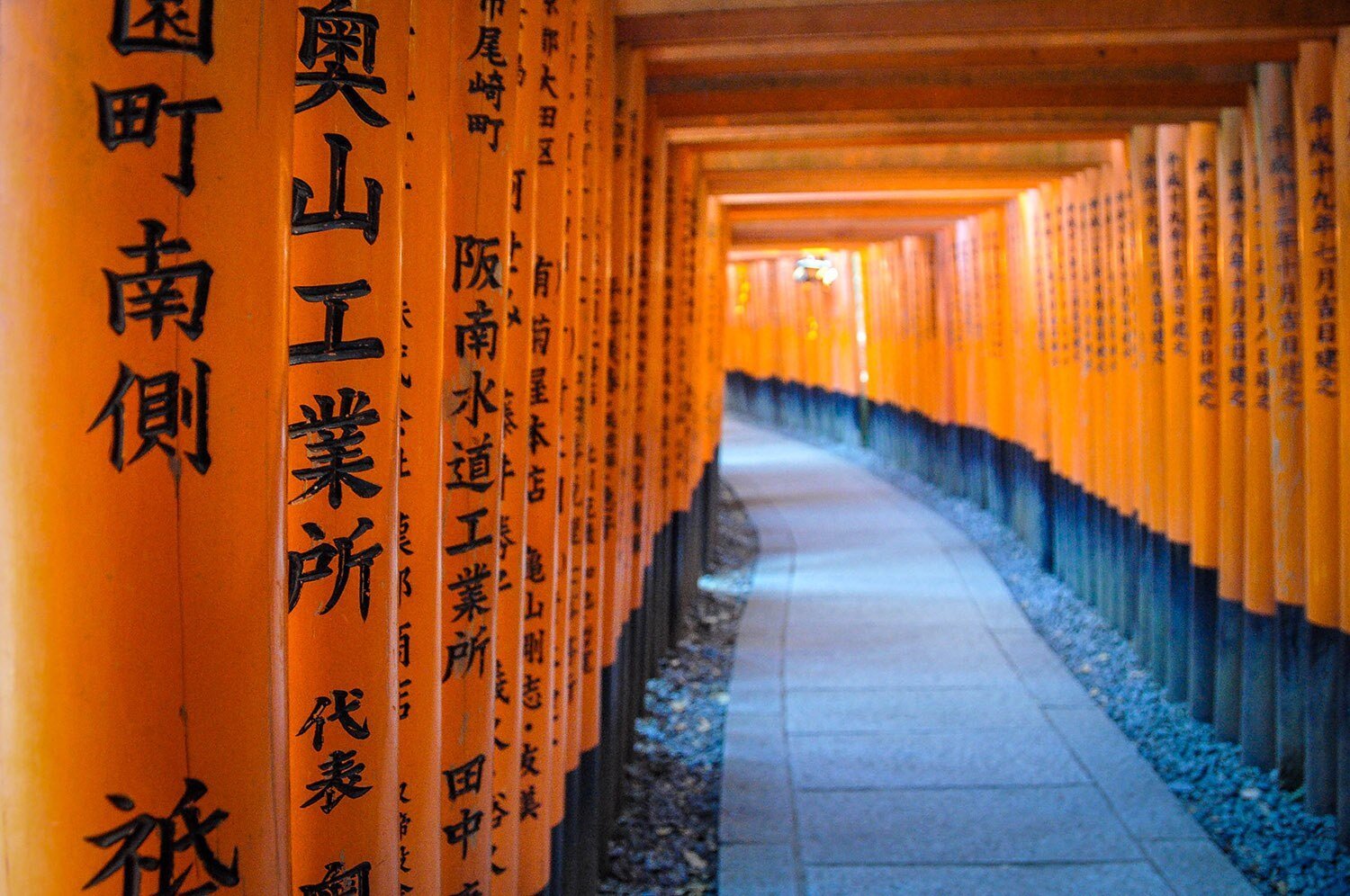
Below are some general tips for budgeting in Japan. We also have a complete article about traveling Japan on a budget that includes tons of money-saving tips for every aspect of your trip!
1. Set a budget and keep track of your spending
The very first thing we do before any trip is to create a personalized travel budget . We research average costs in that country, take our travel style into consideration, and come up with a daily budget we’d like to stay beneath. We’ll multiple that out by how many days we’ll be traveling, and we like to add a little extra for a “cushion”.
Now that we have a dollar amount in mind, we plug that into a budget-tracking app (we like Trail Wallet, but there are many great ones out there!).
During our travels, we get in the habit of recording every single expense. It takes a bit of getting used to at first, but we’ve made it into a game of sorts and it becomes a challenge for us to stay beneath our daily “allowance”.
And remember, it’s all about balance. If we go over our budget today, we will try to make up for it tomorrow.
Tracking our expenses has become an integral part of how we stick to a budget. And honestly, getting into this habit is the biggest tip we can offer for anyone out there who wants to make travel a reality when you don’t have unlimited funds (wouldn’t that be nice?!).
2. Avoid traveling during peak tourist season
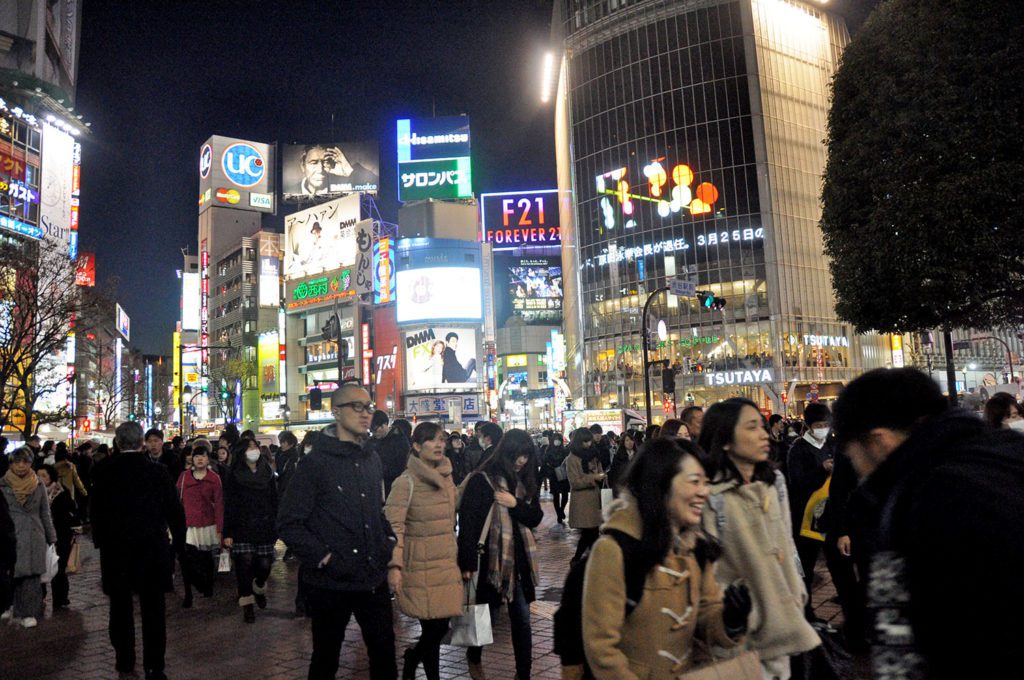
I’m going to come right out and say it: Traveling to Japan during cherry blossom season is definitely a bucket list trip, but it is going to come at a premium price.
If you want to travel to Japan on a budget, this is not the time to do it.
You’ll also want to avoid major events like the Olympics in Tokyo, and around New Years, which is a popular time for locals and foreigners alike to travel around the country.
To learn more about how to avoid peak tourist season and when you should go instead, read up on the best time of year to visit Japan .
3. Withdraw money from ATMs (for free!)
One major question we get asked is how we get local currency in the countries we visit. We have a major hack for this, so listen up…
No matter where we are in the world, we get the currency by withdrawing from ATMs. This will give you the best possible exchange rate.
We almost never get currency from exchange booths (especially the ones at airports!) because they seriously rip people off. And even if you get currency from your home bank, you’ll be paying a premium for the exchange.
So how do we avoid those pesky ATM withdrawal fees?
Let me introduce you to the Charles Schwab debit card! Free to set up, no annual fee, AND they reimburse ALL ATM FEES at home or abroad. It is an insane deal.
Before we had this card, we used to try to calculate the exact amount of money we’d need for the trip so we didn’t have to take out money multiple times and thus get charged for each withdrawal. This led to us carrying around a huge amount of cash (which never felt safe), or us trying to spend as little as possible the last couple of days so we wouldn’t have to take out more.
Now, we can take out smaller amounts whenever we need it because it is FREE.
We are not affiliated with Charles Schwab in any way, and we don’t make commission by recommending them. We just love our card so much that we want to share the love!
We’d highly recommend it to any of our American readers.
Note: For all our non-American friends, we are in the process of trying to find similar cards that allow free ATM withdrawals from other countries around the world. Let us know if you have any recommendations!
4. Drink water from the tap
I’m gonna keep this one short because hopefully it doesn’t require much explaining. The tap water in Japan is totally safe to drink, and for the most part it tastes good too! Bring a reusable water bottle (we love our Hydro Flasks ) with you and fill up to stay hydrated!
Not only is this going to help your budget, but you’ll save a ton of plastic waste . Virtual high five!
5. Stay connected to the Internet

This might seem like a strange tip, but stick with me…
Being connected to the Internet will help you get around on transportation with few mistakes, hence avoiding those extra swipes on your metro card. See which transportation apps we definitely recommend you download ! It will also help you find nearby restaurants and filter through the expensive ones.
We have an entire article that goes over the differences between a SIM card and a pocket WiFi device so you can choose which one is best for you. (Spoiler alert: We prefer a pocket WiFi, but most travelers will get along just fine with a SIM card.)
Insider Tip: If you’re traveling with a companion and you’re on a tight budget, the cheapest way to stay connected is getting one SIM card. That way you can split the cost, yet still have access (on one device) to translate and transport apps that are essential on your travels. The second cheapest option is to get a hotspot device, which is cheaper than the cost of 2 SIM cards, yet allows you both to connect devices at the same time.
6. Be careful with your coins
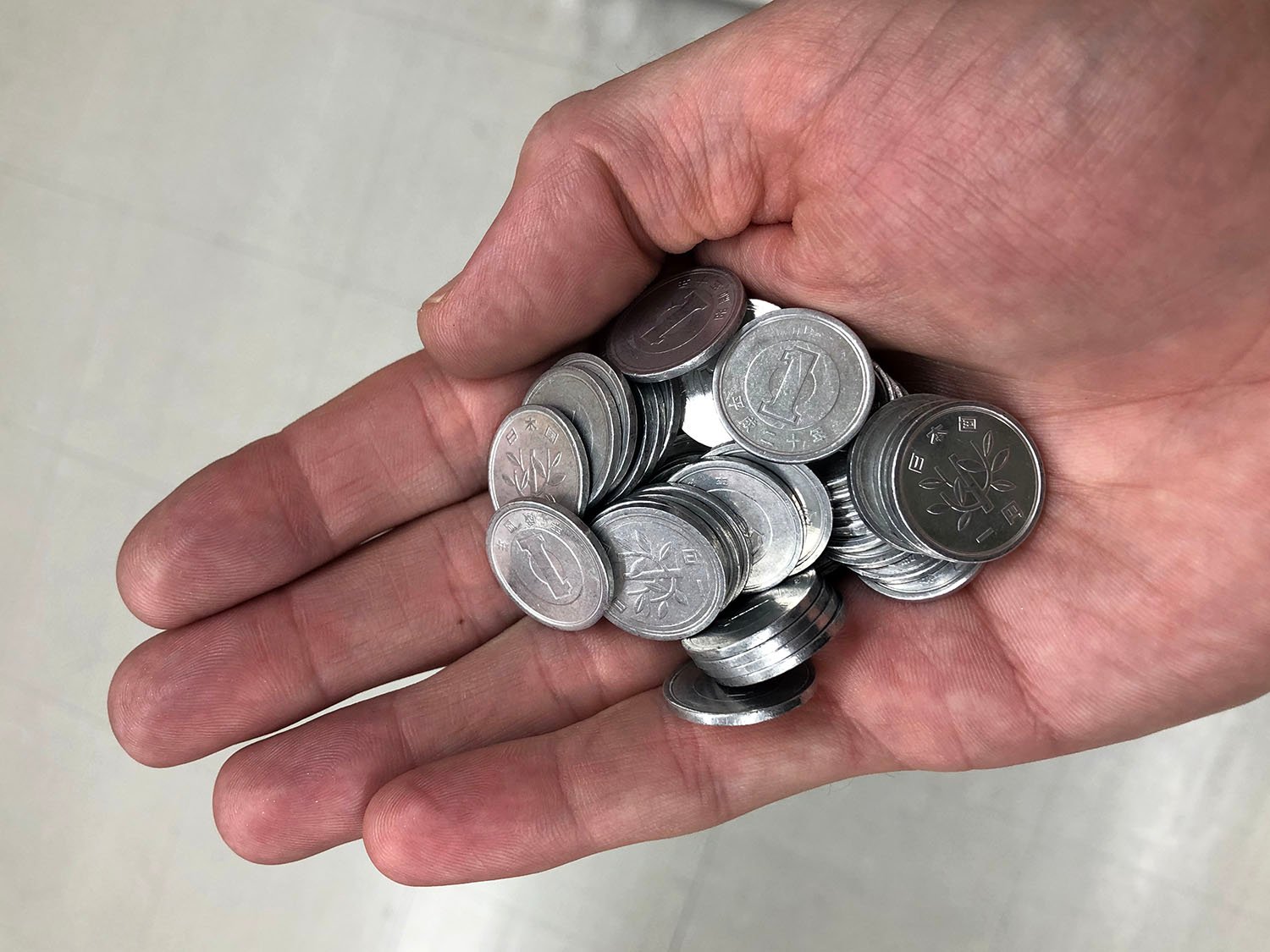
I don’t know about you, but I’m not very careful with coins. Ben throws them in his pockets, we set them on hotel nightstands, I let them get lost at the bottom of my purse. And if I lose a handful of change, it’s usually not a big deal — missing 67 cents isn’t going to ruin my day.
But when traveling in Japan, be more cautious with those yen coins because some of them are worth nearly $5 USD!
As an example, we were preparing to exit a train, and when Ben stood up, a coin fell out of his pocket and into the seat. He dug around for it a little, and found that it was a 500 yen ($4.60 USD) coin! Good thing we didn’t just leave it!
That night, Ben emptied his pockets and we counted $32 USD worth of coins — that’s crazy! After that, we decided we should probably not be so cavalier with those coins, and we got a pouch to keep them safe in.
We’d recommend bringing a coin pouch, or getting one in Japan as a souvenir. Bonus points if it has a way to separate the small coins from the ones that are worth more!
7. Get travel insurance
It’s never fun to think about something going wrong on your trip, but let’s get uncomfortable for a moment…
A medical emergency, stolen valuables (though this is highly unlikely in ultra-safe Japan!), or missed flights can all leave you with a gigantic bill.
Travel insurance is actually much less expensive than you might think, and it can ensure you’re protected in some of these situations. For example, we found a policy through Allianz that covers two people for 3 weeks in Japan for just $56!
Before you start shopping for insurance, read this article that goes over all of the things you should look for before you hit “purchase”.
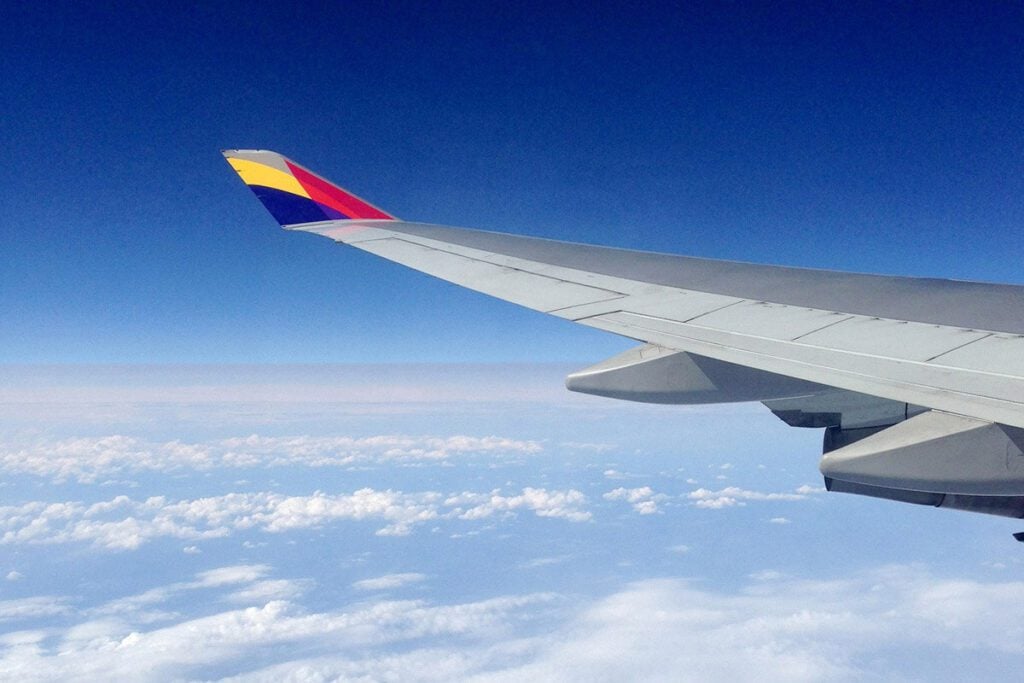
If you’re coming from Europe or North America, your flight to Japan itself is going to be a significant portion of your travel budget. You’re flying halfway around the world, after all, so it is to be expected.
But fear not, we have some hacks for finding airfare that doesn’t make your eyes water. Or you can check out our entire article that explains how we find cheap flights .
Tips for finding a cheap flight to Japan:
1. Experiment with different hubs
If you are simply putting your home airport in the departure destination, you may be missing out on some really great deals.
Play around with setting your departure for a different airport and see what comes up. Sometimes getting two separate flights can save you a lot of money. And truthfully, sometimes the layover times make it not worthwhile at all. You just have to play around a little and see what flights you find.
Theses hubs often have good deals to Tokyo and/or Osaka:
- SFO: San Francisco
- SEA: Seattle
2. Travel during Off-season
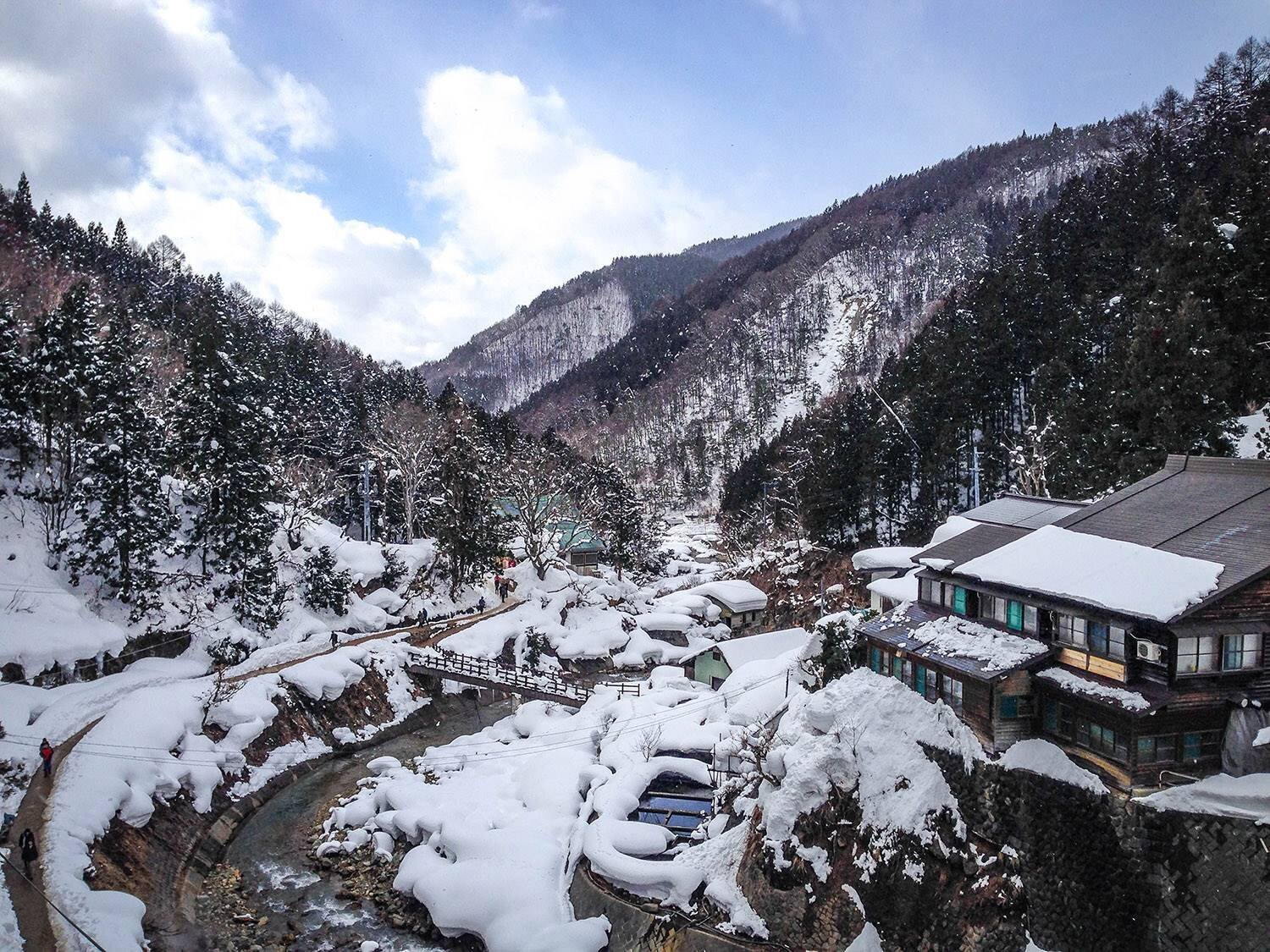
Want to see cherry blossoms in Japan? You, me, and just about everyone else in the world!
Springtime in Japan is beautiful, but also very crowded. This means the demand for flights is at its annual high, and peak prices can be expected. If you fly to Japan during less popular times of the year, like the winter or even late fall, you might be able to snag a steal!
3. Sign up for a mistake fare newsletter and set an alert for Japan
Mistake Fare newsletters (like Thrifty Traveler ) are great because they alert you to ridiculously cheap flights. But sometimes they aren’t to places you’re planning to travel.
Whenever we have a destination in mind, we make sure to log into our profile and set alerts so we’ll be notified if a ticket to Japan, for instance, is ridiculously cheap!
4. Look at flying into Osaka instead of Tokyo
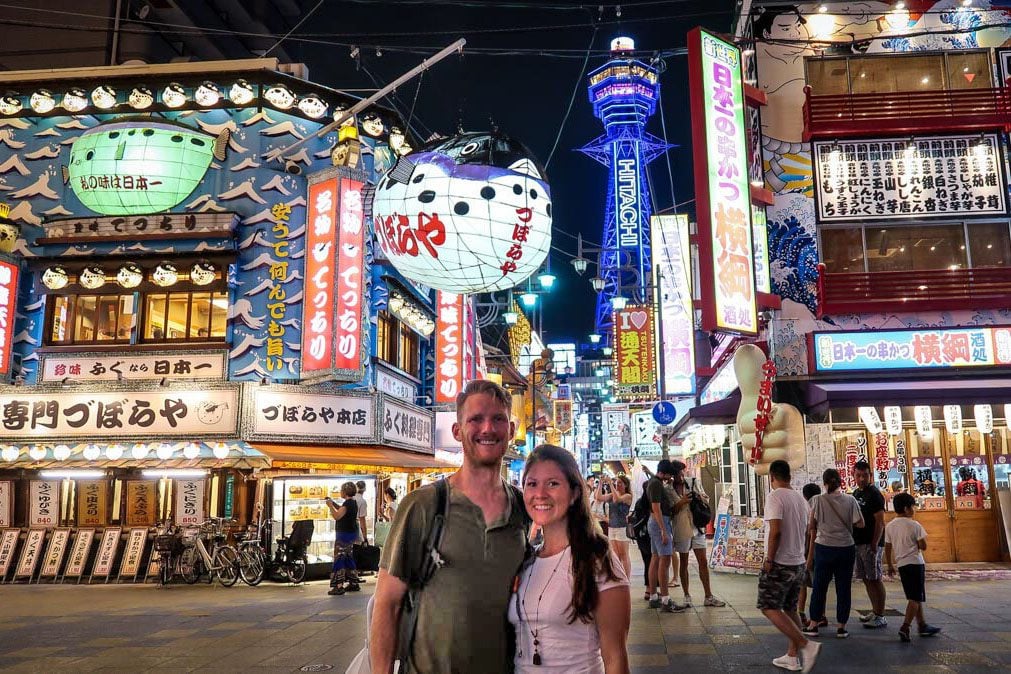
Tokyo might be your first thought when it comes to flying to Japan, but try searching for other international airports as well.
Both times we’ve traveled to Japan, we have actually flown into Osaka because the price was significantly lower. Plus, it’s a great city to use as a hub to make day trips from Osaka .
5. Fly in and out of different cities
If your itinerary is flexible, try different combinations when it comes to where you fly in and out. This can also save you a long train ride if you plan to visit multiple places.
For instance, we wanted to visit both Osaka and Tokyo. Instead of flying in and out of the same city, we flew into Osaka and out of Tokyo, saving us an entire day of travel to get to the airport.
6. Consider signing up for a new credit card
Even if you score a cheap flight to Japan, it’s still going to set you back a good chunk of change. Before purchasing big flights, like this one, we usually think about signing up for a new credit card. Typically there are bonuses if you spend a certain amount within the first months of signing up. And the flight alone should help you get part way there.
Good news: Credit cards are also widely accepted in Japan. True, you’ll need cash for smaller restaurants and shops, but many places take plastic so you can earn points on your trip too!
Note: We are not financial experts, and we cannot give personalized advice. If you are looking into a new credit card, check out this article where we mention some of our favorites.
Want more? Check out more tips for how we find cheap flights around the world !
More resources for traveling in Japan
We have TONS of resources on travel in Japan and destinations throughout the country. Check out our Ultimate Japan Travel Guide for all the answers to your most burning questions, or read some of our favorite articles below!
- Best Time to Visit Japan: When to Go & When to Avoid
- Japan Rail Pass: Where to Buy & Is It Worthwhile?
- Renting a Car in Japan: Essential Driving Tips You Need to Know!
- Japan on a Budget: Money-Saving Tips + Free Things to Do
- One Week in Japan: Best Itinerary for Your First Visit
- Japan Pocket Wifi vs. Japanese SIM Card: Review & Comparison
- Best Japan Travel Apps
- Foods to Eat in Japan: Guide to Japanese Cuisine
- Helpful Japanese Words & Phrases to Know for Traveling in Japan
Be sure to download our complete packing list for Japan ! It’s packed with good suggestions and insider tips to help plan your Japan trip. And it’s completely FREE , so why not!?

Save this article on Pinterest for later!
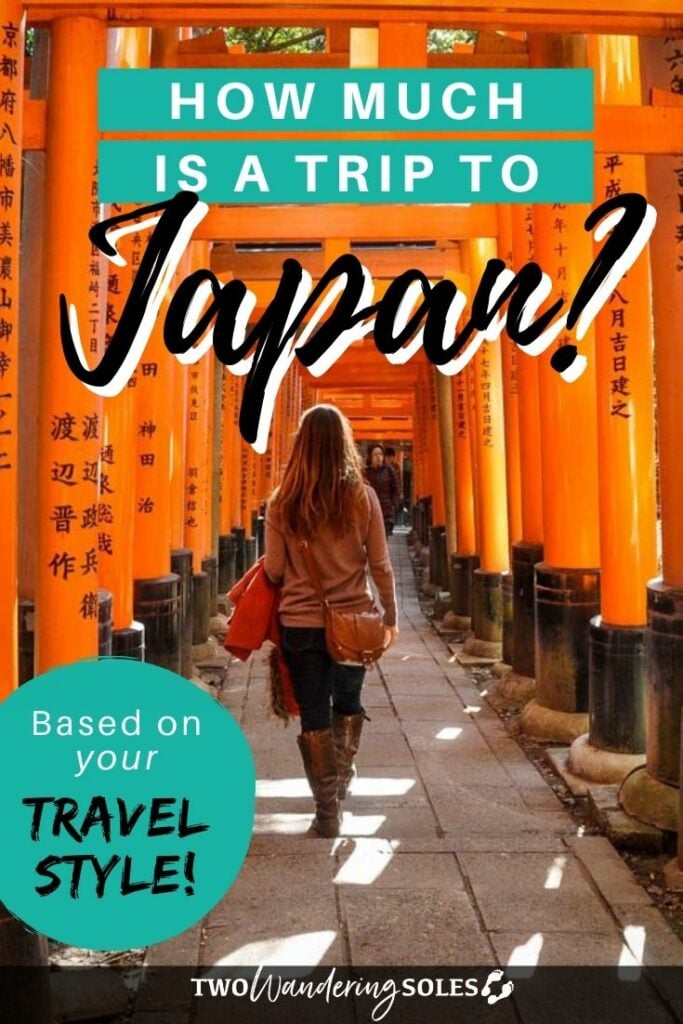
We want to hear from you!
What is your biggest question about costs in Japan? Do you have any money-saving tips you’d like to share? Comment below!
Comments (13) on “ Japan Travel Cost: Exactly How Much is a Trip to Japan? ”
i love japan and its culture. wanna travel there. thanks for sharing this great article.
I am looking for a local agent or plan a trip to Japan for the cherry blossoms minimum 10 memebers
I think that one-week budget is kind of enough to have a good trip to Japan. The thing that concern us most is its costing. The japan is believed to be one of the costliest places to visit but hiring a good travel agent company will let us know how to save our money and travel there in low budget.
Thank you so much for all your helpful tips about Japan. Very cool you’re from MN and studied Jour/Graphic Design – me too! We’ve only travelled overseas for work before and stayed in the same city. If you stay in a hostel or capsule hotel is there a way to safely store your luggage during the day or should we plan to backpack everywhere?
Thank you so much for all of the info and tips! Is Japan credit card friendly or should we plan on using cash for most purchases?
Hi! This is so useful, thanks a lot. Plan to make a trip in may with my husband & 18 yr old son. Appreciate it!
No problem Joe! Glad you found this useful. Have a fun trip!
Notice that you didn’t include the cost of flights!? Is there a reason you excluded this-just wondering how you to/from Japan
Hey, great question. We didn’t include airfare in the budget because we flew from South Korea and our flights were very cheap – less than $300 for a roundtrip. We realize that many (if not most) people using this budget will be flying from much further, so those numbers would not be relevant to them. Flights vary so much on how far in advance you book them to where in the world you’re flying from, and since our readers come from all over the world, it’s hard to give a number in a budget. We decided instead to include only the expenses we incurred in the country so that this budget is useful to anyone no matter where you’re flying from. We should specify this though in the budget, and will make those change shortly. Thank you for pointing this out!
My first trip to Japan was with a band. Our guitarist is Japanes, so we were being directed, but in 2009 I only spent $AUD2,000 over two weeks, and that included airfare. (Jetstar 2 for 1 flights.)
Hey there, that’s great to hear you were able to travel Japan on a budget too! It can certainly be done cheaper than we did, but we wanted to see as much as possible in 8 days, so transportation added a lot of cost! And we were happy with spending just under $1,600 for 2 people 🙂 That said, it has been one of the more expensive countries we’ve visited in the last few years!
Thank you for the amazing advice for japan. I was wondering where did you buy the japan Rail Pass in Korea?
Hi Angela, I’m glad it’s helpful! You can purchase your JR Pass online at http://www.jrpass.com/ . The vouchers are sent via FedEX from France (random!!), and are sent out the day you order them, so they get to you very quickly. We ordered our tickets on a Wednesday. Our flight was on Saturday and we were worried that they wouldn’t make it to us in time, but a package arrived the next day with our tickets! I’d recommend ordering them with a bit more time than we did though just so you aren’t worried! Once you get to Japan, you can then exchange them for the actual pass at any major JR Station. This saved us a ton of money. Hope this helps. Have a great time in Japan!
Leave a Reply Cancel reply
Your email address will not be published. Required fields are marked *
Save my name, email, and website in this browser for the next time I comment.

- WHERE TO GO
- CHERRY BLOSSOMS
- FALL COLORS
Cost of food in Japan + WHERE TO EAT 🍜 PICS 🍜 Spending money for Japan 🍜 Japan travel blog
So you’re trying to figure out how much spending money to bring with you to Japan and how much to plan for your daily budget.

With all the major expenses paid for (flights and accommodation), how much cash should you bring to Japan?!
In terms of thinking about how much cash you need, one of the major daily expenses will likely be food.

What you’ll find below…
Some ideas for where to buy meals or prepared food in Japan:
- convenience stores
- grocery stores
- street shops (with street snacks like okonomiyaki , takoyaki , and taiyaki )
- train station bento box shop
- vending machine restaurants (with Japanese noodles like ramen, udon, and soba )
- regular restaurants
…with prices and pictures!
Some of these options can make for cheap food ideas, and some of these options can make for easy meal ideas.

- Best places to visit for your first time in Japan (including famous views!)
- Where to go to see cherry blossoms in Japan
- Where to go to see fall colors in Japan
- Where to go for winter in Japan
- Where to go to experience tropical Japan
- Where to go for epic snow-capped Mt Fuji views
How much does food cost in Japan for tourists?!

First, the quick and easy answer?!
If you REALLY wanted to, you can find probably find meals for 500 yen (US$5).
But it might not be realistic to consistently eat for less than $5 a meal.
I would say it’s possible, but you’d probably have to put in effort to make it happen.
But you could likely easily survive on $10-15 a meal per person.
Although, this also depends on your appetite.
And if you’re moving around a lot more in Japan compared to home (because you know, Japan requires a lot of walking), then you may end up wanting to eat more food.
But in general, this type of budget of $15 a meal would likely allow you to taste a variety of Japanese food without having to feel like you’re depriving yourself.
Now, examples of food you might eat in Japan below, with prices!
For easy calculation, you can think of 100 yen as being US$1.
Convenience stores
Well, convenience stores in Japan are convenient… and they are also especially convenient for FOOD!
It’s not just junk food and snacks that you’ll find in the convenience stores (you can get that if you want), but you would also be able to buy prepared meals here too.
Offerings will vary by store, and you can also find smaller healthy food items too, like yogurt, fruit drinks, salad.
- Samurai training
- Japanese calligraphy class
- Traditional tea ceremony + you get to wear a kimono!
- Ninja lesson
- Make ramen from scratch!
- Sushi making experience
- Sumo training!

You can also buy a few riceballs that have a variety of fillings, and each one will cost around 100 yen (US$1).

A small sandwich might cost around 200 yen (US$2).

An example of a prepared meal might include seasoned meat with rice for around 500 yen (US$5).

In major cities, you won’t have to walk far for a convenience store.
If you want to check Google Maps for convenience stores near your hotel, examples of some include Lawson’s, Family Mart, and 7-11.
This could also be a good place to load up on snacks if you’ll be climbing Mount Fuji . Also see prices of things at Mount Fuji mountain huts .
Grocery stores
If you’re staying at an airbnb apartment, it could be possible that a grocery store is nearby.
Even if you’re staying in a hotel, there might be a grocery store closer than you think, so ask the hotel staff if there’s one nearby!
So, what makes grocery stores great, even if you have no intention of cooking food for yourself?! (Although, if you’re looking to save a little bit of money and you’re staying at a place with a kitchen, making your own food is another way to get cheaper food!)
Well, at grocery stores, you can find prepared food too!
This could also be a good place to buy a bunch of Japanese food for cheaper to be able to taste a variety of things too.
So instead of heading to a fast food restaurant, you can head to the grocery store to pick up some quick food that can be perfect as a meal.
For the prepared food, if you go later in the day you might be able to find deeper discounts as they are trying to get rid of everything.

You’ll also likely come across a few bakeries in Japan.
This could be a good place to buy some quick snacks to-go, or buy some breakfast food ahead of time too.
You can also find an assortment of breads and sandwiches at grocery stores and convenience stores.

Train station bento box
For more convenience, especially when it’s a transit day and you’re at the train station waiting for your train, you may be able to find a meal that will give you a taste of a variety of Japanese food.
Ekiben = eki + ben
eki = station (like train station), and ben is from ben to (like bento box).
You’re likely to find these ekiben shops at major train stations in Japan.

Vending machine restaurants
You may come across vending machine restaurants as you’re walking around cities in Japan, and then you might see them at some train stations too.
You’ll pick out the food you want, and then you’ll buy a ticket for that at the “vending machine.”
Then, depending on the restaurant, your order will either be automatically put through, or you’ll hand your ticket over to someone at the restaurant.
Then you’ll sit and wait for your food to be ready!
These types of places also tend to be on the cheaper side compared to regular restaurants.

Average restaurant meals
And then there’s the regular restaurants.
You can find them as you’re walking around!

And you may also find a sort of underground network of restaurants.
A couple of places you can find these “underground restaurants” is at places like major train stations and department store buildings.
In general, you can say a regular meal might cost around 1,000 yen (US$10), and then prices will go up from there depending on how nice of a restaurant it is.

And then…
Even more restaurants and cafes as you’re walking around Japan!
As you’re walking along the streets of Japan, you will come across loads of restaurants that range in price range and offer a variety of Japanese foods for you to try!

Japanese teahouse
With Japan being known for green tea, be sure to stop by a Japanese teahouse too!
Some convenient ones in Kyoto might be making a visit to the Nijo Castle teahouse as part of a one day Kyoto bus pass , the Okochi Sanso teahouse as part of your one day in Arashiyama , or the Ginkakuji tea garden as part of the philosopher’s path culture walk !

HAPPY EATING JAPANESE FOOD!

Here are ideas for 5 days in Kyoto !
- Day 1: Top tourist spots with one day Kyoto bus pass
- Day 2: Fushimi Inari Shrine hike through 1,000 torii gates
- Day 3: Philosopher's Path walk
- Day 4: Arashiyama and Sagano
- Day 5: Kurama Kibune Ohara with one day pass
PLUS Kyoto cherry blossom itinerary and Kyoto fall colors itinerary !
Is a jr pass worth it.
- Google maps can make it easy to figure out whether or not you should get a JR pass!
- In google maps, type in your departure and arrival city, and choose the transit icon. The route will come up, and so will the estimated cost at the bottom!
- Here is an example of a train route with cost on google maps.
- So do that for all of your long distance routes to figure out how much it might cost.
- Next, go here to see how much a JR pass costs from an official JR pass vendor (and partner of this website).
- And compare!
- Not all forms of public transportation are JR, but long distance shinkansen bullet trains are, and that's where the most cost savings will come.
Best of Kyoto (and Japan!)
- Best temples to visit in Kyoto
- Japanese gardens in Kyoto
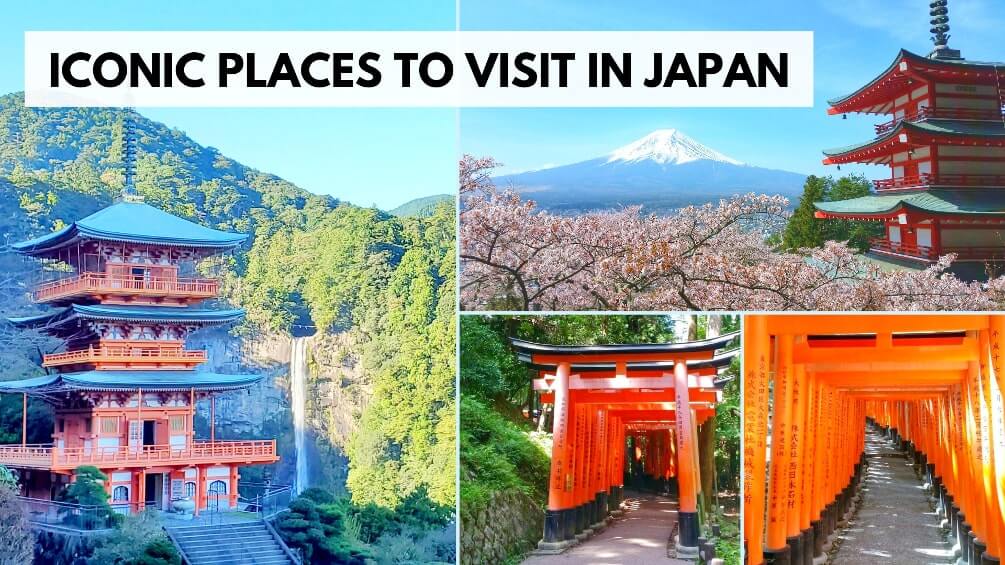
Budget Travel - Food
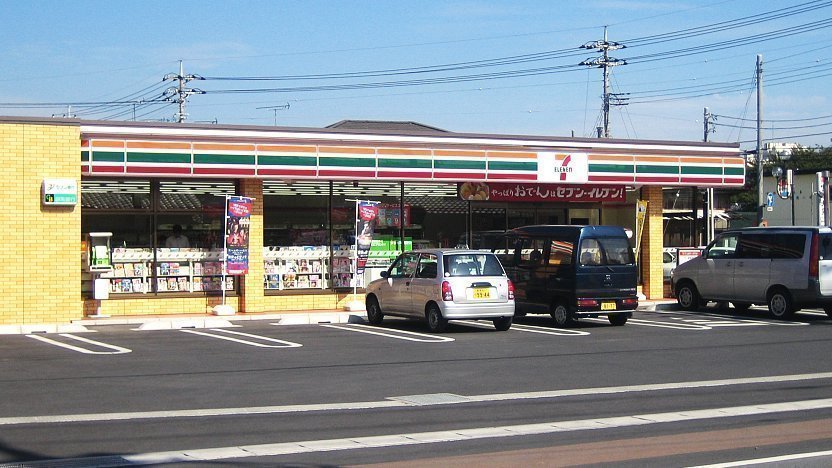
It is not necessary to starve yourself to save money when traveling in Japan, as it is easy to find a wide selection of cheap, quality meals throughout the country. The extremely budget-conscious could thrive on as little as 2000 yen per day on food without sacrificing much variety or their health.
Also when shopping around for accommodation , consider hotel and tour packages that include meals with the stay. Minshuku and ryokan usually include both dinner and breakfast, hotels tend to have various meal plans, and business hotels , manga cafes and capsule hotels often include a complementary, light breakfast.
Finally, consider making lunch your main meal. Many restaurants offer inexpensive set menus (teishoku) for around 1000 yen during the lunch hours, while lunch boxes (bento) are available for around 500 yen. Higher-class restaurants also have less expensive lunch options, making it a great way to check out places that may otherwise be outside of your budget.
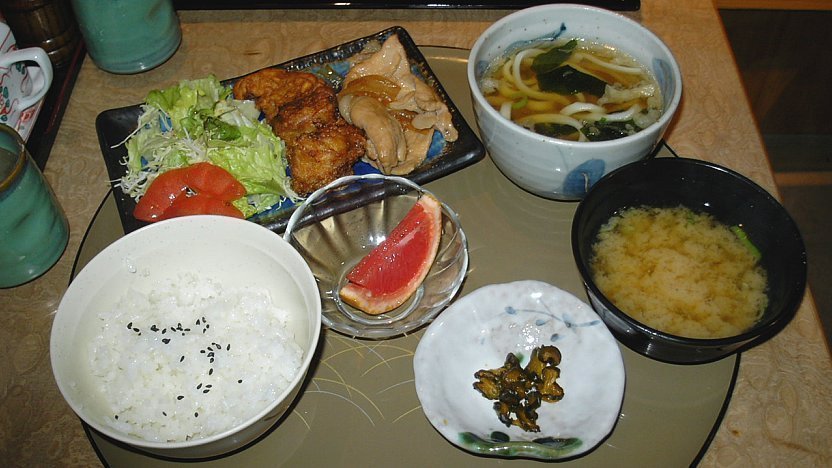
The following are some ways of having an inexpensive meal:
Convenience stores are open 24 hours a day and can be found virtually anywhere in Japan, resulting in inexpensive meals always being close at hand. Convenience stores offer a selection of fresh sandwiches and rice balls (onigiri), snacks, sweets, bakery items, sushi , noodles, lunch boxes, alcohol and other drinks. Thanks to the fierce competition between convenience store chains, the quality of many food items is surprisingly high.
Japanese supermarkets are comparable to those found elsewhere in the world and offer much of the same items including fresh fruits and vegetables , seafood, meat, canned and dry foods, drinks, alcohol and prepared foods. Imported foods are also widely available, but expect them to be more expensive than back home. While easily found in the suburbs and smaller towns, (normally priced) supermarkets are rare in the centers of large cities. Note that many supermarkets begin to mark down their unsold lunch items around 14:00 and other prepared foods from around 19:00. Discounts start off at a modest 10-20 percent, but progressively increase and may end up as high as 50-70 percent.
Japan has a lot of international fast food chains such as McDonald's and Kentucky Fried Chicken, as well as many Japanese chains that specialize in one type of dish such as gyudon , udon , soba , ramen , curry or boxed meals (bento). Among these chains are the Yoshinoya, Sukiya, and Matsuya gyudon chains, Hanamaru Udon, Coco Curry House, and the Hokka Hokka Tei and Hotto Motto lunch box chains. Low-budget conveyor belt sushi chains could also be listed under this category. The cost of a meal rarely exceeds 1000 yen per person.
Family restaurant chains, such as Gusto, Coco's, Royal Host, Joyful and Denny's, offer a wide variety of Western and Japanese dishes, while Saizeriya is popular for its cheap and filling Italian food and Bamiyan for its Chinese dishes.
Especially during lunch hours the competition is fierce among restaurants in large business districts, resulting in competitive prices for filling set meals (around 1000 yen) or lunch boxes (around 500 yen) the latter of which are sometimes sold at temporarily erected stands. Large business districts and busy railway stations also usually offer a wide range of small fast food restaurants where you can easily have a full meal for under 1000 yen.
Explore Japan's unique lineup of alcoholic drinks that are cheaper than beer , such as imitation beer (happoshu and 3rd genre beer), shochu (distilled spirit made from rice, sweet potatoes, wheat or sugar cane) or chuhai (shochu based cocktails with various flavors). Alcoholic drinks tend to be cheapest at liquor stores, convenience stores and supermarkets .
Budget Travel Guide
Questions? Ask in our forum .

Travel, culture, and stories from Japan.
The japan vacation budget calculator.

I love researching the best places to go when I go on holiday, especially when it’s in Japan. I love planning, and I love knowing I’ve got the money to do it all. But I can absolutely see that for some people, calculating all of the potential costs associated with a vacation to Japan seems like their worst nightmare.
Well, now you don’t have to! I’ve built a Japan vacation budget calculator to do all the hard work for you. Either compare your holiday’s actual spending to your initial budget or plan everything out beforehand and find out how much money you’ll have left to spend on fun things!
Halfway down this page, you’ll find that calculator and I hope it’ll change the way you plan your trips to Japan!
Table of Contents
Why You Need a Budget in Japan (5 Reasons)
Before you use the Japan trip cost calculator, let’s run through a few reasons why you actually need a budget in Japan (Even if that yen is burning a hole in your pocket!) and why I made it in the first place.
If you’re dreaming of savoring sushi in Tokyo, meditating in serene temples, or getting lost in the vibrant streets of Kyoto, then Japan is calling your name. As a seasoned adventurer and as someone who lives here, I can vouch for the incredible experiences that await you in the Land of the Rising Sun .
However, there’s one essential tool that’ll make your Japan trip even more unforgettable and stress-free: a budget! Actually sitting down and making a budget sounds a bit boring to me, so instead I made something that does it all for you!
Here are just a few reasons why having a budget will make your trip to Japan just that little bit better.
1. Making the Most of Your Yen
Let’s face it – Japan isn’t the cheapest destination on the map. While it offers an array of experiences that are worth every penny, you want to make sure your hard-earned money goes where it matters most – creating memories, not going down the drain.
By having a budget, you’re putting yourself in the driver’s seat of your spending. You’ll know exactly how much you can allocate to flights, accommodations, food, activities, and shopping. This way, you can focus on the things you’re truly passionate about, whether it’s riding Japan’s last sleeper train or skiing on Mount Fuji , without worrying about overspending.
2. Avoiding Post-Trip Regrets
So you’ve had this incredible time in Japan and have all these fantastic memories, and then you return from your magical Japan adventure, only to be greeted by an alarming credit card bill. Ouch!
That’s the last thing you want after having such an awesome trip.
Budgeting in advance helps you avoid those post-trip regrets and the unpleasant surprise of a depleted bank account. By planning your expenses, you’ll have a clear idea of your financial boundaries throughout the trip, ensuring you don’t overspend and end up with a mountain of debt when you return home.
3. Unleashing Your Adventurous Spirit
Here’s a little secret – budgets aren’t about killing spontaneity; they’re about empowering it! Once you’ve used the Japan trip cost calculator and you know how much you can spend on various aspects of your vacation, you can embrace your adventurous spirit fully (and buy all the Pokemon cards in Tokyo that you want ;)).
Imagine being able to say “yes” to that thrilling helicopter ride over Hiroshima or indulging in a Michelin-starred dining experience without guilt. With a budget as your trusty guide, you’ll feel liberated to explore Japan in all its glory, knowing you’ve got your finances under control.
4. Discovering Hidden Gems and Local Experiences
One of the most incredible aspects of traveling is uncovering hidden gems and immersing yourself in local culture. Japan has this in bucketloads!
The beauty of budgeting is that it encourages you to seek out these authentic experiences that often cost little to no money at all.
From strolling through quaint alleyways to stumbling upon a traditional festival, Japan has a plethora of magical moments waiting for you. The latter of which has happened to me in Kyoto before!
A budget helps you prioritize these local adventures, making your trip more meaningful and unforgettable.
5. Creating Lifelong Financial Habits
Last but not least, budgeting isn’t just a travel skill; it’s a life skill that you’ll carry with you long after your Japan journey. Maybe it’s not entirely relevant to your trip, but learning how to manage your money effectively, set financial goals, and stay accountable are invaluable habits for your future endeavors, whether they involve travel or not.
With a budget in hand, we’ll make the most of every yen, embrace our adventurous spirits, and craft memories that’ll last a lifetime.
How can you set a budget for Japan as easily as possible? By using the Japan trip cost calculator underneath!
How to use the Japan vacation calculator
So! It’s time to get to the fun part, the Japan Travel Cost Calculator – your ultimate tool for planning an unforgettable trip to Japan!
Follow these simple steps to gain valuable insights into your travel expenses. And no need to worry if you’ve already been, you can use it as a retrospective calculator to see how your initial budget matches your actual spend.
If you haven’t been yet, it’s a great way to get your head around some of the finances. A lot goes into planning a holiday, especially somewhere like Japan.
It’s all too easy to spend way more than you thought!
This calculator will show you how close you stuck (or will stick) to your initial budget, and let you know the actual cost of your holiday to Japan vs your original budget.
- Select Your Currency and Exchange Rate: Begin by choosing your preferred currency from the dropdown menu. Enter the current exchange rate to Japanese Yen (JPY) or the rate you exchanged your currency for yen. All subsequent inputs will be in your chosen currency, making it easy for you to manage your budget comfortably.
- Input Your Ideal Overall Budget: Enter your ideal overall budget for the entire trip. Don’t worry if it’s not exact; you can always fine-tune it later after the calculations have been made.
- Estimated Flight Costs: Add the expected flight costs per person. This will give you a clear picture of the flight expenses, ensuring you stay well within your budget.
- Consider Hotel Costs: Include the cost of hotels per night for all travelers. Ensuring comfortable accommodation within your budget is crucial. Plus, Japan can be overwhelming and there’s nothing like coming back to a nice relaxing room!
- Calculate Daily Transport and Food Costs: Estimate the expected daily transport and food costs per person. Even a rough estimate will do if you haven’t finalized your itinerary yet. $20-$30 per person should easily cover you for an average day’s traveling.
- Ensure You’re Covered with Travel Insurance: Don’t forget to add the total cost of travel insurance. Having comprehensive travel insurance ensures peace of mind throughout your trip and really isn’t worth skimping on.
- Account for Miscellaneous Costs: Miscellaneous costs can be diverse, ranging from airport parking to pre-booked trips and other expenditures. Make sure to include these costs to have a complete overview of your budget, and be as thorough as you can.
- Specify the Number of Travelers and Trip Duration: Enter the number of travelers joining you on this adventure and the number of days you’ll be exploring Japan.
- Hit Calculate and Uncover Your Insights: With all inputs in place, click the “Calculate” button, and let the magic unfold. Discover valuable insights into your trip costs, including the total estimated expense, a detailed cost breakdown, and any budget left over for extra exploration!
Let’s talk a little bit about those insights and how to understand what they mean.
Your Trip Cost
Upon entering your travel expenses and clicking the “Calculate” button, the Japan trip cost calculator instantly provides you with a comprehensive overview of your estimated total trip cost. The magic happens as the calculator considers essential elements like flight expenses, hotel costs, daily transportation, food, travel insurance, and miscellaneous expenses.
The total trip cost is displayed in your selected currency, such as USD, GBP, or EUR, and simultaneously converted to the Japanese Yen (JPY) for your convenience. This yen conversion allows you to have a clear understanding of the local currency, enabling seamless financial planning while in Japan.
In the case where the total cost exceeds your initial budget, the calculator promptly notifies you, prompting an opportunity for reevaluation and adjustments to align your expenses with your planned budget effectively.
Conversely, if the total cost falls within your budget, you’ll be reassured that your financial planning is on point. This reassurance provides peace of mind and empowers you to embark on your Japan vacation confidently.
Cost Breakdown
The Japan Vacation Budget Calculator goes beyond presenting the total trip cost. It provides a detailed cost breakdown, categorizing expenses to unveil a more comprehensive view of your budget. The breakdown includes individual expenses for flights, hotel accommodation, daily transportation, food, travel insurance, and miscellaneous costs.
For each category, the expenses are presented both in your chosen currency and its equivalent in Japanese Yen (JPY). This dual presentation ensures that you have a crystal-clear understanding of how your expenses translate into the local currency, making your financial decisions in Japan hassle-free.
The cost breakdown also reveals the cost per person, which allows you to analyze expenses on a per-traveler basis. This insight is incredibly beneficial for group trips, ensuring transparency and equal distribution of costs among all travelers.
Budget Left Over
One of the most exciting aspects of using the Japan Vacation Budget Calculator is discovering how much budget you have left after considering all your expenses. If the calculator determines that you have a remaining budget, it will provide this information in your chosen currency, as well as its corresponding value in Japanese Yen (JPY).
Having a budget left over allows you the flexibility to explore additional activities and indulge in unique experiences during your trip. This extra budget, expressed in daily amounts and per person, provides a practical guideline for your daily spending while ensuring you have a safety net for unexpected opportunities or expenses.
With this knowledge, you can confidently immerse yourself in Japan’s rich culture, savor local delicacies, and engage in memorable adventures, knowing that you have budgeted wisely for an unforgettable experience.
Anyway, that’s enough talking from me. It’s time to have a go for yourself!
The Japan Travel Budget Calculator
Japan vacation budget calculator.
Has the calculator shown you a bigger number than you first thought? No problem, here are 5 ways to save money on your trip to Japan
5 Ways to Save Money on Your Trip to Japan
Traveling to Japan doesn’t have to be a drain on your bank account, even if it can sometimes feel like it might be. With a little savvy planning and some insider tips, you can experience the best of this fascinating country without breaking the bank.
Here are five practical ways to save money on your Japan trip:
1. Scoring Cheaper Flights
Let’s start with the big expense – flights. Booking early is your ticket to snagging those sweet deals.
Keep an eye on airlines’ sales and sign up with Going to catch the best prices (literally like 90% off your flights…). Also, consider being flexible with your travel dates – flying mid-week or during shoulder seasons often comes with lower fares.
Another nifty trick is to check nearby airports and alternative routes. Sometimes, flying to a different city in Japan and taking a domestic flight can save you a bundle. Not always the case, and not always ideal, but it can sometimes work out well.
2. Making Extra Income Along the Way
Now, this might sound a bit unconventional, but hear me out – you can actually make some extra yen while traveling in Japan! How? Well, put your skills to good use! If you’re a talented photographer, consider offering photography services to fellow travelers. Love writing? Start a travel blog and share your Japan adventures.
I’ve written a massive article about how to earn money in Japan , and while the majority of those suggestions are for people considering living in Japan, it could absolutely work for you as well
Alternatively, and depending on your visa, you can teach English online during your downtime or offer language exchange sessions with locals. This gives you a chance to earn a little extra income and enriches your travel experience by connecting with people on a deeper level.
3. Traveling Off-Peak
Want to experience the beauty of Japan without the crowds and the hefty price tags? Travel during the off-peak seasons. Spring and autumn are popular, but consider visiting during the shoulder months when the weather is still lovely, and prices are more budget-friendly.
Not only will you save on flights to Japan and accommodations, but you’ll also enjoy a more authentic experience, mingling with locals rather than fellow tourists. Plus, attractions and activities are less crowded, allowing you to immerse yourself fully in Japan’s culture and beauty.
4. Embracing Free Things
Ah, the beauty of freebies – they’re the traveler’s best friend! Japan offers a wealth of free or low-cost activities that are as enriching as they are enjoyable.
Explore the serene gardens, parks, and temples scattered throughout the country – many of them are open to the public at no charge. Enjoy the city lights by taking a leisurely stroll through bustling neighborhoods.
Don’t forget to research free events, festivals, and cultural activities happening during your visit – they’re fantastic opportunities to experience Japan’s traditions without spending a yen.
5. Eating Smart and Savvy
Let’s talk about everyone’s favorite topic – food! Japanese cuisine is undeniably delicious, but it doesn’t have to be expensive. While treating yourself to something special during your trip is a must, balance it out with more budget-friendly options as well.
Seek out local eateries, “izakayas” (Japanese pubs), and “tachinomiya” (standing bars) are perfect for affordable and tasty meals. Convenience stores are your best friend for quick and cheap bites, and they’re also so damn delicious!
Additionally, some restaurants offer lunchtime specials or “set meals” that give you great value for your money.
Congratulations! You have now mastered the art of budgeting for your dream vacation to Japan with the help of our Japanese Travel Budget Calculator. Armed with valuable insights into your trip costs, including the yen conversion, you can confidently plan your itinerary, book accommodations, and explore the wonders of Japan without worrying about exceeding your budget.
So, you’ve sorted out the budget, but you’re still a little sure about where to go? Take this Japan travel quiz I’ve made specifically for you. It’ll tell you where your next great adventure lies in Japan!
My Top Japan Travel Resources:
What’s the best way to get cheap flights to Japan?
Going is BY FAR the best way to secure dirt-cheap flights to Japan. We’re talking as much as 90% off!
Should I live in Japan?
Maybe – I’ve made this quiz specifically for you! Who knows, perhaps you’re closer to those bowls of ramen than you think 😉
Where should I visit next in Japan?
It depends – To help you figure it out, I’ve made this quiz just for you!
Can I get online in Japan?
You can! – The eSIM is the one I’d recommend using, plus it’s perfect if you’re planning to travel somewhere else afterward.
Can you help me plan my trip to Japan?
Yes – I’ve got a Japan bucket list just for you! Simply download the PDF, print it out, and tick off some of the things you’d like to see, do, and eat.
Can I get money out in Japan without getting charged?
Yep – The Zero-fee card I use to get money in Japan hasn’t steered me wrong yet. Highly recommended to any traveler!
You might be interested in
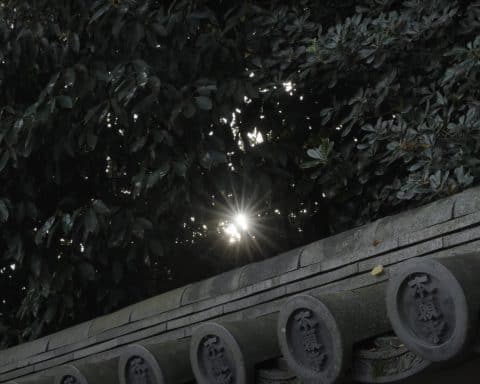
How Many Days Should You Spend in Kyoto?
If you’re coming to Japan for the first time, I can almost guarantee you’ve put Kyoto somewhere on your itinerary. Now you need to…

Is Hiroshima Worth Visiting?
The route that first-time visitors to Japan usually take is from Tokyo – Osaka (and surrounding areas) – Tokyo. Of course, there are trips…

Easily Avoid Jet Lag When Travelling To Japan.
Japan is a bucket list destination for many and takes a load of planning which makes it so important to make the most of…
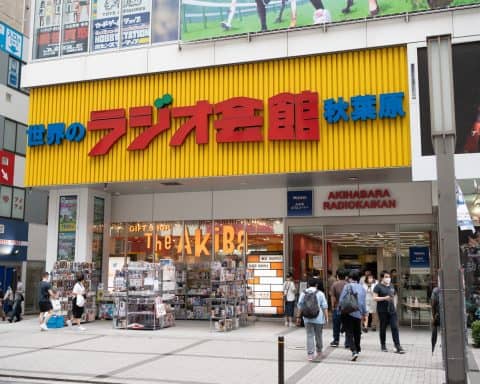
The Complete Guide to Radio Kaikan
I start lots of these introductions by telling you how I love geeky things, and this is no different. Akihabara is an otaku’s paradise…

HARD-OFF: The Magical World of Japanese Second-Hand Stores.
There are a few things you should absolutely plan to do on your first trip to Japan: Cross Shibuya Scramble, Visit the country’s ancient…
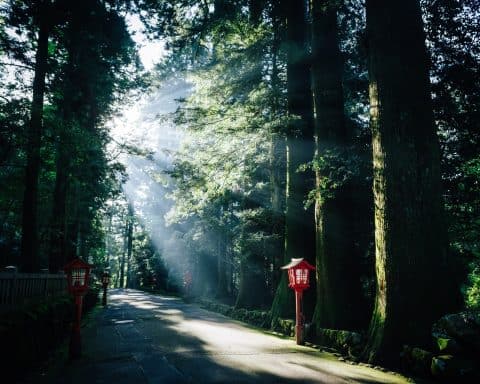
Is Hakone Worth Visiting?
With so many places to visit, many people wonder whether it's worth taking a trip outside the capital to visit. Let me tell you…
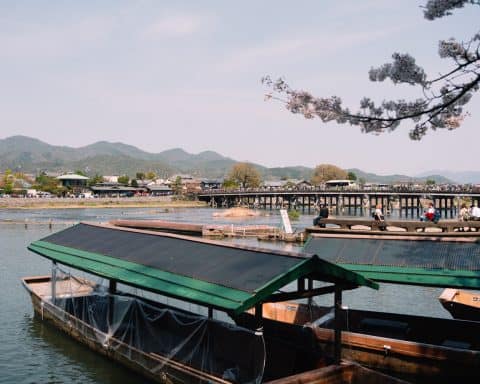
Is Arashiyama Worth Visiting?
Whenever I write these ‘Is it worth visiting’ type of articles, my decision usually lines up with what most people think. However, this wildly…
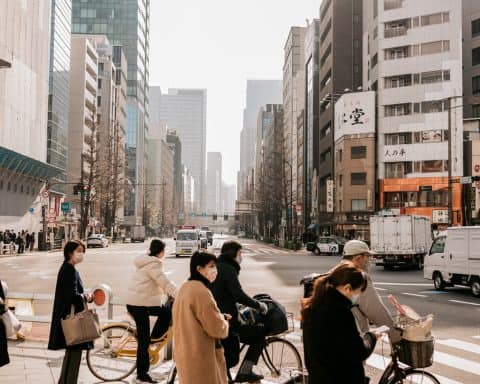
12 Things You Should Do After Landing in Tokyo
You’ve done it! You’ve planned your trip to Japan, saved up, and finally landed in Tokyo. Now what? Depending on the time your flight…
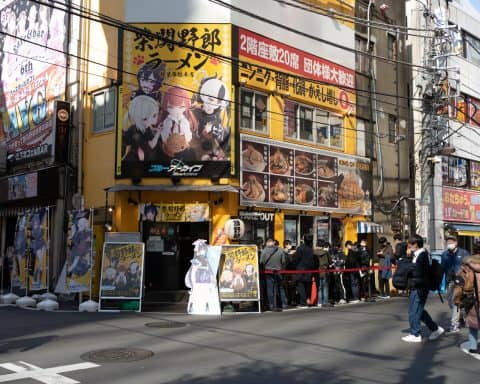
20 Things to Do in Tokyo in the Morning
Have you arrived in Tokyo early in the morning and don’t know what to do? Or perhaps you’ve got some time to fill before…
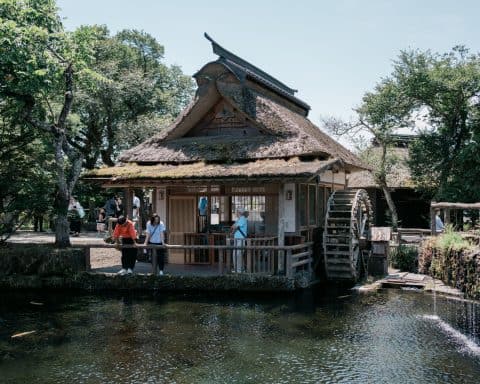
Oshino Hakkai: Japan’s Crystal Clear Pools
If you’ve used this quiz to help you decide on where to visit in Japan, and this calculator to make sure it’s affordable, I’ll…

Jonny Gleason
Jonny is the founder of A Day of Zen and has an unhealthy obsession with Japan. In 2022 he moved to Japan on a mission to give his audience the best possible information. He's helped over 300,000 plan their trip so far, and is eager to make that number much bigger!
Read the story...
Leave a Reply Cancel reply
Your email address will not be published.
Save my name, email, and website in this browser for the next time I comment.
Notify me of follow-up comments by email.
Notify me of new posts by email.
Copy short link
Japan Trip Cost: Pricing for Flights, Food & Accommodation
Plan your Japan trip with ease! Get the latest costs for flights, food, & accommodation. Perfect for travelers on any budget. Click for budget tips & more.

There are plenty of reasons to visit Japan, as the nation has a lot to offer tourists. Because it provides visitors with so many wonderful experiences, most people think of it as a tourist's paradise. Before you leave for Japan, you should create a thorough budget outlining the general budget of your vacation.
The average cost of a 7-day trip to Japan is $1,659 for a solo traveler. That leaves us at about $237 per day per person. This includes travel expenses, local transportation, food, accommodation, and sightseeing. It is calculated based on the expenses of previous visitors and can go slightly up or down depending on your spending habits.
There's so much to calculate on the cost of a Japanese trip. Read on to find everything you need to know, including how to cut costs and travel to Japan on a budget!
Average Cost Of A Trip To Japan

It's important to note that the average cost of a Japanese trip differs from the average daily expenses. While calculating average cost, you'll need to include flight tickets, accommodations, car rentals, etc.
That said, the average price of a 7-day trip to Japan will range between $1558 to $2100 per person. You can expect to spend up to $2750 as a couple and $5,124 for a family of four. These amounts can go slightly up or down depending on your spending habits.
Japanese hotels will typically charge between $62 and $312 per night. Vacation rentals will charge between $144 and $553 per night. International flights to Japan would cost between $952 to $1,673 per person for economy tickets, depending on where you're flying from.
Intra-city transportation, food, sightseeing, and other miscellaneous expenses will eat up a significant part of what's left in your budget.
Also, don't forget to think about setting up an emergency fund , just in case you run out of money on your trip.
Average Daily Expenses in Japan

While in Japan, your daily expenses will significantly depend on how you choose to leave. After reviewing the daily expenses of many visitors to Japan, we've concluded that the average daily expenses on a trip to Japan are between $26 to $72 if you decide to live on a budget.
Mid-range spenders can expect to spend between $73 to $143 per day, while high spenders will spend anything above these figures. Now, while preparing your budget, you must decide what spending level you'd want to maintain throughout your plan. Pick a number and multiply it by the number of days you'd like to stay to determine how much your daily expenses will cost.
Remember that these figures do not include flight tickets, transportation, or other significant spending. So, you must include provisions for all those in your budget. It also makes sense to have some money kept aside in an emergency.
Finally, the prices listed here are the average costs of traveling and living in Japan. The prices may increase or decrease depending on the types of activities you choose to do in Japan.
Factors That Determine The Cost Of A Trip To Japan
Now that we've discussed the average costs of a Japanese trip, you're probably wondering how we arrived at the amounts. These are compilations of small amounts for different expenses. That said, here's a detailed review of factors that'll make up an average Japanese trip cost.
1. Flight Tickets

This is perhaps the most crucial item on the list because you must get to Japan to experience Japan. Fortunately, flight tickets are not as expensive as some people usually predict unless you intend to fly first class.
Japan's location and popularity mean it's a favorite destination for most international airlines. Most of these airlines won't mind offering cheaper flights and other promotions once in a while. You can jump on these promotions and discount packages to travel to Japan. You just have to be on the lookout for them and plan your trip to fall within promotion time.
Notwithstanding, other factors like airline choice, packing fees, and flight snacks can also affect your overall flight cost. The average cost for international flights to Japan includes:
- $952 to $1,673 per person (Economy class)
- $2,241 to $4,052 per person (Business class).
Remember that these prices are strongly affected by airline choice, where you're traveling from, and seasons. Tickets are the first thing you should purchase when planning your trip to Japan. Purchasing your tickets early allows you to get significant discounts on your ticket prices.
2. Accommodations

After transportation, the next important thing to think about is accommodation (where to stay). Hostels, dormitories, and inexpensive hotels are the ideal choices if you're traveling on a budget. You can get these options for as little as $14 per night.
On the other hand, top-quality hotels and all-inclusive traditional Japanese inns demand premium prices. So, you can expect to pay about the same prices you'll pay for luxury hotels back home.
You don't have to spend beyond your budget on accommodation. If you can afford a premium space, you can opt for cheaper options. After all, it doesn't stop you from enjoying the beauty that Japan has to offer.
But if you can afford premium accommodations, by all means, go for it. We recommend comparing prices of hotels and resorts online to find one that best suits your budget before choosing.

Here's the best news - Japanese foods are not only delicious but affordable. In fact, the price is fascinating when compared to the costs of average meals in other top cities. Options are abundant at affordable prices as far as food is concerned.
You'll find a range of affordable options in convenience stores for launch. Convenience stores are popular in Japan, and they offer tasty and healthy foods compared to other cities.
An average meal in these locations will cost between $2 to $4. You can also choose to eat in. There are tons of quick restaurants scattered around the streets of Japan where you can get food for as low as $5.
Again, the cost of food depends on what you want to eat and how you want to eat them. But local Japanese foods are reputed for being affordable, so you shouldn't have too much of a problem with what to eat.
4. Local Transportation

This area may take a significant part of your budget because you'll need to move around to see more places. Japan is so big with lots of exciting things to do around the city. So you must be prepared to move from city to city to enjoy the full experience of a Japanese vacation.
However, there are still cheap transportation options that you can use without going above your budget. An obvious choice for tourists is the JR pass which gives you access to unlimited trips on the JR rail network.
The pass typically costs about $600 for two weeks. This may sound like a lot to the ear, but when you break it down to $40 a day, you'd realize it's a budget option worth trying. Please note that you'll need to get your JR pass in advance or risk paying normal train fares when you need to move around.
Local train fares are also reasonable and only cost an average of $5 per hour of travel. Bus transportation is also popular, so you can just book a bus wherever you go.
5. Sightseeing

You can indeed access many tourist attractions in Japan for free. Particularly, the shrines, museums, temples, parks, and gardens are available for free. But you'll still need to pay to access many other tourist sights.
Entrance fees into shrines, temples, and castles generally cost between $0.75 to $8, usually giving you free sights access. Entry into museums and other central parks ranges from $4 to $20, depending on the displayed exhibition and the time of the year.
Other tourist centers and privately owned parks cost more than these. You can inquire about the price before going to any of them to be sure it can fit into your budget.
6. Money Conversion

Although this factor doesn't always come up in conversations about Japan trip costs, it's still worth including in your budget. We've estimated all the costs in this article in US dollars.
However, the local currency in Japan is the Japanese yen, and you'll need to convert your money to this currency to be able to spend. When you exchange currencies, expect the exchanger to deduct a small fee.
Always ask your bank for their conversion rates and include them in your budget if you're using a credit or debit card. This way, you won't have unexpected costs flying out of anywhere after you've finalized your travel budget.
Is It Possible To Travel To Japan On A Budget?

Sure, traveling to Japan costs money, especially considering that it involves international flights. However, it's possible to control your travel budget.
First, you're booking your flights and planning your activities in Japan by yourself. This lets you control how much or how little you'll spend throughout your trip. We can't overemphasize the importance of prior planning, especially as it helps to eliminate unexpected expenses.
Before planning your budget for a Japan trip, you must start by deciding your budget limits. Your budget preparation should begin with two numbers ; Your preferred budget, and the highest amount you can spend.
These limits do not only help you know what you can spend on the trip; it also enables you to keep your whole expenditure in check. Besides, it also allows you to choose your activities by order of priority so that you can eliminate unnecessary activities and all expenses attached to them.
Now that you have a rough idea of how much you can spend and how much you're willing to spend, you can go on with preparing your budget. Remember to take advantage of coupons and discounts. Traveling on a budget does not necessarily mean low-quality trips.
You can still have the best time of your life in Japan. It's just about being creative with the things you'll do in the city.
How To Reduce The Cost Of A Trip To Japan
Like every other top city worldwide, Japan is reputed for its expensive lifestyle. But despite this reputation, you can still save money and travel to Japan on a budget. You just need to know what to do and where to go.
If you don't know where to start, don't worry - we have you covered. Here are helpful tips and tricks to help you reduce costs and save money during your next visit to Japan.
1. Draft A Budget Before Your Trip

Nothing finishes your money as much as spending on impulse. The last thing you'll want to do when traveling on a budget is to spend money without planning. There are so many things to do and buy in Japan that you'll be tempted to exhaust your money.
However, if you take the time to outline your budget before your trip, you'll be able to reduce unnecessary expenditures. Depending on how long you intend to stay in Japan, draft a realistic budget that'll cover all your necessary and possible expenditures in Japan.
If you intend to stay in Japan for more than a few days, split your budget into the number of days you want to stay. Now allocate money for food, accommodation, travel, etc. It's also an excellent idea to keep emergency funds aside for the 'just in case' moments.
2. Travel in The Off-Peak Season

Another valuable tip for reducing travel costs is traveling during the off-peak season. This one requires a bit of flexibility on your part because it may have you moving your trip for weeks or months to fall into such periods.
However, if you can adjust your travel date to fall into these periods, you can expect significantly cheaper bargains for airfare. Tourist centers are also typically less crowded during these periods. You can also enter tourist centers at discounted rates during these periods.
Japan's off-peak seasons usually start around October and end in March, except for the Christmas and New year seasons.
So, we recommend leveraging the off-peak seasons, whether you're visiting Japan for the first time or you already live in Japan and are looking to explore other parts of the city.
3. Enjoy Cheap Japanese Foods

The Japanese food culture is thriving, so there's so much to eat and drink. Whether you're eating in a porch restaurant or the street food stalls, you'll find an abundance of options to choose from.
Fortunately, most Japanese local foods are not so expensive, especially when you eat in small restaurants and roadside stalls.
Tokyo is particularly known for its incredible number of restaurants and food vendors. The sheer number of food sellers helps keep the price of food relatively down.
While cheap restaurants are available when you're on a budget, you can also cook your meals yourself. Take a quick evening stroll to the farmer's market or warehouses to get cheap foodstuffs.
4. Calculate Whether The JR Pass Is Worth It Before Purchasing Officially

Despite the popularity of the JR pass, it is still not the best way to travel on a budget. It's a great option if you plan to stay more than a few days and want to visit several places. But, you can also take slower local trains and still arrive at your destination safely.
You also don't have to visit every park or tourist location in Japan. Create a spreadsheet that you can use to plan your trip so you can have a clear view of whether the JR pass is a good option.
If you intend to stay longer and visit many places, the JR ticket may be worth it because it allows you to take unlimited trips to different locations during the time in view. But do you really have to go everywhere on a budget?
Remember, going everywhere would also mean spending more on gate passes and entertainment expenses.
5. Walk Or Bike Whenever You Can

Japan ranks among the cleanest and most organized countries in the world. The cleanliness and organization in this city make walking and riding a bicycle enjoyable.
Sometimes, you can just take a stroll instead of using public transport. The $4 and $7 you pay for public transport may not seem like a lot, but if you sum up all the times you'll need to move, you'd have a significant mark on your budget.
So, a quick stroll here and there may take off significant amounts of your spending. Besides, it's an exciting way to experience Japan and interact with locals. It's also beneficial for your health.
You can also pack a folding bicycle into your luggage before traveling. No law stops you from riding a bicycle in Japan, as long as you ride on the right lanes and don't constitute a nuisance.
6. Enjoy Free Tourist Attractions

People often get so busy rushing to pay huge amounts of money for sightseeing that they forget the best things are free. Japan is filled with lots of alluring sights you can access for free: sprawling packs, ageless Shinto shrines, contemporary architecture, etc.
With little research, you'll find enough free locations to keep you busy throughout your stay in Japan. Even the paid locations still admit people for free on some days. Look up their websites for promotions and discounts to see if you qualify for any.
Perhaps, the first thing you should do while planning your itinerary is to learn more about the attractions you want to visit. Check whether they have free alternatives that offer almost the same things as you want.
There are tons of websites dedicated to offering helpful information on this topic. You can also join tourist forums online to get suggestions from people that have been to Japan before. You can never tell how good the information from such forums will do.
7. Find A Home Away From Home

While it's okay to want the comfort of executive hotel rooms, your budget may not be able to carry that. So, it makes sense to look for alternatives, especially when traveling as a group. Hostel or short-let services can help you save in such situations.
They also offer you more space and amenities to enjoy with your traveling group. We recommend choosing government-approved services to avoid being scammed or exposed to security situations. Still, review the pros and cons of renting short-lets to hotels before deciding.
8. Book Activities Ahead Of Time

People often suggest booking activities at the last minute can nab you a deal. While that is true for some situations, it is not always the case.
Asians like to plan. This means they'll offer lower prices for you to help them plan. Say you're booking a weekend trip to Arashiyama (highly recommended!) or you'd like for you and your team to enjoy the Nagasaki Atomic Bomb Museum, you'll generally be better off booking ahead of time.
You can also find group discounts on their websites. Most of these discounts can be enjoyed even if you're traveling alone.
73 Basic Dutch Phrases for Your Next Trip to Netherlands 🇳🇱
Learn essential Dutch phrases for a smooth trip to the Netherlands. Perfect for travelers looking to connect with locals and enrich their experience.
Win a $500 Flight!
Embark on the adventure of a lifetime! Enter our Dream Journey Sweepstakes for a chance to win a $500 travel voucher, redeemable with any major US airline. Whether it's sandy beaches, bustling cities, or tranquil mountains, your dream destination is just an email away!*

Is Peach Airlines Safe? Unveiling the Truth Behind Your Flight Fears
In today's digital age, where new social platforms pop up like mushrooms after the rain, you've probably heard about Peach. It's the latest buzz in the social media sphere, promising a fresh twist on how we connect online. But with every new app that asks for our personal info, you can't help but wonder, "Is Peach safe?"

Is Japan Airlines Safe? Unveiling the Truth for Anxious Flyers
When planning your next trip, safety is likely at the top of your list, especially when it comes to choosing an airline. You might be wondering, "Is Japan Airlines safe?" Well, you're in the right place to find out. Japan Airlines, known for its impeccable service, also prides itself on its safety record.

Is ANA Safe? Discover How They Ensure Your Peace of Mind in the Skies
When you're planning a trip, especially one that involves flying, safety is likely at the top of your mind. You might be wondering about All Nippon Airways, commonly known as ANA, and its safety record. Is it a reliable choice for your next journey?

December Gems: Top Cultural Havens to Explore This Winter
December's here, and it's the perfect time to pack your bags and explore some amazing places. Whether you're into snowy landscapes or sunny beaches, there's a spot just waiting for you to discover.

November Getaways: Why Tenerife Is Your Top Pick
November's a cool month, isn't it? It's that sweet spot where fall's in full swing, and winter's just knocking. If you're itching to pack your bags for a quick getaway, you're in luck. We've got some top-notch spots that are perfect for this time of year.

October Feasts: Top Places for Food Lovers to Visit
October's the perfect time to pack your bags and hit the road. Why? Because the weather's just right—not too hot, not too cold. It's like Goldilocks weather, you know? Plus, the crowds from summer have thinned out, so you won't be bumping elbows with a bunch of strangers.

Uncover Hidden Gems: Best Places to Visit in September for a Perfect Escape
September's the sweet spot for travel. It's when the summer crowds thin out, but the weather's still nice. You get the best of both worlds: fewer people and great days to explore. Imagine walking through a city or hiking a trail without bumping into tons of tourists. Sounds awesome, right?

August Escapes: Top National Parks & Hidden Gems to Explore
August's here, and it's the perfect time to pack your bags for an adventure. Whether you're into sunny beaches or cool mountains, there's a spot just waiting for you to explore. Imagine dipping your toes in crystal-clear waters or hiking trails that lead to breathtaking views. Sounds awesome, right?

July Gems: Discover 5 Off-the-Beaten-Path Destinations
July's here, and it's the perfect time to pack your bags and set off on an adventure. With the sun shining bright and the days longer, there's no better time to explore some of the most amazing places our world has to offer.

June Jewels: Top Unexpected Destinations & Tips for Your Summer Escape
June's the perfect time to pack your bags and hit the road. Why? Well, schools are out, the weather's great, and there are tons of cool spots begging for a visit. Whether you're into sunny beaches, quiet mountains, or bustling cities, there's something out there for you.

April Wonders: Why Washington, D.C. Shines as a Must-Visit Spring Gem
April's here, and you're probably itching to pack your bags and hit the road. It's the perfect month for adventure - not too hot, not too cold, and full of surprises. From blooming flowers to sunny beaches, the world's got a lot to offer.

Top March Getaways: Explore Lake Bled, Chefchaouen, and Secret Festivals
March is a great time to shake off the winter chill and dive into some fun travels. As the snow melts and flowers start peeking out, there's a whole world out there waiting for you to explore. Whether you're into sunny beaches or cool city vibes, March has got something special for everyone.

January Gems: Uncover the Best Places to Visit for Magical Winter Wanderlust
January's a great time to shake off those holiday blues and start the year with an adventure. Whether you're into snowy landscapes or sunny beaches, there's a perfect spot out there for you.

November Nirvana: Unveil India's Best-Kept Secrets & Festive Charm
November's the perfect time to explore Asia. The weather's cool, not too hot or too cold, just right for adventure. Imagine walking through colorful streets, tasting amazing foods, and seeing places you've only dreamed of. It's all waiting for you.

Bali in October: Asia's Best Kept Secret for Beach Bliss & Festivals
October's the perfect time to explore Asia. The weather's cool, the crowds are smaller, and there's so much to see. Whether you're into stunning beaches, breathtaking mountains, or bustling cities, Asia's got it all in October.

Discover Gyeongju: Asia's Hidden Gem for September Getaways
September's here and you're itching for an adventure, right? Asia's got some cool spots that are just perfect this time of year. Imagine wandering through ancient temples, exploring lush jungles, or chilling on stunning beaches without the crazy crowds. Sounds good, doesn't it?

August Adventures: Asia's Hidden Gems Unveiled
August is a great time to explore Asia. The weather's warm, and there are so many cool places to check out. Whether you're into beaches, mountains, or big cities, Asia's got something for everyone.

July Gems: Asia's Best Hidden Spots to Explore This Summer
July's here, and it's the perfect time to pack your bags for an adventure in Asia. Why? Because Asia's got some of the coolest spots that are just right for exploring in July. From beaches to mountains, there's a little bit of everything for everyone.

June Gems: Top Asian Escapes from Kyoto to Cameron Highlands
June's the perfect time to pack your bags and explore Asia. The weather's warm, but not too hot, making it just right for adventures. From stunning beaches to cool mountains, Asia's got it all.

May Magic in Asia: Best Temples and Serene Spots to Visit
May's the perfect time to explore Asia. Why? The weather's just right - not too hot, not too rainy. It's like Goldilocks' porridge, just perfect. You're probably thinking, "But where should I go?" Don't worry, we've got you covered.

April in Asia: Explore Top Spots from Luang Prabang to Bali
April's the perfect time to explore Asia. The weather's just right—not too hot, not too cold. It's like Goldilocks finally found the perfect bowl of porridge. And let's be real, who doesn't love a good adventure without sweating buckets or freezing their toes off?

Discover Vietnam in March: Your Guide to Asia's Hidden Gem
Asia's got some cool spots you've gotta check out. Imagine walking through ancient temples or chilling on beaches that look like they're straight out of a postcard. Sounds awesome, right?

Discover February's Hidden Gem: Taiwan's Festive Charm Unveiled
February is a cool month to explore Asia. It's not too hot, and the crowds aren't too crazy yet. So, if you're thinking of a trip, you're in luck. Asia's got some awesome spots that are just perfect this time of year.

Escape the Crowds: Top Hidden Gems in Asia to Discover this January
January's the perfect time to explore Asia. It's when the weather's just right - not too hot, not too cold. You're probably thinking about where to go, right? Well, you're in luck because Asia's full of awesome spots to kick off your year.

May Magic: Top City Escapes from Rome to Kyoto
May's the perfect month to pack your bags and hit the road. Why? The weather's just right—not too hot, not too cold. It's like Goldilocks' porridge, but for travel. Plus, it's before the big summer rush, so you can enjoy places without bumping elbows with a crowd.

February Gems: Top Unspoiled Destinations for Your Winter Escape
February might seem like a sleepy month, but it's actually a great time to explore some cool spots around the world. While some folks are still shaking off the holiday buzz, you could be packing your bags for an adventure. Whether you're into sunny beaches or snowy mountains, there's a perfect February destination waiting for you.

Sunny Delight: Discover Maldives, Asia's December Paradise
December's a great time to explore Asia, with its cool weather and awesome festivals. Imagine walking through colorful streets, tasting delicious foods, and seeing sights that'll stick with you forever. It's all about finding the perfect spot to make your December unforgettable.

Ultimate Guide: Top Places to Live in Japan for Everyone - From Retirees to Families
Dreaming of living in Japan? You're not alone. This country's got a mix of bustling cities, serene countryside, and everything in between. Finding the perfect spot to call home can be a real adventure.

Best Time to Visit Japan: Seasonal Guide for Iconic Cities & Festivals
Deciding when to visit Japan can be a bit tricky. You want to catch all the cool stuff without dealing with too many crowds or bad weather. Lucky for you, there's a sweet spot for when to go.

Kyoto Safety: Am I Safe to Travel to Kyoto, Japan in 2024?
Planning a trip to Japan and concerned about safety? Kyoto, with its temples, tea houses, and history, is one of the safest cities for tourists.v

Osaka Safety: Am I Safe to Travel to Osaka, Japan in 2024?
Wondering about safety in Osaka for your trip? It's a typical traveler concern. Let's explore why Osaka is a safe and worthy adventure destination.

Sapporo Safety: Am I Safe to Travel to Sapporo, Japan in 2024?
Planning a trip to Japan and concerned about safety? Sapporo, Hokkaido's capital, is known for its excellent safety record, welcoming global visitors.

70 Basic Japanese Phrases for Your Next Trip to Japan 🍣🎎
Learn essential Japanese phrases for travelers! Ideal for dining, shopping, and navigating Japan, ensuring a smooth trip. Perfect for foodies and explorers.

Are Yamaha Boats Good? (Factors You Should Consider!)
Considering a Yamaha boat? Learn what makes them a top choice for reliability, handling, and cost-effectiveness in our latest post. Ideal for all water lovers!

Best Time to Visit Tokyo (Dazzling Festivals & Culture)
Explore Tokyo's vibrant festivals & culture to find the perfect time for your visit! From cherry blossoms in spring to festive summers, avoid crowds & enjoy the best weather. Ideal for potential travelers.
You may also like...

Best Time to Visit Lithuania for Seasonal Adventures & Local Festivals
Planning a trip to Lithuania and wondering when's the best time to go? You're in the right place. Lithuania, with its stunning landscapes and rich history, offers a unique experience no matter the season. But, if you're looking to make the most of your visit, timing is key.

Best Time to Visit Hungary: Seasonal Secrets for an Authentic Experience
Deciding when to visit Hungary can be tricky, but don't worry, we've got you covered. This beautiful country shines in every season, but knowing the best time to go can make your trip even more special.


Best Time to Visit Estonia: Discover a Winter Wonderland Like a Local
Deciding when to visit Estonia? You're in for a treat, no matter the season. But if you're looking for the best experience, timing is key. This Baltic gem offers something unique with each season, from white winters to sunny summers.

Best Time to Visit Armenia: Winter Wonderland & Cultural Fests Unveiled
Deciding when to visit Armenia? You're in for a treat! This hidden gem has got it all - from cool, snowy winters to warm, sunny summers. But to get the best out of your trip, timing is key. Let's dive into when's the perfect moment to pack your bags for Armenia.

Best Time to Visit Havana: Seasonal Guide for Cultural Festivities
Planning your dream trip to Havana? You're probably wondering when's the best time to pack your bags and go. Well, you're in luck because we've got the inside scoop to help you make the perfect choice.

Best Time to Visit Oaxaca: Uncover Seasonal Secrets & Local Celebrations
Deciding when to visit Oaxaca? It's all about finding the perfect balance. You want great weather, fewer crowds, and lots to do, right? Well, you're in luck because Oaxaca has got it all, but timing is key.
The travel site inspired by travelers and locals alike. Find amazing destinations, unique trip ideas, the best hotels, and most comfortable resorts.

- Location guides
- Travel tips
- Things to do
- Food and drinks
- Food Prices In Japan – What Should My Daily Food Budget Be?
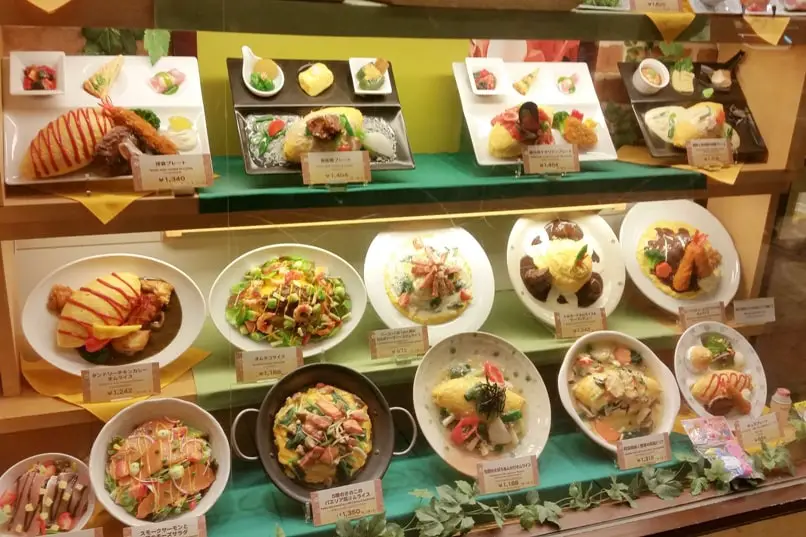
According to the Ministry Of Internal Affairs & Communications of Japan, for the first time since September 1980, food prices in Japan increased 7.3% year over year in January 2023. A sharp drop in the value of the yen might result in rising food costs in Japan.
We have collected the data and given specific analysis on the current situation of food prices in Japan, such as: convenience food prices, average meal costs, sushi or ramen prices, etc…Hope you will find useful information for yourself in this article.
1. The average cost of meals in Japan
Most tourists really would like to know the price of typical meals before they travel to another country. What a pity if you wanted to taste a certain meal but it was too pricey for your budget! Knowing the cost of food before you go on your trip is a smart idea because you can prepare your budget options in advance.
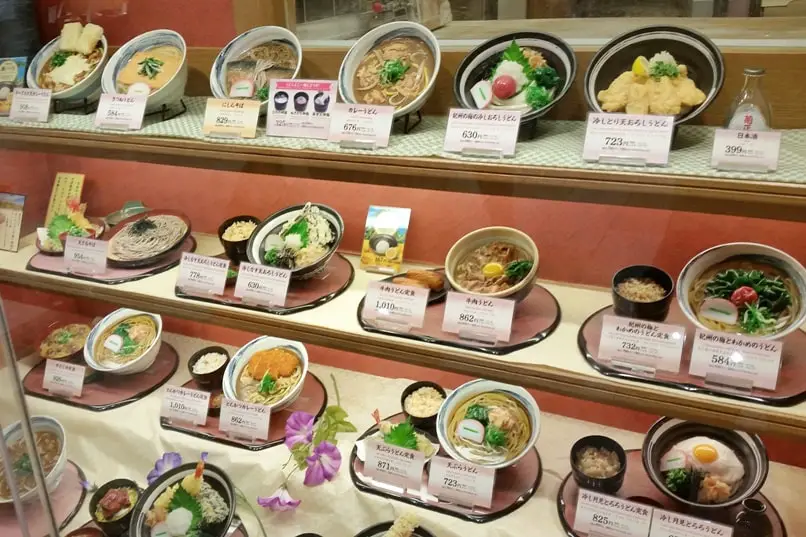
The average price of meals in Japan is around 3,670 Yen ~ $27.49 per day, however meal costs might vary. Most of Japan’s cuisine costs less than 1,000 yen per meal. An average lunch in Japan may cost about 1,450 Yen ~ $10.86 for an individual while eating out, according to the buying habits of past tourists.
Depending on the kind of restaurant or the cuisine itself, meal prices might range considerably. Some dishes might cost up to 20,000 Yen ~ $149.84 or as little as 100 Yen ~ $0.75. When compared to lunch or dinner, breakfast prices are often a little less expensive. In Japan, the expense of dining in a restaurant is frequently more costly than the expense of food on the go.
2. Food Prices In Japan – What Should My Daily Food Budget Be?
2.1. sushi prices in japan.
Sushi is a must-try item if you’re visiting Japan. Comparable to sushi sold elsewhere, delicious, wonderful sushi is readily available in Japan. You may find the greatest sushi at prices that are just right anywhere, including convenience stores, casual eateries, and luxury restaurants. Traditional sushi restaurants with multi-course dinners and a conveyor system restaurants where you’re able to order out of an electronic tablet are both options for customers.
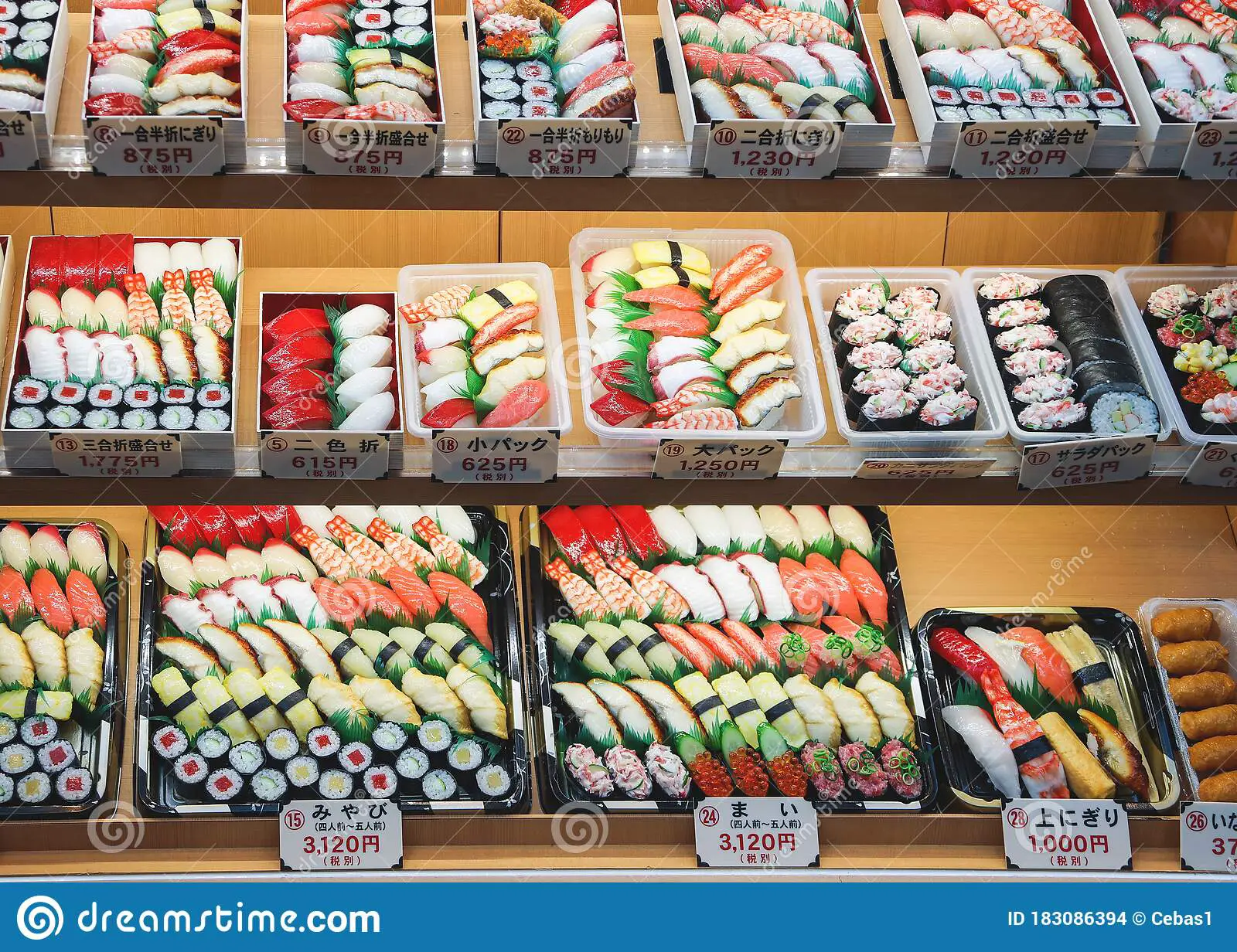
You will usually pay around 2,000 Yen ~ $14.98 to 10,000 Yen ~ $74.92 for a sushi meal. The exact number depends on the restaurant and when you dine. In US dollars, the average cost of a sushi meal varies around $7 to $180. Interestingly, there are sushi meals for 100,000 Yen ~ $749, which is 1,000 times greater in price than casual sushi! There are cheaper sushi meals that cost as little as 10 Yen ~ $0.07.
Specifically, a set lunch of mixed rolled sushi and sashimi at a sushi bar will typically cost approximately 2,000 Yen ~ $14.98 or 3,000 Yen ~ $22.48. Dinner expenses between 5,000 Yen ~ $37.46 to 10,000 Yen ~ $74.92. The cheapest choice is kaiten sushi, or conveyor belt sushi, which ranges in price from 1,000 Yen ~ $7.49 to 2000 Yen ~ $14.98 per person.
Sushi at convenience stores and supermarkets often costs between 500 Yen ~ $3.75 and 1,000 Yen ~ $7.49 in Japan.
2.2. Ramen prices in Japan
In Japan, there are countless ramen restaurants and shops, including big chain stores such as Ichiran to more upscale eateries, and even small, family-run establishments where customers eat while taking a stand.
One of the main appeals of ramen is how inexpensive it all is. In Japan, ramen is a casual meal that typically ranges from 400 Yen ~ $3 to 1,200 Yen ~ $9 a bowl. Even with additional toppings, a dipping sauce, and a beverage like beer, the price will probably not exceed 2,000 Yen ~ $14.98.
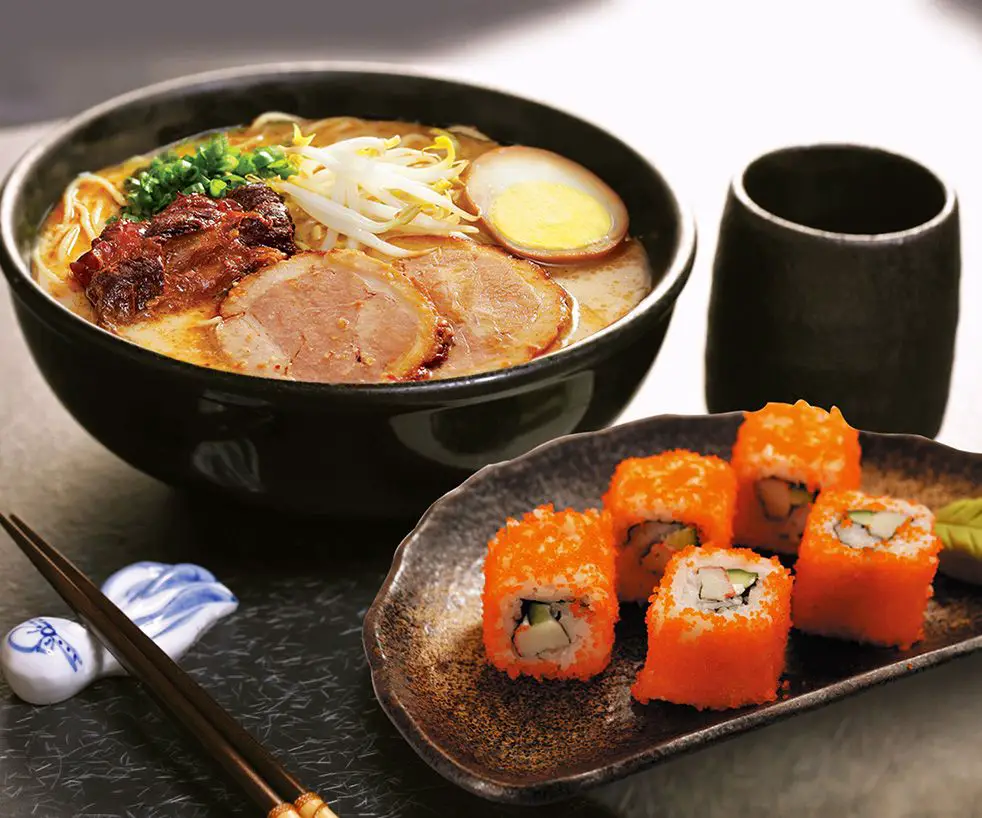
Ramen is priced differently depending on the type, and as was already mentioned, adding toppings like eggs, onions or barbecue pork would make the dish more expensive. Without any alterations, special ramen, such as vegetarian and vegan versions or gluten-free meals, typically costs approximately 1,000 Yen ~ $7.49. A premium bowl that costs roughly 2,500 Yen ~ $22.27 will have a richer soup and fancy toppings to suit a restaurant’s luxurious cuisine.
2.3. Wagyu beef and teppanyaki price
Wagyu, which is also known as “Japanese beef” ranks as one of the most famous delicacies among tourists to Japan. Because of its special texture and fatty marbling, Wagyu beef is the most luscious, rich, and tasty meat available. For Japanese beef (Wagyu), grilled dishes like okonomiyaki, or a satisfying meal with beverages, let’s visit a yakiniku or teppanyaki restaurant.
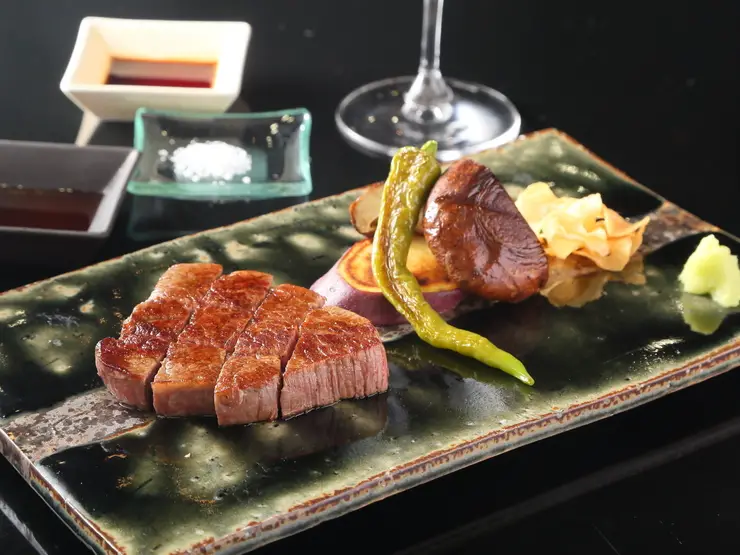
Usually yakiniku restaurants let you choose the meat you want to eat and then grill it directly in front of you. You may pay around 2,000 Yen ~ $14.98 to 4,000 Yen ~ $29.97 for each meal per person, depending on the type of meat and quantity you order. Supper prices between 6,000 Yen ~ $44.95 and 10,000 Yen ~ $74.92, which are slightly higher.
A cast-iron griddle is used to prepare teppanyaki. On their menu, the majority include items like yakisoba, monjayaki (a common food in Tokyo), and okonomiyaki (a savory Kansai pancake). Grilled meat and seafood is sometimes available. You have to pay around 500 Yen ~ $3.75 to 1000 Yen ~ $7.49 per dish when ordering the meal.
2.4. Ramen Price in Japan
Ramen, initially of Chinese origin, has evolved into a beloved culinary delight in Japan. This delectable dish features tender noodles immersed in a flavorful broth crafted from a variety of bases, including meat, fish, or vegetable stock. Typically, this broth is artfully seasoned with soy sauce, miso, or salt, and it’s frequently adorned with delectable toppings such as thinly sliced pork, fresh green onions, and an array of complementary ingredients.
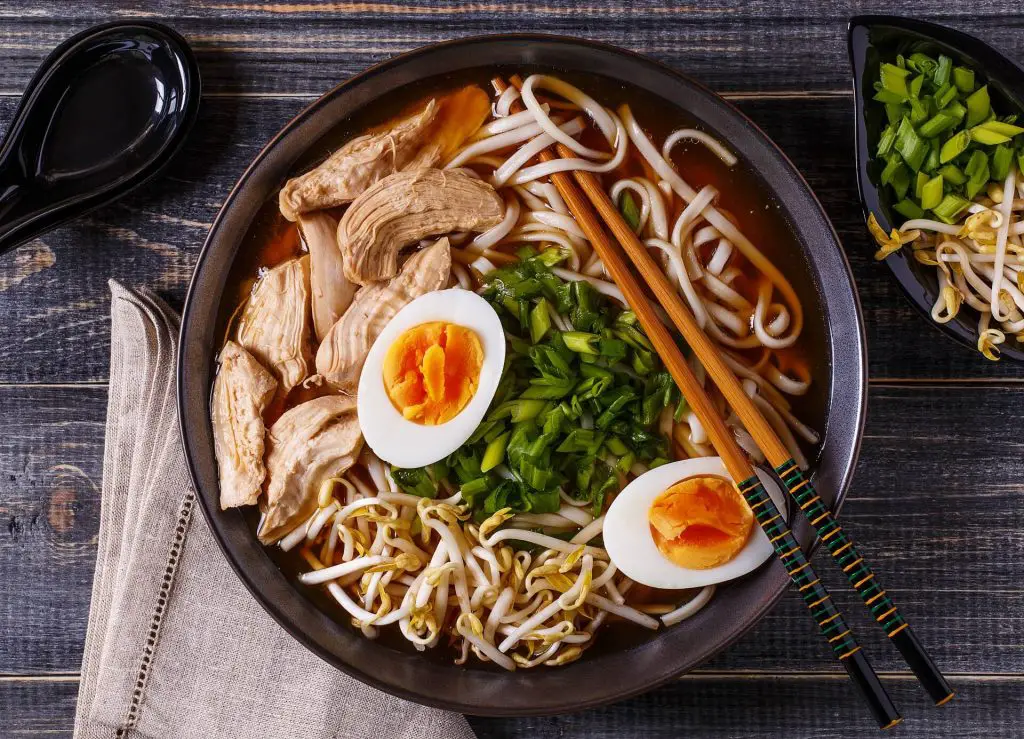
Ramen, initially of Chinese origin, has evolved into a beloved culinary delight in Japan. (Source: Internet)
The price of ramen in Japan can vary widely depending on where you eat and the type of ramen you order. Generally, you can expect to pay anywhere from 600 yen ~ $4.02 to 1,200 yen ~ $8.04 for a bowl of ramen at a typical ramen shop or restaurant. However, prices can be lower at more budget-friendly or local establishments, and higher at upscale or specialty ramen shops.
Keep in mind that there are various types of ramen with different ingredients and preparation methods, which can also affect the price. Some famous regional styles of ramen, like Hakata ramen or Sapporo ramen, may have slightly different price ranges due to their unique characteristics.
Additionally, prices in major cities like Tokyo and Osaka tend to be higher than in smaller towns and rural areas. Street food stalls or food courts might offer more affordable options as well.
2.5. Tempura Price in Japan
Tempura is a culinary delight consisting of seafood or vegetables that have been expertly coated in a delicate mixture of flour and egg before being deep-fried to crispy perfection. This delectable dish can be savored in a variety of dining establishments, ranging from casual eateries to upscale restaurants, where it may either accompany other dishes or take center stage as a delectable main course.
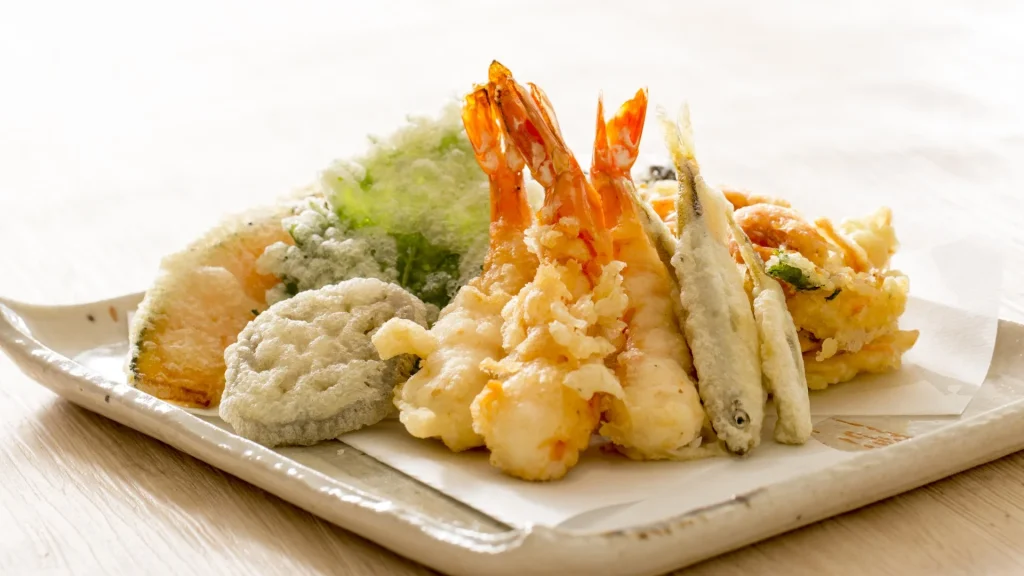
Tempura usually consists of seafood and vegetables that have been coated in a thin batter and deep fried. (Source: Internet)
The price of tempura in Japan can vary depending on several factors, including the type of restaurant or eatery, the ingredients used, and the location. Tempura is available at various price points, from affordable street food stalls to high-end restaurants.
At more budget-friendly options like street vendors or small local shops, you may find individual pieces of tempura or small tempura sets priced anywhere from 100 yen ~ $0.67 to 500 yen ~ $3.35 per serving.
In mid-range restaurants, tempura sets typically cost between 1,000 yen ~ $6.70 to 3,000 yen ~ $20.09. These sets often include a variety of tempura items, such as shrimp, vegetables, and seafood, served with rice, soup, and condiments.
At upscale tempura restaurants or specialty tempura establishments, prices can be significantly higher. A multi-course tempura omakase meal at a high-end restaurant can range from 10,000 yen ~ $66.97 to 20,000 yen ~ $133.94 or more, depending on the quality of ingredients and the dining experience.
2.6. Takoyaki Price in Japan
Takoyaki is a beloved Japanese street food characterized by petite batter balls filled with diced octopus, bits of tempura, and finely chopped green onions. These delectable orbs are skillfully prepared on a unique griddle and commonly accompanied by a flavorful sauce and creamy mayonnaise.
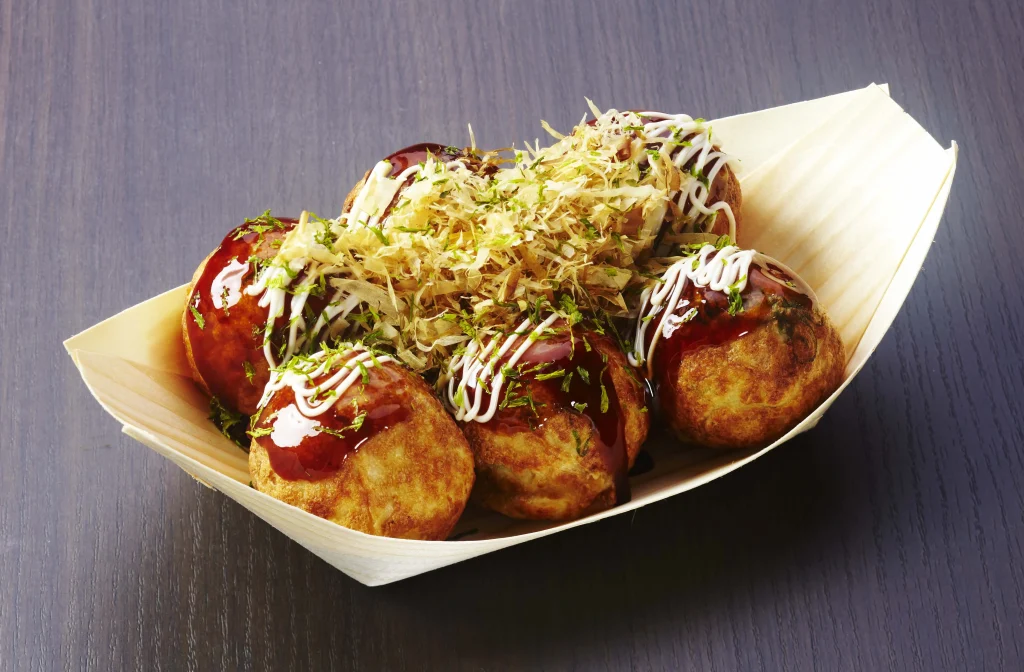
Takoyaki is a ball-shaped Japanese snack made of a wheat flour-based batter and cooked in a special molded pan. (Source: Internet)
Here are some general price ranges you might encounter:
- Street vendors and stalls: Takoyaki is commonly sold at street food stalls and festivals. At these stalls, you can typically find servings of takoyaki priced around 300 yen ~ $2.01 to 600 yen ~ $4.02 for a standard serving, which usually consists of several pieces (usually 6-8) of takoyaki.
- Casual restaurants and food courts: In casual dining establishments, the price for takoyaki can range from 500 yen ~ $3.35 to 1,000 yen ~ $6.70 for a serving, depending on the location and the restaurant’s reputation.
- High-end or specialty restaurants: Some high-end or specialty restaurants may offer more upscale versions of takoyaki, and prices can be higher, ranging from 1,000 yen ~ $6.70 to 3,000 yen ~ $20.09 or more.
2.7. Udon Price in Japan
Udon, a hearty wheat noodle, is a versatile dish enjoyed both hot and cold. Typically, it’s presented in a straightforward broth, complemented by an array of toppings like tempura, vegetables, and egg to enhance its flavors.
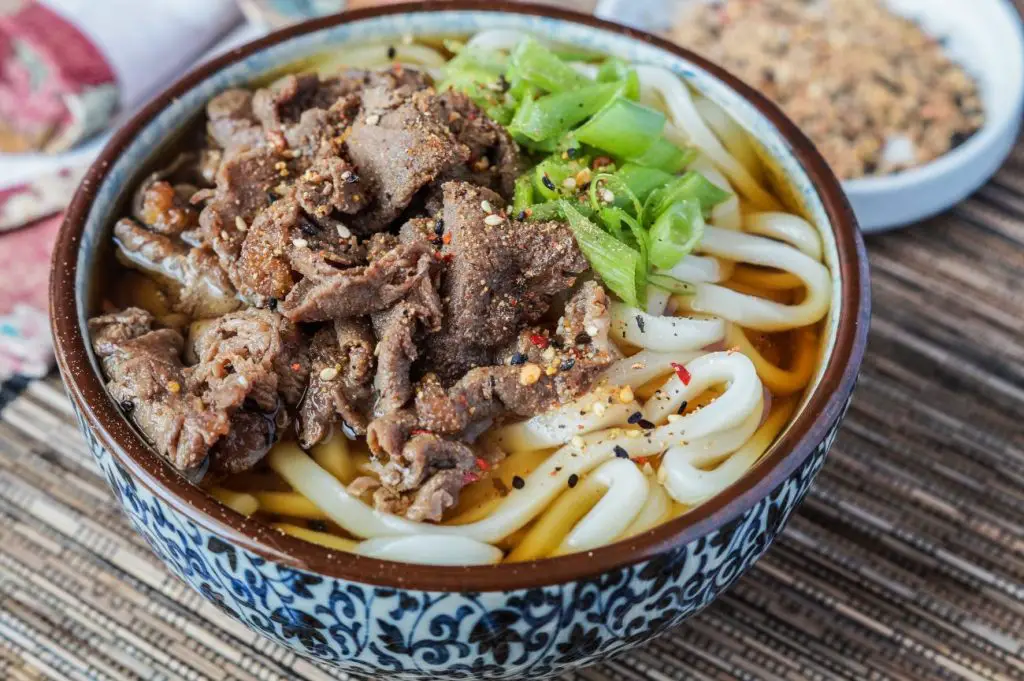
Udon is a thick noodle made from wheat flour, used in Japanese cuisine. (Source: Internet)
The price of udon in Japan can vary widely depending on where you eat and the type of udon dish you order. Udon is a popular and widely available noodle dish in Japan, and prices can range from very affordable to moderately priced, with some high-end variations.
In more casual settings like street vendors or food stalls, a basic bowl of udon can cost as little as 300 yen ~ $2.01 to 600 yen ~ $4.02. These are typically simple preparations with fewer toppings or add-ons.
In casual dining establishments and fast-food chains specializing in udon, you can expect to pay around 600 yen ~ $4.02 to 1,200 yen ~ $8.04 for a regular bowl of udon. The price can vary depending on the location and any additional toppings or ingredients.
In high-end or specialty udon restaurants, prices can be significantly higher. Some upscale udon dishes can cost anywhere from 1,500 yen ~ $10.05 to 5,000 yen ~ $33.48 or more, especially if they feature premium ingredients or unique preparations.
Prices can also vary based on the type of udon dish you order. For example, kitsune udon (udon with sweet fried tofu) or tempura udon (udon with tempura) may have different price points.
2.8. Okonomiyaki Price in Japan
Okonomiyaki is a delectable savory pancake crafted from a batter comprising flour, water, and eggs, generously stuffed with an assortment of ingredients like cabbage, pork, shrimp, or cheese. This flavorful creation is traditionally crowned with a drizzle of okonomiyaki sauce, creamy mayonnaise, and a sprinkle of dried bonito flakes for added depth and deliciousness.
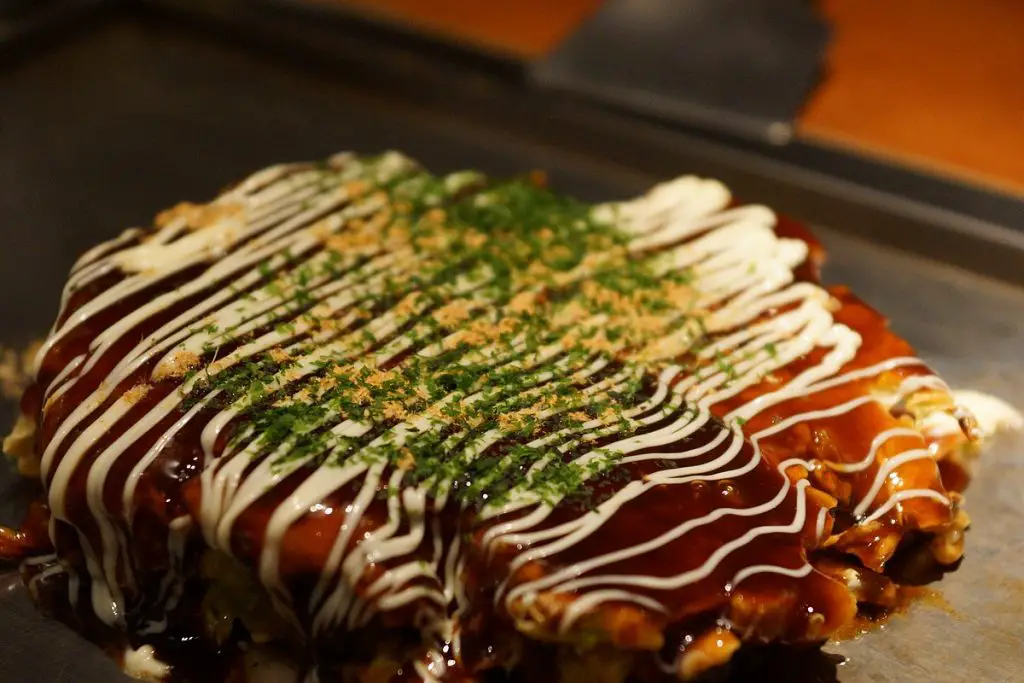
Okonomiyaki is a popular pan-fried dish that consists of batter and cabbage. (Source: Internet)
In more casual settings like street vendors or small local okonomiyaki shops, you can find basic okonomiyaki dishes for as low as 500 yen ~ $3.35 to 1,000 yen ~ $6.70. These might be simple versions with fewer ingredients.
In casual dining establishments and chain restaurants specializing in okonomiyaki, prices for a standard okonomiyaki dish typically range from 800 yen ~ $5.36 to 2,000 yen ~ $13.39, depending on the size and toppings.
In high-end or specialty okonomiyaki restaurants, prices can be higher. More elaborate okonomiyaki dishes with premium ingredients or unique preparations can cost anywhere from 2,000 ~ $13.39 to 5,000 ~ $33.48 or more.
2.9. Yakitori Price in Japan
Yakitori, a popular street food delicacy in Japan, consists of grilled chicken skewers frequently offered by street vendors and cozy eateries. This tasty treat showcases various chicken parts, including succulent meat, flavorful skin, and even savory innards.
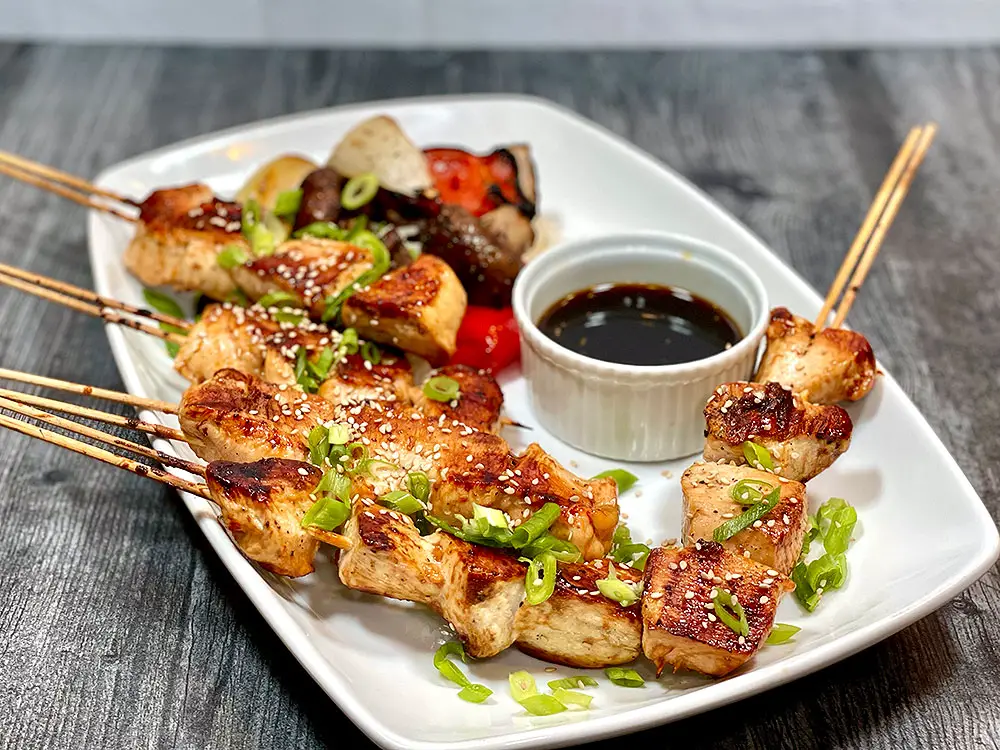
Yakitori is a Japanese type of skewered chicken. (Source: Internet)
At more casual settings like street vendors or food stalls, you can find individual skewers of yakitori priced at around 100 yen ~ $0.67 to 300 yen ~ $2.01 each.
In casual dining establishments and izakayas (Japanese pubs), you can expect to pay approximately 100 yen ~ $0.67 to 300 yen ~ $2.01 per skewer. Many places offer set menus or combination platters which can offer better value.
You can also like:
- How To Cook Wagyu Steak? Super Easy Cooking Ways
- Why Is Wagyu So Expensive? The Secrets Behind Its Price
- Popular Types Of Sashimi Recommended By Japanese Food Lovers
3. Japanese and Western Fast Food Prices
Another choice for eating out in Japan is fast food. Diners may select from businesses including Matsuya, which serves rice bowls, Mos Burger, which offers Japanese-Western burgers, and worldwide chains like Burger King and McDonald’s. These eateries are affordable, feature menus that appeal to foreign customers, and are casual.
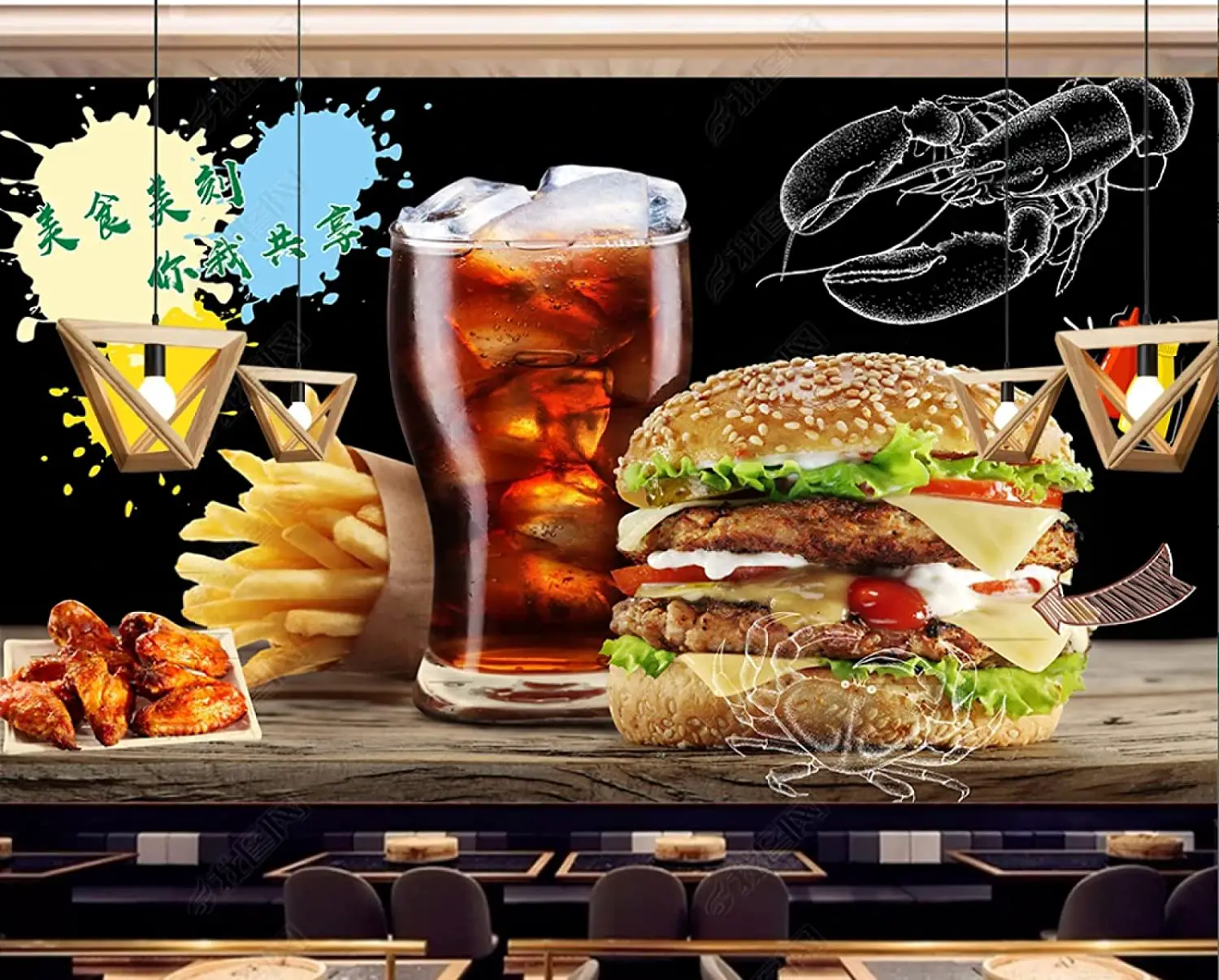
As was already said, there are numerous fast food restaurants in Japan that provide western cuisine. For burgers, the most popular options are McDonald’s, Mos Burger, Lotteria and Burger King. KFC is another well-known establishment. While prices differ amongst restaurants, McDonald’s is often the least expensive choice.
A common fast food meal in Japan is 200 Yen ~ $1.5 for a burger and 700 Yen ~ $5.24 for a McMeal at BurgerKing or McDonald’s (or a comparable combo meal). Meanwhile, a Lotteria set meal costs from 600 Yen ~ $4.5 to 1000 Yen ~ $7.49 and KFC is a bit cheaper with 500 Yen ~ $3.75 for a set.
In addition to Western fast food, Gyudon (beef bowl) is regarded as one of the most well-known fast foods in Japan. You can taste it at any of the nationwide Matsuya, Sukiya or Yoshinoya eateries. The salty flavor of beef slices piled on top of hot rice and the sweet flavor of soy sauce combine to create the unique flavor of Gyudon.
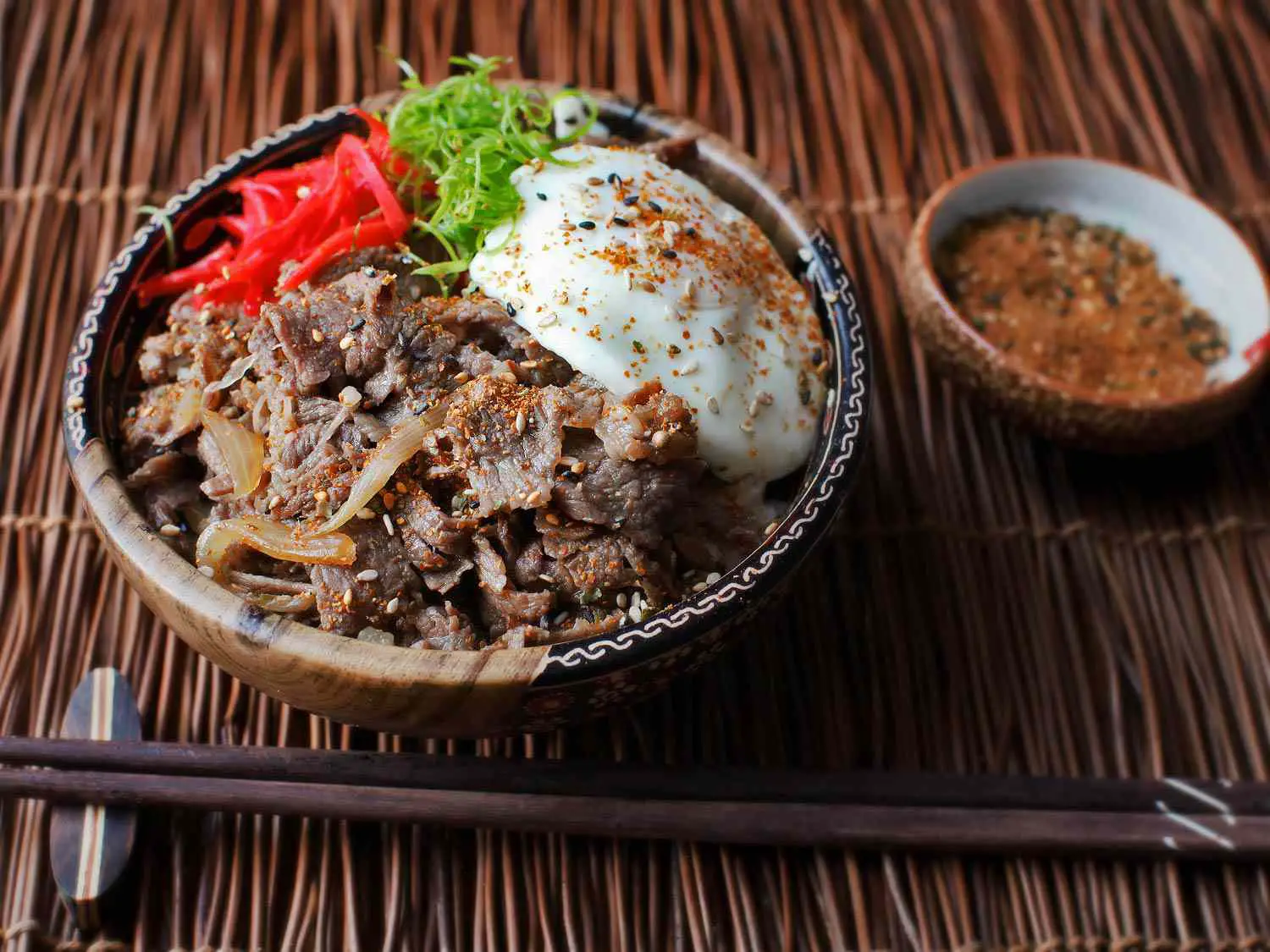
Depending on the restaurant and region, prices might vary, but a regular bowl costs about 400 Yen ~ $3. You may choose the serving size as well; a little bowl typically costs 300 Yen ~ $2.25, while a larger one costs approximately 500 Yen ~ $3.75. If you want more side dishes or miso soup, you have to pay an additional 100 Yen ~ $0.75.
Teishoku is also another casual choice. Teishoku are pre-prepared dinners that include a main dish (often fish or pork), miso soup, rice, and extra side cuisine just like salad. It is somewhat more pricey than the Gyudon, which normally costs from 800 Yen ~ $5.99 to 1,000 Yen ~ $7.49.
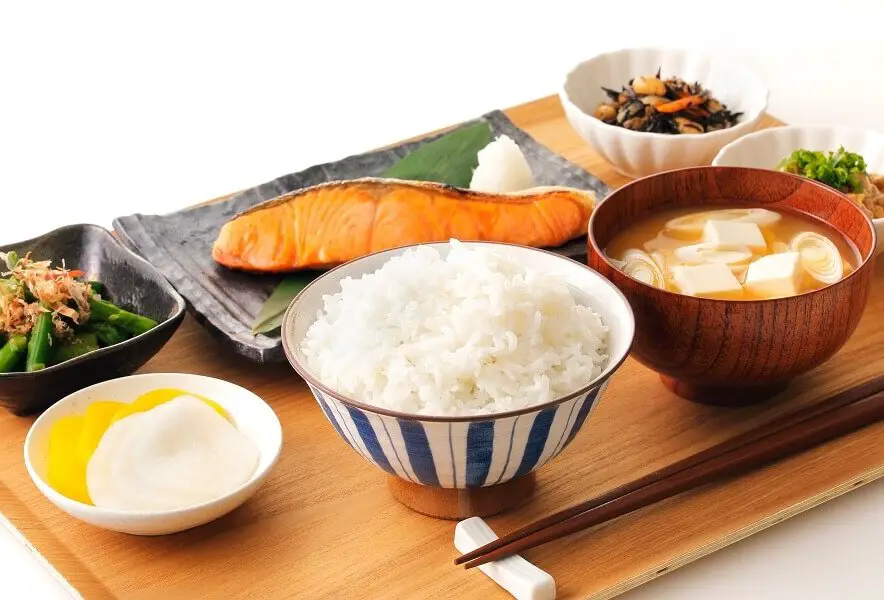
4. Convenience Store Meal Prices
While there are plenty of establishments in Japan, the convenience stores, also called “Conbini” are arguably more vital to the everyday life of the Japanese people. Lawson, Family Mart, and Seven Eleven are the three most popular chains. As the majority are open around-the-clock, you may drop by anytime you are hungry.
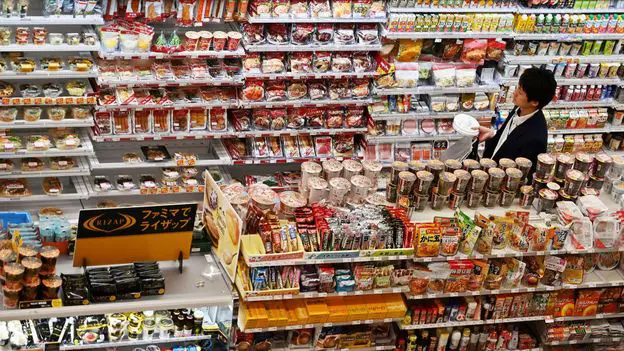
There are several meals, snacks, and drinks available at convenience stores. There are several meals, snacks, and drinks available at convenience stores. There are many options for snacks and sweets, as well as onigiri (rice balls), sandwiches, pastries, bento, Japanese noodles and udon. Moreover, hot food including steamed buns, karaage (Japanese fried chicken),… are also served at convenience stores.
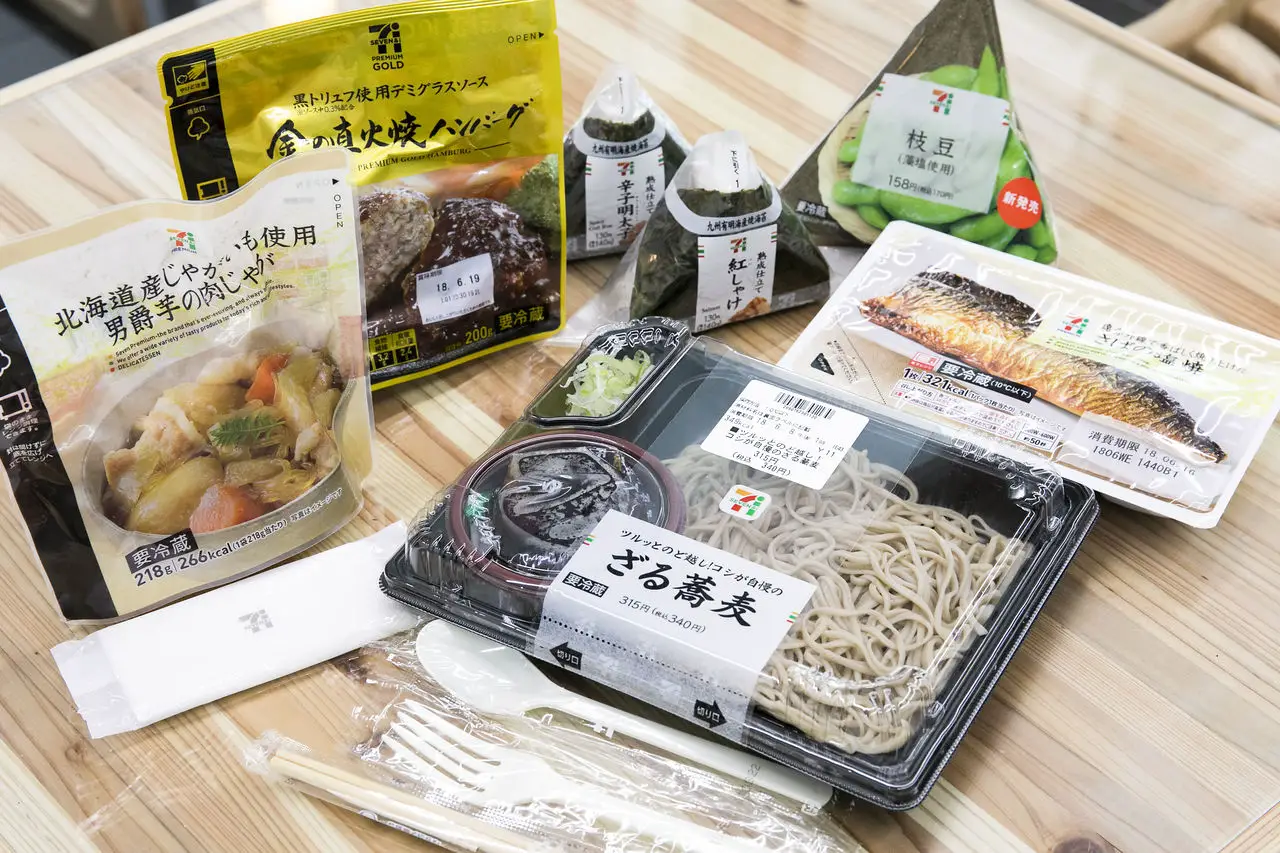
For example, onigiri ranges from 100 Yen ~ $0.75 to 200 Yen ~ $1.5, sandwiches and sides cost approximately 200 Yen ~ $1.5, noodles have prices of 300 Yen ~ $2.25 to 500 Yen ~ $3.75, hot foods from 100 Yen ~ $0.75 to 300 Yen ~ $2.25, and beverages cost less than 200 Yen ~ $1.5.
Convenience store meals would cost between 400 Yen ~ $3 and 600 Yen ~ $4.5 in total. Even if you buy many things or go on a trip with a friend, the total figure will be close to 1,000 Yen ~ $7.49. Convenience shops are excellent for every meal since they provide a wide range of selections. Let’s visit one for a quick meal there.
5. Family meal prices
When coming to Japan, what will be the most reasonable dining option for the family? As we have suggested above, you have a lot of options from luxurious restaurants to casual ones. But we recommend you visit family restaurants which are wonderful places for families to dine.
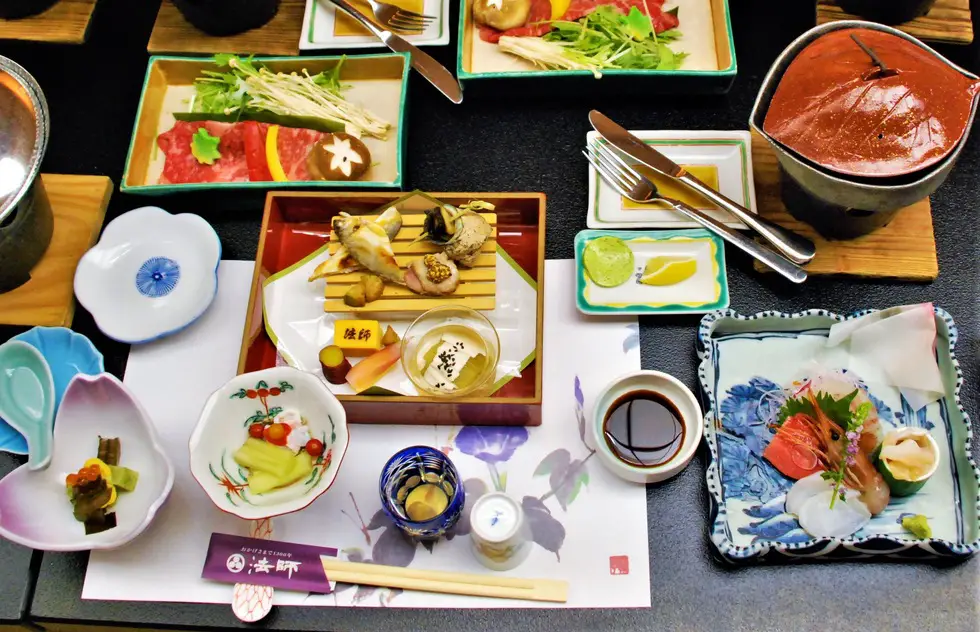
Several relatively inexpensive eateries in Japan are referred to as “family restaurants”. This phrase is utilized since these restaurants give a cozy space that makes it simple for families with kids to visit regularly. Joyfull, Saizeriya, Denny’s, and Gusto are a few popular family restaurants in Japan. Each guest will spend about 1,000 Yen ~ $7.49 on their meal at any of these establishments.
Most foods ordered à la carte are priced around 600 Yen ~ $4.5 and 800 Yen ~ $5.99. The total amount should be approximately 1,000 Yen ~ $7.49 if you add pasta, bread, or soup.
6. Drink prices in Japan
Although food prices are on the rise, drink prices in Japan are relatively cheap, especially alcohol. In Japan, a person will typically spend 1,870 Yen ~ $14 a day on alcoholic beverages. Convenience stores and supermarkets also sell alcohol inexpensively.
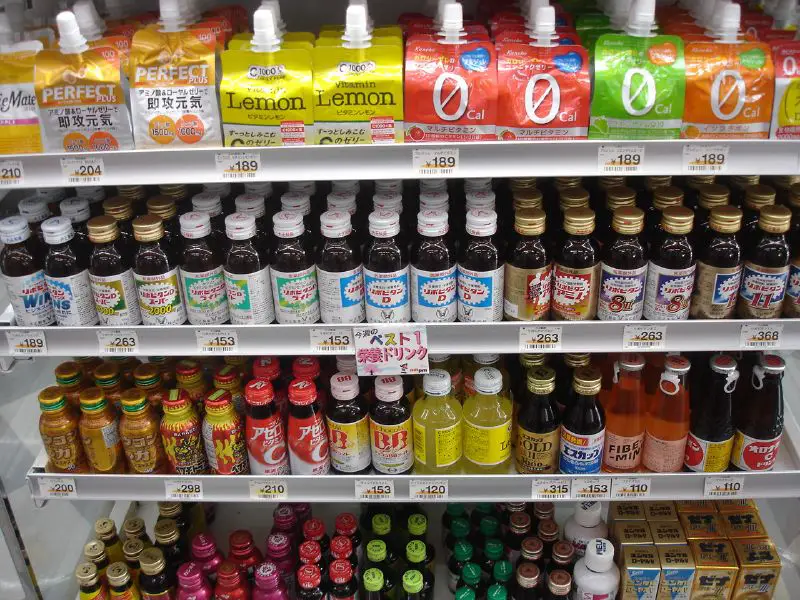
Prices for 350 ml bottles start at just 120 Yen ~ $0.9, and 500 ml bottles cost 150 Yen ~ $1.12, which is incredibly low. Some people find drinking in Japan to be interesting because it’s legal to buy and drink booze 24 hours a day and even on public streets.
In Japan, consumers pay an average amount of 542 Yen ~ $4 each day on bottled water. Japan’s tap water is recognized as being safe to drink. Coke or Pepsi is also a popular choice at around 150 Yen ~ $1.12 for a 0.33 liter bottle.
Most cities also have both big chains and artisanal cafes. Prices in coffee shops are generally approximately 300 Yen ~ $2.25 for a cup of coffee, whereas they are often a bit higher at premium cafes. For example, a cup of cappuccino can cost 439 Yen ~ $3.29 while a short espresso costs 307 Yen ~ $2.3.
7. Food prices in summary:
8.1. is japan expensive for food.
Japanese food is renowned throughout the world for its variety and wonderful flavors. Even the pickiest eaters might discover a cuisine they adore.
Thus, compared to many other Asian countries, food in Japan is a bit more expensive. The meal cost in Japan is frequently slightly higher than that of Thai, Chinese, Vietnam and other Asian foods. Furthermore, with the recent sharp decline in the Japanese yen, food prices could be increasing.
Nevertheless, the cost of food in Japan is actually not too expensive in comparison to several European nations, The United States, and other significant tourist countries. You can definitely eat reasonably priced meals that are tasty if you know how to budget your money and carefully consider your dining options.
8.2. How much does food cost in Japan per month?
According to the most recent statistics available on food expenditures from the Japanese Ministry of Internal Affairs and Communications, families in Japan spent over 10,000 Yen ~ $74.92 Japanese yen per month on prepared food goods in 2022, making this category the one with the highest food expenditures. Also that year, Japanese households spent a total of more than 63,000 Yen ~ $471 for meals per month.
For a single living person, the food price can differ greatly based on their lifestyle, with individuals who cook at home usually more likely to spend less than those who eat out. When compared to the cost of dining out each day, food for a few days purchased at the grocery store may be just around 2000 yen ~ $15,09.
Besides, because there are so many convenience stores and casual restaurants available everywhere, those who do not have enough time to prepare meals will still be successful in finding cuisine that meets their financial needs in Japan. Your expected expenditures might range from 30,000 Yen ~ $224 to 50,000 Yen ~ $374 per month or more, according to your eating habits.
8.3. How much money do you need per day in Japan?
2023 estimates the daily spending needed for visitors, students, and workers to Japan at between 7000 Yen ~ $52 and 18,000 yen ~ $135 per day. Considering the costs of other tourists, you should budget around 15,174 yen ~ $113 per day for your trip to Japan. These expenditures are mainly on those for meals, sightseeing and transportation. On average, previous tourists have paid 2,285 yen ~ $17 for public transportation and 3,672 yen ~ $27 for food for one day.
8.4. How much does street food cost in Japan?
A massive rise in the consumption tax in Japan from 8% to 10% has made dining out more expensive. But don’t worry, Japan offers many delicious street food options to assist you in remaining within budget while still savoring the cuisine.
For less than 200 Yen ~ $1.5, you can absolutely find a lot of attractive and delicious food on the streets of Japan.
Featuring taiyaki, the well-known Japanese fish ice cream. This interesting waffle pancake in the shape of a fish is a typical street food dish that you can get all across Japan. They’re ideally served warm and generally have a tasty red bean flavor. You just have to pay about 150 Yen ~ $1.12 for a taiyaki. Another popular choice is takoyaki. This famous Japanese delicacy is sold on the streets all around the world. The process of making takoyaki, which is created with a piece of octopus enclosed in a batter composed of wheat flour and vegetables, is also fascinating. Takoyaki costs around 400 Yen ~ $3 to 600 Yen ~ $4.5 for a box of 8 pieces. Smaller box with 4 pieces is only about 200 Yen ~ $1.5.
The full and tasty dish known as Ikayaki, or grilled squid, is available at most, if not every, street food stands. Some people might not find it to be the most favorable, but the soy sauce covering and straightforward cooking method make for an interestingly flavorful experience. The cost of an Ikayaki meal ranges from 170 Yen ~ $1.2 to 200 Yen ~ $1.5.
There are also many other special street foods such as: Senbei (rice cracker) costs around 150 Yen ~ $1.12; Yakitori (Japan grilled chicken skewers) with 100 Yen ~ $0.75 to 200 Yen ~ $1.5 per item; Okonomiyaki ranges in price from 600 Yen ~ $4.5 to 800 Yen ~ $5.99 a dish;….
If you’re a sweet tooth, Dango 100 – 200 Yen ~ $0.75 – $1.5; Daifuku about 200 Yen ~ $1.5; chocolate banana 200 yen ~ $1.5;… are the perfect choices for you.
8.5. How much is a cheap meal in Japan?
Everyone has various purposes when they travel; some would like to eat at the top restaurants and taste the best cuisines of the nation, whereas others prefer to enjoy as much of the local street food as possible.
Also, the more money you save on your vacation to Japan, the more travel you may do! Trying numerous different, less expensive meals during your trip instead of just trying to visit all of Japan’s top-rated eateries is a good idea.
If you’re finding cheap meal options in Japan, plan on spending around 300 to 500 Yen ~ $2,26 to $3.77 for breakfast and about 700 Yen ~ $5.2 to 1000 Yen ~ $7.49 each for lunch and dinner. You can also find simple and affordable meals sold at supermarkets, convenience stores and shopping streets.
Some recommended dishes are: bento 300 – 700 Yen ~ $2.25 – $5.2, ramen 400 – 1200 Yen ~ $3 – $8.9, gyudon 300 – 500 Yen ~ $2.25 – $3.75, conveyor belt sushi about 100 – 500 yen ~ $0.75 – $3.75,….
8.6. How much is a single meal in Japan?
As mentioned above, an average meal in Japan can range from 100 to 2000 Yen ~ $0.75 to $14.9 depending on the dish and the restaurant where you dine. Below, I will analyze in detail how much you should pay for each meal including: breakfast, lunch and dinner.
Breakfast starts with a casual coffee and snacks bought from the convenience shop or a nearby bakery. You just pay less than 667 Yen ~ $5 per meal. Hotel buffet prices typically vary from 1134 Yen ~ $10 to 4000 Yen ~ $30. Remember that in Japan, coffee shops and bakeries frequently open late in the morning.
Next, we have lunch that should be simple to keep around 1000 Yen ~$7.49.
And after a long day, a luxury dinner may be a great choice. For those on a tighter budget, 2000 Yen ~ $14.9 should be enough to enjoy premium meals.
9. Conclusion
Along with the prices of transportation and fuel, accommodation cost, food prices in Japan are also constantly fluctuating. Whether you are a resident of Japan or a tourist who is considering traveling there, keep updating the price situation every day to make the most beneficial buying decisions for you and your family.
YOU MIGHT ALSO LIKE
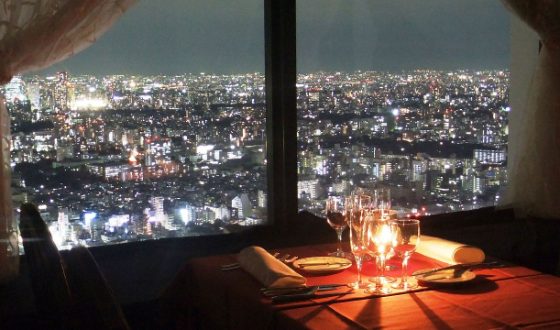
Best romantic restaurants in Tokyo: Recommended for Dates and Anniversaries
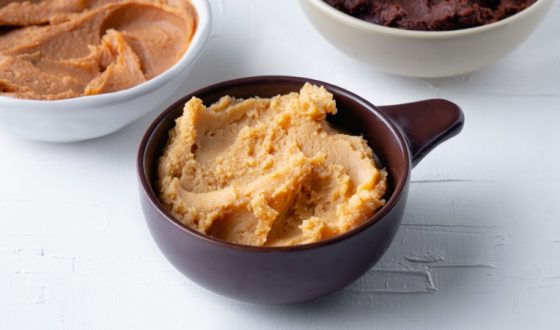
The Irresistible Elegance of Paste Used in Japanese Cooking
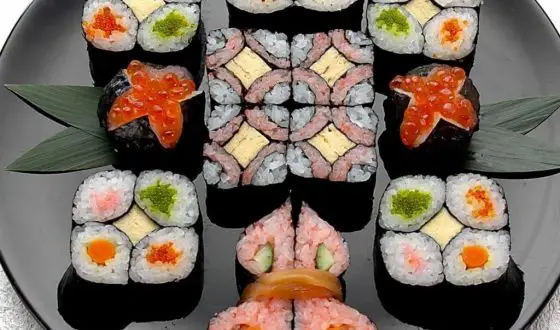
6 Types of Tuna for Sushi: Everything You Need to Know
Leave a reply.
You can use these tags:
Popular posts

The Best Japanese Rice Cookers for 2023 That You Must Have in Your Kitchen

Knight vs Samurai: Are They Similar Or Different?

8 Highest Paying Jobs In Japan For Foreigners [2022 Update]

Types Of Japanese Swords – A Way To Japanese Art Culture

Among The Most Popular Sushi Rolls, Best Taste Goes To …
© Question Japan's 2019

Japan travel budget calculator
What will exactly cost my trip to Japan? Every prospective tourist for the archipelago wondered about the amount necessary to plan a travel in their dream country.
Kanpai’s Budget Calculator provides a precise estimate of the travel expenditures item-by-item, with numerous possible choices. As a matter of fact, a backpacker’s 10-days trip will not cost the same as a 3-weeks stay for a family looking for a very comfortable trip.
Fill in the questionnaire below to discover the expenses to expect and many advices on how to keep the cost down.
How much should I budget to go to Japan?
- Number of Travelers
- Your Travel
- Itinerary & Transportation
- Accommodation
- Outings & Shopping
April, July and August are peak touristic seasons: many services are more expensive during these periods. Consider traveling in January, February, March, May, June, September, October, November or December to keep your costs down.
- Flights and Airports
- Transportation
- Internet & Phones
- Budget and money
- Japanese Food
- Visit with Kids
- Seasons: spring / summer / autumn / winter
- Weather forecast
- Time in Japan
- Holidays & Festivals
- Natural Disasters
- Customs and Duties
- Works and Closures
- From April 29 to 5 May -- Japanese Golden Week
- May 12 -- Mother's Day in Japan
- June 6 -- Beginning of the rainy season (Tsuyu) in Japan
- June 21 -- Summer starts in Japan
- From July 1 to 31 -- Gion Matsuri Festival in Kyoto with float processions on July 17 and 24
- July 1 -- Season start for climbing Mount Fuji
- Tokyo : Shinjuku , Shibuya , Harajuku , Asakusa , Akihabara , Odaiba , Ikebukuro , Ueno , Roppongi , Chiyoda , Ryogoku ...
- Around Tokyo: Kamakura , Nikko , Hakone , Mount Fuji , Mount Takao , Yokohama ...
- Kansai: Kyoto , Nara , Osaka , Mount Koya , Himeji , Kobe , Kinosaki , Kumano Kodo , Ise ...
- Japanese Alps: Kanazawa , Matsumoto , Takayama , Shirakawa-go , Nakasendo ...
- West: Hiroshima , Miyajima , Shikoku , Onomichi , Naoshima , Izumo , Kurashiki , Matsue ...
- South: Kyushu , Okinawa , Yakushima ...
- North: Hokkaido , Tohoku ...

- Temples and Shrines
- Gardens and Parks
- Hiking and Trekking
- Observation Decks
- Public Baths (Onsen and Sento)
- Festivals (Matsuri)
- Amusement Parks
- Visit on a Budget / Luxury

Keikaku is a travel agency specialist of Japan and providing different kind of services:
- Japan Rail Pass
- English speaking Guides
- Pocket Wi-fi
- Japan Nightlife
- Working in Japan
- Religion and Spirituality
- Arts and History
- Movies / Animated Movies
- Japanese Music
- Studio Ghibli
- Photos / Videos
- Weird Japan
- Translations
- Kana & Kanji
- Japanese Swear Words
- Honorific Suffixes (san, kun, chan...)
- Introducing yourself
- Thank you / Apologize
- Count / Say Your Age
- Say the Date / Tell the Time
- Happy birthday
- Enjoy Your Meal
- Writing your name

Kanas are the much-needed basic characters of written Japanese language. Memorize them at a fast pace with our method.

Ask any kind of question and share your knowledge about Japan in Kanpai’s community space, our Q&A section Kotaete.

Isshoni means "together" in Japanese: share your trip details (dates, places you would like to visit) and find companions to travel in Japan.

Create your Kanpai account to manage your profile and view your participation history (questions, answers).

A Guide To Japan Trip Costs: How Much Is A Trip To Japan?
Japan is a beautiful country that has much to offer to travelers, with its unique blend of culture, history, and natural beauty. But before you plan your dream trip to Japan, it’s important to have an idea about the costs involved. In this blog post, we will provide you with a comprehensive overview of the expenses that you can expect while traveling in Japan. From airfare and accommodation to food and transportation costs, we’ve got you covered. We’ll also provide tips on how to save money while still enjoying all that Japan has to offer. So read on for everything you need to know about planning your budget for a trip to Japan.
Cost of Traveling to Japan: An Overview
When planning a trip to Japan , it’s important to consider the cost of traveling. Japan offers a wide range of travel options that cater to different budgets and preferences. Whether you’re looking for affordable accommodations or luxurious hotels, you’ll find something suitable in cities like Osaka , Kyoto, and Tokyo. Japan provides excellent value for money with its unique blend of modernity and tradition, allowing you to experience the country’s rich culture without breaking the bank.
To make your Japan trip more cost-effective, it’s essential to plan ahead and research the best deals on flights, especially during off-peak seasons like December or October. Once you arrive, using the efficient metro system or traveling by the famous Shinkansen bullet train can save you time and money. Exploring popular destinations like Hiroshima, Hakone, or the snow monkey park in Nagano can be done within a reasonable budget.
Additionally, there are various ways to save money while traveling in Japan. Consider purchasing a day pass for unlimited train rides, which can be cost-effective if you’re planning on visiting multiple train stations or exploring different cities. When it comes to food costs, indulging in a bowl of ramen or trying other delicious Japanese dishes doesn’t have to break the bank. The good news is that Japan offers a wide range of dining options to suit every budget.
In summary, traveling to Japan can be an affordable and rewarding experience. By planning your trip well and taking advantage of the diverse travel options available, you can explore this captivating country without exceeding your budget.
Why You Should Visit Japan: It’s Cheaper Than You Thought.
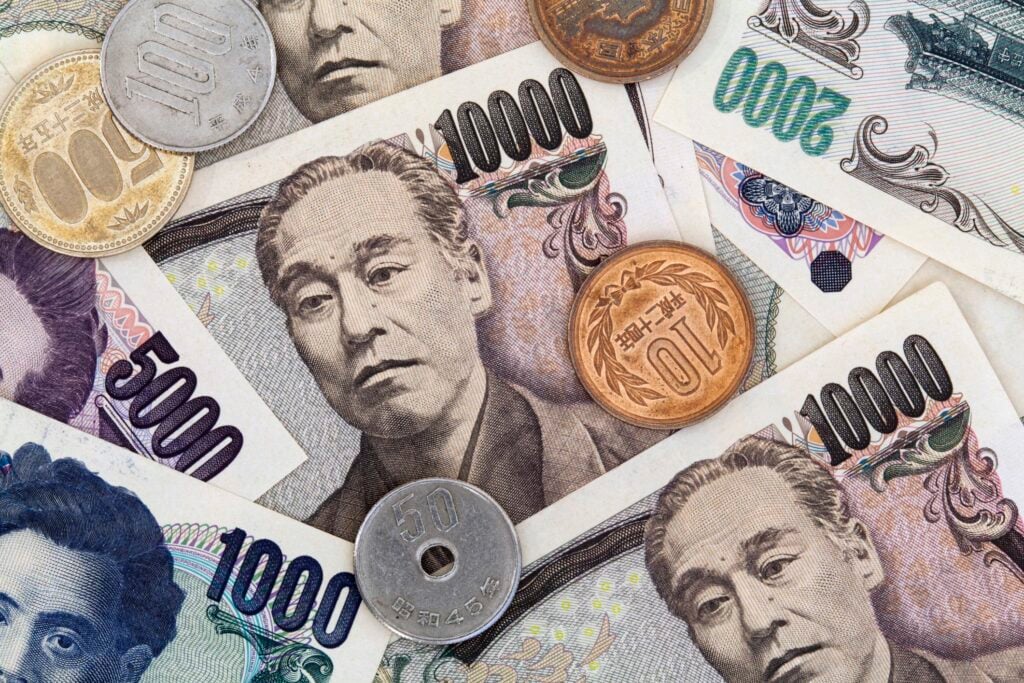
Japan offers an incredible value for money when it comes to travel. Not only does it provide a rich cultural experience, but it also ensures that you don’t have to break the bank. The cost of living in Japan is reasonable, allowing you to enjoy your trip without overspending. Plus, with its efficient public transportation system, exploring Japan is both convenient and affordable. Whether you want to visit Osaka, Kyoto, or Hiroshima, the well-connected shinkansen and metro networks make it easy to get around.
One of the best things about Japan is that it caters to different budgets. Despite being a developed country, you can find a variety of affordable accommodations and dining options. From cozy guesthouses to luxury hotels, there’s something for everyone. And let’s not forget about the diverse attractions Japan has to offer. Whether you’re interested in exploring ancient temples, soaking in hot springs in Hakone , or witnessing the stunning cherry blossom season in April, there’s no shortage of experiences that won’t break the bank.
So, if you’ve been wondering whether a trip to Japan is worth it in terms of value for money, the answer is a resounding yes! With its unique blend of affordability, cultural richness, and unparalleled experiences, Japan should definitely be on your travel bucket list. Start planning your next trip to this fascinating country and get ready to be amazed.
The Price of Airfare to Japan
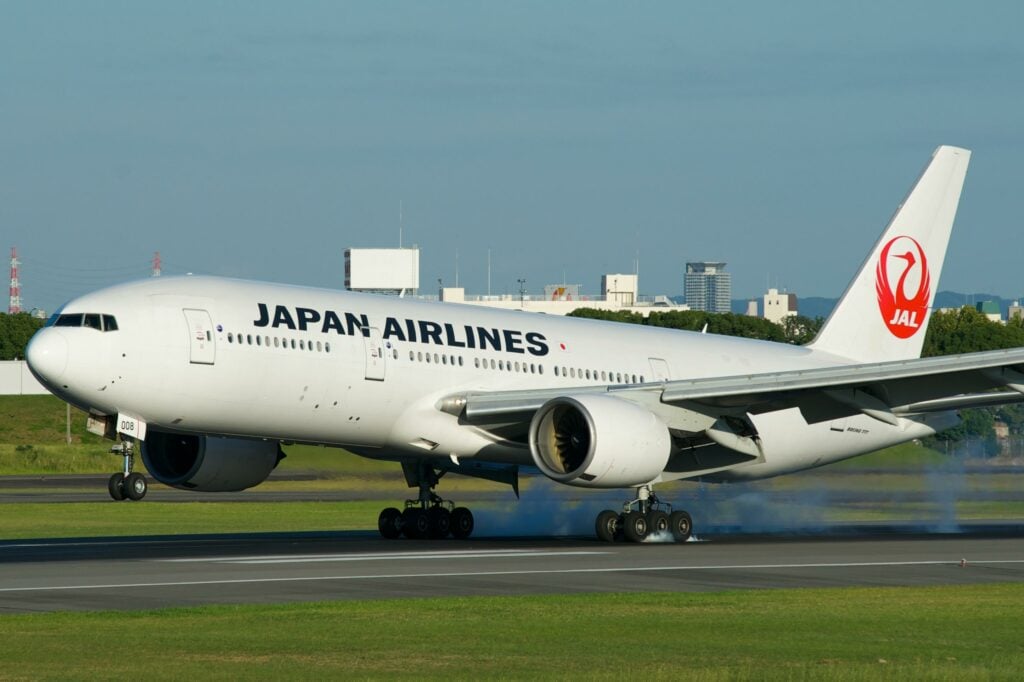
When it comes to the price of airfare to Japan, there are a few factors you need to consider. First, airfare can vary depending on the time of year and your departure location. Planning your trip during off-peak seasons, such as December or October, can help you find more affordable flight options. Additionally, booking your tickets in advance is a good idea as it can help you secure better deals on airfare.
To find more cost-effective options, it’s worth exploring different airlines and routes. Comparison websites can be especially helpful in finding the best deals on flight tickets to Japan. Keep in mind that the cherry blossom season in April and summer months like July tend to be more popular and thus more expensive times to visit.
Remember that while airfare is an important part of your Japan trip, it’s just one component of the overall cost. Considering other expenses such as accommodation, food costs, and sightseeing activities will also give you a better idea of the actual costs involved in your trip.
Tips for Finding Cheap Flights to Japan
When looking for cheap flights to Japan, there are several tips and tricks that can help you save money. One of the best ways to find affordable airfare is by being flexible with your travel dates. By shifting your departure and return dates slightly, you can take advantage of lower prices.
Another strategy is to sign up for airline newsletters and fare alerts. This way, you can stay updated on the latest promotions and special offers. Additionally, considering alternative airports or nearby cities can often lead to finding cheaper flight options. Exploring different routes and airlines can also help you find more cost-effective tickets.
Easily Check The Price Of A Flight From Your City Here
Booking a round-trip ticket instead of a one-way ticket is another way to save money on flights. Many airlines offer discounts for round-trip bookings. Lastly, if you have accumulated airline miles or credit card rewards, you can utilize them to offset the cost of your flights.
By following these tips, you can find affordable flight tickets and make your dream of exploring Japan a reality. Good news is that once you land in Japan, there are many efficient transportation options like the shinkansen (bullet train) and metro systems that can help you navigate the country easily and conveniently.
Accommodation Costs in Japan
Japan offers a variety of accommodation options to cater to different budgets and preferences. Travelers can choose from budget-friendly hostels to luxurious hotels, ensuring there is something for everyone. For a more authentic experience, consider staying in traditional ryokans or guesthouses, where you can immerse yourself in Japanese culture.
To get the best rates, it’s advisable to book your accommodations in advance. By planning ahead, you can secure better deals and have a wider range of choices. Utilize online booking platforms to find discounts and special offers on accommodations in Japan.
When considering your accommodation costs, keep in mind that prices may vary depending on the location and time of year. During peak travel seasons, such as the cherry blossom season in April or summer holidays in July, prices tend to be higher. However, by traveling during off-peak seasons like October or December, you may find more affordable options.
Whether you’re exploring the bustling streets of Tokyo, the historical city of Kyoto, or the scenic beauty of Osaka, finding suitable accommodation in Japan is relatively easy. Take advantage of the diverse range of options available and plan your stay in advance to ensure a comfortable and enjoyable trip.
Hotel Prices in Japan
Hotel prices in Japan can vary depending on the location and level of luxury. Major cities like Tokyo will generally have higher hotel rates compared to more rural areas. If you’re looking to save money, consider booking your hotel stay during weekdays or off-peak seasons when prices tend to be lower. Another option for more affordable accommodations is to stay in business hotels or capsule hotels. Additionally, utilizing hotel loyalty programs or membership discounts can help save on accommodation costs. Overall, it’s important to research and compare prices to find the best deal for your Japan trip.
Budget Accommodations in Japan
When planning a trip to Japan on a budget, there are several options for affordable accommodations. Hostels and guesthouses are popular choices among budget-conscious travelers. These establishments offer dormitory-style rooms or shared facilities, allowing you to save on accommodation costs.
Another way to cut down on expenses is by considering accommodations in smaller towns or suburbs. Rates for accommodations outside major cities like Tokyo and Osaka tend to be more budget-friendly.
To further save on expenses, look for accommodations that offer amenities like kitchenettes or free breakfast. Having access to a kitchenette can help you prepare your own meals, reducing food costs. Additionally, some establishments offer complimentary breakfast, allowing you to start your day on a budget-friendly note.
When searching for budget accommodations, it’s advisable to research and compare prices on different booking platforms. This will help you find the best deals and ensure that you get the most value for your money during your Japan trip.
Mid-range Accommodations in Japan
Mid-range accommodations in Japan offer a perfect balance between affordability and comfort. Whether you’re traveling for business or leisure, there are several options to choose from that fit within your budget. Business hotels and chain hotels are popular choices, offering reasonable rates and convenient amenities such as free Wi-Fi and breakfast. If you’re looking for a unique cultural experience, consider staying in traditional ryokans or minshukus. These traditional Japanese inns provide a glimpse into local customs and offer cozy rooms with tatami floors and communal baths. To find the best mid-range accommodations for your Japan trip, take the time to research and compare prices. Look out for hotel promotions or package deals that can help you save on your stay. By considering different options and being flexible with your travel dates, you can find comfortable and affordable mid-range accommodations in Japan.
Luxury Accommodations in Japan
Japan offers a variety of luxurious accommodations for travelers seeking an indulgent experience. From five-star hotels and resorts to traditional Japanese luxury ryokans, there are options available to suit every traveler’s taste. These luxurious accommodations provide top-notch service, excellent amenities, and a chance to immerse yourself in Japanese culture.
To make your luxury stay more affordable, consider booking during off-peak seasons when rates may be lower. Additionally, look out for package deals or special promotions that can help you save on your stay. By being flexible with your travel dates and taking advantage of these offers, you can enjoy the luxury experience without breaking the bank.
Whether you choose to stay in bustling cities like Osaka and Kyoto, or opt for more serene locations like Hakone or Kanazawa, luxury accommodations in Japan will ensure a comfortable and memorable stay. So, if you’re planning your next trip to Japan and want to indulge in a luxury experience, make sure to explore the various options available and find the one that best suits your travel style and preferences.
Costs of Food and Dining in Japan
Japan offers a wide range of dining options that cater to different budgets, making it a food lover’s paradise. Whether you’re looking for street food or high-end restaurants, Japan has something for everyone. One great way to save money on dining is by eating at local restaurants and izakayas, which often offer more affordable prices compared to tourist-oriented establishments. Another budget-friendly option is to take advantage of lunchtime set menus or bento boxes, which provide economical dining choices without compromising on taste or quality. Additionally, exploring local markets and trying street food can be a fun and cost-effective way to experience the rich flavors of Japanese cuisine. From a bowl of ramen to sushi rolls, there’s always a delicious meal awaiting you in Japan. So, savor the culinary delights of the country while keeping your wallet happy.
Eating on a Budget in Japan
When it comes to eating on a budget in Japan, there are several strategies you can employ to make the most out of your dining experience without breaking the bank. One option is to look for local markets and convenience stores, which often have affordable and delicious food options. Another idea is to opt for lunchtime set meals or visit ramen shops, where you can enjoy a filling and budget-friendly meal. If you’re in the mood for a quick and cheap snack, trying out street food like takoyaki and yakitori can be a great choice.
For a unique dining experience at lower prices, consider buying snacks and meals from vending machines . This can provide a fun and convenient way to try different Japanese dishes. Additionally, it’s a good idea to research and plan ahead for affordable dining options in your travel itinerary. By doing so, you can find hidden gems and local favorites that won’t put a strain on your budget.
In summary, eating on a budget in Japan doesn’t mean sacrificing flavor or variety. With some planning and exploration, you can indulge in delicious Japanese cuisine without emptying your wallet.
Dining at Mid-range Restaurants in Japan
When it comes to dining in Japan, mid-range restaurants offer a variety of delicious cuisine at affordable prices. During lunchtime, you can expect to pay around 800-1,500 yen, while dinner prices typically range from 1,500 to 3,000 yen. Many of these restaurants have set menus or lunch specials that provide great value for money. If you’re looking for popular chain restaurants in Japan , Coco Ichibanya is known for its curry dishes, Matsuya offers tasty beef bowls, and Sukiya serves delicious rice bowls. When dining out, remember to factor in additional costs such as drinks, taxes, and service charges.
Fine Dining and Luxury Cuisine in Japan
Japan is renowned for its high-end restaurants and luxury cuisine options. Dining out at these top-tier establishments can be expensive, with prices ranging from hundreds to thousands of dollars per meal. However, there are also budget-friendly options available, such as affordable ramen shops and conveyor belt sushi restaurants. It’s important to factor in the cost of food when budgeting for a trip to Japan, but it’s also worth remembering that experiencing the country’s unique food culture can be a highlight of the trip. Whether you’re indulging in a decadent kaiseki meal in Kyoto, enjoying the freshest sushi in Osaka, or savoring a bowl of ramen in Tokyo, Japan offers a wide range of culinary experiences to suit any taste and budget. So, don’t be afraid to splurge on a memorable dining experience, but also explore the more affordable options for a well-rounded and satisfying culinary journey.
Transportation Costs within Japan
Japan has a highly efficient public transportation system, encompassing trains, buses, and subways. The cost of transportation within Japan depends on various factors such as the distance traveled, mode of transportation, and time of day. For tourists planning to cover long distances, Japan Rail Passes can be a cost-effective option. However, it is important to note that taxis and rental cars are also available but tend to be more expensive.
To save money on individual fares, purchasing a prepaid transportation card like Suica or Pasmo is highly recommended. These cards provide convenience and flexibility when using public transportation in Japan. It’s worth mentioning that Japan’s major cities like Osaka, Kyoto, and Hiroshima are easily accessible by train, and the renowned Shinkansen bullet train is a popular choice for intercity travel.
When planning your Japan trip, it’s advisable to account for transportation costs alongside other expenses like accommodation and dining. By considering the different modes of transportation, utilizing passes, and opting for prepaid cards, you can navigate Japan economically while enjoying its extensive sightseeing options, whether it’s exploring bustling metros or immersing yourself in the enchanting charm of smaller towns like Hakone or Kanazawa.
Public Transportation in Japan
Japan boasts an extensive and efficient public transportation system, encompassing trains, buses, and subways. The cost of getting around in Japan can vary depending on the mode of transportation and the length of your journey. For those planning to travel extensively by train, purchasing a Japan Rail Pass can result in significant savings. Additionally, IC cards like Suica and Pasmo offer a convenient payment method that can be used across different modes of transportation. It’s important to plan ahead and budget for transportation expenses when organizing your Japan trip.
Renting a Car in Japan
Renting a car in Japan offers travelers the flexibility and convenience to explore more of the country’s scenic countryside and off-the-beaten-path destinations. To rent a car in Japan, there are certain requirements to keep in mind. First, you will need an international driver’s license, which you can obtain in your home country before your trip. Additionally, you must be at least 18 years old to rent a car in Japan.
When considering the cost of renting a car in Japan, it’s important to factor in various expenses. This includes daily rental rates, insurance coverage, and fuel expenses. It’s recommended to look for reputable car rental companies that offer English support and have convenient pick-up and drop-off locations.
Planning your route ahead of time is crucial when driving in Japan. Familiarize yourself with toll roads and parking fees, as these costs can add up during your trip. Having a rental car allows you to travel at your own pace and discover hidden gems that may not be easily accessible by public transportation.
In conclusion, renting a car in Japan can enhance your travel experience, allowing you to venture beyond the major tourist destinations. By meeting the requirements, considering the costs, and planning your route, you can make the most of your Japan trip and explore the country at your own leisure.
Costs of Sightseeing and Activities in Japan
When planning a trip to Japan, it’s essential to consider the costs of sightseeing and activities. Transportation costs, including flights, trains, and buses, can vary depending on the destinations you want to visit. Accommodation costs, such as hotels, hostels, and ryokans, also play a significant role in your overall expenses. In terms of food and drink, dining out, trying street food, and shopping for groceries will contribute to your daily expenses. Entrance fees to attractions and activities like temples, museums, and theme parks should be factored in as well. Don’t forget to allocate some budget for souvenirs and shopping, whether it’s traditional crafts or electronics. To make your Japan trip more budget-friendly, consider utilizing discount passes and staying in budget-friendly areas. By carefully considering these costs, you can plan your trip accordingly and have a memorable experience exploring all that Japan has to offer.
Free and Budget-Friendly Attractions in Japan
When visiting Japan, there are plenty of free and budget-friendly attractions to explore. Start by visiting the temples and shrines that have low entrance fees or are completely free. These cultural sites offer a glimpse into Japan’s rich history and traditions. Additionally, don’t miss out on the beautiful parks and gardens scattered throughout the country. Many of them are free to enter and provide a peaceful escape from the bustling city life.
For affordable and delicious meals, head to the street markets and food stalls. Here, you can try local specialties without breaking the bank. Don’t forget to take advantage of free cultural experiences, such as tea ceremonies or traditional Japanese performances. These activities allow you to immerse yourself in the local customs and traditions.
To save money on transportation, utilize Japan’s efficient public transportation system. Trains and buses are not only convenient but also budget-friendly. They can take you to various attractions and cities like Osaka, Kyoto, and Hiroshima. By using these options, you can explore Japan without spending a fortune on flight tickets or expensive car rentals.
In conclusion, Japan offers numerous free and budget-friendly attractions for travelers to enjoy. From historical sites to scenic gardens, there is something for everyone. By taking advantage of affordable food options and utilizing public transportation, you can have a memorable and cost-effective trip to Japan.
Mid-range and Premium Attractions in Japan
When visiting Japan, there are a variety of attractions to suit different budgets and preferences. For those looking for mid-range options, there are budget-friendly attractions that offer a great experience without breaking the bank. You can visit free temples and shrines, which not only provide a glimpse into Japan’s rich culture but also offer serene surroundings for meditation or contemplation. Another cost-effective option is taking a public transport tour, where you can explore the city while enjoying the convenience of the metro or buses.
On the other hand, if you’re willing to splurge a little more, Japan offers premium attractions that provide a luxurious experience. Consider staying at a traditional ryokan, a Japanese-style inn known for its hospitality and tranquility. Attending a tea ceremony is another premium experience that allows you to immerse yourself in Japanese culture and rituals.
When it comes to accommodation, there are options for both mid-range and premium hotels. Capsule hotels are a unique and affordable choice, perfect for solo travelers or those on a tight budget. If you’re looking for luxury, you can opt for high-end resorts or traditional Japanese inns for a truly authentic experience.
Food and drink expenses can vary greatly depending on your preferences and dining choices. To save money on meals, explore local eateries and street food stalls where you can enjoy delicious and affordable Japanese cuisine. However, if you’re in the mood for indulgence, there are plenty of high-end dining options available as well.
Transportation costs can be managed by choosing budget-friendly options like the Japan Rail Pass, which offers unlimited travel on trains and can save you money if you plan on extensive sightseeing. For those seeking a premium experience, private car services or even helicopter tours are available.
In summary, whether you prefer mid-range attractions or premium experiences, Japan offers a wide range of options to suit every traveler’s budget and preferences. From budget-friendly temples and public transport tours to luxurious ryokans and high-end dining, there’s something for everyone to enjoy on their trip to Japan.
Miscellaneous Expenses while Traveling in Japan
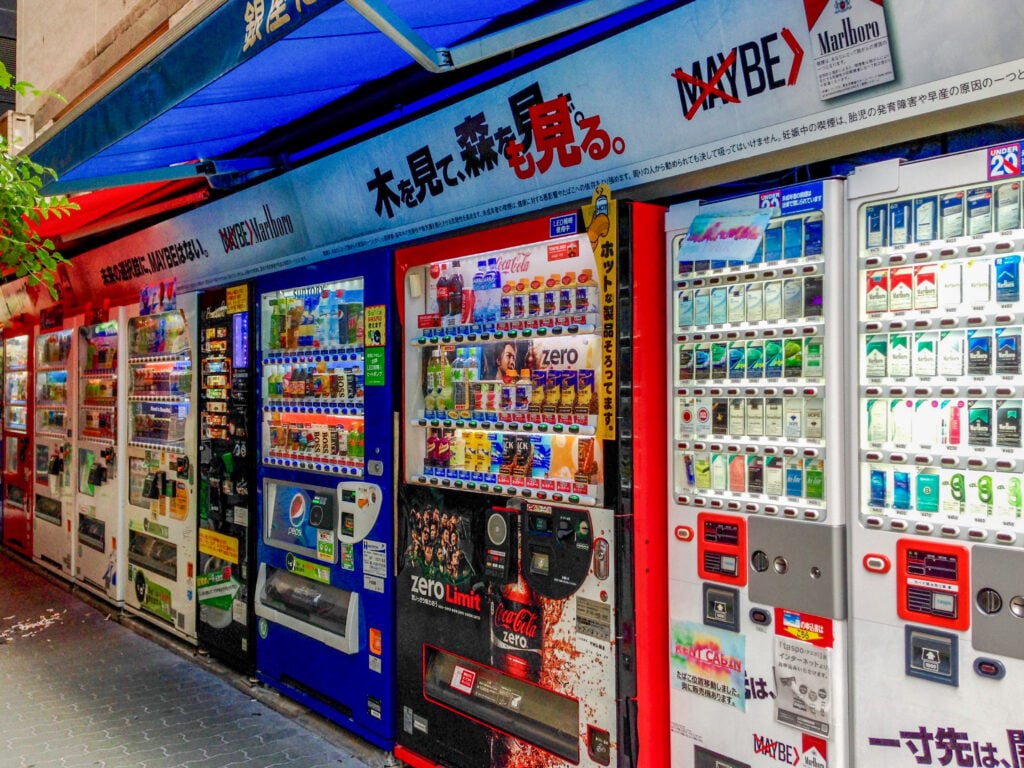
When planning a trip to Japan, it’s important to consider the miscellaneous expenses that can add up quickly. One major cost to keep in mind is transportation. While Japan has a great public transportation system, the costs can accumulate, especially if you plan to visit multiple cities like Osaka, Kyoto, or Hiroshima. Consider purchasing a JR Pass before your trip, as it can provide significant savings on train tickets, including the famous Shinkansen.
Another expense to consider is accommodations. Hotels in Japan can be quite expensive, so it may be worth exploring more affordable options like hostels or Airbnb rentals. This can help you save money, allowing you to spend more on other experiences during your trip.
Food and drink are also important considerations when budgeting for your trip. While Japanese cuisine is incredible, eating out at restaurants can be costly. To save money, consider shopping at grocery stores or convenience stores where you can find budget-friendly options. Don’t miss the opportunity to try a delicious bowl of ramen or sample local delicacies.
Lastly, be mindful of souvenir shopping. Japan is known for its unique and high-quality souvenirs , but they can come with a hefty price tag. Set a budget for souvenirs and prioritize what’s most important to you to avoid overspending.
By planning ahead and being mindful of these miscellaneous expenses, you can make the most of your Japan trip without breaking the bank.
Connectivity Costs: SIM Cards and Wi-Fi in Japan
Staying connected during your Japan trip is essential, and luckily, there are affordable SIM cards and convenient Wi-Fi options available. By purchasing a local SIM card or renting a pocket Wi-Fi device, you can save on data charges while accessing high-speed internet throughout your journey. This allows for seamless communication with loved ones and the ability to share your amazing experiences instantly. The reliability and affordability of these connectivity options make staying connected a breeze.
Find the best pocket wifi in Japan .
Whether you’re exploring the bustling streets of Osaka, immersing yourself in the cultural wonders of Kyoto, or zipping across the country on the famous Shinkansen, having reliable internet access ensures that you can easily navigate your way around, stay updated with local customs, and access useful travel apps.
The next time you plan your Japan itinerary, consider including connectivity costs in your budget breakdown to ensure you stay connected during your adventure. Plan ahead, and enjoy the convenience of being connected throughout your Japan trip.
Souvenir Costs in Japan
When it comes to visiting Japan, souvenir shopping is a must. But you don’t have to break the bank to bring back unique and memorable keepsakes from your trip. Japan offers a variety of affordable souvenir options that beautifully showcase its rich culture and craftsmanship.
To find budget-friendly souvenirs, explore local markets, street stalls, and even convenience stores. These places often offer charming trinkets and traditional crafts at reasonable prices. You can also discover delicious treats that make perfect gifts for friends and family back home.
The good news is that you can create lasting memories without spending a fortune. Affordable souvenirs capture the essence of your Japan trip and serve as reminders of your unforgettable experiences in this enchanting country.
With all the money you save on souvenirs, you can allocate it towards other aspects of your journey. From exploring historic temples in Kyoto to enjoying the bustling streets of Tokyo, there are countless sightseeing opportunities to enhance your Japan itinerary.
So, don’t hesitate to indulge in a little souvenir shopping while you’re in Japan. It’s a great way to bring home a piece of this fascinating country without straining your wallet.
Total Budget for a Trip to Japan: A Summary
The average cost of a trip to Japan can vary depending on various factors such as the duration of the trip, accommodation choices, transportation expenses, and activities. However, on average, a trip to Japan can cost anywhere between $2,000 to $5,000 per person.
Researching and comparing prices can help you find the best deals and save money on your Japan trip. Whether it’s flight tickets or train tickets, comparing prices and booking in advance can make a significant difference in your overall expenses. Additionally, it’s a good idea to plan your trip during the off-peak season, such as December or October when prices are generally lower.
What is the average cost of a trip to Japan?
The average cost of a trip to Japan can vary depending on factors such as the duration of the trip, accommodation choices, transportation expenses, and activities. However, a rough estimate for a 10-day trip including flights, accommodation, meals, and sightseeing can range from $2,500 to $5,000 per person.
Another important aspect is to create a realistic budget that aligns with your travel style and preferences. Take into account the actual costs of accommodation, transportation, and food, considering factors like the cost of a bowl of ramen in different cities or the price of a day pass for the metro. Understanding the local customs and practices can also help you make informed decisions about budgeting.
While researching and planning your Japan itinerary, keep in mind that the cost of living in Japan may differ from your home country. Convert the currency (Japanese yen) to understand the value in comparison to your currency (such as USD or AUD). This way, you can have a better idea of daily expenses and manage your budget accordingly.
In conclusion, a well-planned budget is crucial for a successful trip to Japan. By considering all aspects of your journey, doing thorough research, and making smart choices, you can have an amazing experience while staying within your financial means.
Frequently Asked Questions
How much does a trip to japan cost for 1 week.
The cost of a one-week trip to Japan can vary depending on several factors. On average, it ranges from $1,500 to $2,500. Major expenses to consider include accommodation, transportation, food, and activities. Opting for budget-friendly options for accommodation and transportation can help reduce costs.
How Much Does A Trip To Japan Cost For 2 Weeks
The cost of a two-week trip to Japan can range from $2,500 to $5,000 per person. Factors like accommodation, transportation, food, and activities determine the overall cost. Opting for budget-friendly options such as hostels, Airbnbs, and public transportation can help reduce expenses. Planning and budgeting beforehand are essential for a successful trip to Japan.
How Much Should You Up Before Traveling To Japan?
To determine how much you should save before traveling to Japan, consider factors like length of stay, accommodation, food, and activities. A budget traveler can plan for $50-70 per day, while a luxury traveler may spend several hundred dollars daily. Aim to have at least $1000-$1500 for a week-long trip to Japan. Research and plan your itinerary in advance for accurate expense estimation.
https://www.booking.com/index.html
https://www.globalhighlights.com/
https://www.addtoany.com
Published on
Leave the first comment (Cancel Reply)
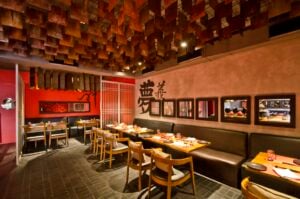
Restaurants In Japan
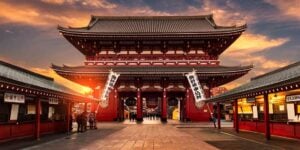
Top 10 Best Places to Visit in Japan

Japan Travel Power Adapter Guide: Stay Charged & Safe!

- Travel Planning Guide
Travel Budget for Tokyo Visit Tokyo on a Budget or Travel in Style
- Tokyo Costs

- Tokyo Hotel Prices
- Best Cheap Hotels in Tokyo
- Best Party Hotels in Tokyo
- Best Romantic Hotels for Couples in Tokyo
- Best Family-Friendly Hotels in Tokyo
- Best Pet-Friendly Hotels in Tokyo
- Best Luxury Hotels in Tokyo
- Best Adults Only Hotels in Tokyo
- Best Hotels for One Night in Tokyo
- Best Hotels for One Week in Tokyo
- Best Hotels for a Weekend Getaway in Tokyo
- Best Hotels for First Time Visitors in Tokyo
- Best Business Hotels in Tokyo
- Is Tokyo Expensive?
- How much does a trip to Tokyo cost?
- The Best Free Things To Do in Tokyo
- The Best Onsen Towns in Japan
- Is Tokyo Worth Visiting?
- Japan Costs
- Yaeyama Islands
- How much does it cost to travel to Tokyo? (Average Daily Cost)
- Tokyo trip costs: one week, two weeks, one month
Is Tokyo expensive to visit?
- How much do I need for a trip to Tokyo?
- Accommodation, Food, Entertainment, and Transportation Costs
- Travel Guide
How much does it cost to travel to Tokyo?
You should plan to spend around $157 (¥23,999) per day on your vacation in Tokyo. This is the average daily price based on the expenses of other visitors.
Past travelers have spent, on average for one day:
- $37 (¥5,734) on meals
- $17 (¥2,667) on local transportation
- $153 (¥23,446) on hotels
A one week trip to Tokyo for two people costs, on average, $2,192 (¥335,992) . This includes accommodation, food, local transportation, and sightseeing.
All of these average travel prices have been collected from other travelers to help you plan your own travel budget.
- Travel Style: All Budget (Cheap) Mid-Range Luxury (High-End)
- Average Daily Cost Per person, per day $ 157 ¥ 23,999
- One Week Per person $ 1,096 ¥ 167,996
- 2 Weeks Per person $ 2,192 ¥ 335,992
- One Month Per person $ 4,697 ¥ 719,983
- One Week For a couple $ 2,192 ¥ 335,992
- 2 Weeks For a couple $ 4,384 ¥ 671,984
- One Month For a couple $ 9,394 ¥ 1,439,965
How much does a one week, two week, or one month trip to Tokyo cost?
A one week trip to Tokyo usually costs around $1,096 (¥167,996) for one person and $2,192 (¥335,992) for two people. This includes accommodation, food, local transportation, and sightseeing.
A two week trip to Tokyo on average costs around $2,192 (¥335,992) for one person and $4,384 (¥671,984) for two people. This cost includes accommodation, food, local transportation, and sightseeing.
Please note, prices can vary based on your travel style, speed, and other variables. If you're traveling as a family of three or four people, the price per person often goes down because kid's tickets are cheaper and hotel rooms can be shared. If you travel slower over a longer period of time then your daily budget will also go down. Two people traveling together for one month in Tokyo will often have a lower daily budget per person than one person traveling alone for one week.
A one month trip to Tokyo on average costs around $4,697 (¥719,983) for one person and $9,394 (¥1,439,965) for two people. The more places you visit, the higher the daily price will become due to increased transportation costs.
Independent Travel
Traveling Independently to Tokyo has many benefits including affordabilty, freedom, flexibility, and the opportunity to control your own experiences.
All of the travel costs below are based on the experiences of other independent travelers.
Prices in Tokyo are reasonable and comparable to your average travel destination. Hotels, food, and sightseeing are generally within normal price ranges.
Within Asia, Tokyo is a very expensive destination compared to other places. It is in the top 10% of cities in Asia for its travel costs. There are only a few cities as expensive as Tokyo in the region, such as Ubud or Similan Islands.
For more details, and to find out if it's within your travel budget, see Is Tokyo Expensive?
How much money do I need for a trip to Tokyo?
The average Tokyo trip cost is broken down by category here for independent travelers. All of these Tokyo travel prices are calculated from the budgets of real travelers.
Accommodation Budget in Tokyo
Average daily costs.
Calculated from travelers like you
The average price paid for one person for accommodation in Tokyo is $76 (¥11,723). For two people sharing a typical double-occupancy hotel room, the average price paid for a hotel room in Tokyo is $153 (¥23,446). This cost is from the reported spending of actual travelers.
- Accommodation 1 Hotel or hostel for one person $ 76 ¥ 11,723
- Accommodation 1 Typical double-occupancy room $ 153 ¥ 23,446
Hotel Prices in Tokyo
Looking for a hotel in Tokyo? Prices vary by location, date, season, and the level of luxury. See below for options.
Find the best hotel for your travel style.
Actual Hotel Prices The average hotel room price in Tokyo based on data provided by Kayak for actual hotel rooms is $42. (Prices in U.S. Dollars, before taxes & fees.)
Kayak helps you find the best prices for hotels, flights, and rental cars for destinations around the world.
Recommended Properties
- Mita Kaikan Budget Hotel - Kayak $ 47
- Aman Tokyo Luxury Hotel - Kayak $ 699
Transportation Budget in Tokyo
The cost of a taxi ride in Tokyo is significantly more than public transportation. On average, past travelers have spent $17 (¥2,667) per person, per day, on local transportation in Tokyo.
- Transportation 1 Taxis, local buses, subway, etc. $ 17 ¥ 2,667
Recommended Services
- Tokyo City Private Departure Transfers to Yokohama Port Viator $ 165
- Transfer in private vehicle from Tokyo City Center to Narita Airport Viator $ 81
Flights to Tokyo
Rental cars in tokyo, food budget in tokyo.
While meal prices in Tokyo can vary, the average cost of food in Tokyo is $37 (¥5,734) per day. Based on the spending habits of previous travelers, when dining out an average meal in Tokyo should cost around $15 (¥2,294) per person. Breakfast prices are usually a little cheaper than lunch or dinner. The price of food in sit-down restaurants in Tokyo is often higher than fast food prices or street food prices.
- Food 2 Meals for one day $ 37 ¥ 5,734
Recommended
- Asakusa Classic Ramen & Crispy Gyoza Cooking Class Viator $ 105
- Sushi & Sake Tasting Cooking Class + Local Supermarket Visit Viator $ 93
What did other people spend on Food in Tokyo?
Typical prices for Food in Tokyo are listed below. These actual costs are from real travelers and can give you an idea of the prices in Tokyo, but your costs will vary based on your travel style and the place where the purchase was made.
- Late Night Noodles ¥ 800
- Conveyor Belt Sushi Snack ¥ 800
- Meal at Airport ¥ 1,043
Entertainment Budget in Tokyo
Entertainment and activities in Tokyo typically cost an average of $68 (¥10,487) per person, per day based on the spending of previous travelers. This includes fees paid for admission tickets to museums and attractions, day tours, and other sightseeing expenses.
- Entertainment 1 Entrance tickets, shows, etc. $ 68 ¥ 10,487
Recommended Activities
- Food Crawl Tour in Asakusa Viator $ 76
- Akihabara Tailor-made Tour for Anime Fans Viator $ 132
Tips and Handouts Budget in Tokyo
The average cost for Tips and Handouts in Tokyo is $5.01 (¥768) per day. The usual amount for a tip in Tokyo is Never .
- Tips and Handouts 1 For guides or service providers $ 5.01 ¥ 768
Scams, Robberies, and Mishaps Budget in Tokyo
Unfortunately, bad things can happen on a trip. Well, you've just got to deal with it! The average price for a scam, robbery, or mishap in Tokyo is $2.36 (¥362), as reported by travelers.
- Scams, Robberies, and Mishaps 1 $ 2.36 ¥ 362
Alcohol Budget in Tokyo
The average person spends about $33 (¥5,024) on alcoholic beverages in Tokyo per day. The more you spend on alcohol, the more fun you might be having despite your higher budget.
- Alcohol 2 Drinks for one day $ 33 ¥ 5,024
- Private tour: Tokyo's Oldest Sake Brewery and riverside walk. Viator $ 231
- Wooden Barrel Sake Brewery Tour and Unlimited Tasting Near Tokyo Viator $ 167
What did other people spend on Alcohol in Tokyo?
Typical prices for Alcohol in Tokyo are listed below. These actual costs are from real travelers and can give you an idea of the prices in Tokyo, but your costs will vary based on your travel style and the place where the purchase was made.
- Sake ¥ 600
Water Budget in Tokyo
On average, people spend $6.08 (¥932) on bottled water in Tokyo per day. The public water in Tokyo is considered safe to drink.
- Water 2 Bottled water for one day $ 6.08 ¥ 932
Related Articles
Tokyo on a budget.
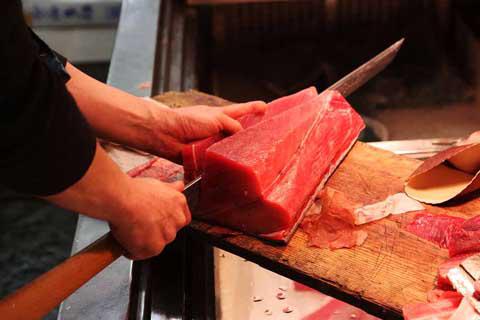
Neighborhoods
Food and dining, transportation, more related articles.
We've been gathering travel costs from tens of thousands of actual travelers since 2010, and we use the data to calculate average daily travel costs for destinations around the world. We also systematically analyze the prices of hotels, hostels, and tours from travel providers such as Kayak, HostelWorld, TourRadar, Viator, and others. This combination of expenses from actual travelers, combined with pricing data from major travel companies, gives us a uniqe insight into the overall cost of travel for thousands of cities in countries around the world. You can see more here: How it Works .
Subscribe to our Newsletter
By signing up for our email newsletter, you will receive occasional updates from us with sales and discounts from major travel companies , plus tips and advice from experienced budget travelers!

Search for Travel Costs
Some of the links on this website are sponsored or affiliate links which help to financially support this site. By clicking the link and making a purchase, we may receive a small commission, but this does not affect the price of your purchase.
Travel Cost Data
You are welcome to reference or display our travel costs on your website as long as you provide a link back to this page .
A Simple Link
For a basic link, you can copy and paste the HTML link code or this page's address.
Travel Cost Widget
To display all of the data, copy and paste the code below to display our travel cost widget . Make sure that you keep the link back to our website intact.
- Privacy / Terms of Use
- Activities, Day Trips, Things To Do, and Excursions
Cost of a Trip to Japan & the Cheapest Time to Visit Japan
The average price of a 7-day trip to Japan is $1,659 for a solo traveler, $2,690 for a couple, and $1,913 for a family of 4 . Japan hotels range from $62 to $304 per night with an average of $105, while most vacation rentals will cost $140 to $520 per night for the entire home. Average worldwide flight costs to Japan (from all airports) are between $948 and $1,696 per person for economy flights and $2,977 to $5,325 for first class. Depending on activities, we recommend budgeting $48 to $99 per person per day for transportation and enjoying local restaurants.
See below for average , budget , and luxury trip costs. You can also look up flight costs from your airport for more tailored flight pricing.
The Cheapest Times to Visit Japan
On average, these will be the cheapest dates to fly to Japan and stay in a Japan hotel:
- January 8th to March 18th
- August 27th to December 9th
The absolute cheapest time to take a vacation in Japan is usually late September .
Average Japan Trip Costs
Average solo traveler.
The average cost for one person to visit Japan for a week is $1,380-$2,771 ($197-$396 per day)
Food, Travel, and Sightseeing : $48 to $99 per day for one person’s daily expenses
Flights : $564 to $1,394 for economy
Lodging : $80 to $114 per night for one 2 or 3-star hotel room
or $86 to $105 per night for a 1-bed vacation rental
Average Couple’s Trip
The average cost for a couple to visit Japan for a week is $2,279-$4,865 ($326-$695 per day)
Food, Travel, and Sightseeing : $96 to $199 per day for two people’s daily expenses
Flights : $1,127 to $2,788 for economy
Average Family Vacation
The average cost for 4 people to visit Japan for a week is $4,360-$9,723 ($623-$1,389 per day)
Food, Travel, and Sightseeing : $191 to $397 per day for four people’s daily expenses
Flights : $2,255 to $5,576 for economy
Lodging : $161 to $228 per night for two 2 or 3-star hotel rooms
or $128 to $157 per night for a 2-bed vacation rental
Traveling Cheap to Japan
How cheap can you make a vacation to Japan? The cheapest trip to Japan is about $150 per person per day for travelers willing to take standby flights, deal with inconvenience, and otherwise limit travel expenses. About 3% of rentals are available in the $0 to $100 range for an entire place, and vacation rentals can be booked for as low as $16 per night. These inexpensive rentals must be booked as early as possible and may not be in the most desirable areas. 1-star hotels are more likely to be available, with rooms starting at around $53.
Even cheaper trips are possible depending on where you live and whether you can drive. Check the cheapest times to fly for more saving ideas.
Budget Solo Traveler
The lowest cost for one person to visit Japan for a week is $1,050-$2,576 ($150-$368 per day)
Food, Travel, and Sightseeing : $24 to $48 per day for one person’s daily expenses
Lodging : $53 to $62 per night for one 1-star hotel room
or $110 to $141 per night for a 1-bed vacation rental
Budget Couple’s Trip
The lowest cost for a couple to visit Japan for a week is $1,781-$4,306 ($254-$615 per day)
Food, Travel, and Sightseeing : $48 to $96 per day for two people’s daily expenses
Budget Family Vacation
The lowest cost for 4 people to visit Japan for a week is $3,557-$8,186 ($508-$1,169 per day)
Food, Travel, and Sightseeing : $96 to $192 per day for four people’s daily expenses
Lodging : $105 to $124 per night for two 1-star hotel rooms
or $165 to $211 per night for a 2-bed vacation rental
Overall it is very difficult to travel to Japan cheaply.
The Cost of a Luxury Japan Trip
There is no true ceiling on the cost of a luxury trip, so our estimates are based on what most people do in Japan.
Luxury Solo Traveler
The high-end price for one person to visit Japan for a week is $3,040-$10,904 ($434-$1,558 per day)
Food, Travel, and Sightseeing : $96 to $198 per day for one person’s daily expenses
Flights : $1,408 to $3,470 for first class
Lodging : $160 to $304 per night for one 4 or 5-star hotel room
or $504 to $1,008 per night for a preferred vacation rental
Luxury Couple’s Trip
The high-end price for a couple to visit Japan for a week is $5,121-$15,768 ($732-$2,253 per day)
Food, Travel, and Sightseeing : $192 to $397 per day for two people’s daily expenses
Flights : $2,817 to $6,941 for first class
Luxury Family Vacation
The high-end price for 4 people to visit Japan for a week is $10,241-$28,542 ($1,463-$4,077 per day)
Food, Travel, and Sightseeing : $384 to $794 per day for four people’s daily expenses
Flights : $5,633 to $13,882 for first class
Lodging : $320 to $609 per night for two 4 or 5-star hotel rooms
or $753 to $1,517 per night for a preferred vacation rental
Japan Hotel Prices
The cost of staying in Japan is much higher than the average city. On average hotels are less expensive than vacation rentals. Luxury vacation rentals are more expensive in Japan due to very high property costs. The graphs below show how much cost can vary depending on the type of experience you’re looking for.
Japan Lodging Cost by Star Status
The average price for the class of hotel is on the (y) axis. The hotel class (out of 5 stars) is on the (x) axis.
Prices are based on Japan hotel averages and may not reflect current prices. In some cases, we extrapolate prices to estimate costs, and hotels with your desired star rating may not be available.
Vacation Rental Prices
The percent of vacation rentals in the price range is on the left (y) axis. Price range is on the bottom (x) axis.
There are a healthy amount of vacation rentals serving all budgets in Japan.
Flight Costs to Japan
Averaging flights around the world, prices go from a high of $1,696 average in early to mid July to a low of $948 in late September. Median flight price is $1,031. These prices are based on millions of flights. For Japan our data includes thousands of originating airports, and hundreds of airlines. The area has more variance in price compared with other locations.
Average Flight Cost by Season
Average flight cost by day of week.
The cheapest day to fly in is typically Tuesday, and the cheapest day to fly back is usually Tuesday. Click here to see data for the cost of flights from your airport. In Japan, the difference between the cheapest and the most expensive week is about $748, so you can easily save about 79% simply by using our free flight guides and booking in advance.
Daily Expenses Budget
Daily vacation expenses vary more based on what you’re interested in doing. A fine dining restaurant with drinks around Japan can easily cost $361 per person or more, while a standard nice meal might be about $24 per person. Private tours can cost $722 per day, but self-guided tours to see the outdoor sights can be free. Costs vary wildly, so recommendations are made based on the cost of living and averages we see for this type of vacation.
Other Japan Guides
Travel costs nearby.
- Nagahama, Japan
- Maibara, Japan
- Tsuruga, Japan
- Echizen, Japan
- Sabae, Japan
- Ogaki, Japan
- Yoro, Japan
- Hikone, Japan
- Fukui, Japan
- Gifu, Japan
Travel Costs in Popular Places
- Chicago, IL, US
- Vienna, Austria
- Nairobi, Kenya

Japan Travel Budget: How Much Does It Cost To Travel Japan?
By: Author Lotte
Posted on Last updated: December 28, 2022
Categories Japan

Have you always dreamed about visiting Japan but are you worried about the costs? I spent two months in Japan and can say from personal experience: you can travel around Japan on a budget!
Yes, compared to Southeast Asia , Japan is an expensive country. But with some research and careful planning, it's possible to find great deals and travel on a budget in Japan.
In this post, you will find a full Japan budget breakdown and clever budget-saving tips in order to make the most of your money in the country of the rising sun. Let's get started !
Japan travel budget
Disclosure: Some links in this post are affiliate links. If you make a purchase through one of these links, we may earn a small commission (at no extra cost to you!). We're very grateful when you use our links to make a purchase:-).
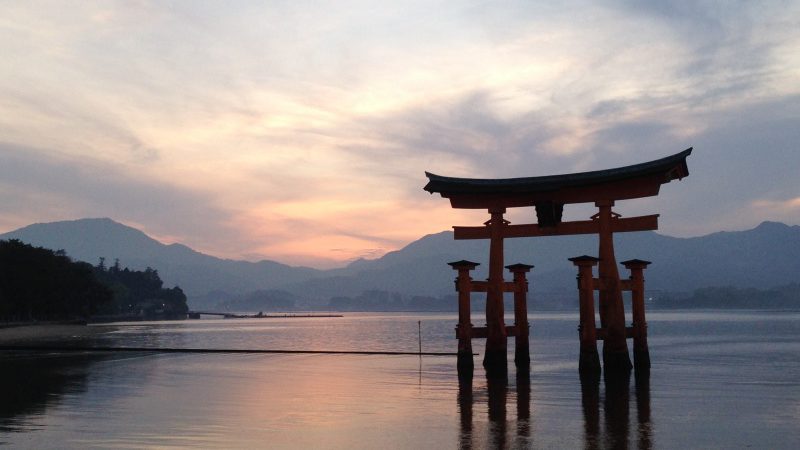
How to travel Japan on a budget
In the infographic below you can find a detailed budget breakdown of our Japan trip costs to give you a quick overview of how much you can expect to spend during your trip to Japan.
Of course, the amount you'll spend depends on your style of travel, the length of your trip, and the type of accommodation you choose.
Generally speaking, you can travel around Japan on a budget of $60-$120 per day (per person). As you can see in the infographic, our Japan daily budget was ¥13.418 (€107/$122) as a couple.
Read the post for detailed information about the costs of a trip to Japan, exactly how much we spent on accommodation, food, transport, and activities, and practical tips on how to travel to Japan on a budget.

Japan budget travel: important facts and figures
I traveled around Japan with my husband , and all expenses mentioned are for the two of us together.
I quote prices in Japanese Yen (¥) as well as Euros ( € ) and US Dollars ( $ ). When we were in Japan, €1 was around 125JPY and $1 was around 110JPY , you can find the current exchange rates here .
I spent almost a full month in Japan, 29 days to be exact. In total, we spent ¥389.122 (€3103/$3538) , which comes down to an average of ¥13.418 (€107/$122) a day for us as a couple. This includes all our Japan travel costs (see note below car section).
It does not include our airplane tickets from the Netherlands to Japan and back home.
My trip started and ended in Tokyo .
We spent 10 days on Hokkaido (the northernmost island of Japan) and the other 19 days on Honshu .

How to save money when planning a trip to Japan
When planning your Japan trip, it's important to plan carefully, look for discounts, and be flexible with your itinerary to make the most of your travel budget for Japan.
Avoid high season (travel during the low season instead)
Start by researching the best time of year to visit Japan as flight costs, hotel prices, and car rental fees vary throughout the year. Japan actually has two peak seasons:
- Sakura or hanami (cherry blossom season) : early March until mid-May
- Koyo (autumn leaves season) : early October until late November
While these are generally the best times to visit Japan, accommodation prices are at their highest.
So if you have the option to be flexible with your travel dates and able to travel during the low season (winter and summer), this is a great way to save money on your Japan trip.
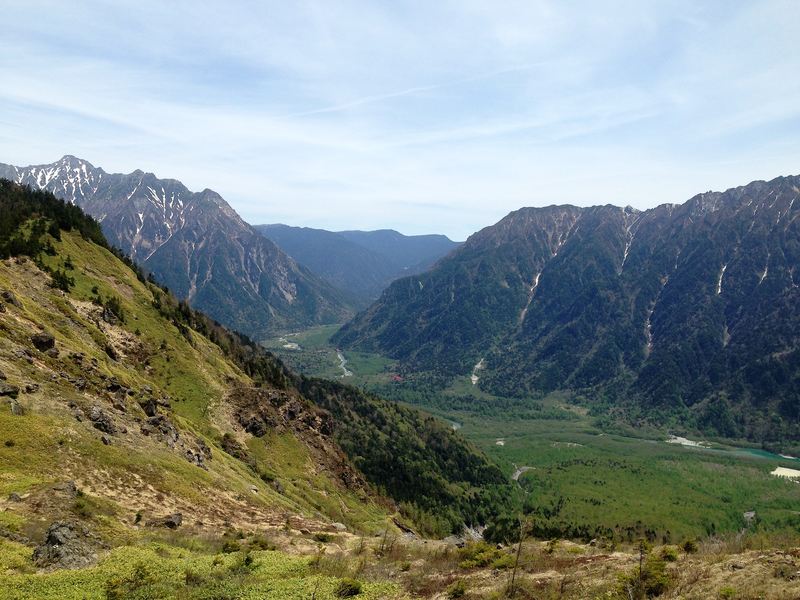
Save money on flights
You can save a lot of money by searching for cheap flights to Japan on websites like Kiwi.com . Try different travel dates and see how this affects the price of your flight.
Generally speaking, the cheapest days to fly are Tuesday, Wednesday, and Saturday. Airlines often offer discounted fares on these days, so it's worth checking the booking sites and comparing prices on different days of the week.
You’ll get a better deal by booking your flight in advance. For domestic flights 1-3 months before your trip is ideal.
For international flights, it’s best to book 2-8 months in advance. Tickets to Tokyo (Narita International Airport and Tokyo Haneda International Airport) and Osaka (Kansai International Airport) are usually the cheapest options, but keep an eye open for tickets to Fukuoka Airport as well.
Lastly, you may be able to find cheaper flights if you're willing to be flexible with your departure and arrival times.
Sure, it’s not ideal to arrive in the middle of the night, but if it saves you hundreds of dollars it’s worth losing one night of good sleep.
✈️ Click here to find a great deal on a flight

Book your accommodation in advance
Once you've got your flights booked, it’s time to research budget accommodation.
Not to worry, there are lots of budget options available in Japan, from a cozy private room with traditional tatami mats to clean to futuristic capsule hotels and sleeping pods.
I always use Agoda and Booking to find the best value-for-money accommodation for our trips. I recommend checking both platforms before you book to make sure you get a good deal on hotel rooms.
Please note that Agoda includes taxes in their price whereas Booking doesn't always include this. Make sure to check this before finalizing your booking.
Also, if you want to avoid hefty ATM fees or there's a strict limit on how much cash you can withdraw per transaction, it can be better to book with Agoda as you can often pay online with your credit card (thereby reducing your need for cash).
Cost to travel Japan: average daily expenses
Now that you know some great ways to save money in the planning phase of your Japan trip, it's time for a deep dive into our Japan travel expenses. Our Japan travel costs are divided into four categories:
- Accommodation cost: 23% of our average daily costs
- Transportation costs: 39% of our average daily costs
- Food & miscellaneous costs: 34% of our average daily costs
- Activity costs: 4% of our average daily costs
1. Accommodation costs in Japan

I'll be the first to admit that finding budget hotels in Japan can be a bit tricky as the general price level in Japan is just a lot higher than in countries in Southeast Asia or Taiwan .
That being said, there are some great options available. For example, APA Hotels, Super Hotel, and Hotel Mets are budget hotel chains in Japan that offer reasonable prices for quality accommodation.
Business hotels are also a good budget option if you're looking for an economical no-frills double room. Wing International Hotels, Smile Hotels, and the Toyoko Inn are some of the most well-known names.
How much did we spend on accommodation in Japan?
In total we spent ¥92.178 (€740/$832) on accommodation, averaging ¥3179 (€25/$29) per day . The accommodation costs are split into three categories:
- Sleeping in our car (at a free parking lot)
- Hotels and apartments
Where to stay in Japan on a budget?
Here is a list of all the places we stayed during our travels around Japan.
* Read more about our stay at Cando Hotel Shimbashi here .
** Unfortunately the accommodation we stayed at in Furano during our Hokkaido trip is no longer available. While we didn't personally stay at the Shin Furano Prince hotel we did visit their spa twice during our time in Furano.
*** Several other accommodations we stayed at are no longer available (stupid C**vid ?) . I’ve done my utmost to find suitable alternatives that I'd be happy to book myself.
Note: Prices for the hotels, campgrounds, and guesthouses depend on the time of year and how far in advance you book. Click ‘book here’ to see the latest prices on Booking and book ahead to get the best deal.
#1. Japan budget tip: stay at campsites
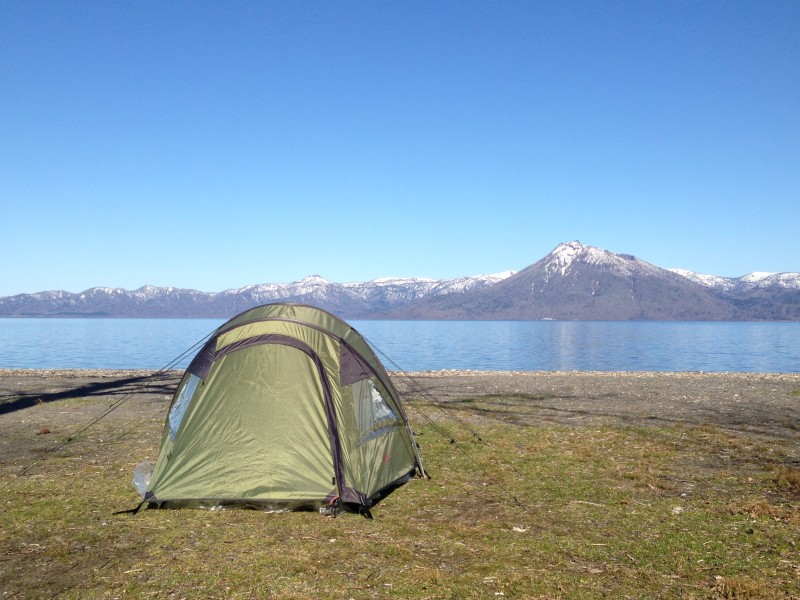
Camping in Japan is a great way to save money on accommodation. Yes, you'll have to bring camping gear but campgrounds are so much cheaper than hotels!
On Hokkaido for example, we stayed at 2 campsites and paid only between €7-13 ($8-14) per night. We also went camping on Miyajima Island and in Kamikochi (in the Japanese Alps) which saved a ton of money.
You can find more information about the accommodation and campgrounds we stayed at in our Japan itinerary .
#2. Japan budget tip: sleep in your car

I went to Japan in April/May and during that time it can still be very cold in Hokkaido. In fact, there were several nights when the temperature dipped below 0 degrees Celsius.
That's why we slept in our car for 4 nights. Which is totally acceptable in Japan! One night we found ourselves in an almost full parking lot with lots of Japanese people spending the night.
The crowd varied from a businessman who slept in his sports car to camper vans complete with their own generator and TV-reception antennae.
While this may not be the most comfortable or luxurious option, it's again a great way to cut your Japan accommodation costs.
We only did this during our first trip to Japan, when we were budget travelers and backpacking around Japan as a couple.
During our second Japan trip, we traveled as a family (with our 15-month-old son) and only stayed at hotels.
#3. Japan budget tip: book hotels in advance

We booked almost all our hotels a few months before our trip to Japan via Booking . Booking ahead and keeping an eye out for deals really helps to find affordable hotels in Japan.
For our trip, accommodation prices varied between ¥3300 (€24/$25) and ¥15000 (€110/$120) . That's a lot more than hotels in Southeast Asia but it's still cheaper than hotel prices in New Zealand .
2. Transportation costs in Japan
Let’s take a closer look at public transportation in Japan. First and foremost: public transportation in Japan is super efficient, well-managed, and very punctual.
There's no such thing as major delays in Japan (except when there's been an earthquake that severely damaged the train tracks).
There are many ways to travel around the country, such as trains, buses, taxis, and the MRT in big cities.
How much did we spend on transportation in Japan?
In total we spent ¥150.332 (€1202/$1367) on transportation, averaging ¥5185 (€42/$47) per day. Transportation costs are split into 4 categories:
- Regional flights
- JR Rail pass (regional)
Other transportation
Cheap flights in japan.
There are several budget airlines in Japan (Jetstar, Peach, and Vanilla), we flew with Jetstar from Tokyo to New Chitose Airport on Hokkaido and from Hokkaido to Kansai airport, near Osaka , for 21.625JPY (€173/$197).
Car rental fees in Japan

If you're interested in reading more about renting a car and driving on Hokkaido, be sure to read this post as well.
My car was provided by ToCoo . They were so kind as to provide me with a free rental car for my 10 day trip around Hokkaido. Even though the rental fee for my car was covered by ToCoo, there were other costs to pay which you can find in my Hokkaido post .
For us, the total costs of renting a car for 10 days were ¥42.527 , which comes down to ¥4253 (€34/$39) per day ( add the daily rental fee of the car you would like to rent and you have your total car rental cost ).
If this seems expensive, keep in mind that a car gives you the option to go camping in a tent and to sleep in your car. As mentioned above, this will save you a lot of money on accommodation!
Get a Japan Rail Pass

Upon arriving in Osaka , we bought a JR Kansai Hiroshima Area Pass which was valid for 5 consecutive days and at that time was ¥14.000 (€112/$127) per person.
This was the best JR pass for our trip because it covered all the places we wanted to see in this area.
If you plan on covering long distances in Japan within a short period of time, I highly recommend buying the Japan Rail Pass .
This pass gives you unlimited travel on all JR trains (including the famous shinkansen , aka bullet train), JR buses, and several other lines. You can choose a pass valid for 7, 14, or 21 consecutive days.
While the Japan Rail Pass offers great value for money it may not always be the most economical option for your trip. It's worth calculating the costs of your itinerary to Japan with and without the rail pass to see which option is best for you.
You can use Hyperdia to check the costs of your intended Japan itinerary and decide whether or not the JR Pass is worth the money for your trip.
Local trains are much cheaper than the shinkansen, but they're also a lot slower. So it's a bit of a trade-off between how much time and how much money you have available for your trip to Japan.
Important note: regional rail passes can be bought at most of the larger train stations, but the countrywide JR Rail Pass can only be purchased outside of Japan . If you're interested in getting a JR Rail Pass for your trip, be sure to buy one before you arrive in Japan. If a regional pass is a better option, you can wait until you've arrived. Although getting a regional JR Pass online can still be a better option, as we had to wait in line for quite a long time when purchasing our JR Kansai Hiroshima Area Pass in Osaka.

We used a lot of other transport, such as the bus around the Japanese Alps ( Kanazawa to Shirakawago ) and the metro in Tokyo. Total costs for all other transportation was ¥58.180JPY (€465/$529).
3. Cost of food in Japan

Japan is famous for its delicious cuisine! Sushi, ramen, tempura, and yakitori are some of the most popular dishes.
For a taste of traditional Japanese cuisine, try Washoku, a selection of small dishes including steamed rice, miso soup, and pickles.
If you're looking for something more modern, you can find a wide variety of international and fusion cuisine throughout Japan. Regardless, Japan is sure to have something to satisfy your taste buds!
Good news: the food in Japan is not only really tasty, but it’s also very affordable compared to eating out in Canada , Australia , and New Zealand !
That is if you eat local food at local restaurants. Eating Western Food always triples the price of dinner when traveling in Asia.
When it comes to food, stick to Japanese cuisine, browse the fresh food section in convenience stores (meals are heavily discounted at the end of the day) and take advantage of lunch specials and early bird specials that many restaurants offer.

How much did we spend on food and drinks in Japan?
In total we spent ¥130.751 (€1044/$1189) on food and some miscellaneous costs, averaging ¥4510 (€36/$41) per day.
I will say that it’s definitely possible to spend less on food, but I wanted to try out as many dishes as possible. Even so, we rarely spent more than ¥1000 on a dish.
Miscellaneous costs in Japan
Miscellaneous is comprised of small expenses like laundry, coin lockers for our luggage and towel rental, etc.
4. Cost of activities in Japan

When you’re in Japan, make sure to take advantage of all the free activities the country has to offer, like exploring temples, historic cities, National Parks, and manicured Japanese gardens.
Doing so will help you make the most of your vacation while still sticking to your budget.
When planning your Japan trip, it's also worth looking into tour companies that offer (discounted) activities that can help you save money while still getting the best experience.
Klook is the largest tour operator in Southeast Asia, but Get Your Guide has been working really hard on growing their SEA offers as well so be sure to check out those websites as well when you're planning your Japan activities.
Some of the most worthwhile tours and activities in Japan are:
- Admire the view from the Tokyo Sky Tree : visit the tallest structure in Japan and enjoy views of sprawling Tokyo City from the observation decks. Check availability .
- Visit the teamLab Planets TOKYO : explore the immersive exhibits within teamLab Planets TOKYO, a must-see attraction on any visit to Tokyo. Discover digital art installations made of lights, sounds, and different materials to delight all five senses. Check availability .
- Take a day trip to Mount Fuji : explore the Kawaguchi Lakeiscover Mount Fuji, one of the world’s most famous mountains and a UNESCO World Heritage Site. Check availability .
- Take part in a traditional tea ceremony in Kyoto : experience the true art of tea drinking by taking part in this tea ceremony at Jotokuji temple. Learn about the ancient ritual of tea drinking, and its social significance to Japanese culture and sample various different teas. Check availability .
- Take a tour around Hiroshima and Miyajima : learn about Hiroshima’s dark history and prosperous present at sites like the Peace Park and A-Bomb Dome. Travel to nearby Miyajima Island, a naturally and culturally beautiful spot with its own fascinating history. Check availability .

How much did we spend on activities in Japan?
We spent ¥15.834 (€116/$145) on paid activities, which comes down to an average of ¥546 JPY (€4/$5) per day.
We did a lot of sightseeing in the major cities ( Tokyo , Kyoto , Hiroshima , and Nara) and a lot of hiking in the mountains ( Koyasan , Hokkaido , and Kamikochi).
Travel insurance costs
I didn't include the cost of travel insurance in our Japan budget breakdown because we use our travel insurance for all our trips, not just for our Japan itinerary.
However, that doesn't take away the fact that making sure you have proper travel insurance is super important .
It helps protect you and your belongings in the event of a mishap during your travels. Furthermore, it provides coverage for medical expenses, trip cancellation, lost or stolen items, and more.
Also, having good travel insurance will provide you peace of mind, knowing that if something goes wrong, you have a safety net in place.
With so much to consider when planning a trip, having the right travel insurance can help ensure a smooth and enjoyable journey without stressing out about things that can go wrong.
Plan your Japan trip like a pro with these tools: ✅ Get a Japan Railpass to save lots of time and money. ✅ Rent a car for your Japan road trip via Rentalcars.com . ✅ Stay connected with Airalo Japan offer . ✅ Plan your journey with the Japan Lonely Planet . ✅ Find the best hotel deals on Booking.com . ✅ Join the best tours in Japan via Klook . ✅ Travel safely and get reliable travel insurance from Safety Wing .
Our Japan expenses: in conclusion
I hope my budget breakdown gives some insight into the travel budget needed for Japan. While Japan might not be the cheapest country, it has so much to offer …
Within just one month I went from hiking in the snow on Hokkaido to climbing to the top of Mount Misen while it was 30 degrees Celsius at Miyajima island.
I scaled a volcano, camped on the shore of the most gorgeous lake, walked under the vermilion Shinto gates in Kyoto, and gawked at the neon galore in Tokyo’s Akihabara.
I loved my month in Japan and I'm sure you will too, it's worth every ¥!
Read my other posts about Japan for more Japan travel inspiration!
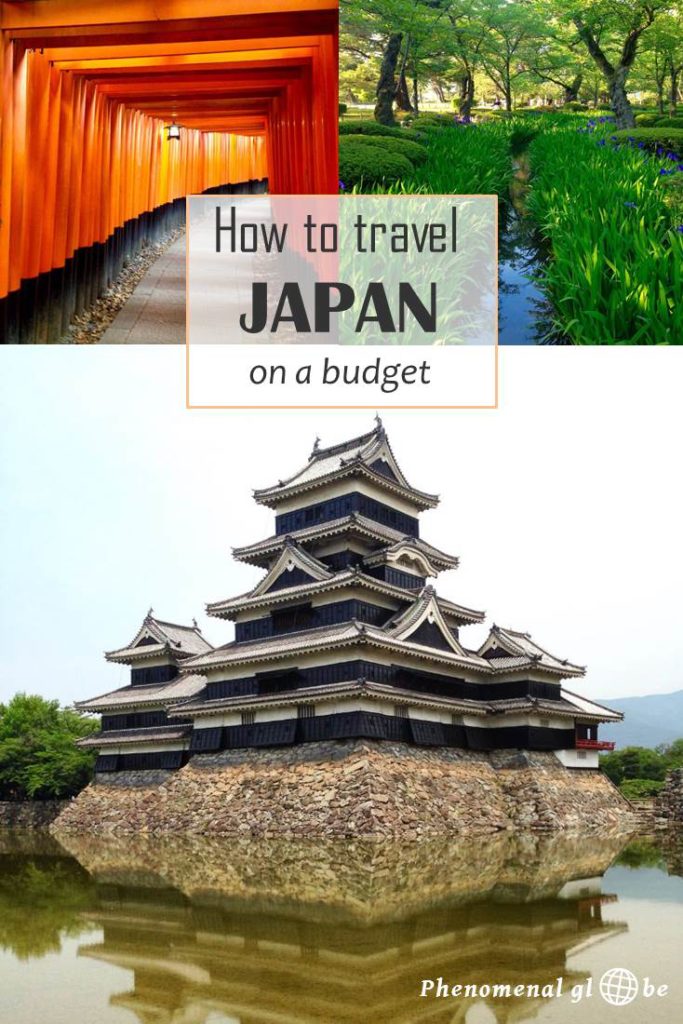
This post was updated in July 2021.
Laura Velasquez
Thursday 11th of October 2018
Thank you for all that information, is very useful. I have a question: I will be going by myself but I don't have a driver license. Do you think is possible to move entirely by public transport? Thank you,
Saturday 13th of October 2018
Thank you for reading:-) To answer your question, yes, it's very possible to travel entirely by public transport. The most 'difficult' place to navigate without a car is Hokkaido but there are trains and buses there as well so you shouldn't have any issues. We also just traveled by public transport on Honshu and it was very easy to do so. Have a great trip!
Sunday 7th of October 2018
Interesting reading your blog! I'm arriving in Manila October 26, the day before my birthday. Then on 27 planning on arriving in Tokyo so looking at cost effective accommodation for myself. Could you recommend anything?
Thanks for reading:-) Congrats on your birthday! We stayed at a lovely Airbnb in Tokyo, you can find the place here: https://www.airbnb.nl/rooms/8933904. If you have never stayed with Airbnb before you can get a discount with this link: https://www.airbnb.nl/c/leschbach?currency=EUR. Enjoy your trip!
Sunday 5th of August 2018
Hi Lotte, Just read through all your posts on Hokkaido, as hubby and I are heading over there for 2 weeks in October. You are a treasure trove of useful info, so already a BIG thanx! We want to start with Daisetsuzan Nat.Park and I was wondering about three things: 1. Is it too far to drive on the first day after we pick up the rental car from the New Chitose airport? 2. How many nights of accomodation to book to have a nice hiking time around the park? 3. Which base to choose: Sounkyo, Tokachi-dake or Adahidake Onsen? Any advice? Best wishes from sunny Poland! Gosia
Thursday 9th of August 2018
Hello Gosia,
Thank you for reading my blog and very exciting you'll be visiting Hokkaido in October! I'm not sure about the weather in that month but I think it can already be rather cold and perhaps there will be snow on the mountains, so be prepared and bring warm clothes! About your questions:
1. That depends on the time you land. If you arrive in the morning it could be done, but you would have to drive on the toll highways and may end up driving until darkness (I'm not sure what time it gets dark in October, be sure to check that before your trip;-) 2. We only did 1 short hike because there was still a lot of snow on the mountain and all the hiking trails were still closed. It's very possible there is snow on the trails in October so I find it a little bit difficult to answer this question... If you arrive late in the evening I would stay 2 nights so you have one full day plus, depending on your next destination, the next morning to go hiking. But again, trails may already be closed... 3. Adahidake Onsen is tiny (basically only hotels), Sounkyo is a bit bigger and has several restaurants so perhaps that would be a better base. I haven't been to Tokachi-dake so I don't know if that would be a suitable place to base yourself, sorry!
I hope this helps! Enjoy your trip and feel free to ask any other questions you may have:-) Lotte
Friday 9th of March 2018
Hello! Is ¥60,000 sufficient for 5 days daily budget for 1 person excluding the airfare and accommodation? Thanks!
Saturday 10th of March 2018
Hey Berna, well it always depends on your travel style. Do you plan to buy a rail-pass? Will you join a tours? How much do you plan to spend on food (Wagyu beef everyday may be delicious but will leave a serious dent in your budget;-). In general I would say ¥60,000 should definitely be enough, but it depends on your plans. Enjoy your trip! Lotte
Saturday 3rd of March 2018
Thanks for the info. Be heading to Tokyo today and looking forward to it. Gonna read some other posts of you as well!
Hi Evelyn, you are most welcome, have a great time in Tokyo!
- RTW Definition
- Planning an RTW
- First RTW Itinerary
- Destinations
- World Insiders
- Travel Resources
- Travel Gear
- Travel Insurance
- Packing List
How much does a 10-day trip to Japan cost? A comprehensive guide to your visiting Japan budget
- by two by the world
- March 26, 2024 March 26, 2024
If you’re worried about the trip to Japan cost, don’t be! With some smart planning, you can make Japan an affordable travel destination. Our recent 10-day trip to Japan proved that you can stick to your budget without sacrificing experiences. Read on for our cost breakdown and tips on how to save money on accommodation, transportation, food, and sightseeing. Discover how to explore Japan’s culture, history, and nature without breaking the bank.

About a trip to Japan cost
Unlock exclusive travel tips and updates! Subscribe to our newsletter and receive a FREE PACKING LIST

Is Japan Expensive?
A trip to Japan cost can vary depending on how you plan and what you prefer. With its high standard of living, some aspects of travel such as transportation, accommodation, and meals can add up the trip to Japan’s cost. However, you can still experience the country’s unique culture without spending too much on careful planning. Hostels and B&Bs can provide affordable accommodation, while local restaurants and street vendors offer delicious meals at reasonable prices. Moreover, Japan’s public transportation system is reliable, efficient, and a cost-effective way to explore the country. Despite the trip to Japan’s cost being typically high, you can still have a memorable trip without breaking the bank if you plan accordingly.
Trip to Japan cost breakdown
BudgetYourTrip is a valuable resource for travelers looking to estimate the cost of their trip to Japan or any other destination. By gathering data from fellow travelers on actual travel expenses, the website can provide estimated ranges for expenses such as accommodation, meals, transportation, and activities based on the traveler’s budget. Knowing the average cost of a trip to Japan can help travelers better plan their budget and avoid overspending, enabling them to make informed decisions about their travel expenses. With the help of BudgetYourTrip, you can accurately estimate the cost of your Japan trip and make the most of your travel budget.
Below, BudgetYourTrip will provide you with a detailed breakdown of the average costs for traveling in Japan. Keep reading to determine how much you should budget for your trip to this fascinating country.
Accommodation
We plan to stay in cheap hotels and B&Bs to save money. Beds in hostels average around ¥2500-3500 (€23-32) per night, while private rooms in guesthouses are around ¥5000-7500 (€45-70) per night. If you’re traveling with a group or family, it’s best to book on Airbnb as it’s cheaper. However, if you are traveling alone, hostels are a great way to meet other travelers and save money.
Transportation
Public transportation in Japan is efficient, reliable, and affordable. We’ve purchased a Japan Rail Pass that allows unlimited rides on all JR trains, buses, and ferries for 7 days. The 7-day pass costs ¥50000 (€~320), which may seem expensive, but a round-trip Shinkansen ride costs over ¥20,000, so it’s worth it. We used the metro for short trips within the city. The subway costs about ¥200-400 (€2-4) per trip.
Japanese cuisine is delicious, plentiful, and inexpensive to enjoy. We ate at local restaurants and street food stalls and found the prices to be reasonable. Meals at budget restaurants run from ¥1,000 to ¥1,500 (€9-14), and street food is only ¥500 (€4). Usually, on our trips, we buy snacks and drinks at convenience stores, which are common in Japan .

Sightseeing
Japan is a country blessed with a rich culture, history, and beautiful nature. During our travels, we are planning to visit temples, shrines, gardens, and museums. Admission to most attractions ranges from ¥500 to ¥1,000 (€4-9), but some museums charge more. However, many temples and shrines are free to visit, so it’s a good idea to do your research before visiting.

How much does a trip to Japan cost?
When planning a trip to Japan , it’s important to consider the overall cost of the trip. According to recent estimates, a 10-day trip to Japan can cost approximately ¥150,000-180,000 (€1,370-1,650), including expenses for accommodation, transportation, food, and sightseeing. On that, you must include the flights but that depends on your starting point. While this may seem like a considerable amount, it’s essential to keep in mind that Japan is known for its high standard of living, and certain aspects of travel such as transportation, accommodation, and meals can be expensive.
However, there are ways to reduce the cost of your trip. For those on a tight budget, staying in dormitory-style hostels, taking local buses instead of bullet trains, and eating at food stalls are excellent ways to save money. Additionally, numerous affordable accommodations and dining options provide a unique cultural experience while being kind to your wallet.
In conclusion, while a trip to Japan may seem expensive, careful planning and budgeting can make it a more affordable and memorable experience. By utilizing websites such as BudgetYourTrip to estimate average costs and seeking more affordable options, travelers can enjoy all the wonders Japan has to offer without breaking the bank.
In summary, Japan is a fascinating country that offers unique travel experiences. Explore within your budget without compromising on experience. We hope this budget-friendly itinerary and costs will help you plan your trip to Japan.
Planning your trip to Japan?
- Find your travel insurance with Heymondo (get 5% off)
- Find your accommodation with Booking
- Find activities with GetYourGuide
- Find outdoor activities with Manawa
- Rent your car with Rentalcars
- Book your flight with Skyscanner
If you are planning a trip, check our resources page .
This post contains affiliate links that help support this project so we can create better content for you for free. By using our affiliate links, the resources we work with channel a small portion of the commission to support this project at no extra cost to you.
Legal disclaimer: All information on this blog is for informational purposes only. Readers should use the content with caution and verify its accuracy before making financial or travel decisions. This blog is not liable for any consequences arising from the use of the provided information.
Share this:
- Click to share on Facebook (Opens in new window)
- Click to share on Twitter (Opens in new window)
- Click to share on Pinterest (Opens in new window)
- Click to email a link to a friend (Opens in new window)
- Click to share on LinkedIn (Opens in new window)
- Click to share on Reddit (Opens in new window)
- Click to share on Tumblr (Opens in new window)
- Click to share on Pocket (Opens in new window)
- Click to share on WhatsApp (Opens in new window)
- Click to share on Telegram (Opens in new window)
- Click to print (Opens in new window)
Privacy Overview
- Food | Drink | Travel
- Privacy Policy

- United Kingdom
- Spain Food Travel Guide
- The Costa Brava Food Travel Guide
- Only In Costa Brava Travel Site
- San Sebastian Food Trave Guide
- Emilia Romagna Food Guide
- Bologna Travel Guide
- Czech Republic
- South Korea
- Middle East
- United States
- Food Travel Guides
- Wine Tourism and Wine Travel Blog
- Food Traveler’s Guide to Emilia Romagna
- Start a Travel Blog
- Luxury Travel Guide
- About Amber and Eric
- Food And Drink Destinations
Asia , Japan , Travel Advice
What is the cost of food in japan – food prices in japan for travelers.
It is common knowledge that Japan is expensive. It is an expensive place to live, and an expensive place to travel to. Many people are concerned about food prices in Japan when they are planning their trip.
When we first visited Japan in 2009, we were on a tight budget and stressed about every Yen spent. But, we did some research on the cost of food in Japan so that we were prepared for our next trip. We did not worry as much about the cost of each meal, but at one point I wondered how much it costs to eat in Japan ?

What is the Cost of Food in Japan for a Traveler
In this post we share advice for food travelers to help them understand what to expect when traveling in Japan. The advice is based on our research and our first-hand experience during our trips to Japan.
If you have a specific question, feel free to use the table of contents above to find the answer. If I don’t answer your question, ask it in the comment section at the bottom of the post and I will try to get back to you shortly with an answer. For more tips, check out this post on tips for a first-time visit to Tokyo . Or, traveling on your own, check out this post on how to travel solo in Osaka .
*This post contains compensated links. Find more info in my DISCLAIMER .
What are the Food Prices in Japan?

For our first trip to Japan, we traveled a lot more than we did on our second trip, where we just traveled to eat Japanese food. On our first trip, we traveled to Tokyo , Kyoto, and Osaka. During our second trip, we only visited Osaka, but we spent ten days in Japan’s third-largest city . We enjoyed our brief time there in 2009 and wanted to explore more. Well, eat more. But, on top of my mind was always one question, how much is food in Japan? How much was our trip to Japan going to cost if we were staying in a big city for 10 days?
I felt like we were spending a lot, but that was mostly because we were eating, on average 5-6 times a day. We were successful in eating a ton of food in ten days. As much as the Japan food price, in general, is not as high as many travelers might think, our food budget was spent more on the volume of Japanese food we ate! As a result, as much as the average meal cost in Japan was not super expensive, we spent our money on volume.
Although food is not as expensive in Japan as other things, like housing, Osaka offers a good example of the cost to travel to Japan if travel is in larger cities. My analysis of the cost of food in Japan (well, Osaka ):
How Much is a Meal in Japan?

In this post, we will walk through the average food cost in Japan for particular dishes and drinks. These are the items most travelers will have during a trip to Japan. And we ate at some of the most typical places travelers will find themselves. No Michelin Star Restaurants , just good and simple Japanese restaurants with the most typical price of food in Japan.
Japan Travel Pro Tip : One thing to note, Japanese food prices are often higher outside of Japan than they are within Japan, at least in my experience. For example, a typical sushi meal in New York City will probably be a lot more expensive than a typical sushi dinner in Japan. Part of this is due to the cost of making authentic Japanese food in another country.
Snacks and Lunch

Lunch is the time to save a few yen or to find really good value lunches. Our first meal in Osaka was a bowl of fresh Udon noodles, for Y300. It’s possible to add on one or two pieces of tempura for Y160, making an amazing lunch for less than $5 USD. The ramen price in Japan is insane, and great ramen can offer such good value. It might even offset the high hotel costs in Japan.
One of the specialties in Osaka is Kushiage or Kushikatsu , which is essentially fried stuff on a stick. A good snack might include 4-5 sticks of food, perhaps while standing at a counter in a train station, where we found some amazing fried stuff on a stick. Generally, a stick of Kushiage can cost between Y100-300 depending on what is included on the stick, i.e. seafood is more expensive.

Edamame seems to always be Y380, at least that was the going price at every place we ordered it! A full plate of Japanese curry, which is generally a huge portion, runs about Y800 and makes a quick snack or lunch. At most bars, it is almost expected that you would order a little bar snack, which often runs around Y300 for a small plate.
Japanese Restaurant Meals

We ate several lunches or dinners at nicer establishments, where it is more common to sit down and take your time eating. This is in direct opposition to the speedy lunches that occur at many ramen shops, where Japanese workers come in, slurp down some soup quietly, and then return to the office.
At nicer restaurants, like a higher end soba noodle shop, a complete meal will run about Y1200-1500 per set. We found the average for a mid-priced restaurant to be around $15USD for two people for lunch and increasing to about $35 USD for dinner. This is still a good value even when focusing on Japan budget travel. This is particularly true considering how well prepared the food is.
Eating Sushi in Japan – How Much is Sushi in Japan

The sushi price in Japan is not as high as you might think. There are some great deals on fabulously fresh sushi. Sushi is the lifeblood of Japan. It can be very cheap, or very pricey. At many of the conveyor belt sushi restaurants near Dotonburi and Namba, the main touristy area of Osaka, prices range from Y129-300 per plate. A plate generally includes 2 pieces of decent sushi. It’s possible to end up with a stack of empty sushi plates, and walk away full, for less than Y1,300, or about $10USD. That alone just proves that Japan food prices are not all that high.
How much does sushi cost in Japan at higher-end restaurants? At better quality, but not top notch sushi restaurants, it’s possible to have a full sushi dinner for 2, including 4 drinks for about Y7,000, or less than $60. For the quality of the sushi, that is an amazing price.
Learn how to make Sushi at home!

Many of the higher end sushi restaurants will also offer lunch specials, where an assortment of 8 or 10 pieces of sushi, along with a miso soup, can be found for about Y1,200, which is $10 for a lunch of amazingly fresh sushi! If you are trying to keep your average meal price in Japan under control, this is certainly one way to do it.
What is the Cost of Food in Japan – Drinks

The cost of drinks can vary depending on the type of establishment. Some bars will offer sake , the Japanese rice wine, for less than Y300. On average, 180ml in a carafe would cost about Y400, and a 360ml carafe would cost about Y700. Of course, the skies the limit on the price of sake and large bottles can get expensive, but if you don’t know much about sake in the first place, the only choice you need to make is hot or cold.
Sochu , which is a Korean version of sake, and can be made with yam, wheat, or barely, is generally served over ice and is often cheaper than sake. A glass of sochu can cost between Y300-400.
Other drink prices in Japan:
Draft beer – Y450-700 depending on size (the price of beer in Japan is not as high as other countries in Asia)
A glass of Japanese whiskey – Y600-700
Hot coffee or latte – Y400-500
2L bottle of water at a convenience store – Y100
Learn more about the art of sake!
How to Learn More About Japanese Cooking

One of the best ways to learn about Japanese food when traveling in the country is to take a cooking class. We took an amazing cooking class in Osaka, where we learned all about local Osaka specialties. We also tasted sake and participated in a Japanese tea ceremony. I would highly recommend booking a cooking class in Japan. Read our review of our Osaka cooking class here .
Even if your Japanese travels don’t take you to Osaka, there are cooking classes and food tours available around the country. We recommend booking through a company like Viator . You can plan your experience before leaving home and confirm immediately.
How Much Does Food Cost in Japan
So, there you have it. Yes, it is possible to break the bank on a meal in Japan, but it is not necessary by any stretch. Once you understand how much it costs to eat in Japan, it is possible to stay on a budget. Plus, most restaurants offer picture menus with prices to help in ordering food, even when there is not an English language menu. More importantly, all of the staff we met in Osaka were pleasant, friendly, and super patient as we tried to figure out what to order.
Learn how to cook Japanese food at home!

When this post was written Y100 = $.90 USD.
Pin It For Later! What is the Cost of Food in Japan – Food Prices in Japan for Travelers

Amber Hoffman, food and travel writer behind With Husband In Tow , is a recovering attorney and professional eater, with a passion for finding new Food and Drink Destinations . She lives with her husband, Eric, in Girona , Catalonia, Spain. Together over the last 20 years, they have traveled to over 70 countries. Amber is the author of the Food Traveler’s Guide to Emilia Romagna .
5 thoughts on “ What is the Cost of Food in Japan – Food Prices in Japan for Travelers ”
Although Japan is definitely an expensive destination, I think that all things considered, it’s not that hard to eat well there without completely breaking the budget. One of our favorite tricks was to head to train stations and underground malls where food was always abundant and generally quite cheap.
Of course, the conversion rate will make or break you… when we visited Japan, unfortunately the Yen was MUCH stronger. Think 100Y = $1.20US. That increases the price of everything by 50%!

Totally agree Steph! We got entirely lucky on the exchange rate during this visit. During our last visit, we ate a lot of 100Y meal items at McDonald’s…
This post comes at a perfect time as we are traveling to Japan next month (21-7 until 4-8). Yes, we are a little worried about the costs, but it looks like some things can be done on a budget.
Any ideas on whether to take (night)buses or the JR Pass? And if choosing the last one, would you suggest 2 weeks or a 1 week pass? We have 13 full days in Japan. Thank you!
I am not sure of your budget, but the trains in Japan are amazing, fast, and a must. I have never taken a night bus in Japan, so I am not sure about how they are. As for the Rail Pass, check to see if you have a two week pass, how many days of travel you have within that two weeks. Also, if you arrive in Tokyo, for example, and plan to spend a few days there and if you plan to spend another few days on the tail end somewhere, one week might be enough. Think about how many cities you want to visit, and how many train days you will have and good from there. Good luck!
Wow looks so yummy!!! Japanese foods are really reasonable in Japan, although many believe that any price in Japan is very high. Sushi is not a daily food for Japanese people. But I love it!!
Leave a Reply Cancel reply
Your email address will not be published. Required fields are marked *
Save my name, email, and website in this browser for the next time I comment.
This site uses Akismet to reduce spam. Learn how your comment data is processed .
- Car Rentals
- Airport Transfers
- Attractions & Tours
- Bundle & Save
- Destinations
- Trip.com Rewards
2024 Japan Travel on a Budget: Tips and Tricks for a Memorable Trip

by Trip.com
March 13, 2024

Japan is generally considered a moderately expensive travel destination, but there are ways to save money and travel on a budget. The major costs of a trip to Japan are flights, accommodation, transportation, food, and activities. Flights to Japan can cost anywhere from $600 to $1,200 for a round-trip ticket. Accommodation options range from budget hotels or hostels for $20 to $50 per night to luxury hotels that can cost upwards of $500 per night. Japan's public transportation system is extensive and efficient, and a one-way subway or train ticket can cost anywhere from $1.50 to $5. Food costs in Japan can vary, with budget restaurants offering meals for $5 to $10, while mid-range restaurants cost around $15 to $30 per person.
Overall, a budget traveler can expect to spend around $50 to $100 per day in Japan, while a mid-range traveler can expect to spend around $150 to $250 per day. It's important to plan ahead and research activities and costs to create a budget that works for you.
How much does it cost for flights when travelling to Japan?
The cost of flights to Japan can vary depending on various factors, such as the departure location, time of year, airline, and availability. Generally speaking, the cost of a round-trip economy class ticket from major cities in North America to Tokyo, Japan can range from approximately $600 to $1,500 or more , depending on the factors mentioned above.
Cheap Flight from Los Angeles to Tokoy

- Sort by: Lowest Price
- Sort by: Earliest Flight

Crossed out prices are calculated based on the average price of the corresponding route on Trip.com.
Cheap Flight from San Francisco to Osaka

How much does it cost for hotels when travelling to Japan ?

Conrad Tokyo
The cost of hotels in Japan varies depending on several factors such as the location, season, and the type of accommodation you are looking for. As a general rule, hotels in major cities like Tokyo, Kyoto, and Osaka tend to be more expensive than hotels in smaller cities or rural areas.
- In Tokyo, for example, the average cost of a mid-range hotel room can range from around 10,000 to 25,000 Japanese yen per night (around $90 to $230 USD). However, luxury hotels in Tokyo can cost upwards of $500 USD per night.
- In other cities and smaller towns in Japan, hotel prices can be more affordable, with mid-range hotels typically costing between 6,000 to 15,000 yen (around $55 to $140 USD) per night.
Of course, prices can fluctuate depending on the time of year and availability. It's always a good idea to compare prices on multiple travel booking websites and to book your accommodation well in advance to get the best deals.
Best Hotels in Tokyo
Hotel new otani tokyo garden tower, imperial hotel, tokyo, intercontinental tokyo bay, an ihg hotel, tokyo dome hotel, the prince park tower tokyo - preferred hotels & resorts, lvx collection, family friendly, mitsui garden hotel ueno - tokyo, henn na hotel tokyo asakusa tawaramachi, rakuten stay tokyo asakusa, hotel gracery ginza, daiwa roynet hotel ginza premier, swimming pool, ana intercontinental tokyo, an ihg hotel, hilton tokyo odaiba, sheraton miyako hotel tokyo, cerulean tower tokyu hotel, a pan pacific partner hotel, best hotels in osaka, rihga royal hotel, the royal park hotel iconic osaka midosuji, sheraton miyako hotel osaka, swissotel nankai osaka, intercontinental hotel osaka, an ihg hotel, hotel universal port, osaka hokko marina hull, hotel keihan yodoyabashi, rihga place higobashi, osaka view hotel honmachi, hotel keihan universal tower, liber hotel osaka, dormy inn premium namba natural hot spring, city plaza osaka, hotel monterey la soeur osaka, imperial hotel osaka, the westin osaka, conrad osaka, the ritz-carlton osaka, how much does it cost for food when travelling to japan .
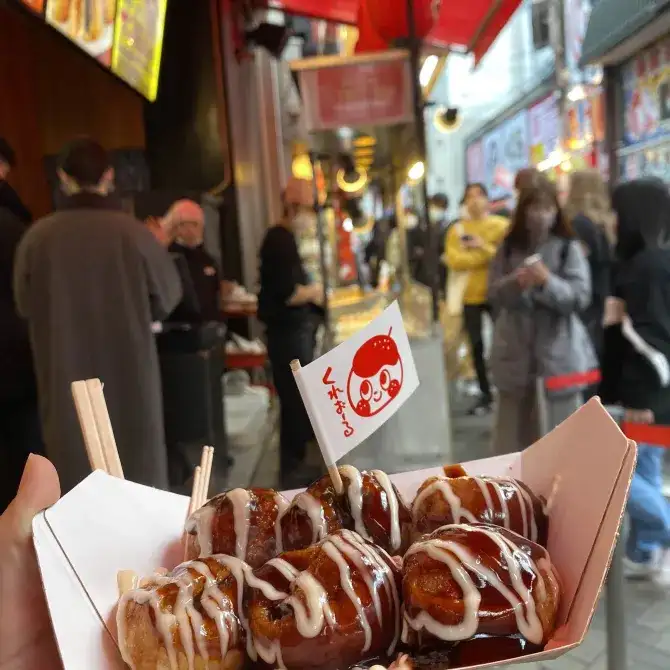
Osaka Dotonbori
- Street food or fast food : around 300 to 800 Japanese yen (around $3 to $8 USD)
- Casual dining or local restaurants : around 800 to 2,000 Japanese yen (around $8 to $20 USD) per meal
- Mid-range restaurants : around 2,000 to 5,000 Japanese yen (around $20 to $50 USD) per meal
- High-end or luxury restaurants : around 10,000 to 20,000 Japanese yen (around $100 to $200 USD) per meal or more.
In addition to restaurants, there are also many affordable options for food in Japan, such as convenience stores and supermarkets, which offer a variety of tasty and healthy food at reasonable prices. It's worth noting that tipping is not customary in Japan, so the prices listed above are typically the final price you will pay. Also, keep in mind that prices can vary depending on the location and the time of year.
How much does it cost for souvenirs when travelling to Japan ?

Blue Bottle Coffee
- Japanese snacks and sweets : prices vary depending on the item and packaging, but small boxes or bags of sweets can cost around 300 to 500 Japanese yen (around $3 to $5 USD), while larger boxes or packages can cost around 1,000 to 2,000 yen (around $10 to $20 USD).
- Traditional crafts and goods : prices for traditional crafts such as pottery, lacquerware, and textiles can vary widely depending on the item's quality, size, and the artist's reputation. Prices for traditional crafts can range from a few thousand yen to tens of thousands of yen (from around $20 to $200 USD or more).
- Anime and pop culture merchandise : items such as figurines, keychains, and clothing featuring popular anime or manga characters can range from a few hundred yen to several thousand yen (from around $3 to $30 USD or more).
It's worth noting that many souvenir shops in tourist areas have fixed prices, but there may be room for negotiation in other types of stores, such as flea markets or antique shops. Additionally, keep in mind that prices can vary depending on the time of year, and it's always a good idea to shop around and compare prices before making a purchase.
How much does it cost for transportation when travelling to Japan ?
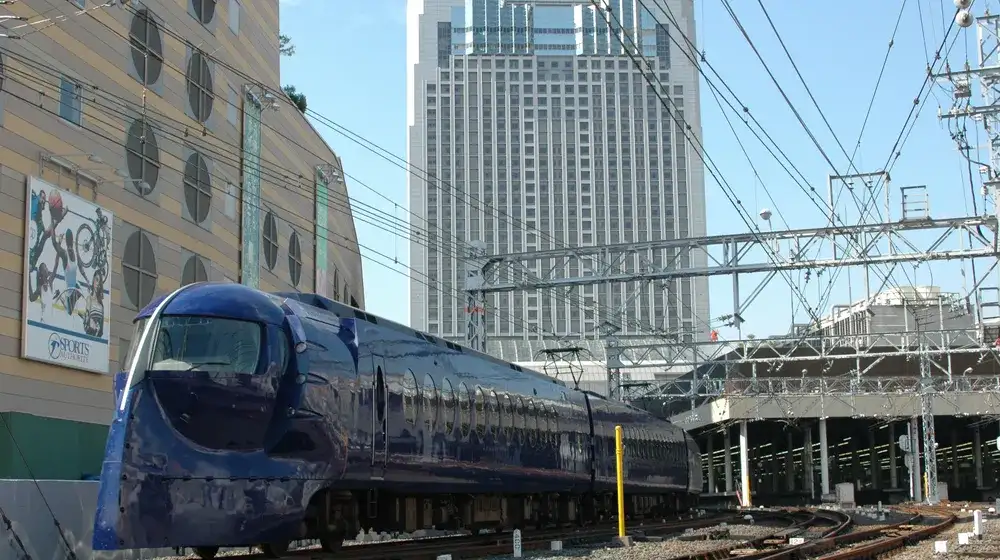
Osaka Nankai Line Airport Express
- Train and subway : The cost of train and subway tickets in Japan depends on the distance traveled and the type of train. For example, a single ride on a Tokyo subway line can cost around 200 to 400 Japanese yen (around $2 to $4 USD), while a ride on a long-distance bullet train (Shinkansen) can cost around 10,000 to 20,000 yen (around $100 to $200 USD) or more, depending on the distance and train type.
- Bus : Local buses in Japan generally cost around 200 to 500 Japanese yen (around $2 to $5 USD) per ride, depending on the distance and location.
- Taxi : Taxis in Japan can be quite expensive, with prices starting at around 600 to 700 Japanese yen (around $6 to $7 USD) for the first kilometer and increasing by around 100 to 200 yen (around $1 to $2 USD) per additional 200 to 300 meters.
- Rental car : Rental cars in Japan can be expensive, with prices starting at around 5,000 to 8,000 Japanese yen (around $50 to $80 USD) per day, depending on the type of car and rental location.
It's also worth noting that Japan has several transportation passes and discount tickets available for visitors, such as the Japan Rail Pass, which allows unlimited travel on most JR trains for a fixed period, and the Tokyo Subway Ticket, which provides unlimited travel on Tokyo subways for a fixed period. These passes can be a good value if you plan to do a lot of traveling in a short period.
How much does it cost for sightseeing when travelling to Japan?
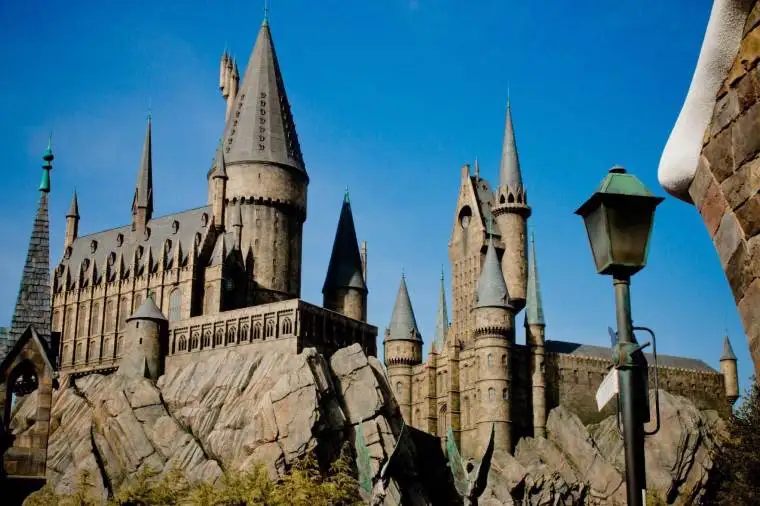
Universal Studios Japan
- Temples and shrines : Many temples and shrines in Japan are free to enter, while others may charge a small admission fee ranging from 200 to 500 Japanese yen (around $2 to $5 USD).
- Museums and galleries : Admission fees for museums and galleries in Japan vary widely depending on the location and type of museum. Prices typically range from around 500 to 2,000 Japanese yen (around $5 to $20 USD) per person.
- Theme parks : Admission fees for theme parks in Japan vary depending on the location and type of park. Prices typically range from around 2,000 to 8,000 Japanese yen (around $20 to $80 USD) per person.
- Onsen (hot springs) : Prices for onsen vary depending on the location and type of onsen. Prices typically range from around 500 to 3,000 Japanese yen (around $5 to $30 USD) per person.
- Tours and activities : Prices for tours and activities in Japan vary depending on the type of activity, location, and duration. Prices typically range from around 2,000 to 10,000 Japanese yen (around $20 to $100 USD) per person.
It's also worth noting that there are many free or low-cost sightseeing options in Japan, such as walking tours, parks, and public gardens, which can provide a great experience without breaking the bank. Additionally, some attractions offer discounts or free admission for foreign visitors, so be sure to check before you go
How much does it cost for WiFi & communication when travelling to Japan ?
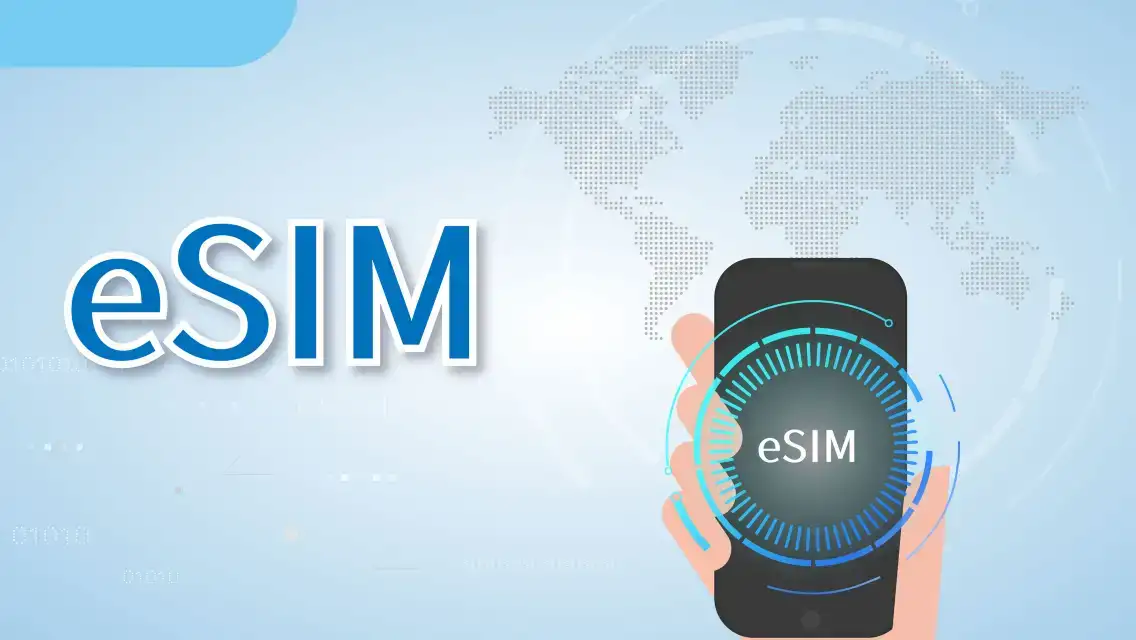
Japan eSIM Day Pass
- Rental Wi-Fi router : Rental Wi-Fi routers are a popular option for tourists in Japan. Prices typically range from around 700 to 1,200 Japanese yen (around $7 to $12 USD) per day, depending on the rental company and plan. Some companies offer discounts for longer rental periods.
- SIM card : Another option is to purchase a prepaid SIM card for your mobile device. Prices typically range from around 3,000 to 5,000 Japanese yen (around $30 to $50 USD), depending on the data plan and provider.
- Free Wi-Fi : Many public places in Japan, such as airports, train stations, and coffee shops, offer free Wi-Fi. However, the quality and availability of free Wi-Fi can vary widely.
It's also worth noting that some hotels and accommodations offer free Wi-Fi for guests, so be sure to check before booking. Additionally, some smartphone apps, such as Japan Connected-free Wi-Fi, provide access to free Wi-Fi hotspots throughout Japan. Overall, the cost of Wi-Fi in Japan can vary depending on the method of access and the data plan. However, there are many options available for travelers to stay connected while in Japan
How much does it cost for passport when travelling to Japan ?

- In the United States , the cost of a new passport book for an adult (16 years or older) is $145, while a child's passport (under 16 years) is $115. Expedited service for an additional fee is available.
- In the United Kingdom , the cost of a standard adult passport is £75.50, while a child's passport is £49. Expedited service for an additional fee is available.
- In Australia , the cost of a new adult passport is AUD $298, while a child's passport is AUD $148. Expedited service for an additional fee is available.
It's important to note that passport fees can vary depending on the country of citizenship and the type of application. Additionally, some countries may require additional fees for visa applications or other travel documents. It's always a good idea to check with your local embassy or consulate for the most up-to-date information on passport and visa requirements and fees.
How much does it cost for insurance when travelling to Japan ?
- For a single trip to Japan, travel insurance can cost anywhere from $20 to $100 USD, depending on the coverage and duration of the trip.
- For an annual travel insurance policy that covers multiple trips to Japan and other destinations, the cost can range from $100 to $500 USD or more, depending on the coverage and frequency of travel.
- Comprehensive travel insurance policies that include medical coverage, trip cancellation/interruption coverage, and other benefits can cost more than basic policies that only cover certain aspects of travel.
It's important to shop around and compare travel insurance policies from different providers to find the coverage that best meets your needs and budget. Be sure to read the policy details carefully and understand what is and isn't covered, as well as any deductibles or exclusions. Additionally, some credit cards and travel booking sites offer travel insurance as a benefit or add-on, so be sure to check those options as well.
How much does it cost for 2 nights & 3 days when travelling to Japan ?

TeamLab Planets TOKYO
- Flights: Depending on your location, flights to Japan can cost anywhere from $600 to $1,200 for a round-trip ticket.
- Accommodation: Budget hotels or hostels can range from $20 to $50 per night, so for 2 nights, you can expect to spend around $40 to $100 for accommodation.
- Transportation: Japan has an excellent public transportation system, and a one-way subway or train ticket can cost around $1.50 to $5. For 3 days, you can expect to spend around $30 to $50 for transportation.
- Food and drinks: Meals at budget restaurants can cost around $5 to $10 per meal, while street food and convenience store meals can cost even less. Drinks can range from $1 to $5, depending on the type of drink and location. For 3 days, you can expect to spend around $60 to $100 for food and drinks.
- Sightseeing and activities: Some popular attractions like temples and shrines may be free or cost a small entrance fee, while other attractions like theme parks or museums can cost upwards of $20 per person. For 3 days, you can expect to spend around $50 to $100 for sightseeing and activities.
Overall, a budget traveler can expect to spend around $200 to $400 for a 2-night, 3-day trip to Japan . It's important to note that these are rough estimates, and actual costs may vary depending on your travel style, activities, and other expenses.
How much does it cost for family, couples or single when travelling to Japan ?

Tokyo DisneySea
- Airfare: The cost of airfare to Japan can vary depending on the departure city and the time of year. A round-trip ticket from the United States to Japan can cost anywhere from $600 to $1,500 USD per person.
- Accommodation: The cost of accommodation in Japan can vary depending on the type of lodging and the location. A budget hotel or hostel can cost around $50 to $100 USD per night, while a mid-range hotel can cost around $100 to $200 USD per night. Luxury hotels and ryokans can cost upwards of $500 USD per night.
- Food and drink: The cost of food and drink in Japan can vary depending on the type of cuisine and the level of luxury. A budget meal at a local restaurant can cost around $7 to $15 USD per person, while a mid-range meal can cost around $20 to $50 USD per person. A cup of coffee can cost around $3 to $5 USD, while a beer can cost around $5 to $8 USD.
- Transportation: The cost of transportation in Japan can vary depending on the mode of travel and the distance. A single metro or train ticket can cost around $1 to $5 USD, while a long-distance bullet train ticket can cost upwards of $100 USD. Taxis and car rentals can also add to the transportation costs.
Overall, the cost of traveling to Japan can range from a few hundred to several thousand dollars per person, depending on the factors mentioned above. A family, couple, or single traveler can expect to pay anywhere from $1,000 to $10,000 USD or more for a trip to Japan, depending on the travel style and preferences.
Methods to save money when travelling to Japan

- Visit during the shoulder season: The high season in Japan is during the cherry blossom season in spring (late March to early April) and the fall foliage season in autumn (October to November). If you can travel during the shoulder season (April to May and September to November), you may be able to find lower prices on flights and accommodation.
- Use public transportation: Japan has an extensive and efficient public transportation system, including trains, subways, and buses. Using public transportation instead of taxis or rental cars can save you money on transportation costs.
- Eat like a local: Japan has a diverse and delicious food culture, and there are many affordable options for eating out. Look for local restaurants and street food vendors that offer affordable options like ramen, udon, and sushi. Convenience stores like 7-Eleven and Lawson also offer affordable and tasty meals.
- Stay in budget accommodations: Japan has a wide range of accommodations, from luxury hotels to budget hostels. Staying in a budget hostel or guesthouse can save you money on accommodation costs, and many hostels offer private rooms as well as dormitory-style accommodations.
- Take advantage of free attractions: Japan has many free attractions, such as parks, temples, and shrines. You can also find free museums and art galleries in some cities.
- Purchase a Japan Rail Pass : If you plan to travel around Japan by train, purchasing a Japan Rail Pass can save you money on train tickets. The pass allows you to travel on most JR trains, including the bullet train, for a set period of time.
Tips for travelling to Japan
- Learn some basic Japanese phrases: While many Japanese people speak English, it is still helpful to learn some basic Japanese phrases like hello, thank you, and excuse me. This can make it easier to communicate with locals.
- Follow local customs and etiquette: Japanese culture has many customs and etiquette rules that may be different from what you are used to. For example, it is customary to remove your shoes when entering someone's home or certain businesses like traditional ryokans. Be sure to read up on local customs and etiquette before you go to avoid any cultural misunderstandings.
- Carry cash: While credit cards are accepted in many places in Japan, some smaller businesses may only accept cash. Be sure to carry some cash with you, especially if you plan to visit more rural areas or small towns.
- Use public transportation: Japan has an extensive and efficient public transportation system that includes trains, subways, and buses. It is a convenient and cost-effective way to get around the country, especially in larger cities like Tokyo.
- Purchase a prepaid transportation card: If you plan to use public transportation in Japan, consider purchasing a prepaid transportation card like Suica or Pasmo. These cards can be used on most public transportation systems and make it easy to pay for fares without having to purchase tickets each time.
- Take advantage of free Wi-Fi: Many train stations, convenience stores, and tourist attractions offer free Wi-Fi. You can also rent a pocket Wi-Fi device or purchase a SIM card for your phone.
- Be mindful of the weather: Japan has a diverse climate, with different regions experiencing different weather patterns. Be sure to check the weather forecast before you go and pack accordingly. In the summer, it can be hot and humid, while in the winter, it can be cold and snowy.
What is the best time to visit Japan?
Japan can be visited year-round, but the best time to visit depends on what you want to do and see. Spring (March to May) is the popular cherry blossom season, while autumn (September to November) is the season for fall foliage. Winter (December to February) is good for skiing and winter sports, while summer (June to August) can be hot and humid but great for outdoor activities.
What is the currency used in Japan?
The currency used in Japan is the Japanese yen (¥). It's important to carry cash with you as many small businesses, especially in rural areas, may not accept credit cards.
Do I need a visa to enter Japan?
It depends on your nationality. Citizens of many countries, including the US, Canada, UK, and most European countries, can enter Japan for tourism without a visa for up to 90 days. Check with the Japanese embassy or consulate in your country for more information.
Is it safe to travel to Japan?
Yes, Japan is considered a very safe country for travelers. Crime rates are low, and the country is well-organized and efficient. However, as with any travel, it's important to take precautions, be aware of your surroundings, and take care of your valuables.
What is the best way to get around Japan?
Japan has an extensive and efficient public transportation system, including trains, subways, and buses. It's easy to get around, especially in larger cities like Tokyo and Osaka, using public transportation. Consider purchasing a prepaid transportation card like Suica or Pasmo for convenience. Taxis are also available, but they can be expensive, especially for longer distances.
Trip to Japan 2024
- 1. How much does it cost for flights when travelling to Japan?
- 2. How much does it cost for hotels when travelling to Japan?
- 3. How much does it cost for food when travelling to Japan?
- 4. How much does it cost for souvenirs when travelling to Japan?
- 5. How much does it cost for transportation when travelling to Japan?
- 6. How much does it cost for sightseeing when travelling to Japan?
- 7. How much does it cost for WiFi & communication when travelling to Japan?
- 8. How much does it cost for passport when travelling to Japan?
- 9. How much does it cost for insurance when travelling to Japan?
- 10. How much does it cost for 2 nights & 3 days when travelling to Japan?
- 11. How much does it cost for family, couples or single when travelling to Japan?
- 12. Methods to save money when travelling to Japan
- 13. Tips for travelling to Japan
<h3>Trending Searches</h3>
Popular Content
- weekend getaways in alabama
- Trip to Nigeria cost
- Trip to Bahamas cost
- Weather in Pittsburgh in November
- Trip to Jordan cost
- trip to italy cost
- Belize trip cost
- Trip to Senegal cost
- Climate in South Korea
- Trip to Australia cost
Popular Attractions
- Things to Do at Disneyland Paris
- disney locations
- tokyo disneyland tickets
- magic kingdom
- Shanghai Disneyland Tickets
- universal studios japan tickets
- blizzard beach water park
- disney california adventure park
- tokyo disneyland
- eSIM Vietnam
- Saudi Arabia esim
- best china travel apps
- best Japan travel apps
- eSIM Malaysia
- eSIM Singapore
- China Taxi App
- Customer Support
- Service Guarantee
- More Service Info
- Website Feedback
- About Trip.com
- Terms & Conditions
- Privacy Statement
- About Trip.com Group
Other Services
- Investor Relations
- Affiliate Program
- List My Property
- Become a Supplier
- Account details
- Newsletters
- Group subscription
Japan foreign tourists top 3m in March, fueling record spending boom
Travelers looking to capitalize on weak yen push up hotel and service prices
TOKYO -- The number of monthly visitors to Japan exceeded 3 million for the first time in March, while tourism spending broke a quarterly record as the weak yen drove spending on services and experiences, government data shows.
But while the rebound is bringing the government's goal of 15 trillion yen ($97 billion) in annual tourism spending by 2030 within reach, it is also driving up prices and creating problems for local residents in especially popular areas.
Japan's Hakuba resort tries to avoid skiing into Niseko's rut
Japan's expo 2025: osaka triumph or billion-dollar folly, japan hotel rates spike 25% as weak yen draws foreign tourists, japan's bullet train network just became bigger with new stops, japan to trim red tape for tourism off the beaten path, bento food tourism lures visitors to japan, japan's ryokan inns get a makeover by younger owners, latest on travel & leisure, japan-south korea travelers help incheon air traffic hit pre-covid levels, visitors to asean hit 100m in 2023, 70% of pre-covid level, jal launches boeing 'cockpit' hotel room to tap your inner pilot, sponsored content, about sponsored content this content was commissioned by nikkei's global business bureau..
Nikkei Asian Review, now known as Nikkei Asia, will be the voice of the Asian Century.
Celebrate our next chapter Free access for everyone - Sep. 30
- Subscribe Digital Print

- Semiconductors
- Latest News
- Deep Dive Podcast
Today's print edition
Home Delivery
- Crime & Legal
- Science & Health
- More sports
- CLIMATE CHANGE
- SUSTAINABILITY
- EARTH SCIENCE
- Food & Drink
- Style & Design
- TV & Streaming
- Entertainment news
Japan’s inflation cools ahead of BOJ policy board meeting
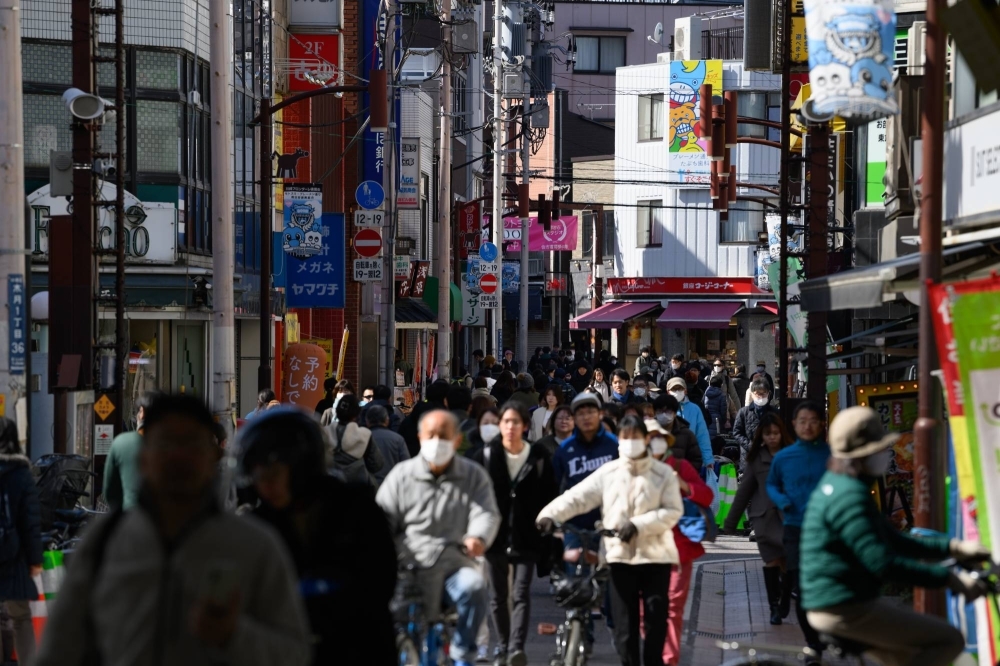
Japan’s consumer inflation eased more than expected while staying above the Bank of Japan’s target as board members get ready to revise their price forecasts next week.
Even with the slowdown, the pace of inflation has now stayed at or above the BOJ’s 2% target every month for two full years, offering support for the central bank to continue normalizing policy if that trend continues. The BOJ is widely expected to hold policy at its April meeting following its first rate hike in 17 years in March. Economists and investors will keep a close eye on the bank’s forecasts for inflation going forward as they try to gauge when the BOJ will move again.
The report showed growth in prices for processed food slowing to 4.6%, weighing on the overall index. Only about 770 food items saw price increases in March, nearly 20% fewer than last year, according to the latest survey by Teikoku Databank. That number was set to increase to more than 2,800 in April, Teikoku said.
"There’s a risk that food prices will pick up as the weak yen persists,” said Yuichi Kodama, chief economist at Meiji Yasuda Research Institute. "Also, with the situation in the Middle East uncertain, there’s upward pressure on oil prices.”
Service prices growth, often seen as an indication of how the inflation trend is spreading through the wider economy, slowed to 2.1%. The central bank watches that index closely and a slowing below 2% could become a cause for concern. Kodama said he still wasn’t convinced that the service price trend was spreading beyond the hospitality sector.
Still, larger-than-expected wage increases resulting from this year’s negotiations between unions and companies are helping fuel expectations that workers will see real wage gains for the first time in more than a year starting around June, a development that may spur demand-led price growth and further policy moves by the central bank.
Some 41% of economists surveyed by Bloomberg expect the next rate hike to come in October, with the weak yen among the factors that could prompt an earlier move.
Partly in a reflection of optimism surrounding wages and prices, the BOJ is expected to raise its inflation forecast for the current fiscal year to 2.6% next week, and project 2% price growth in the fiscal year beginning in April 2026.
"For the Bank of Japan, the pullback is unlikely to change the bigger picture — we think it believes the inflation outlook is strong enough for it to proceed with normalizing its policy,” said Taro Kimura, economist at Bloomberg Economics.
Inflation in Japan has largely proven stickier-than-expected over the last year, prompting the central bank to upwardly revise its price growth projections in quarterly outlook reports several times.
Among factors that are creating further upside risk for inflation in Japan are the weak yen and ballooning costs for oil and other commodities.
Japan’s currency has been trading near a 34-year low this week, generating consternation from business executives and warnings from government officials. The BOJ is monitoring these sources of cost-push inflation closely, though one dovish member of the board, Asahi Noguchi, said Thursday the impact may be only temporary.
Japanese consumers have tightened their budgets. Japan’s household spending slid for a 12th consecutive month in February, as price hikes continued to outpace wage gains. Price growth for durable goods slowed to 1.9% from 3.5% as some retailers refrained from raising prices to avoid scaring off price-sensitive consumers.
Another factor that may spur price pressure is the termination of government utility subsidies. The government has decided to phase out these bailouts from May, potentially pushing up the nation’s key inflation gauge toward 3% over the summer.

In a time of both misinformation and too much information, quality journalism is more crucial than ever. By subscribing, you can help us get the story right.

The cost of groceries around the world
Posted: 19 November 2023 | Last updated: 20 November 2023

Food is a basic necessity of life. It’s one of the few things all of mankind has in common. That said, a trip to Tesco in London, England, is likely to be very different from a trip to the Kuromon Ichiba Market in Osaka, Japan. Not only do people in different cities eat different things, but also they pay different prices for their food.
Let’s take a look at the cost of groceries in 20 cities around the world based on the monthly recommended minimum amount of money for food per person.
NOTE: Currency is listed in U.S. dollars unless otherwise specified, and amounts are approximate due to fluctuating prices and exchange rates.
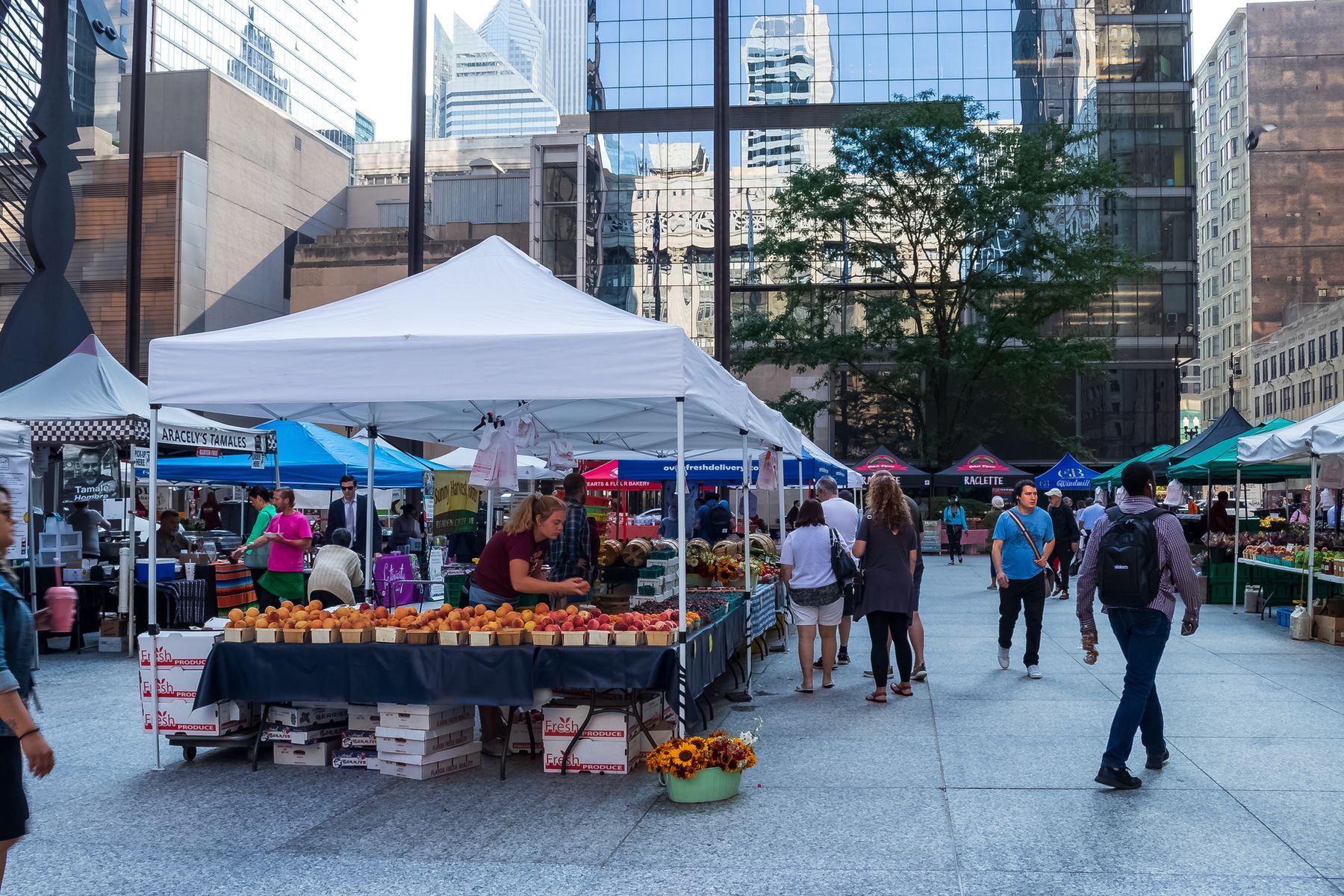
Chicago, USA
Monthly minimum: $325
Chicago is the third-most populous city in America after New York and Los Angeles, but its food prices are much lower than the two. For example, on average, a loaf of bread is $0.28 cheaper in Chicago than in New York, and chicken fillets are $0.34 cheaper per 0.15 kg (0.33 lb.) in the Windy City than in the City of Angels. As a result, the monthly recommended minimum amount of money for food per person is a reasonable $325.37 .
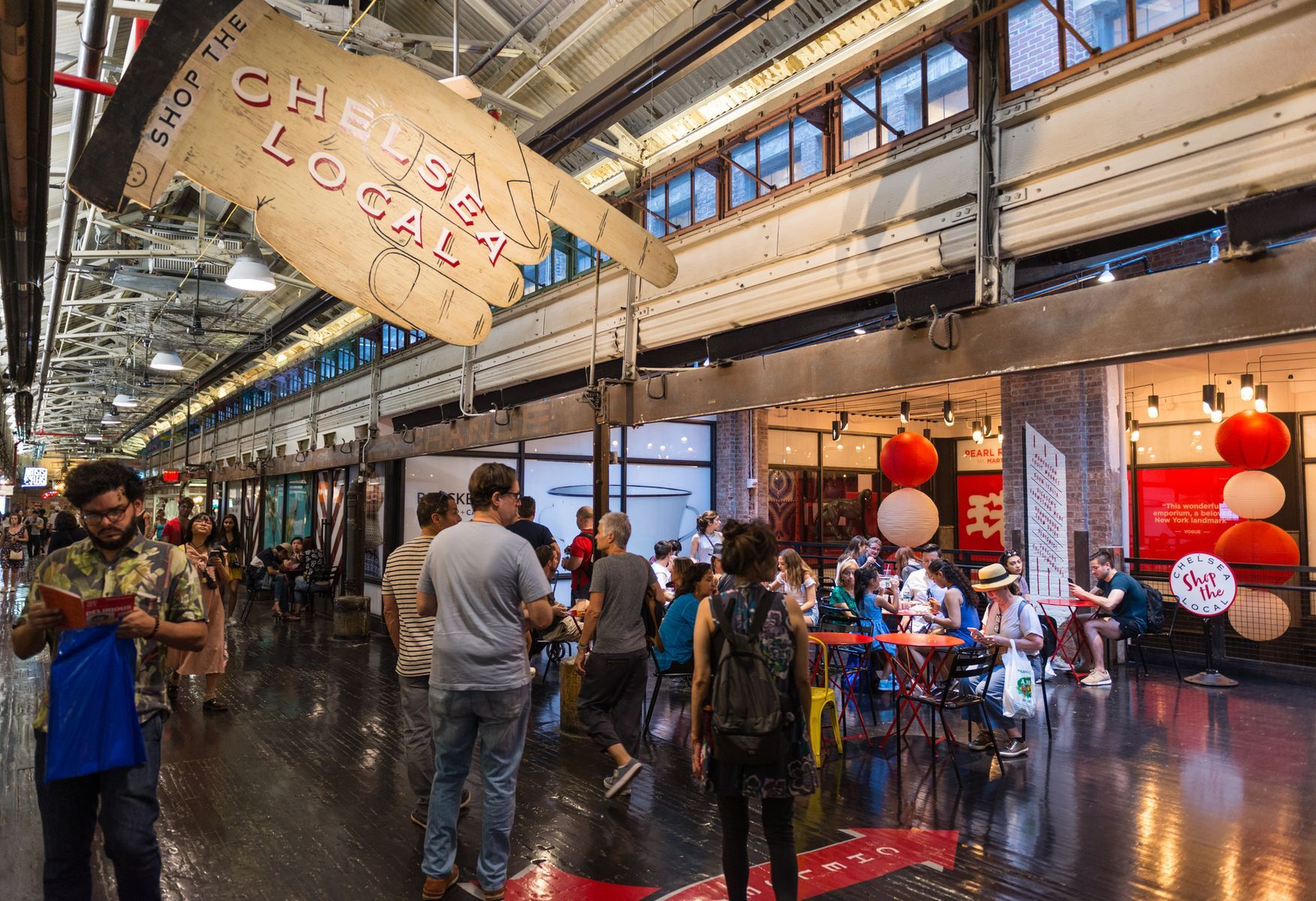
New York City, USA
Monthly minimum: $486
Everything is more expensive in New York City, including rent, transportation, and food. The average person can expect to pay at least $486 on groceries per month, or $161 more than Chicagoans. But that’s still a lot cheaper than what you’ll pay if you eat out. A meal for two at a mid-range restaurant will likely run you up to $100.
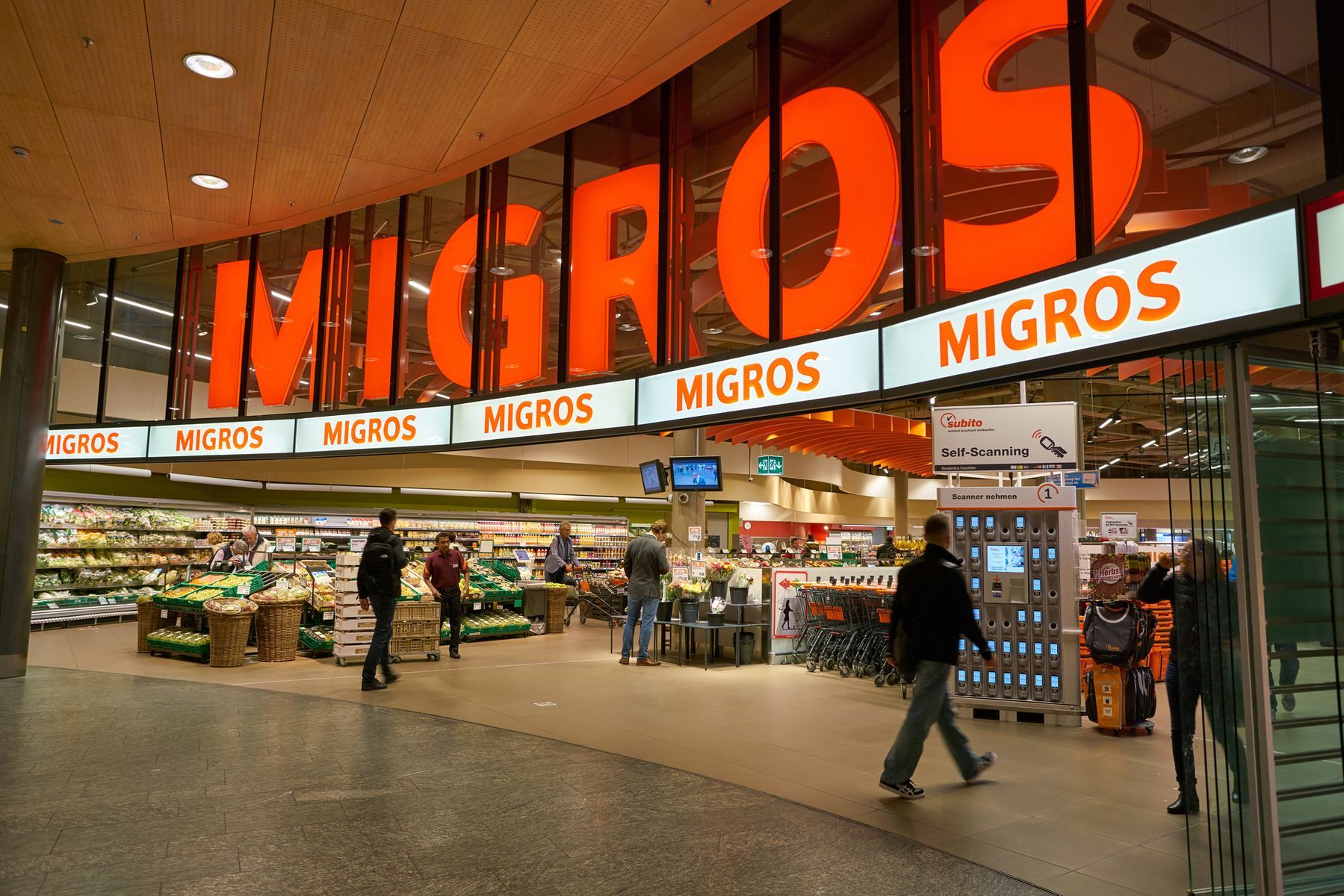
Zurich, Switzerland
Monthly minimum: $739
Zurich was named one of the most expensive cities in the world to live in in 2020, and a big reason for that was the high cost of food. According to Numbeo, monthly groceries will run you no less than 666 Swiss francs , or roughly US$739. Meats and dairy products are among the more expensive items.
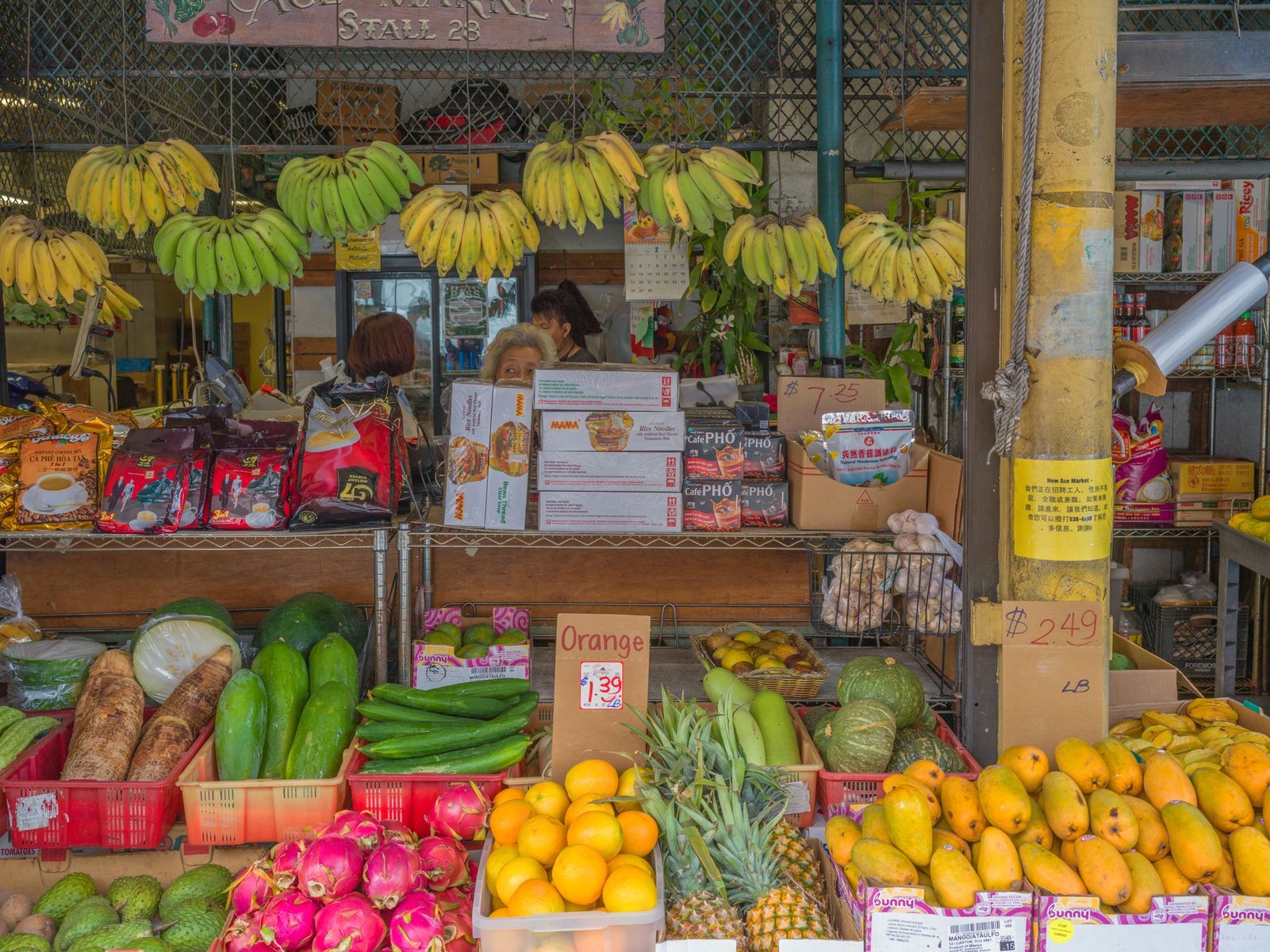
Honolulu, USA
Monthly minimum: $551
The Hawaiian capital is one of the most expensive cities in America for groceries. Ironically, produce is one of the more costly items, despite the state’s rich agricultural history. For example, 0.30 kg (0.67 lb.) of apples costs nearly a dollar more in Honolulu than in L.A., and oranges cost more than twice as much. One of the big reasons food is so expensive in Hawaii is because between 85% and 90% of items are imported .
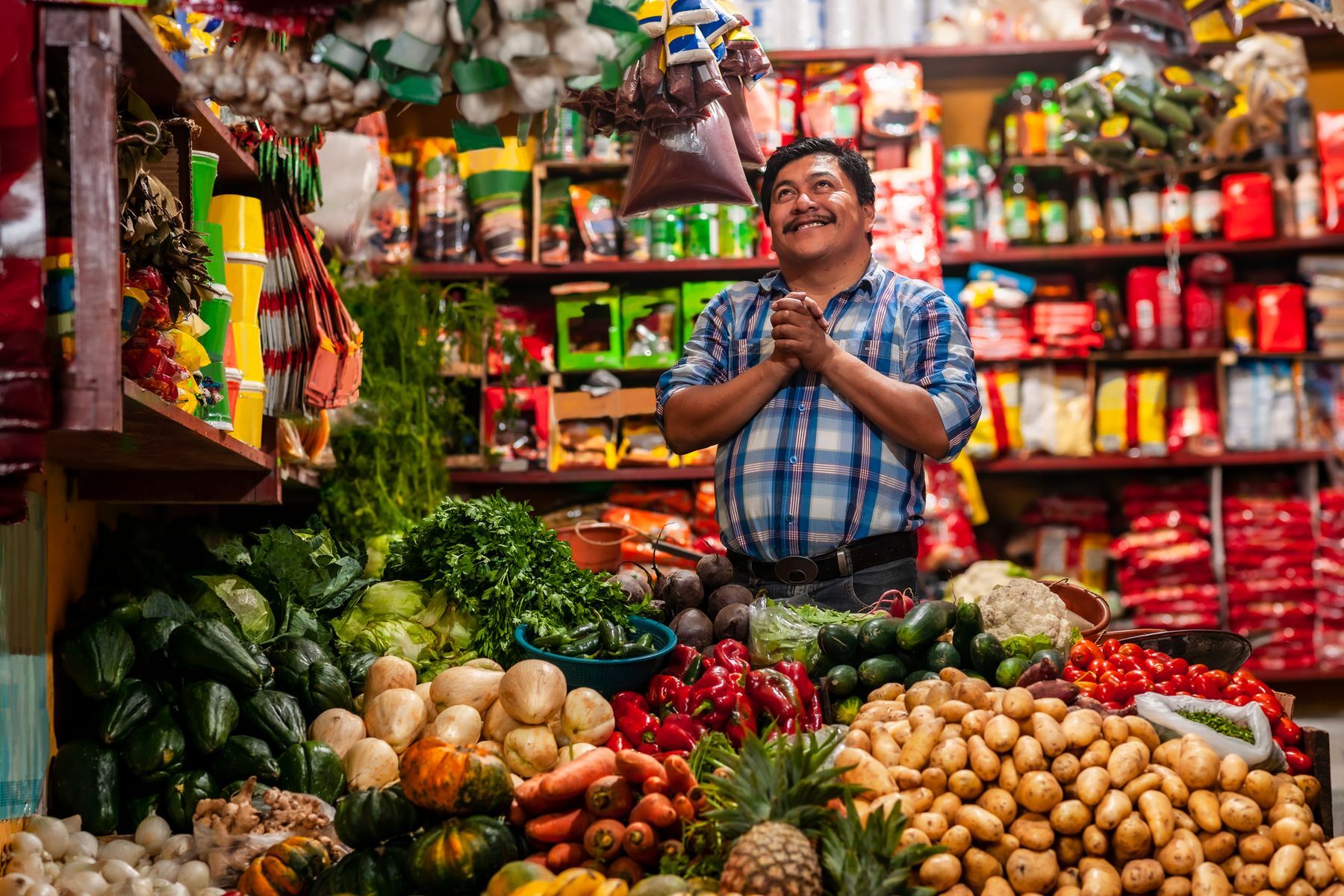
Guatemala City, Guatemala
Monthly minimum: $222
The largest capital city in Central America has a reputation for having delicious and affordable street food , including tostadas, enchiladas, and chuchitos, a type of Guatemalan tamale. But the great food deals don’t end there. Groceries in Guatemala City are also reasonably priced, thanks in large part to its affordable produce, including 0.25 kg (0.5 lb.) of bananas for just $0.32. The monthly recommended minimum amount of money for food per person is 1,717.10 quetzals , or US$222.
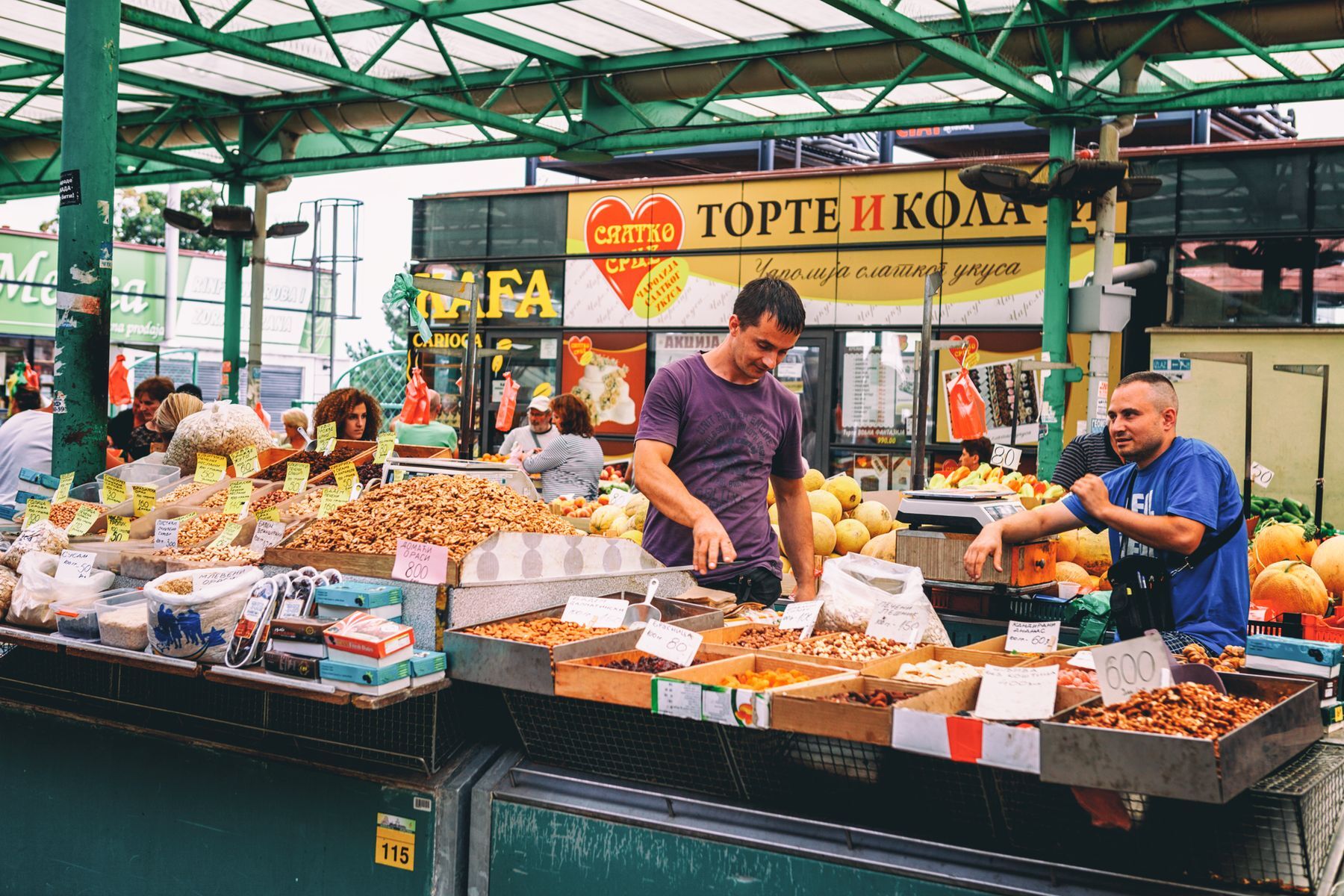
Belgrade, Serbia
Monthly minimum: $154
Eastern Europe is a great place to find a cheap meal, be it at a restaurant, on the street, or in the grocery store. In the Serbian capital of Belgrade, for example, a month’s worth of food will cost you as little as 15,046.34 dinar (US$154). Serbia is famous for its barbecue (or roštilj), such as pljeskavica , a type of Serbian burger made from a spiced meat patty mixed with pork, lamb, and beef.
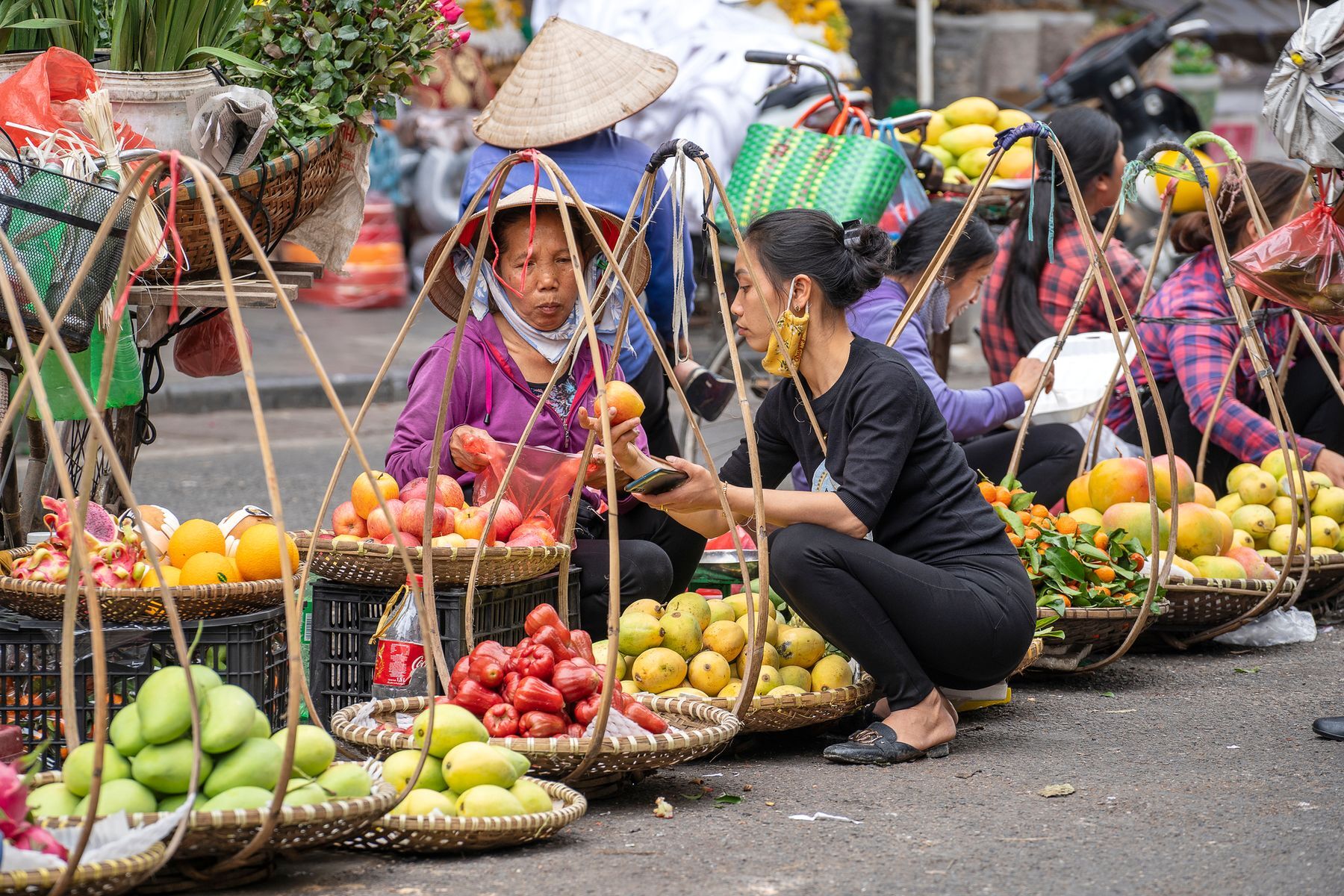
Hanoi, Vietnam
Monthly minimum: $202
Hanoi’s food is affordable and varied. Vietnamese cuisine is a mix of French and Chinese cooking with local ingredients , including spices such as star anise, cardamom, and bird’s-eye chili; herbs such as rau răm, shiso, and thai basil; and staples such as rice paper, lemongrass, fish sauce, and sticky rice.
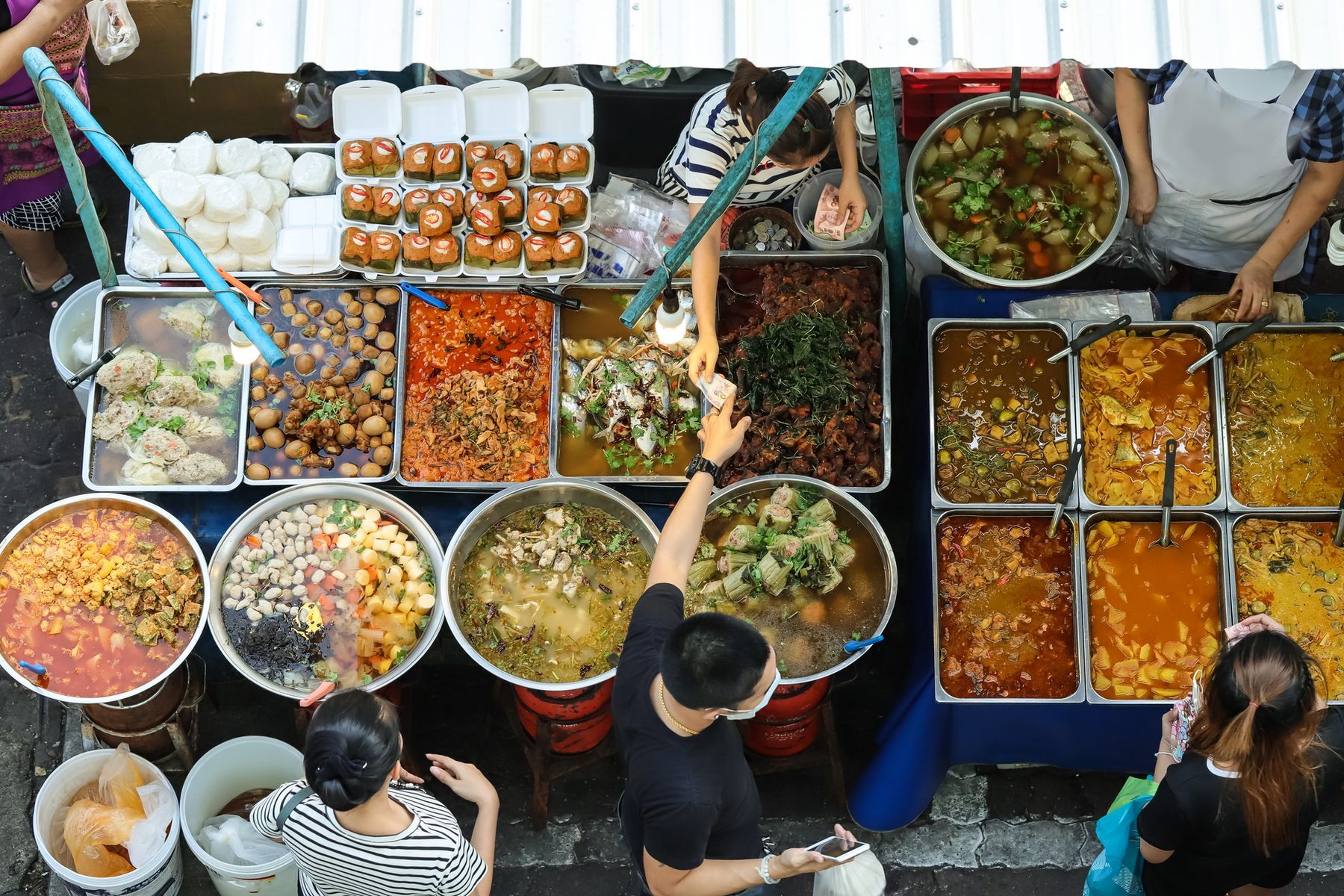
Bangkok, Thailand
Monthly minimum: $248
Bangkok’s Chinatown District (known to locals as Yaowarat) is considered the birthplace of street food, with more than 110,000 food vendors today. As such, the city has a rich history of providing delicious food at affordable prices, and that includes groceries.
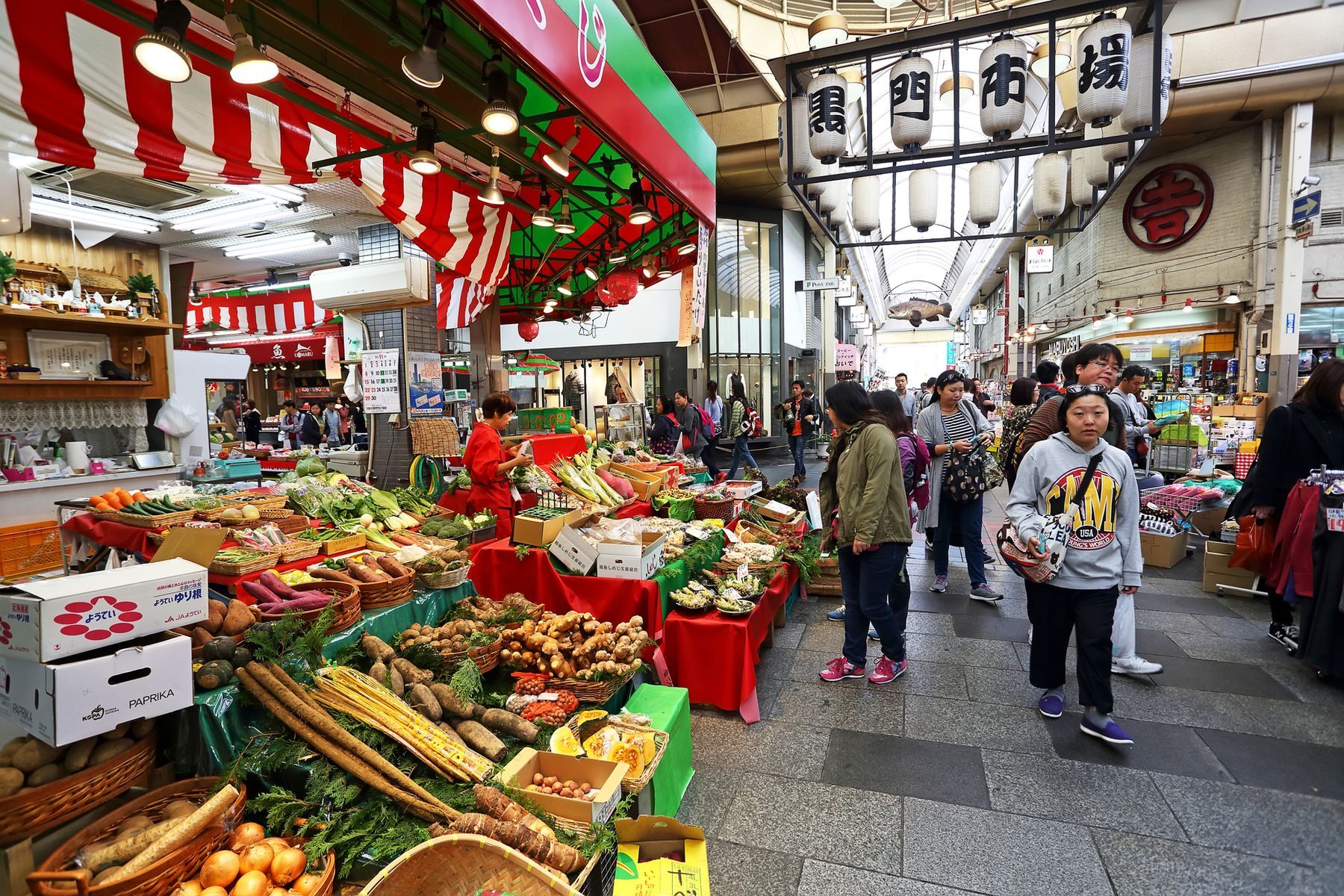
Osaka, Japan
Monthly minimum: $453
Hotels.com named Osaka the best city in the world for foodies, with popular dishes such as okonomiyaki (Japanese pizza) and takoyaki (octopus balls). It is also home to some of the biggest fish markets in the world, where fresh tuna is sold each day. And while overall groceries may be a little expensive ( US$453 minimum per month ), there is still affordable food to be found at places like the Kuromon Ichiba Market, which sells fresh produce and shellfish at competitive prices.

London, England
Monthly minimum: $295
For a big city, London’s food prices are surprisingly reasonable, at just £209 (US$295) minimum per month. According to BBC , “Britons spend an average of 8% of their total household expenditure on food to eat at home,” which is less than any other country except for the USA and Singapore. This is partly due to the increase in popularity of discount supermarkets such as Aldi and Lidl, which have made it more difficult for the bigger supermarkets to raise their prices.
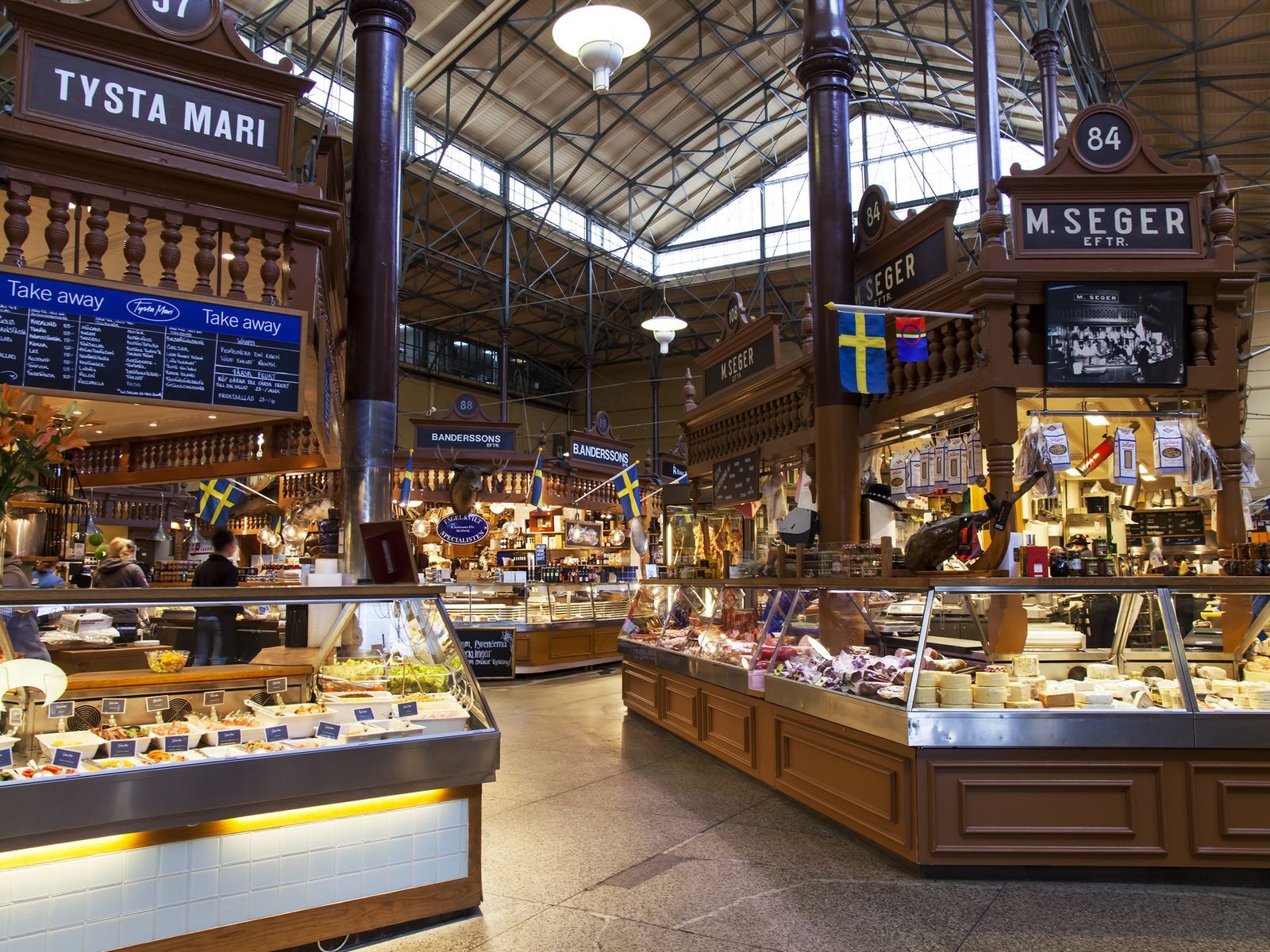
Stockholm, Sweden
Monthly minimum: $388
The cost of living in Stockholm, including food expenses, is quite high, but as Culture Trip points out, it all depends on what you’re buying. For example, eggs can be “super expensive,” yet potatoes and fish are relatively cheap. While the cost of living may be high, so too is the average income. The average person in Stockholm earns 49,200 Swedish krona (or close to US$6,000) per month.
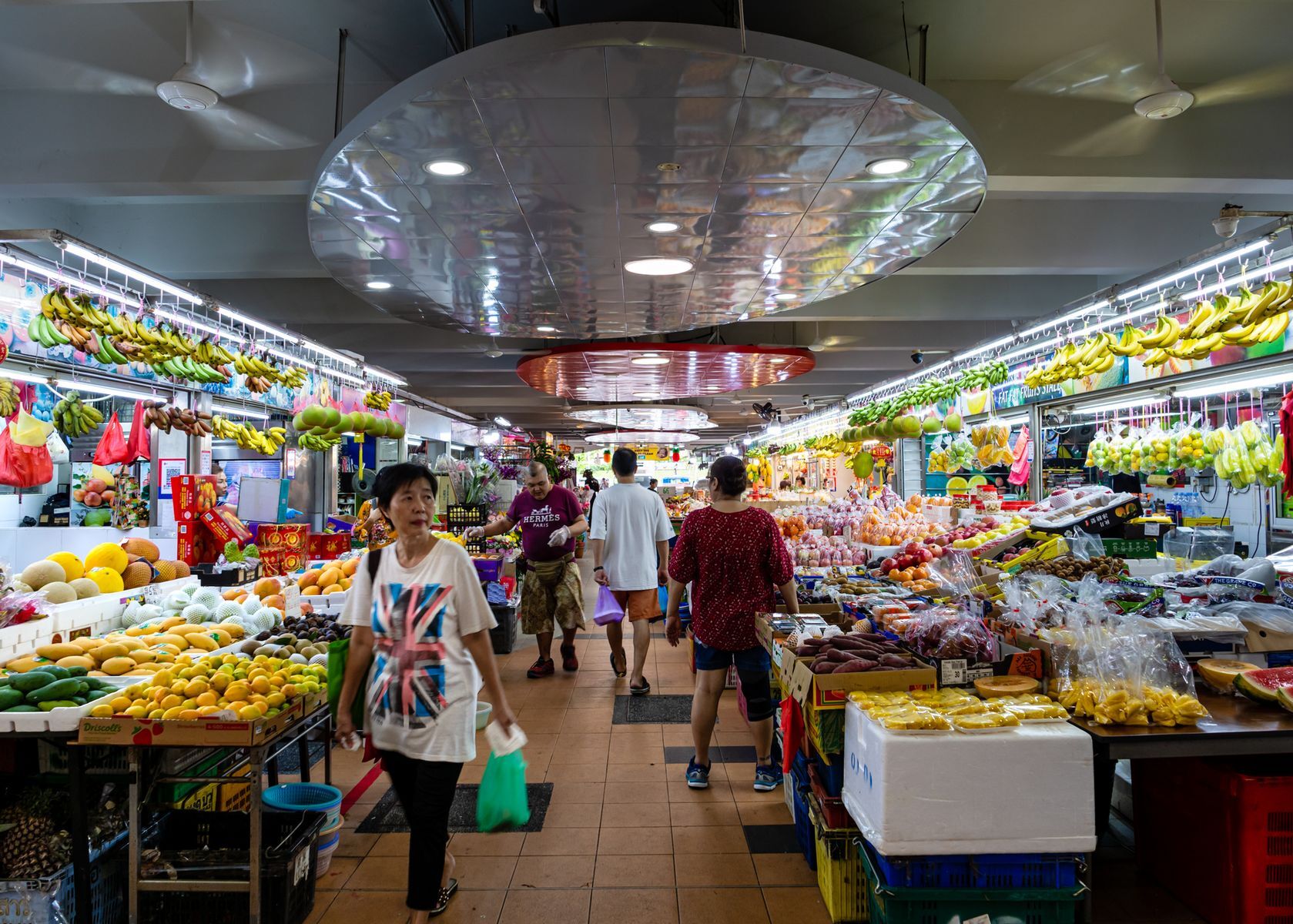
Singapore, Singapore
Monthly minimum: $342
Groceries can be quite expensive in Singapore due to the fact that a large number of items are imported, such as milk, non-tropical fruits, and cheese, but as Joanne Poh of Money Smart says, “If you cook at home every day,” you can probably manage to spend as little as $200 a month on groceries.

Kiev, Ukraine
Monthly minimum: $146
The Ukraine regularly ranks among the least expensive food countries in the world. Produce such as apples, bananas, and potatoes are particularly inexpensive. That said, the country saw its food prices go up by 7.7% in the first two months of 2021 compared to the same time last year, with items like bread, eggs, and milk seeing the biggest increase.
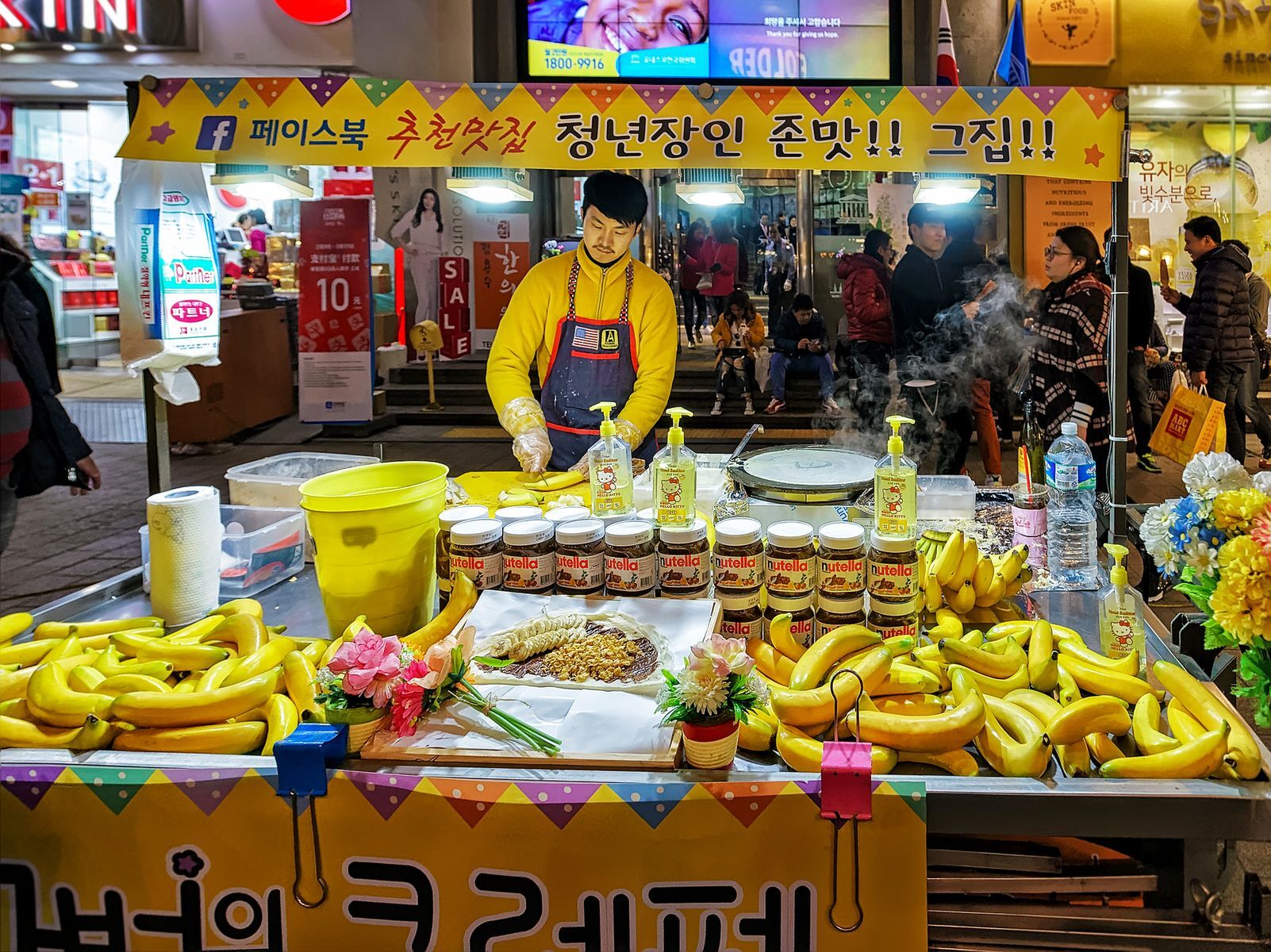
Seoul, South Korea
Monthly minimum: $538
Due to South Korea’s cold climate and limited agricultural production, fruit is often much more expensive there than in other places around the world. For example, according to Numbeo, it’s the most expensive country to buy bananas and apples .
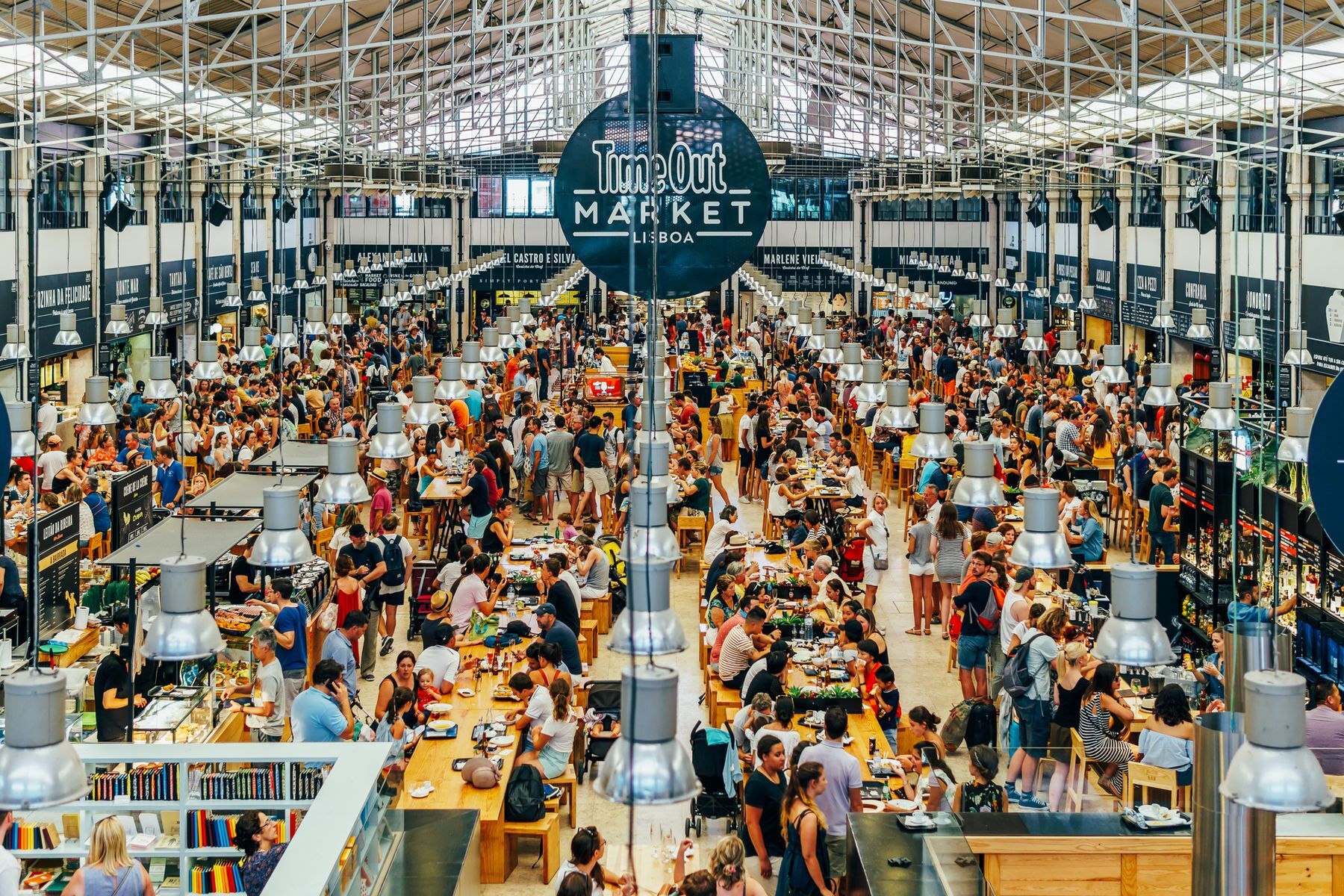
Lisbon, Portugal
Monthly minimum: $230
“Food costs are generally low” in Portugal, according to International Living , as most cities, including the capital, offer both traditional Portuguese markets as well as modern supermarkets. As such, a monthly grocery bill can be as little as $230 per person.

Reykjavik, Iceland
Monthly minimum: $454
Only Switzerland pays more for their chicken than Iceland, where in the capital city of Reykjavik 0.15 kg (0.33 lb.) of chicken fillets costs US$2.32. In general, Iceland is one of the most expensive countries in the world to live in . Food is especially pricey because “farming in Iceland is tightly regulated with importation of many agricultural products forbidden and price controls on local products.” With about 30 stores throughout the country, Bónus is Iceland’s biggest grocery store chain.
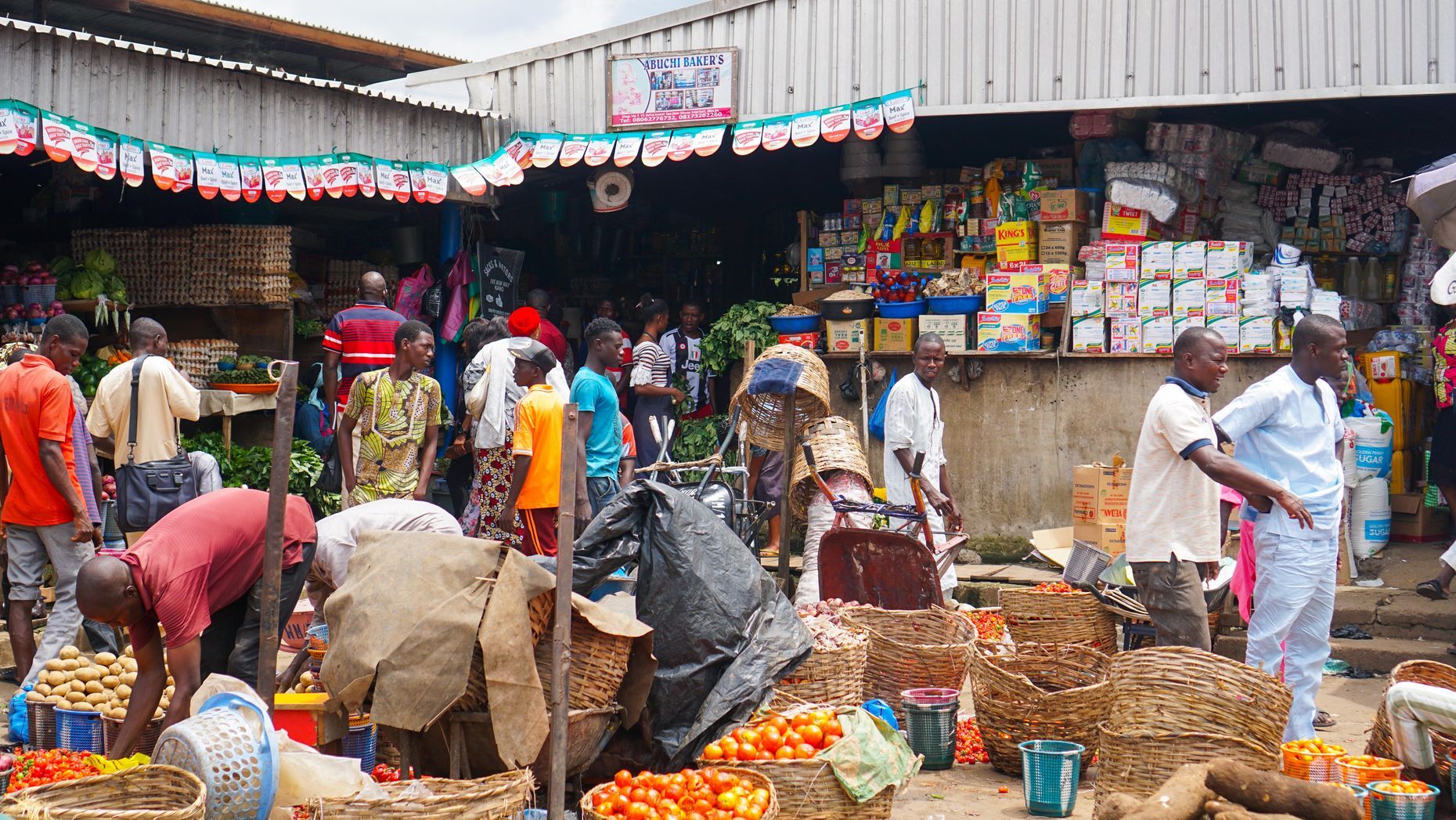
Abuja, Nigeria
Monthly minimum: $250
While the price of items such as beef and chicken are comparatively low in Nigeria, Nigerians spend more money on food than any other country in the world, with more than half of their household income going towards groceries. According to salaryexplorer.com , the average Nigerian worker makes 339,000 NGN per month, or less than US$900.
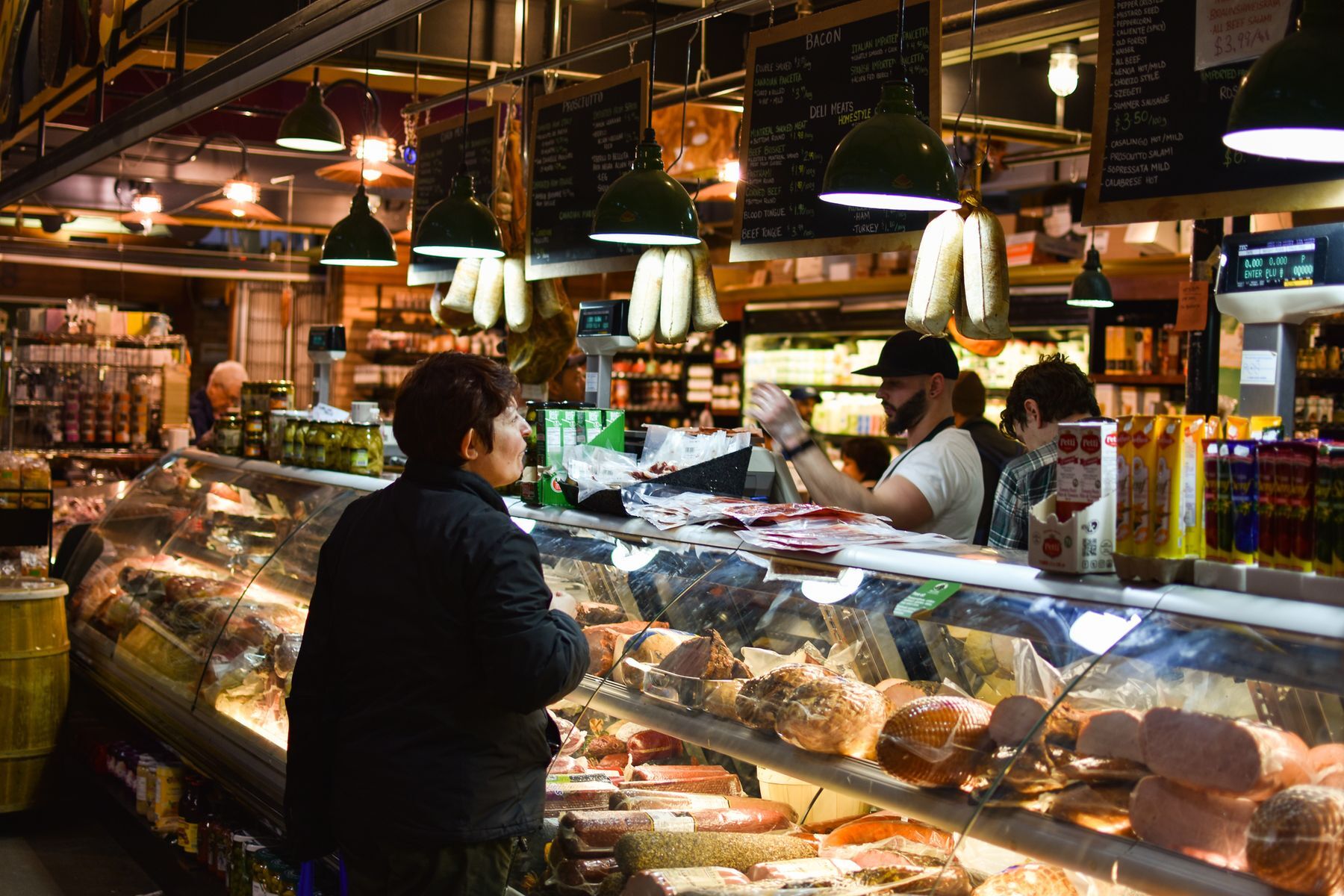
Toronto, Canada
Monthly minimum: $326
According to the World Economic Forum , Canadians spend just over 9% of their annual household income on food, making it one of only eight countries in the world to spend less than 10%. In Canada’s largest city, for example, the average household income is close to C$100,000 (US$82,000) , while the monthly recommended minimum amount of money for food per person is under C$400 (US$326) .
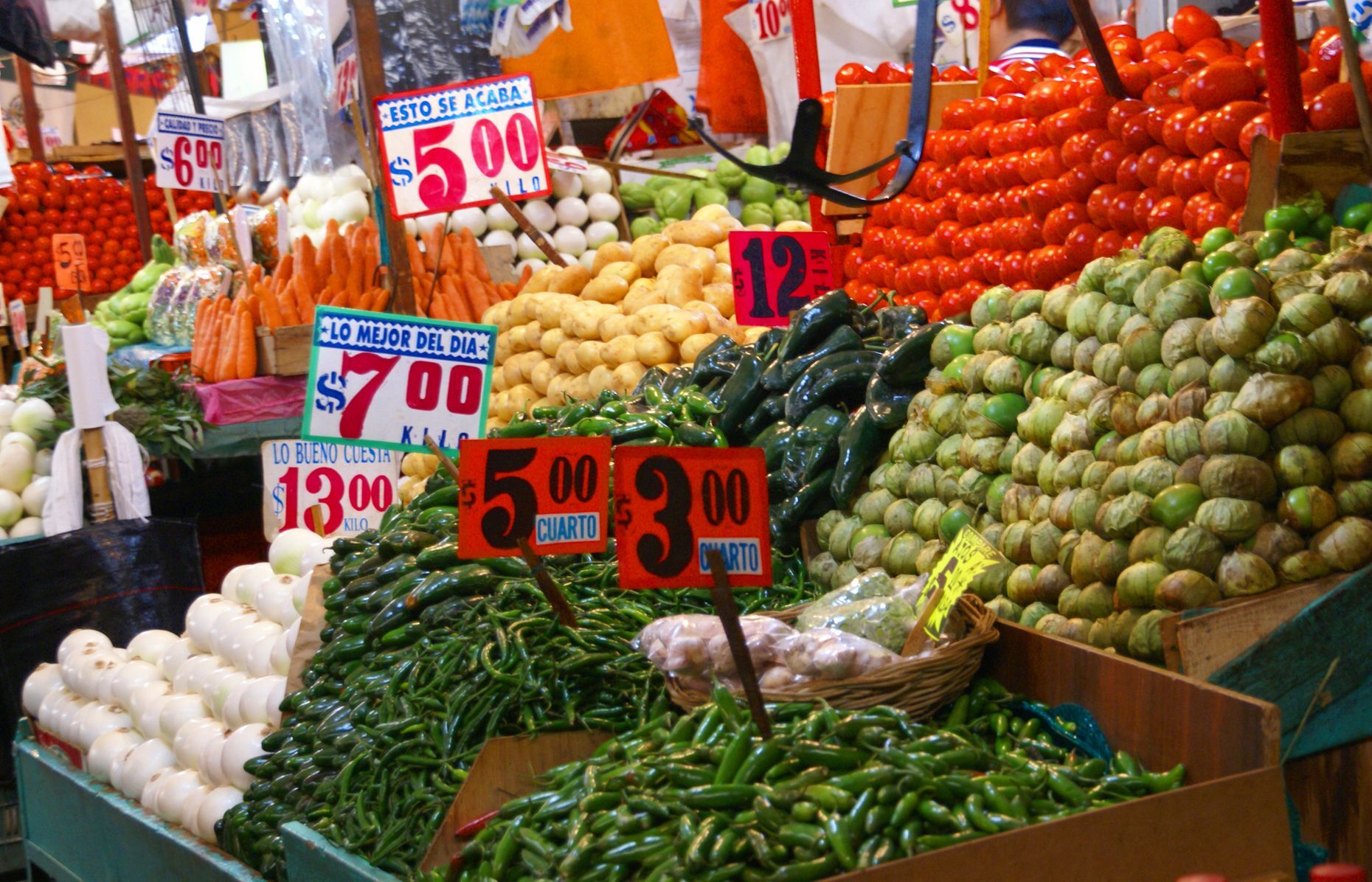
Mexico City, Mexico
Monthly minimum: $175
You shouldn’t have any trouble finding great, inexpensive food in Mexico’s capital. According to Investopedia , “Grocery stores, bakeries, and markets are located everywhere in Mexico City, making it easy to keep your pantry stocked and your refrigerator full.” And if you’re looking to eat out, you can easily get a meal from a local restaurant or street vendor for just $5.
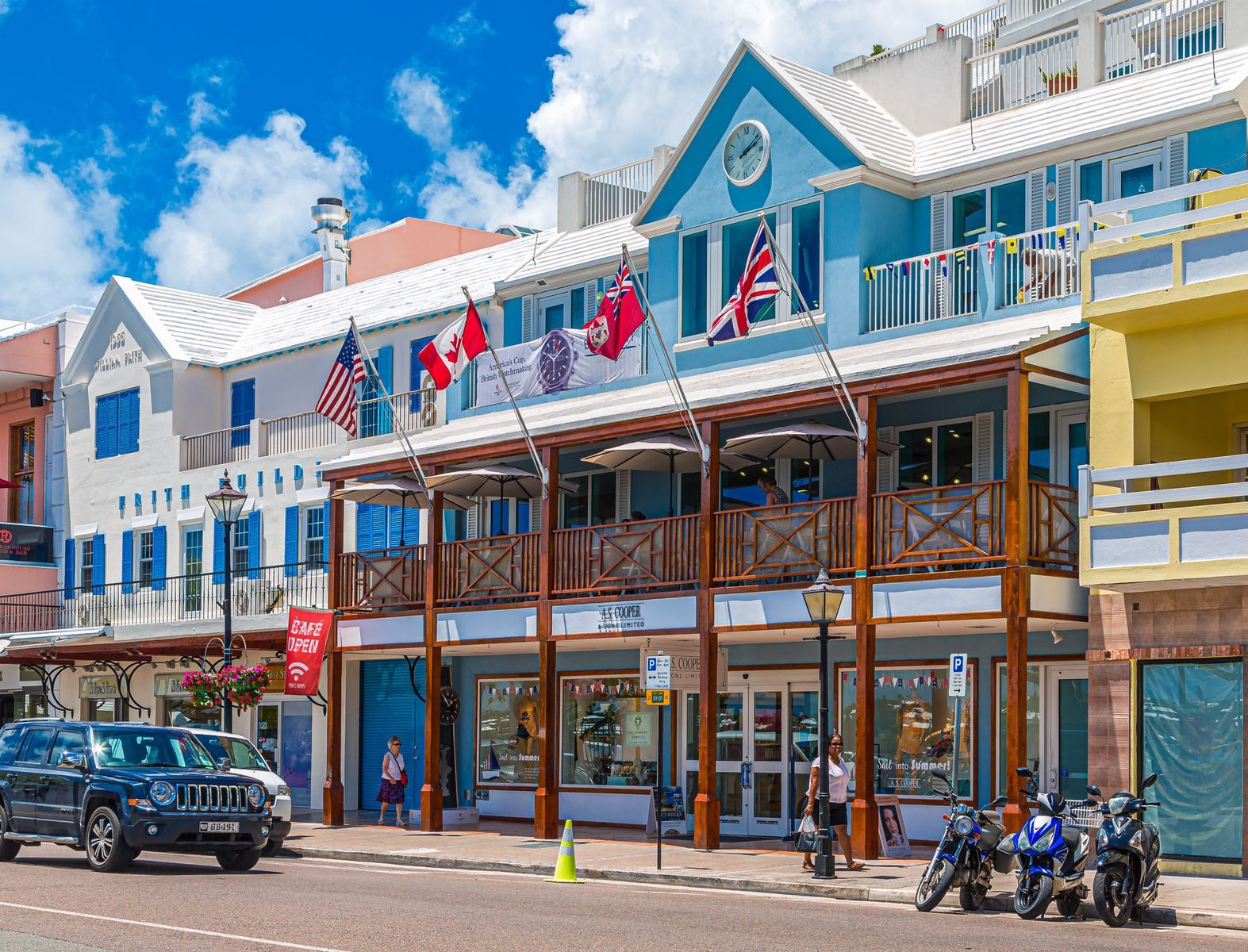
Hamilton, Bermuda
It’s not cheap to live in paradise. In fact, Bermuda’s capital tops 2021’s cost of living index , ahead of six notoriously expensive Swiss cities. Unsurprisingly, Hamilton is also the most expensive city in the world for groceries, with a groceries index of 153.30, more than 16 points higher than the second-place city (Basel, Switzerland). As Bermuda4U.com notes, “Almost nothing is produced on the island so everything needs to be imported (mainly from the US). Transport costs, customs duties, and high labour costs increase prices considerably.”
More for You
Zelensky says Ukraine aid deal passed by US House will 'save thousands of lives'
In Myanmar, young people are fleeing the country or hastily arranging shotgun weddings to avoid conscription
Experts say that these 3 plants will cause damage to your garden
Sad songs say so much: 20 songs that help deal with grief
Panic attacks, new job revealed after retiring at 24
The 7 most addictive (and delicious) foods on the planet
3 reasons you keep waking up in the middle of the night
Barnaby Joyce calls out Cumberland Council over Indigenous treaty
Ease your arachnophobia as we bust common spider myths — from funnel-webs to white-tails
Britain’s Emile Cairess finishes third at London Marathon to book Olympic spot
20 memorable one-hit wonders from the 2000s
Debutant sends crowd into raptures
I can't function without this medication - now I have to ration it
What to eat before bed if you want a good night’s sleep
Albanese govt sending ‘confusing signals’ with Future Made in Australia policy
How to grow ginger plants that will add spice to your garden
20 movies you should avoid spoilers for
Astros not going to wait on struggling veteran forever
The 10 happiest places to live in the US
The 10 biggest sleep myths you thought were true

COMMENTS
How much does a one week, two week, or one month trip to Japan cost? A one week trip to Japan usually costs around $855 (¥130,999) for one person and $1,709 (¥261,998) for two people. This includes accommodation, food, local transportation, and sightseeing. A two week trip to Japan on average costs around $1,709 (¥261,998) for one person and ...
How Much Does it Cost to Travel in Japan? It's time to tally up all of my expenses to see my total travel costs! Accommodation: $97 per day Transportation: $27 per day Food: $23 per day Activities/Entrance Fees: $2 per day Miscellaneous: $2 per day. Average amount spent in Japan: $151 a day!
Learn about the prices of food in Japan for convenience store food, and dishes like sushi, ramen, and fast food. This article introduces how much an average meal costs while traveling, 1,000 yen-meals, and how to save more money on dining. ... A good budget for a trip to Japan can range from 7,000 to 10,000 yen per day for budget travelers ...
The Japan trip cost is the main reason it took us so long to finally take a family trip to Japan. The bottom line is that the Japan trip cost for a two-week trip for a family of four, ... Total food costs in Japan: $75 per adult, $50 per child, per day x 14 days = $1,750.
The total cost of miscellaneous charges was around $900. 12-day trip cost breakdown per person based on double occupancy: Flight: $2,045 round trip from LAX to Japan per person. Accommodation (double occupancy): $300 per day. Transportation: $60 per day.
The Cost of a Trip to Japan. For a trip to Japan, you should plan for daily costs anywhere between $49 to $318. If there's two of you traveling, your daily expenses could range from $98 to $636. These price ranges are based on the average daily spending of $125 (¥18,714) per person which comes from the travel expenses of other visitors. These ...
Tokyo to Sapporo flight (one-way): $35 - $85. Tokyo to Osaka flight (one-way): $32 - $97. Tokyo to Okinawa flight (one-way): $75 - $190. Good to know: When comparing flights to trains, be sure to account for the cost of transportation getting to and from the airport, as this can add quite a bit.
But in general, this type of budget of $15 a meal would likely allow you to taste a variety of Japanese food without having to feel like you're depriving yourself. Now, examples of food you might eat in Japan below, with prices! For easy calculation, you can think of 100 yen as being US$1. Convenience stores
Medium budget: 500 - 2000 yen per day. Admission to famous temples costs between 300 and 1000 yen. Most museums and castles charge about 500-1500 yen per person. High budget: above 2000 yen per day. Some museums and attractions (usually outstanding ones or tourist traps) charge between 1,500 and 3,000 yen per person.
The cost of a meal rarely exceeds 1000 yen per person. Family restaurants. Family restaurant chains, such as Gusto, Coco's, Royal Host, Joyful and Denny's, offer a wide variety of Western and Japanese dishes, while Saizeriya is popular for its cheap and filling Italian food and Bamiyan for its Chinese dishes. Business districts and train stations
Before you use the Japan trip cost calculator, let's run through a few reasons why you actually need a budget in Japan (Even if that yen is burning a hole in your pocket!) and why I made it in the first place. ... Calculate Daily Transport and Food Costs: Estimate the expected daily transport and food costs per person. Even a rough estimate ...
The average cost of a 7-day trip to Japan is $1,659 for a solo traveler. That leaves us at about $237 per day per person. This includes travel expenses, local transportation, food, accommodation, and sightseeing.
The average price of meals in Japan is around 3,670 Yen ~ $27.49 per day, however meal costs might vary. Most of Japan's cuisine costs less than 1,000 yen per meal. An average lunch in Japan may cost about 1,450 Yen ~ $10.86 for an individual while eating out, according to the buying habits of past tourists.
2 Weeks in Japan Trip Costs. The estimated total cost for 2 weeks in Japan is $5,530, £4,400 for 2 people. This works out to around $200, £157 per person per day, and it includes flights, accommodation, transportation, food, activities, souvenirs, and other small expenses. This is a for a medium-budget holiday with some luxury dinners, top ...
Kanpai's Budget Calculator provides a precise estimate of the travel expenditures item-by-item, with numerous possible choices. As a matter of fact, a backpacker's 10-days trip will not cost the same as a 3-weeks stay for a family looking for a very comfortable trip. Fill in the questionnaire below to discover the expenses to expect and ...
The cost of a one-week trip to Japan can vary depending on several factors. On average, it ranges from $1,500 to $2,500. Major expenses to consider include accommodation, transportation, food, and activities. Opting for budget-friendly options for accommodation and transportation can help reduce costs.
How much does a one week, two week, or one month trip to Tokyo cost? A one week trip to Tokyo usually costs around $1,096 (¥167,996) for one person and $2,192 (¥335,992) for two people. This includes accommodation, food, local transportation, and sightseeing. A two week trip to Tokyo on average costs around $2,192 (¥335,992) for one person ...
Budget Couple's Trip. The lowest cost for a couple to visit Japan for a week is $1,781-$4,306 ($254-$615 per day) Food, Travel, and Sightseeing: $48 to $96 per day for two people's daily expenses. Flights: $1,127 to $2,788 for economy. Lodging: $53 to $62 per night for one 1-star hotel room. or $110 to $141 per night for a 1-bed vacation ...
Generally speaking, you can travel around Japan on a budget of $60-$120 per day (per person). As you can see in the infographic, our Japan daily budget was ¥13.418 (€107/$122) as a couple. Read the post for detailed information about the costs of a trip to Japan, exactly how much we spent on accommodation, food, transport, and activities ...
How much does a trip to Japan cost? When planning a trip to Japan, it's important to consider the overall cost of the trip. According to recent estimates, a 10-day trip to Japan can cost approximately ¥150,000-180,000 (€1,370-1,650), including expenses for accommodation, transportation, food, and sightseeing.
At nicer restaurants, like a higher end soba noodle shop, a complete meal will run about Y1200-1500 per set. We found the average for a mid-priced restaurant to be around $15USD for two people for lunch and increasing to about $35 USD for dinner. This is still a good value even when focusing on Japan budget travel.
The major costs of a trip to Japan are flights, accommodation, transportation, food, and activities. Flights to Japan can cost anywhere from $600 to $1,200 for a round-trip ticket. ... Food costs in Japan can vary, with budget restaurants offering meals for $5 to $10, while mid-range restaurants cost around $15 to $30 per person. Overall, ...
I've found the example budgets on japan-guide helpful when I went in 2019. If you're eating at restaurants every day, I would say you are safe budgeting about 5000-6000 yen per day. (1500 for breakfast and lunch, 3000 for dinner) and that ought to be enough to cover you, including occasional splurges at nice restaurants.
SATSUKI KANEKO, Nikkei staff writer April 18, 2024 01:54 JST. TOKYO -- The number of monthly visitors to Japan exceeded 3 million for the first time in March, while tourism spending broke a ...
That's because the Japanese currency (the yen) is weak against the U.S. dollar. As a result of the strong dollar, the dollar-to-yen currency conversion gives American tourists extra buying power ...
A deeper measure of inflation that strips out fresh food and energy prices cooled to 2.9%, slipping below 3% for the first time since November 2022 and missing the 3% estimate.
Zurich was named one of the most expensive cities in the world to live in in 2020, and a big reason for that was the high cost of food. According to Numbeo, monthly groceries will run you no less ...